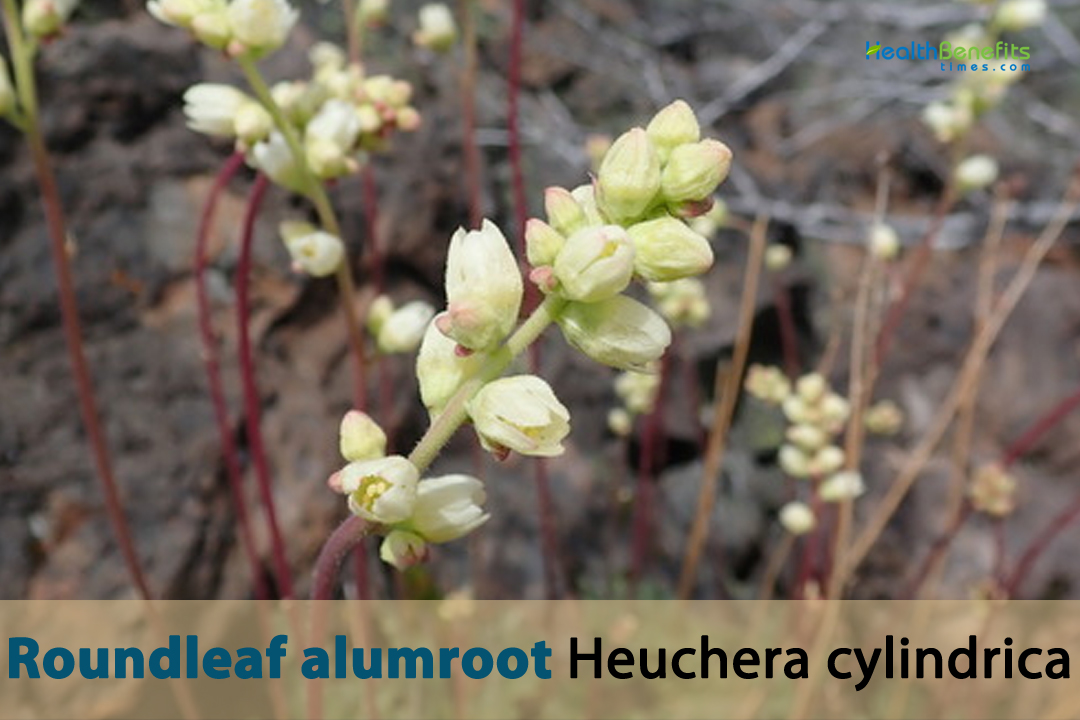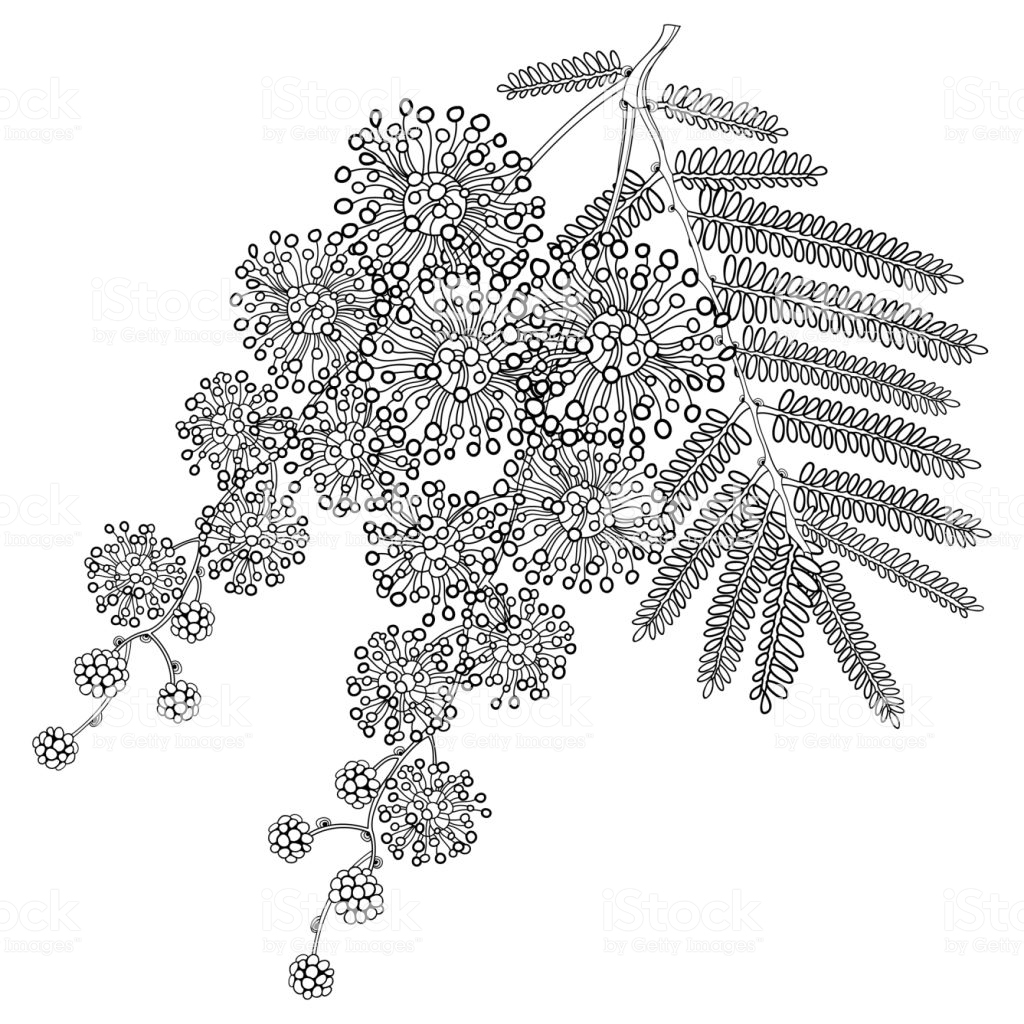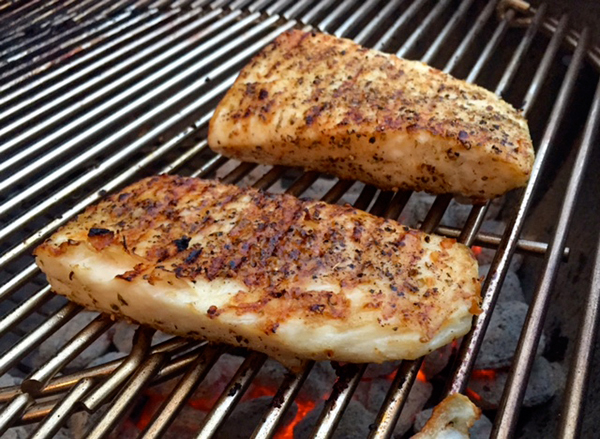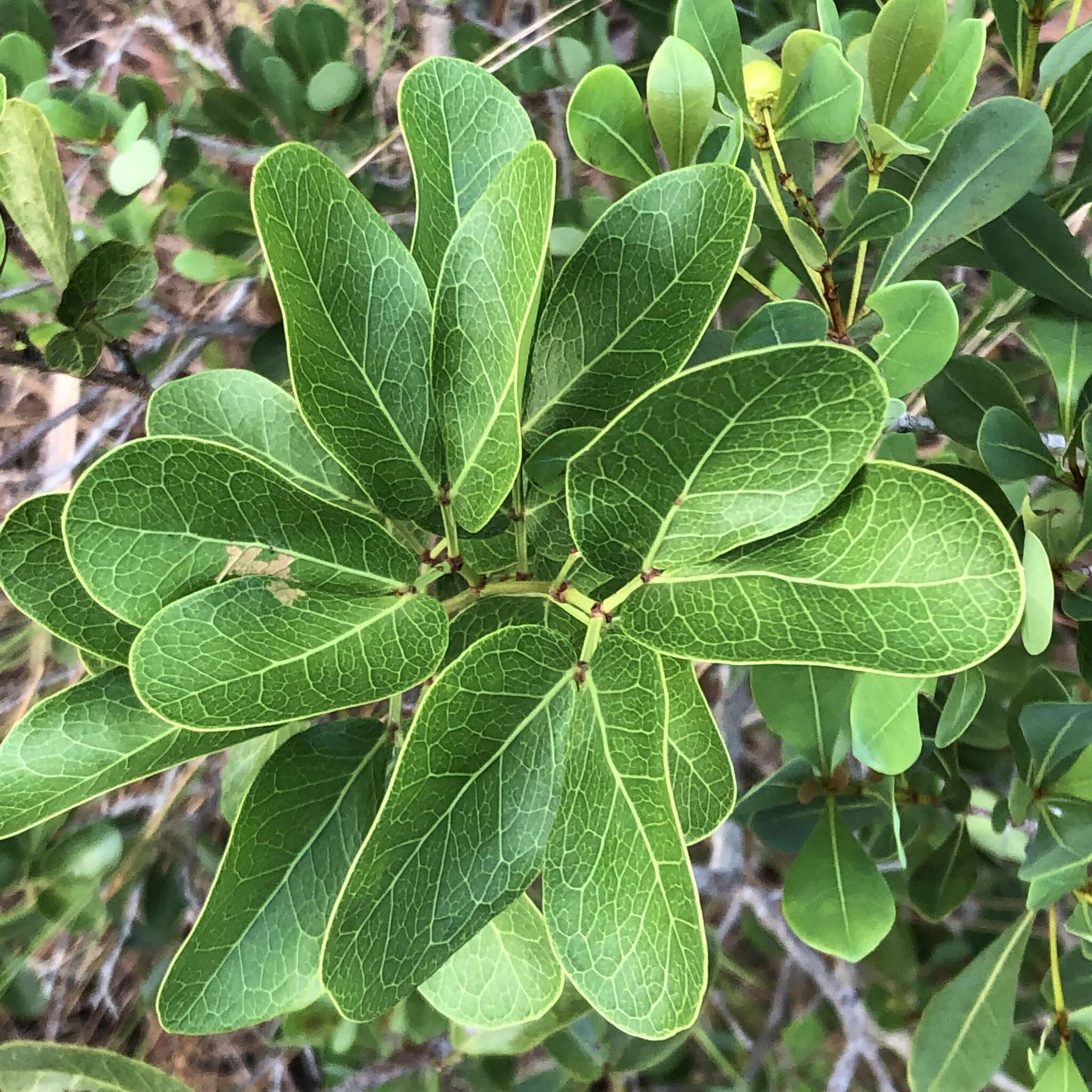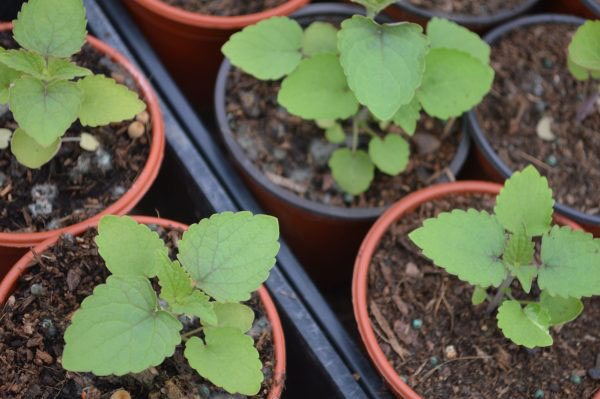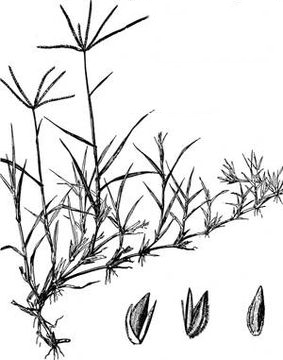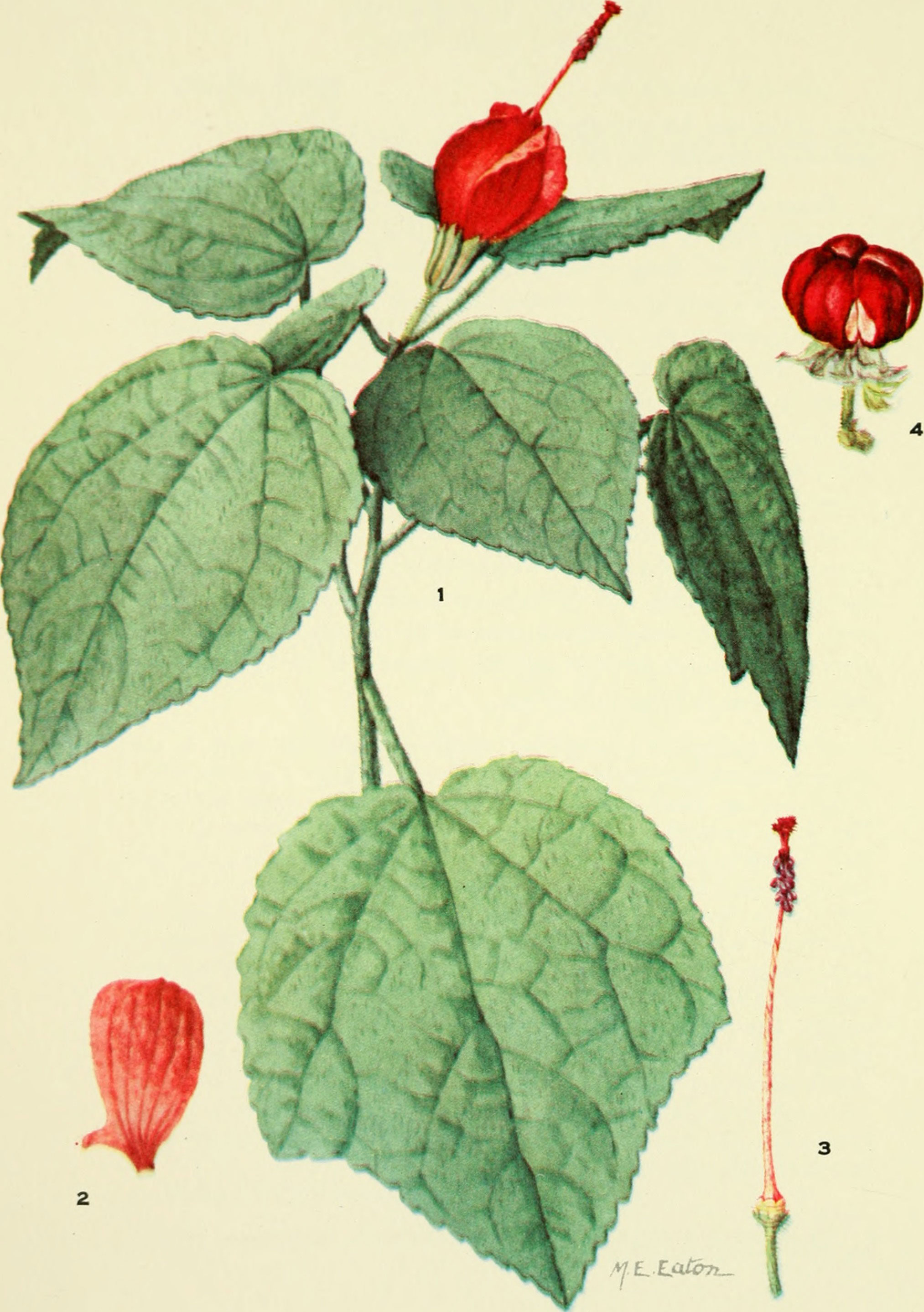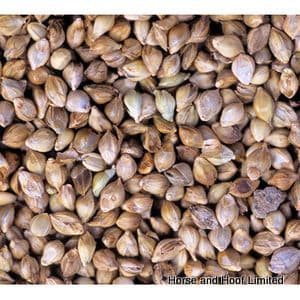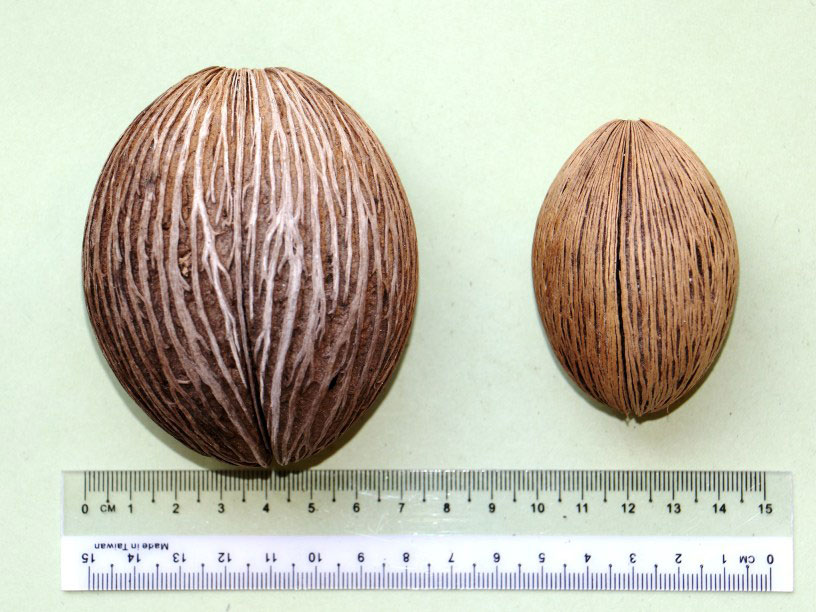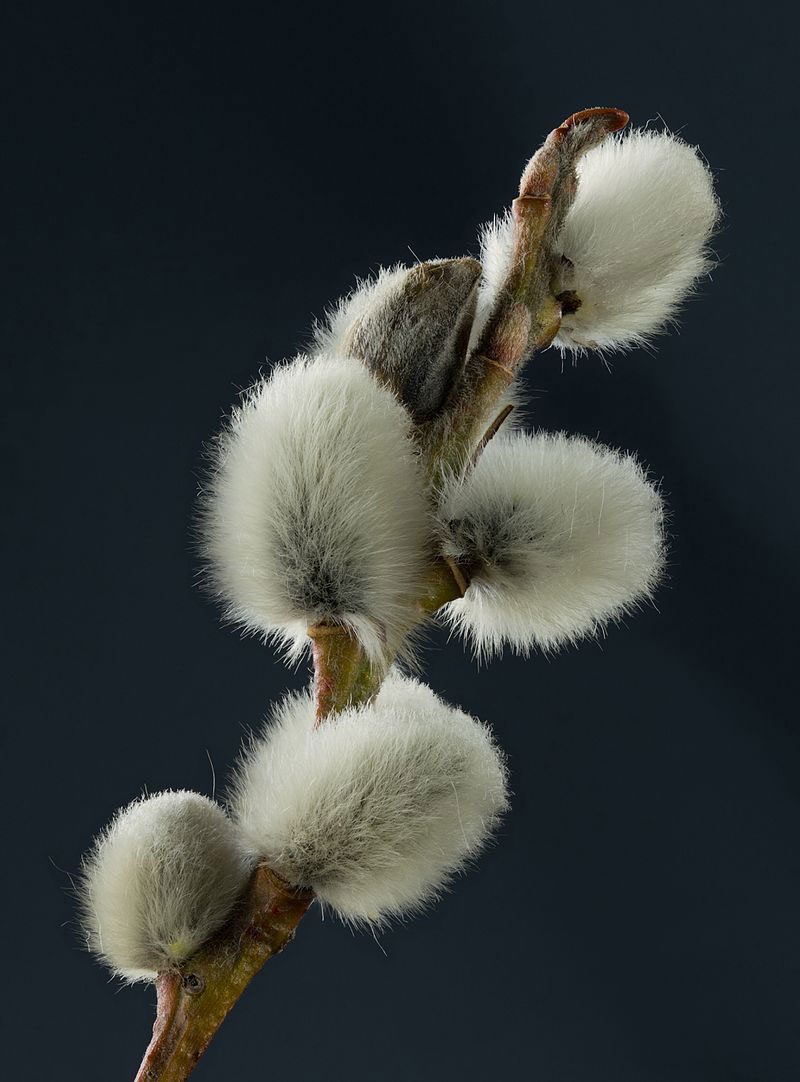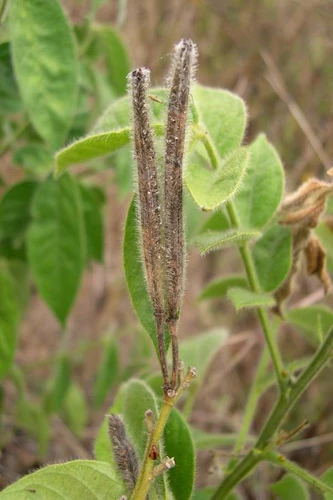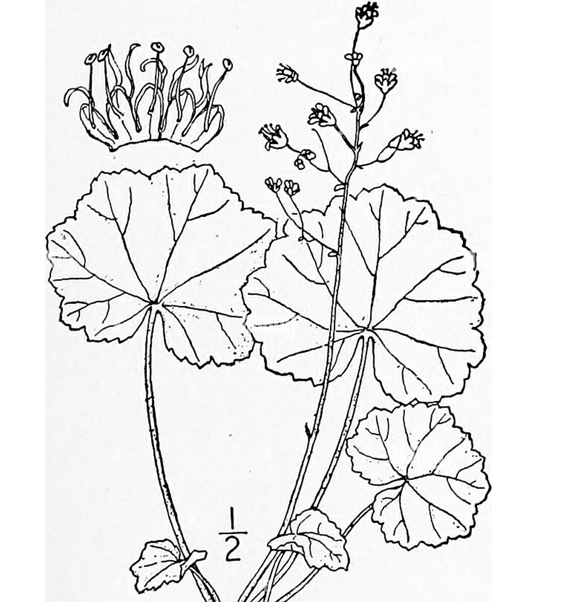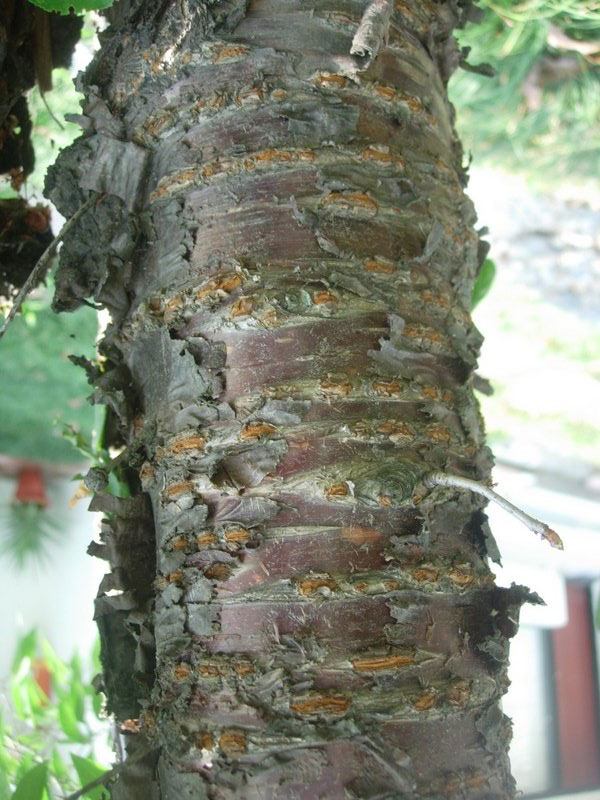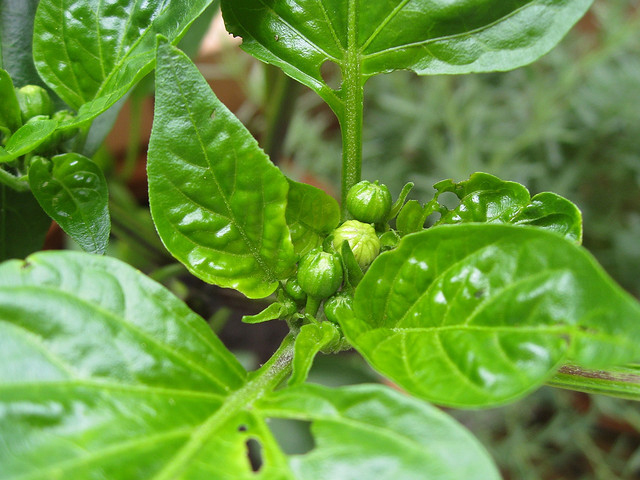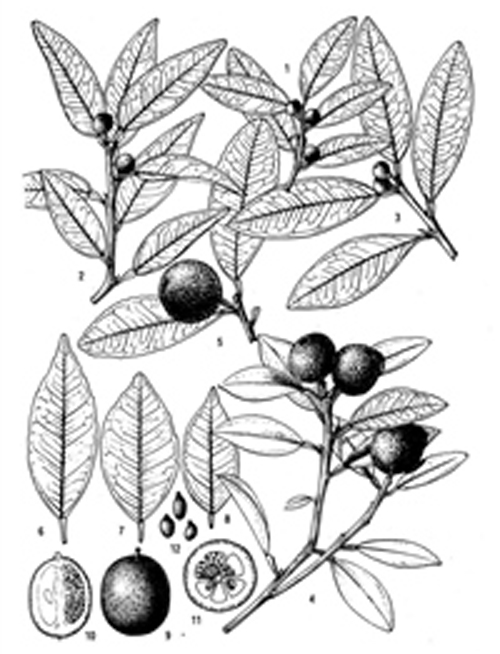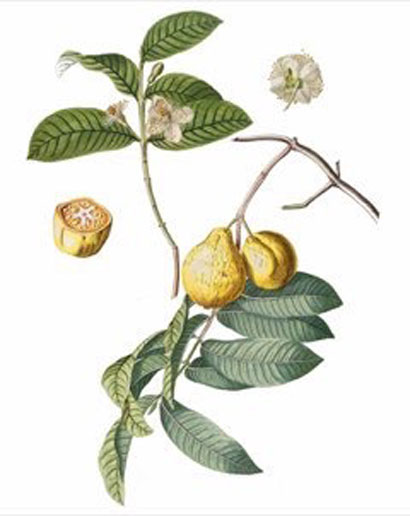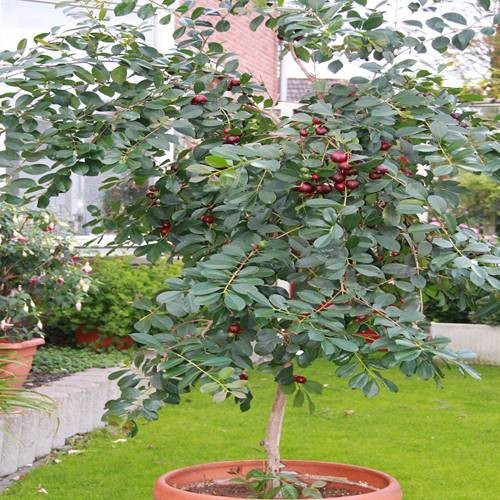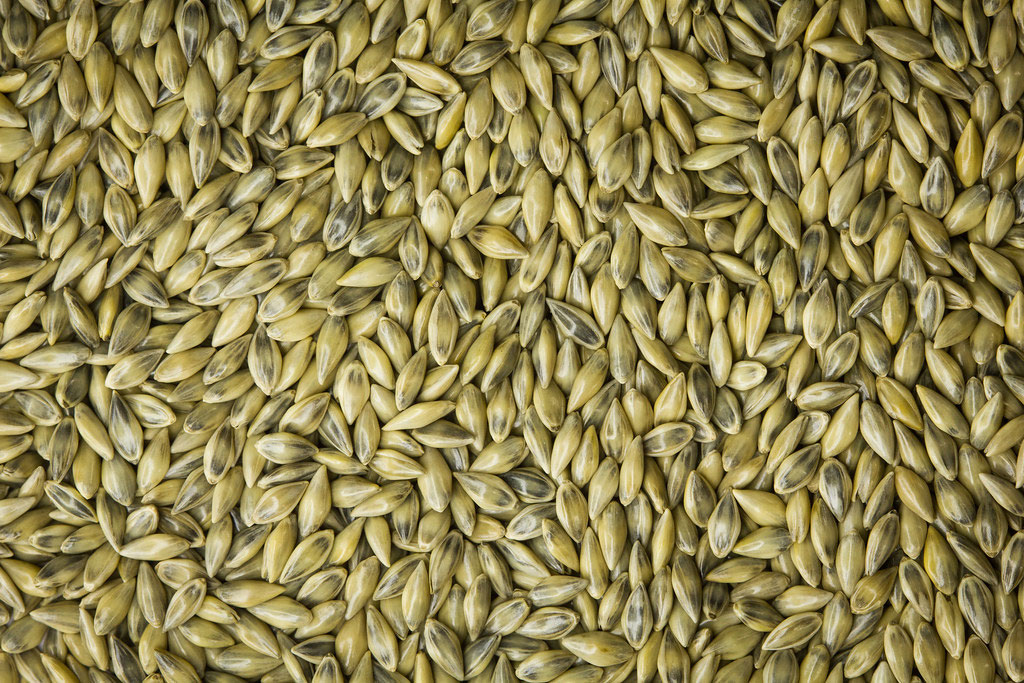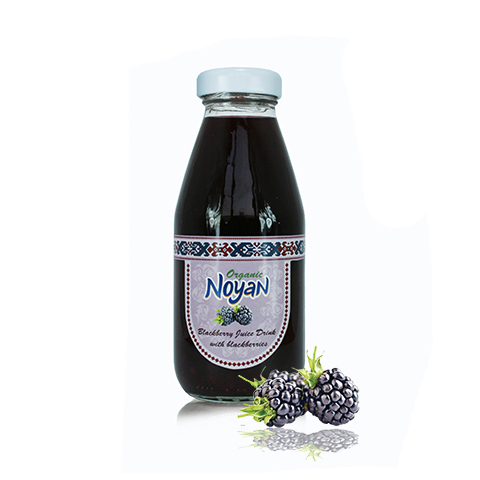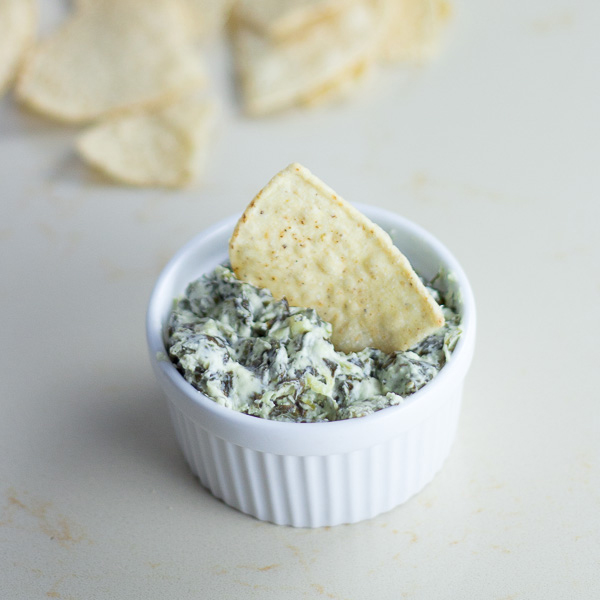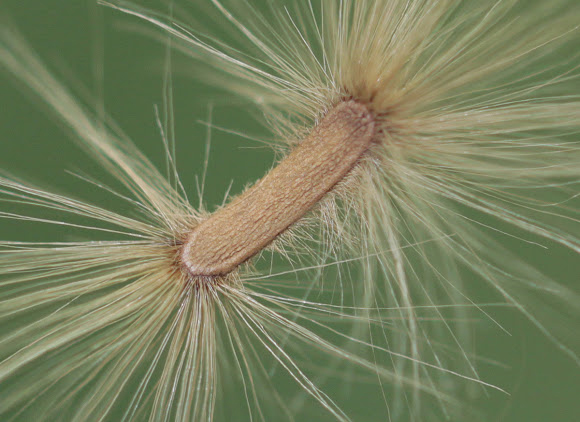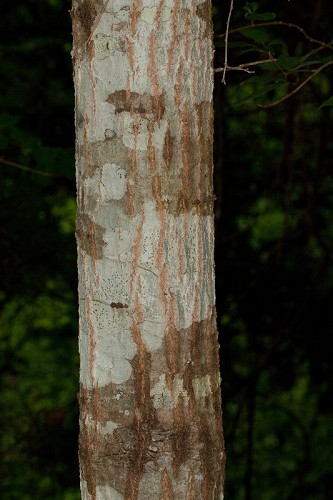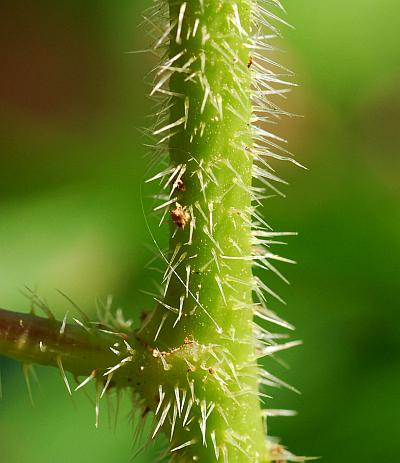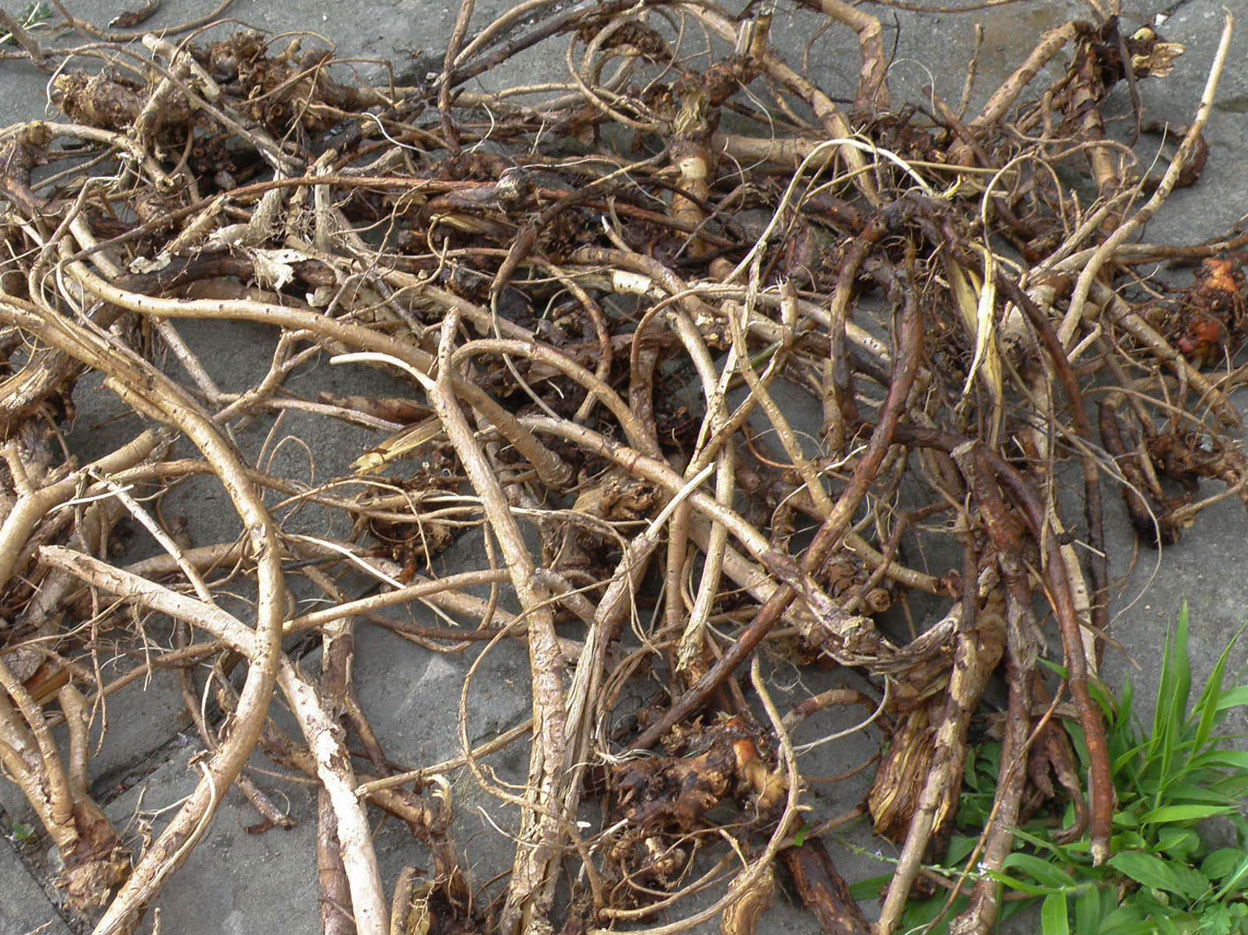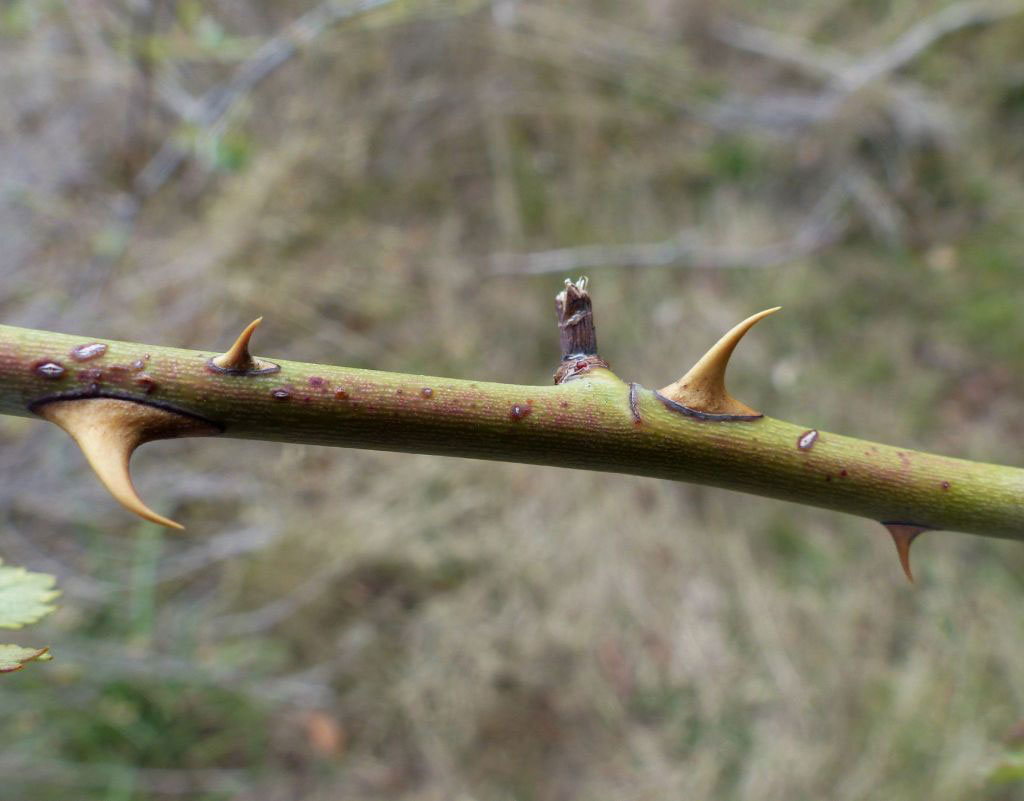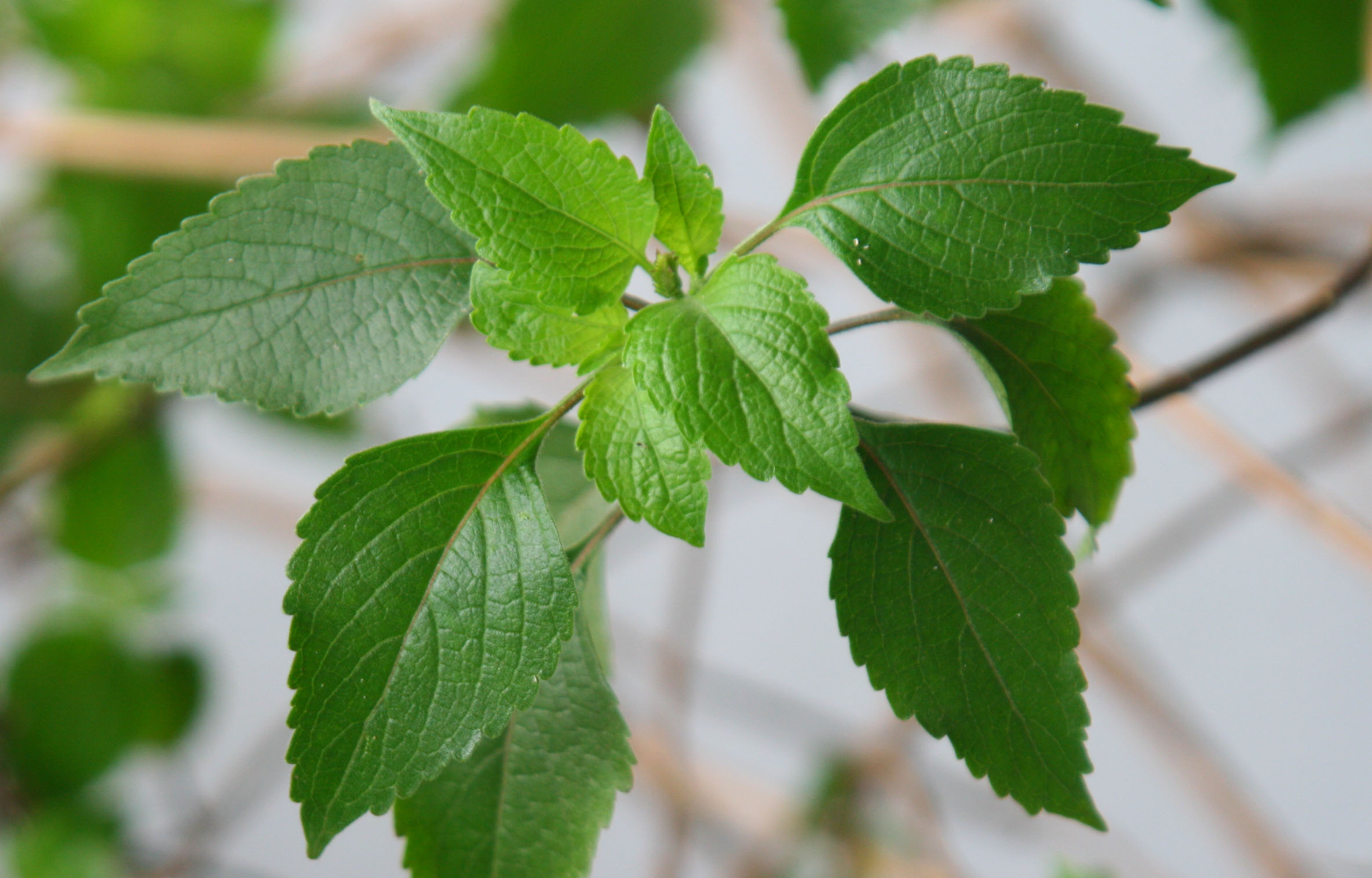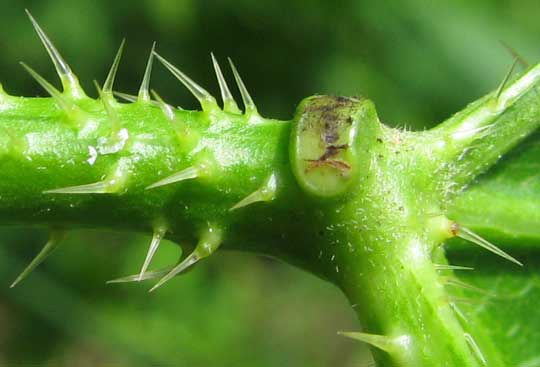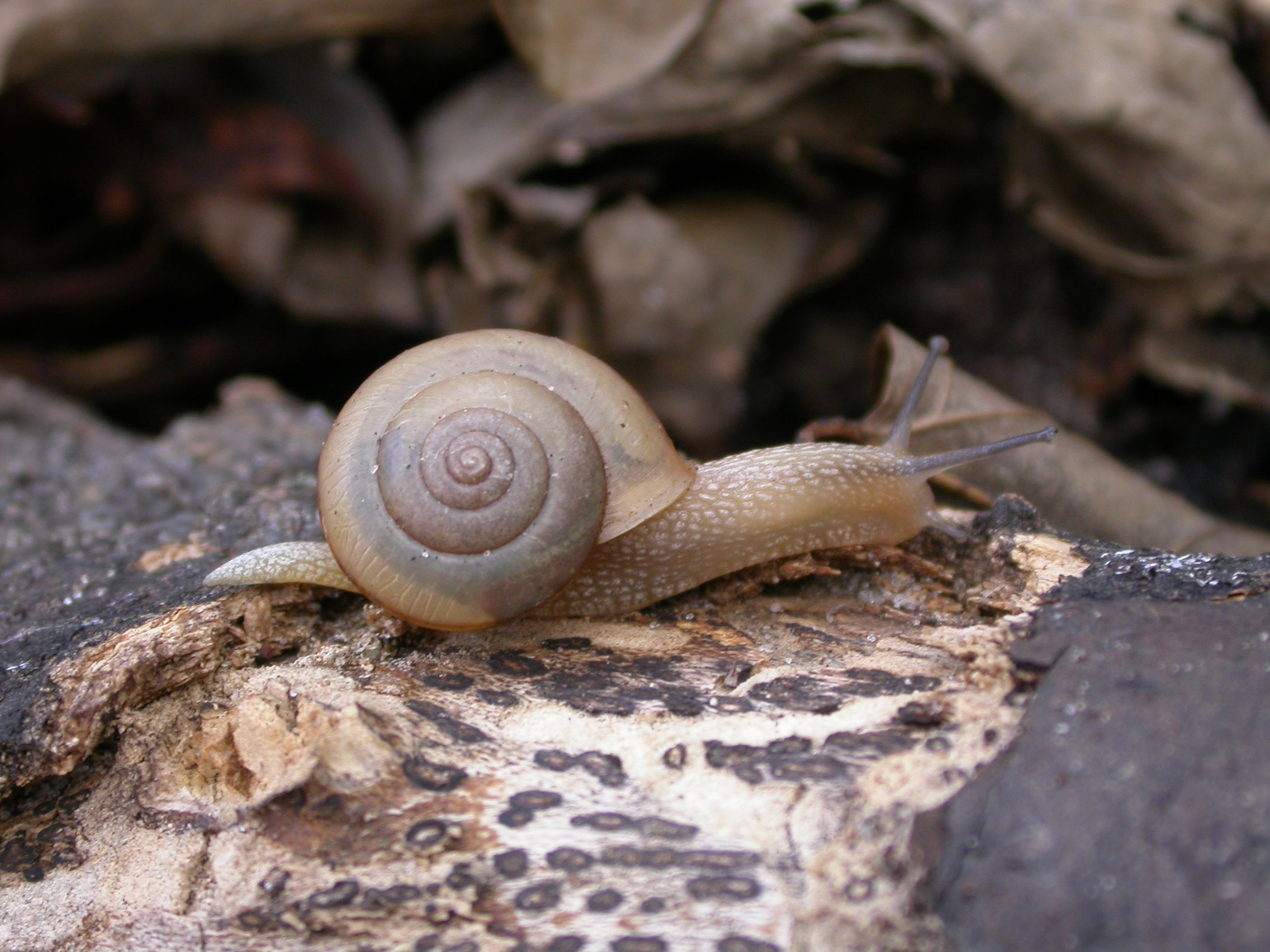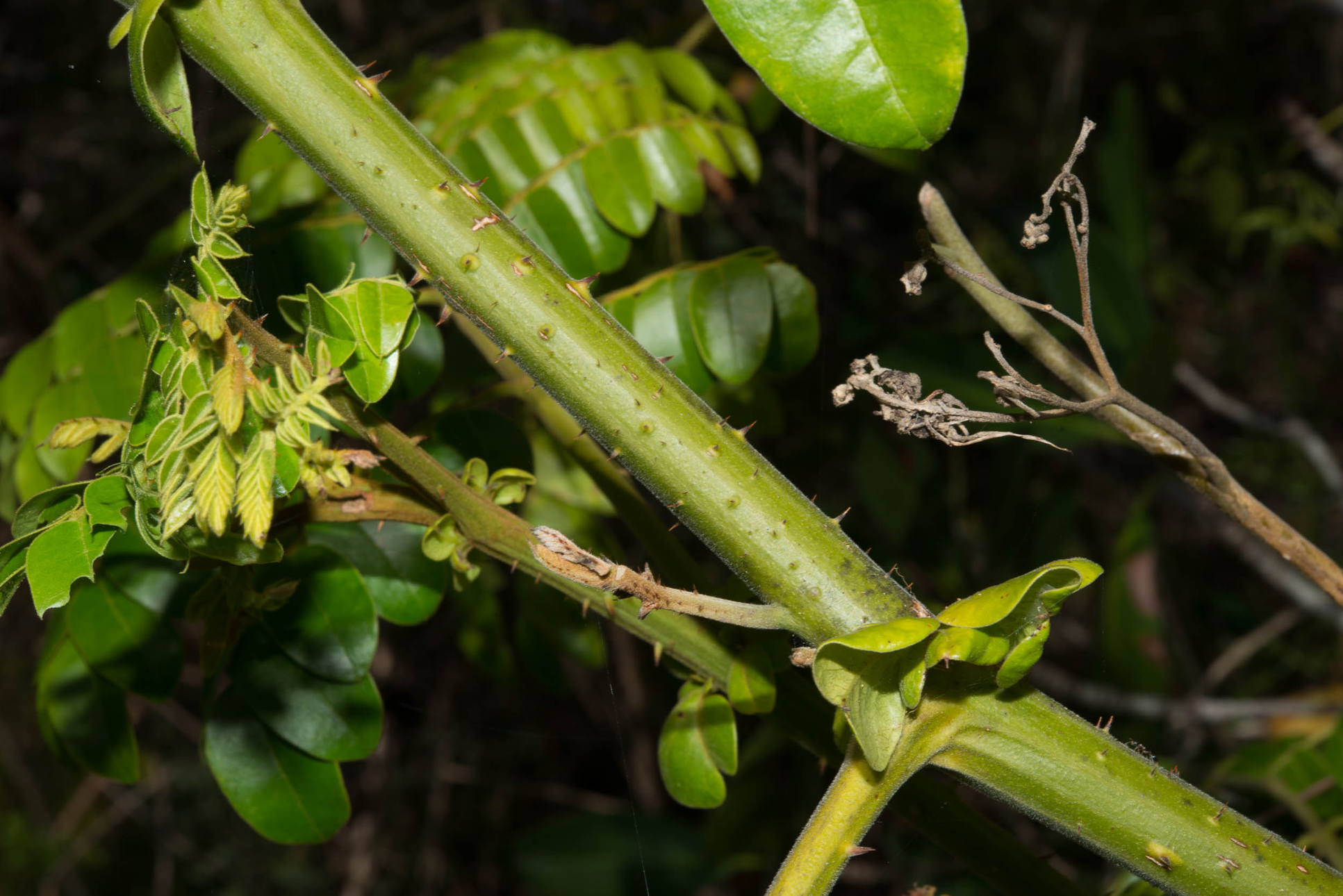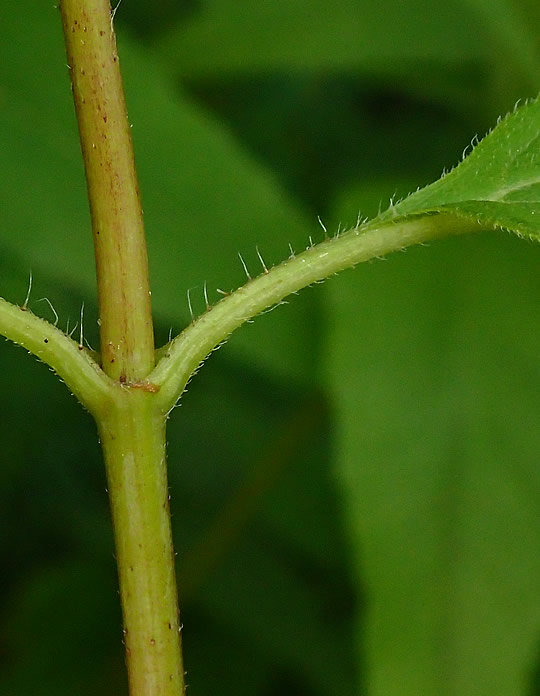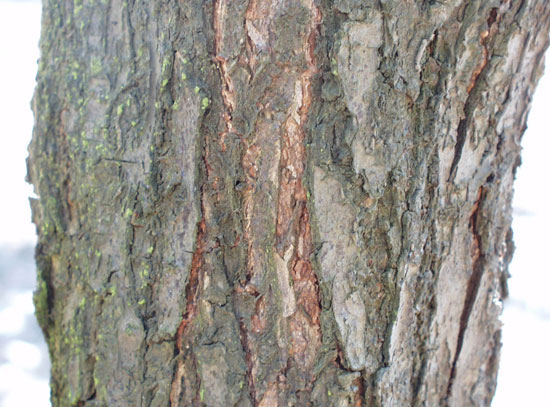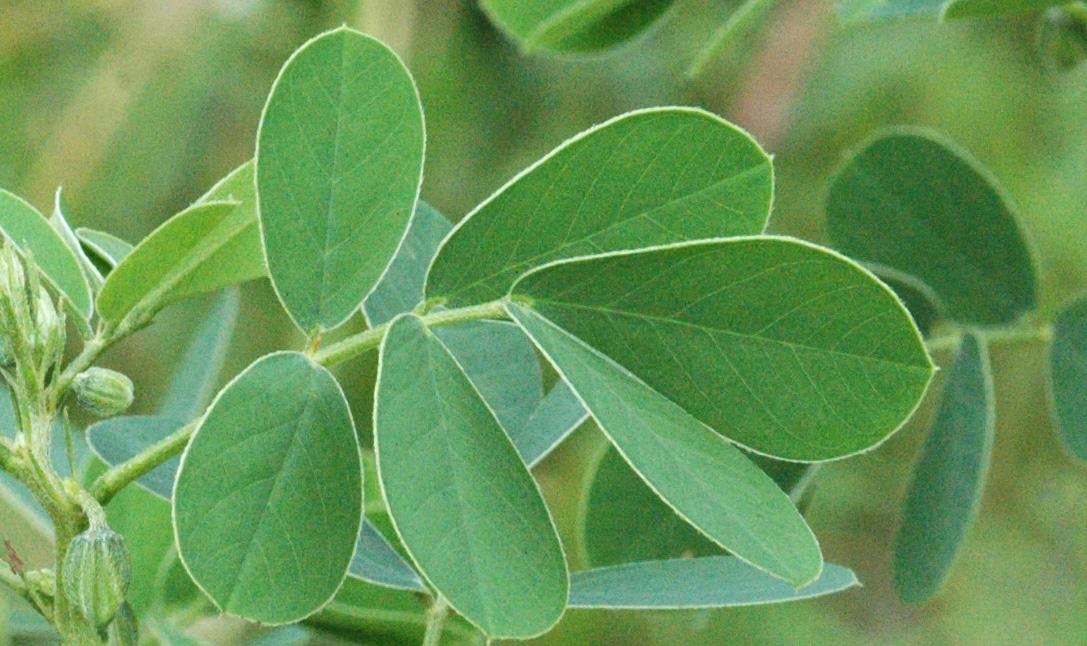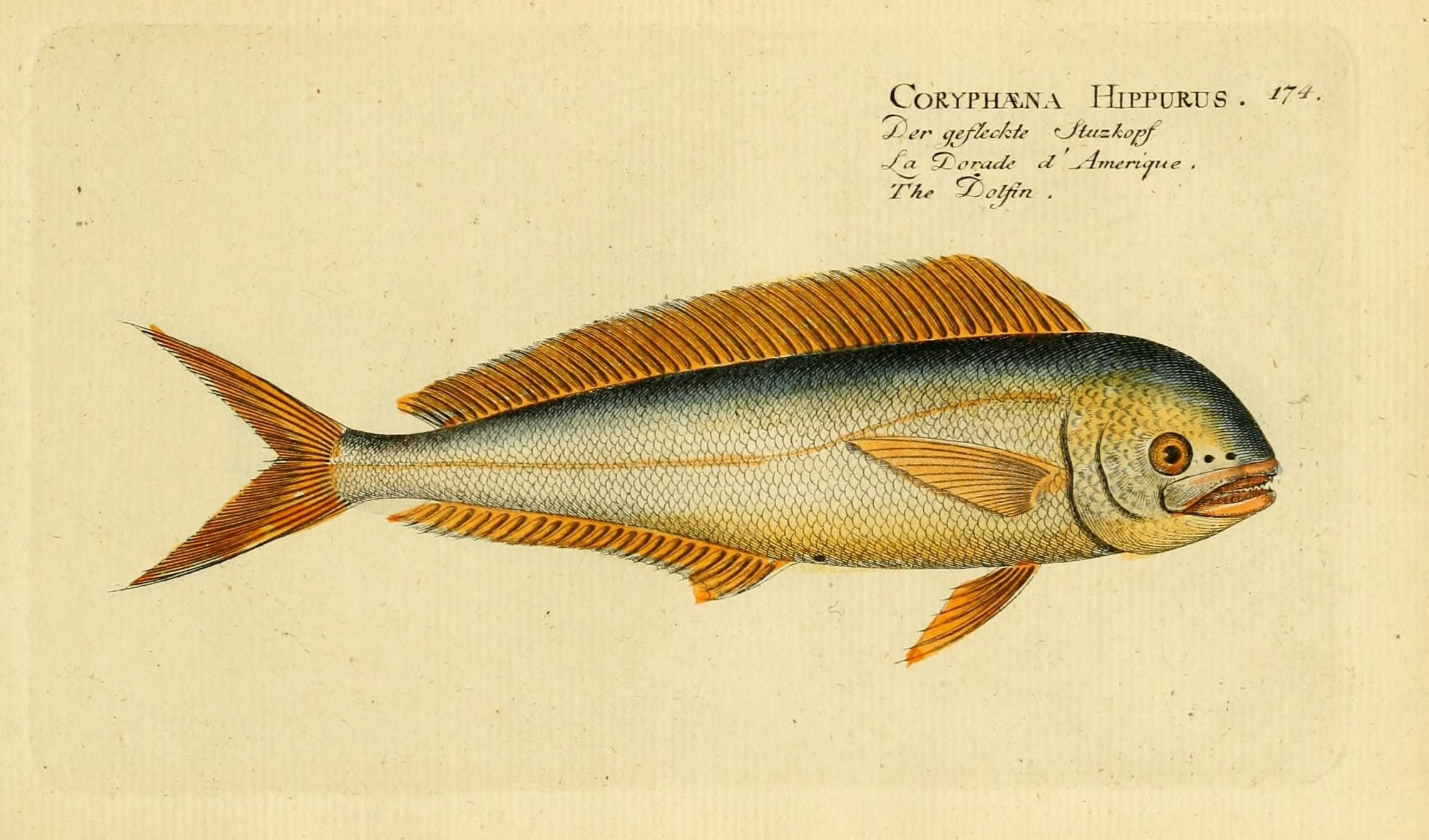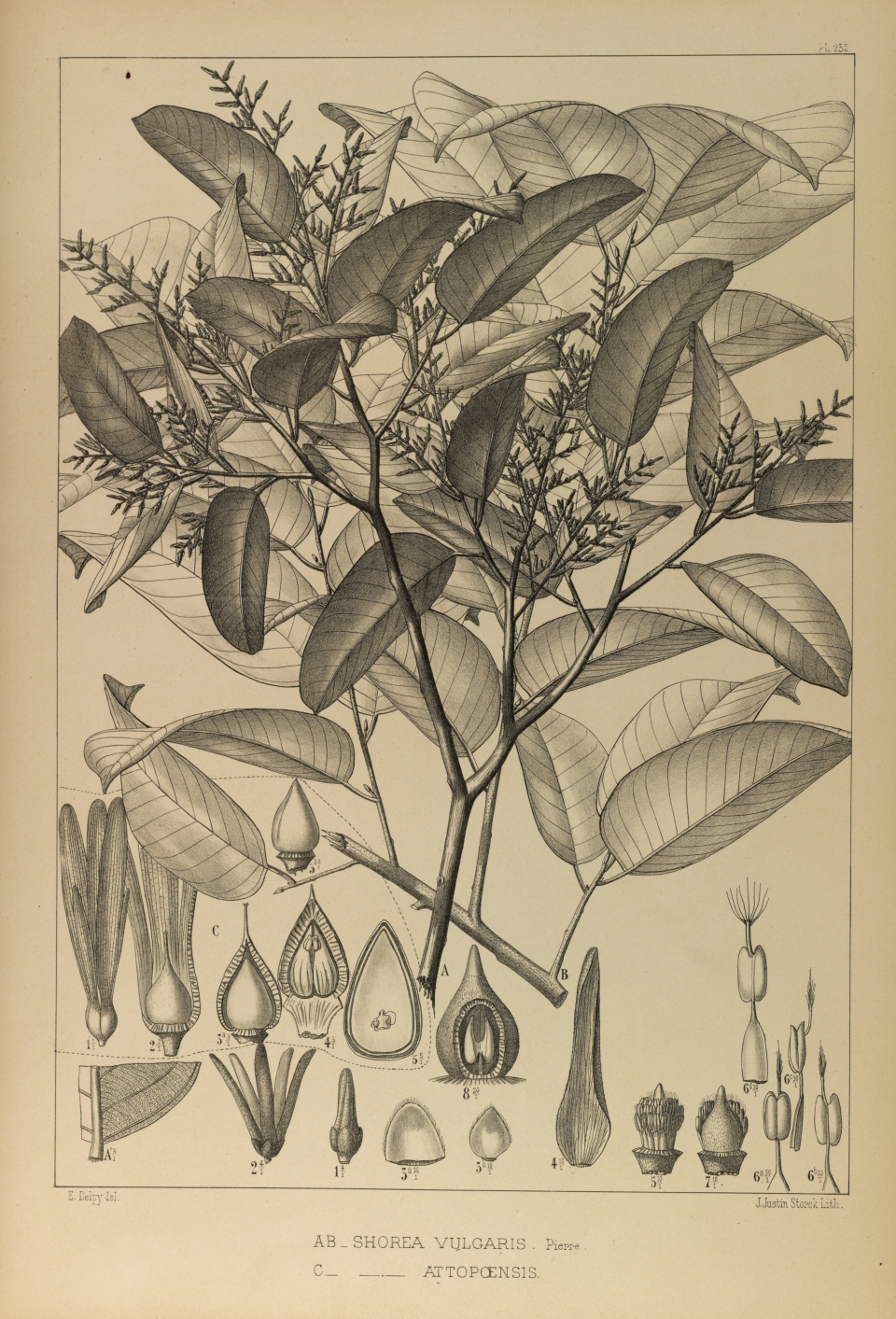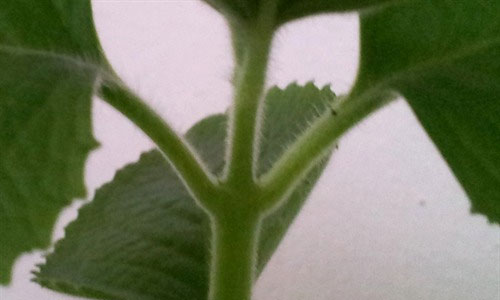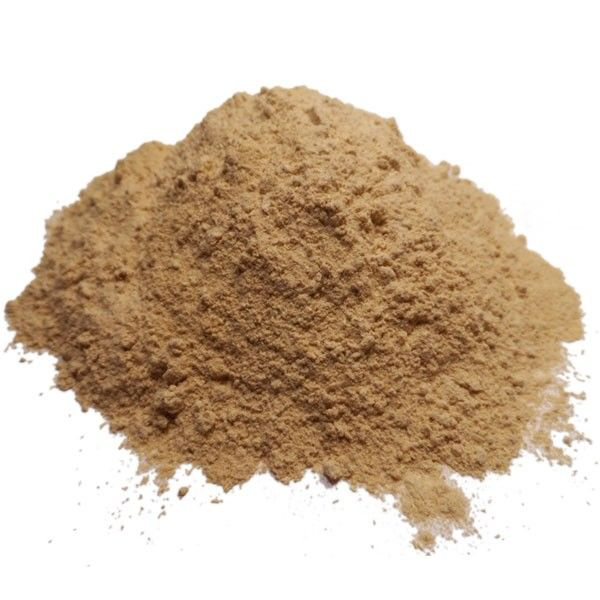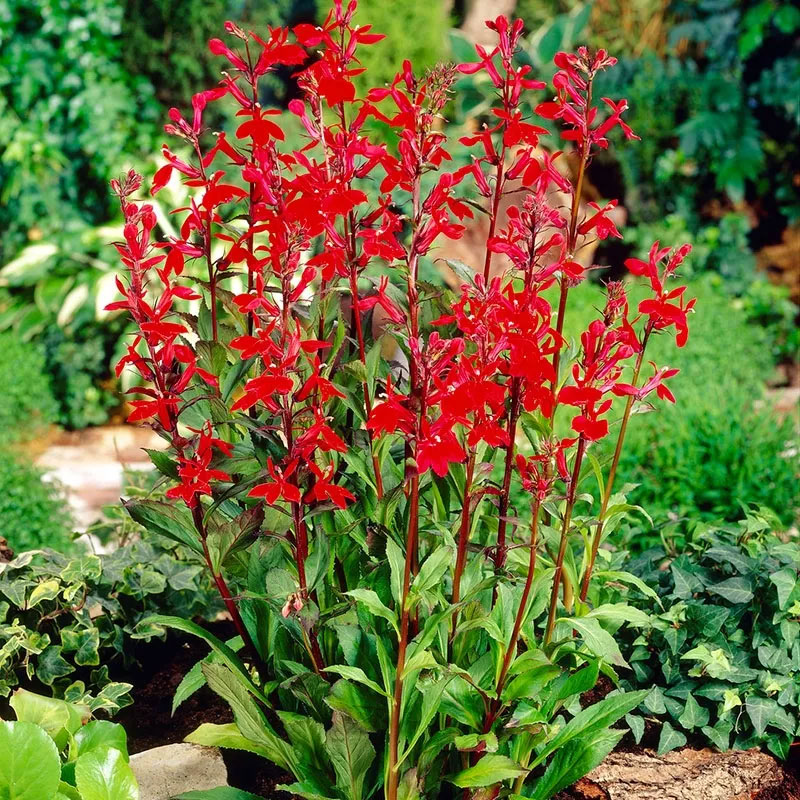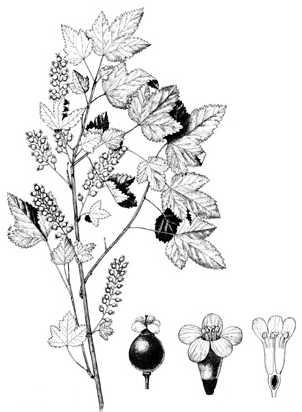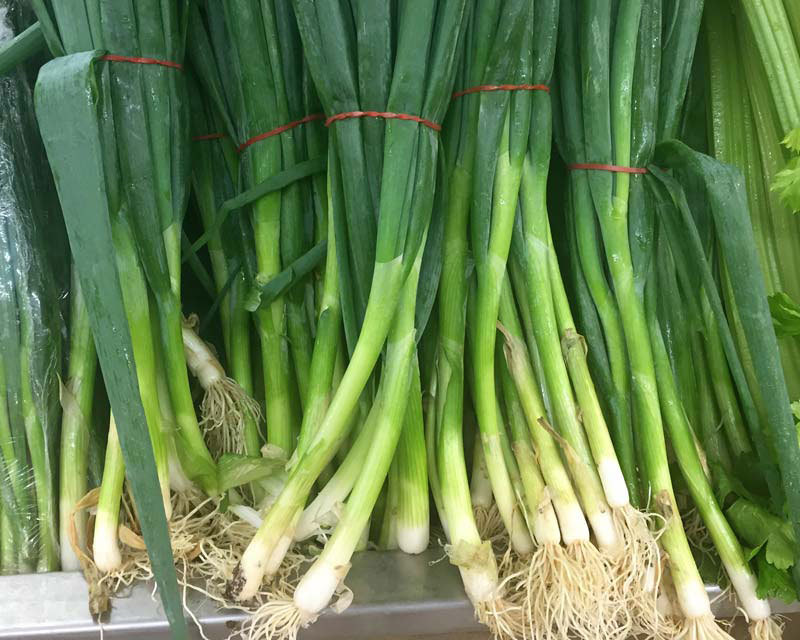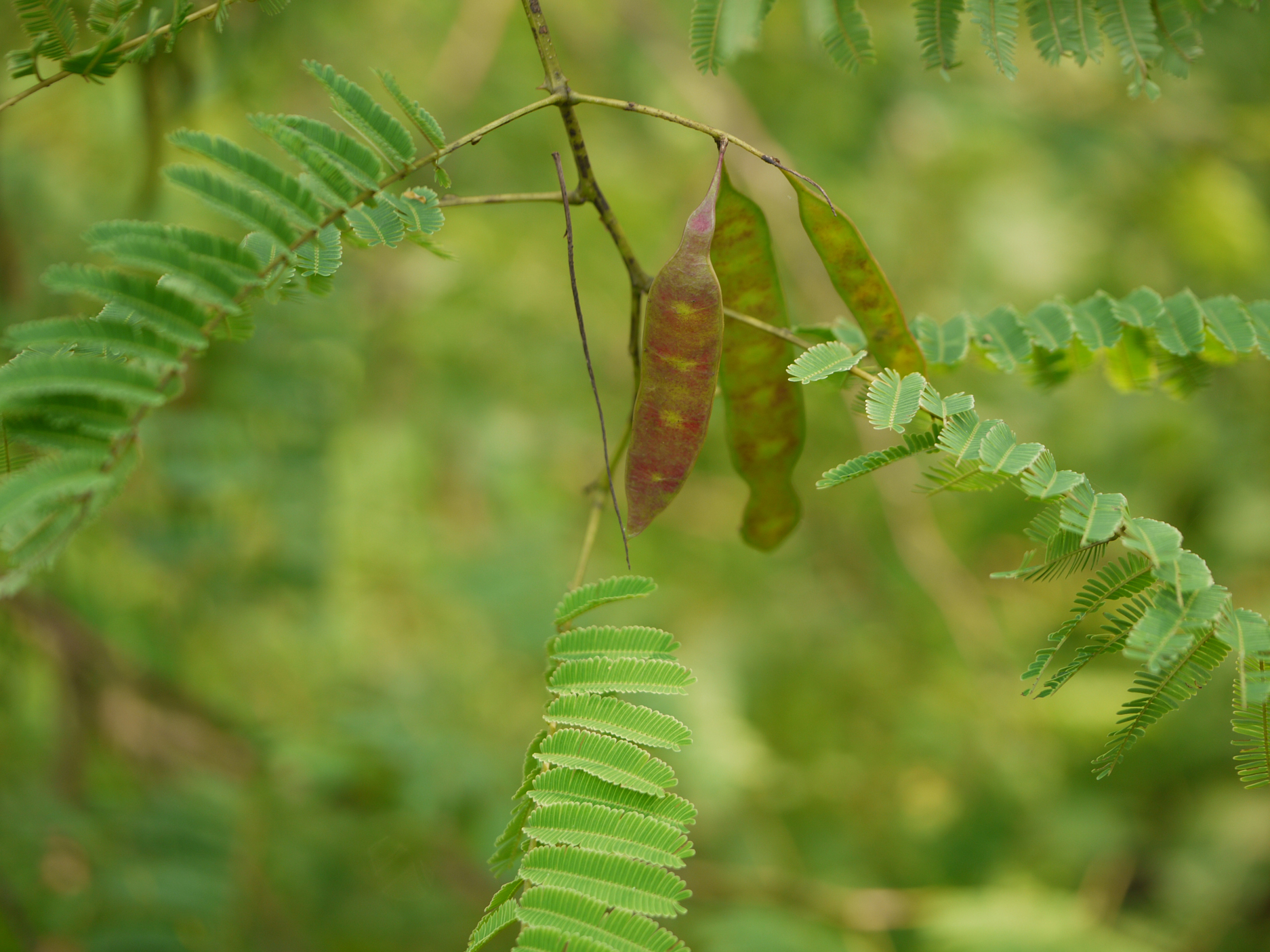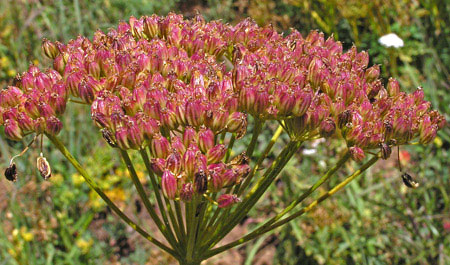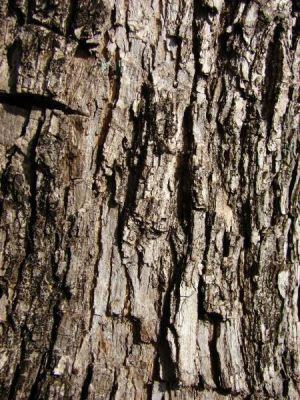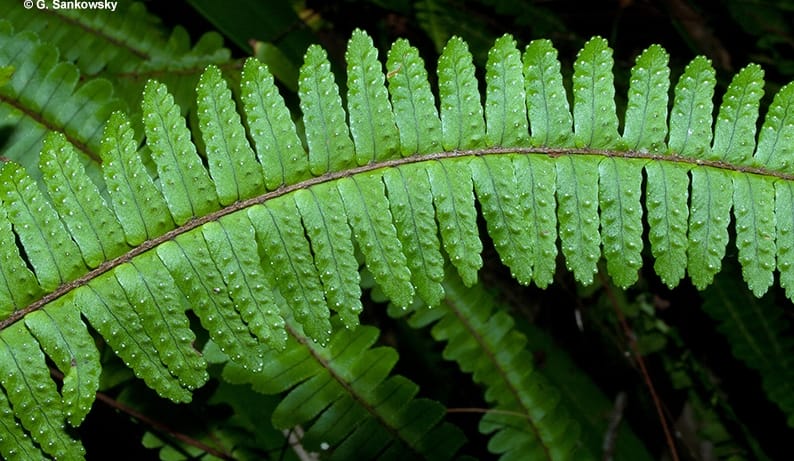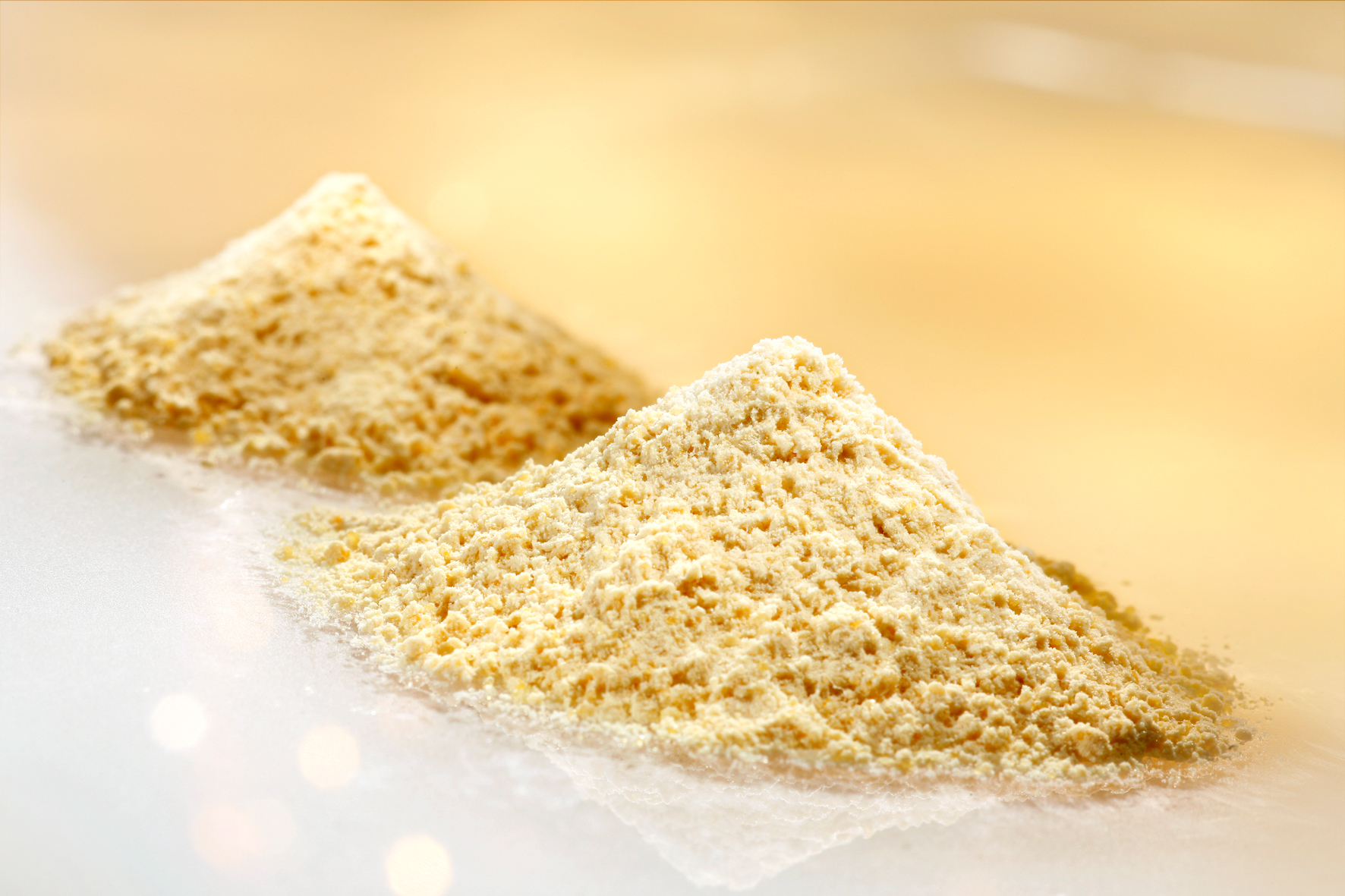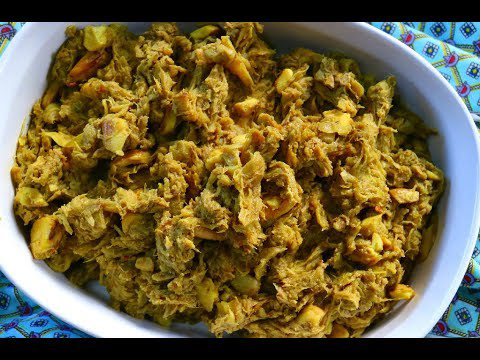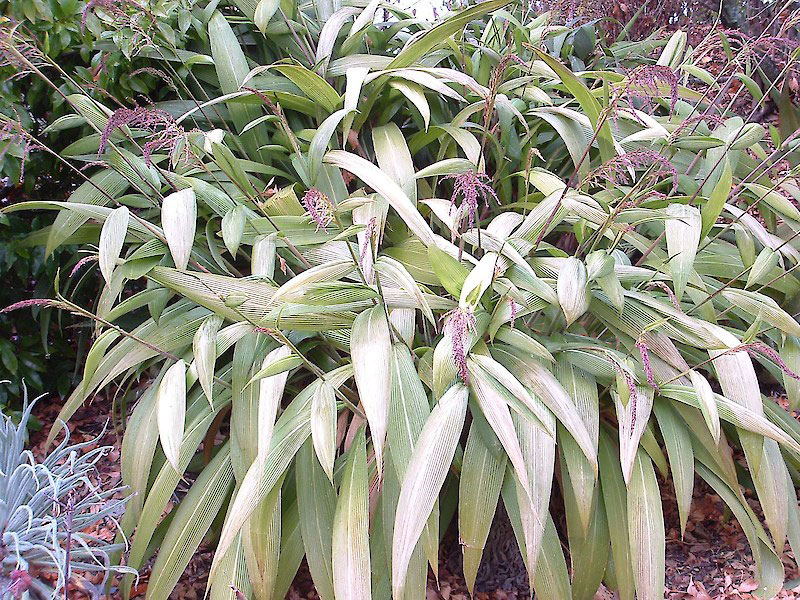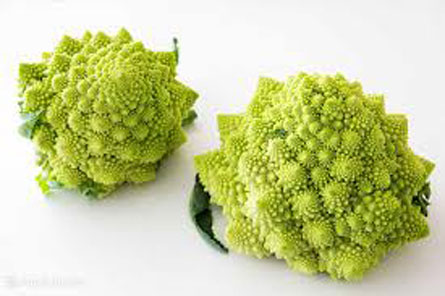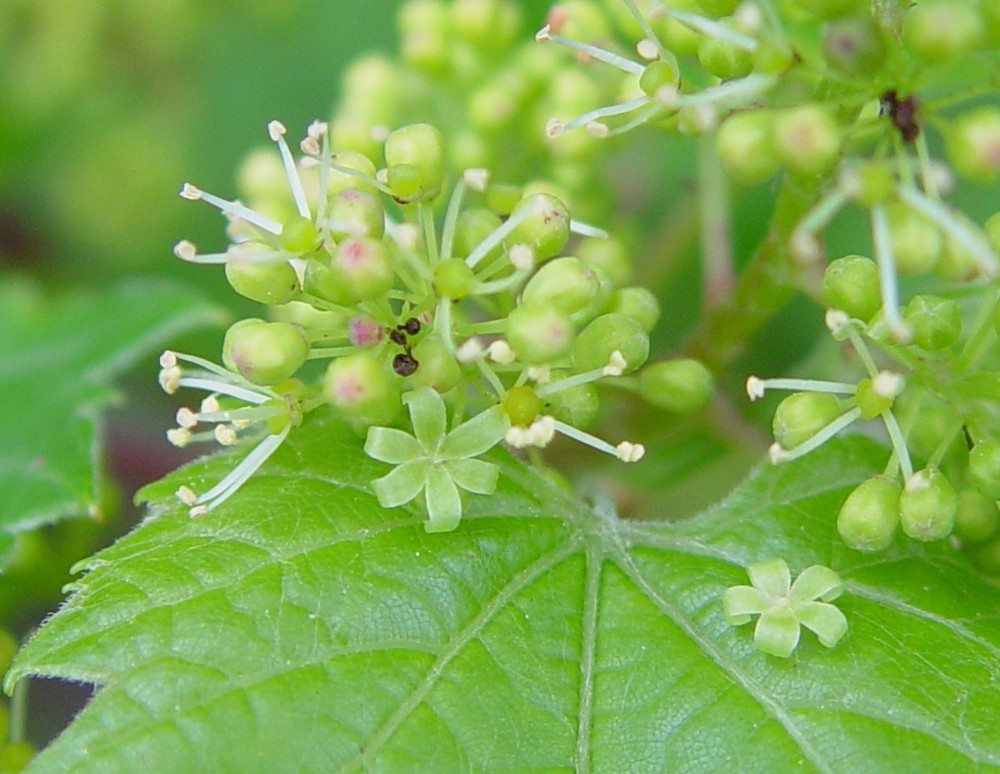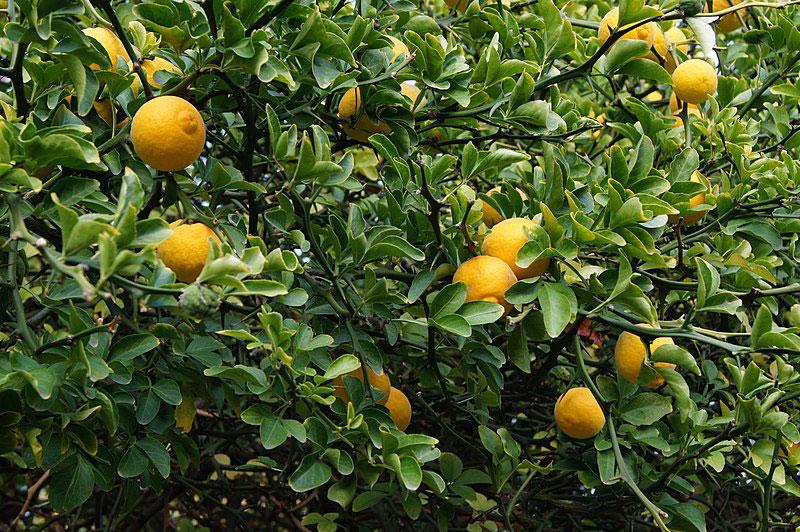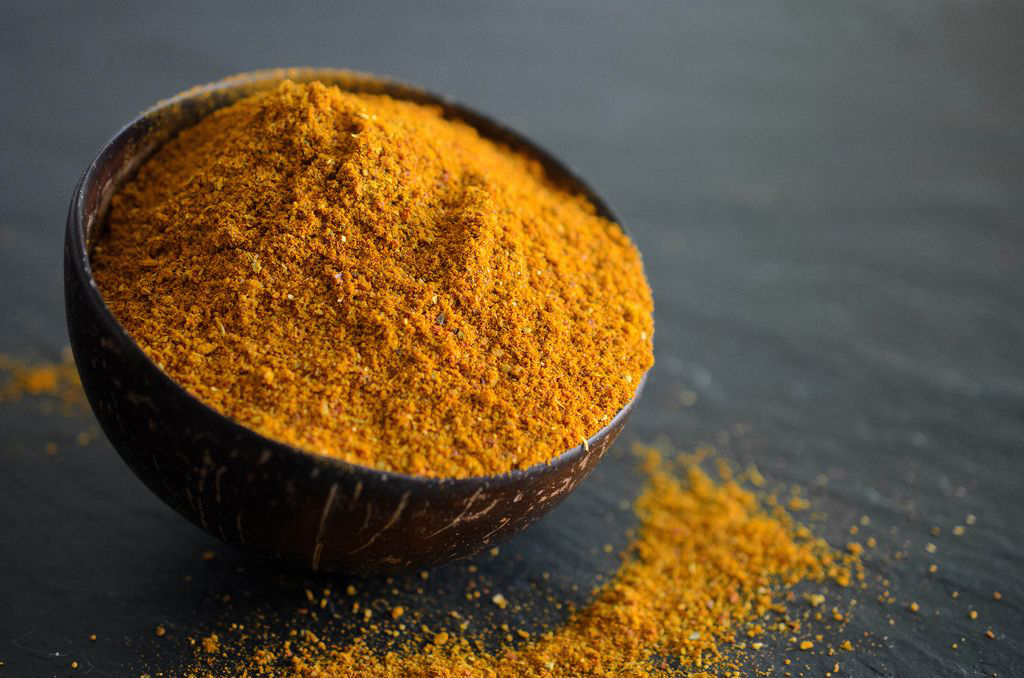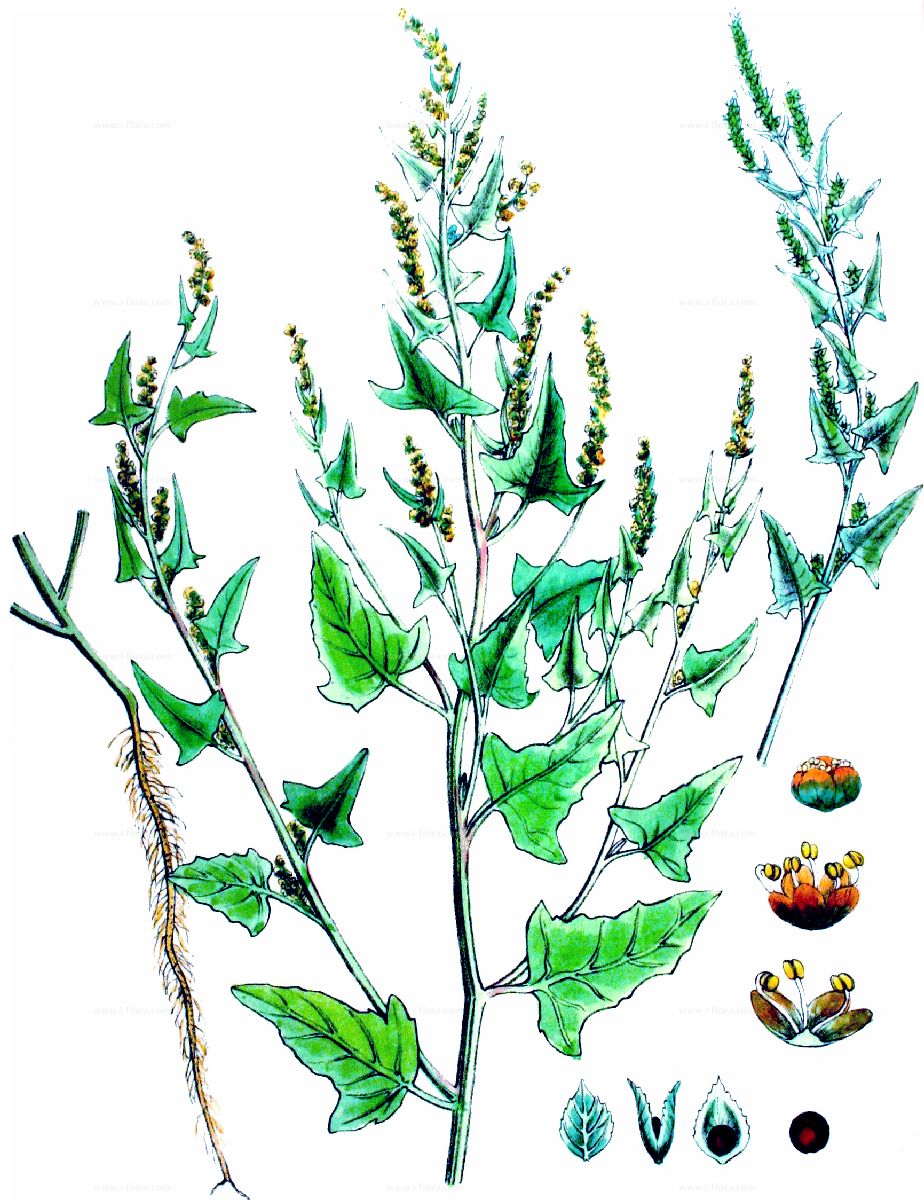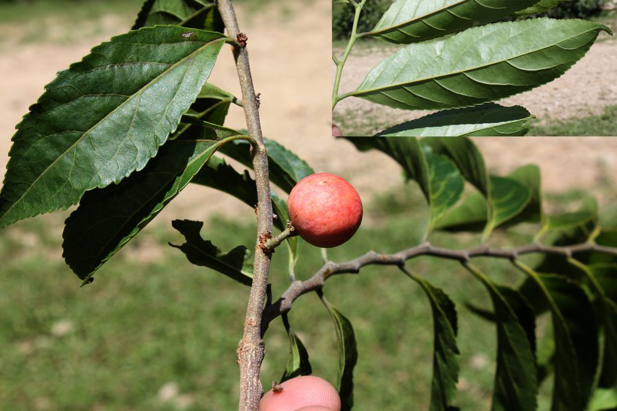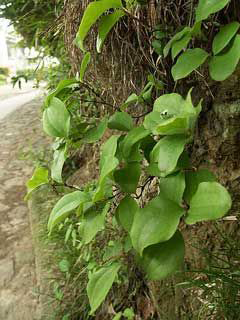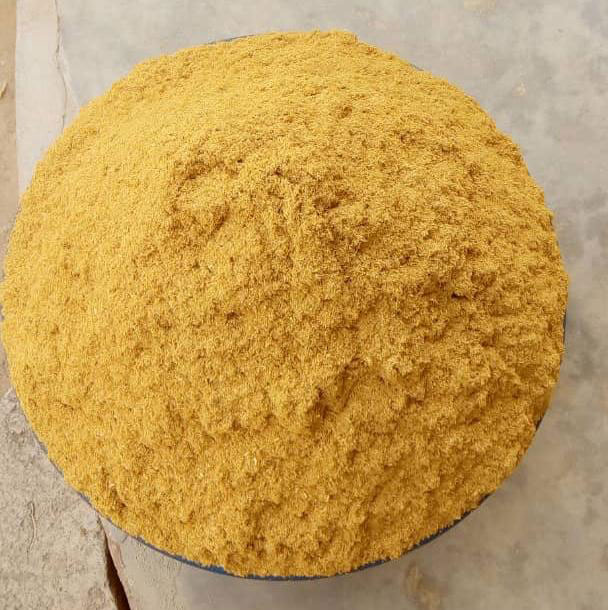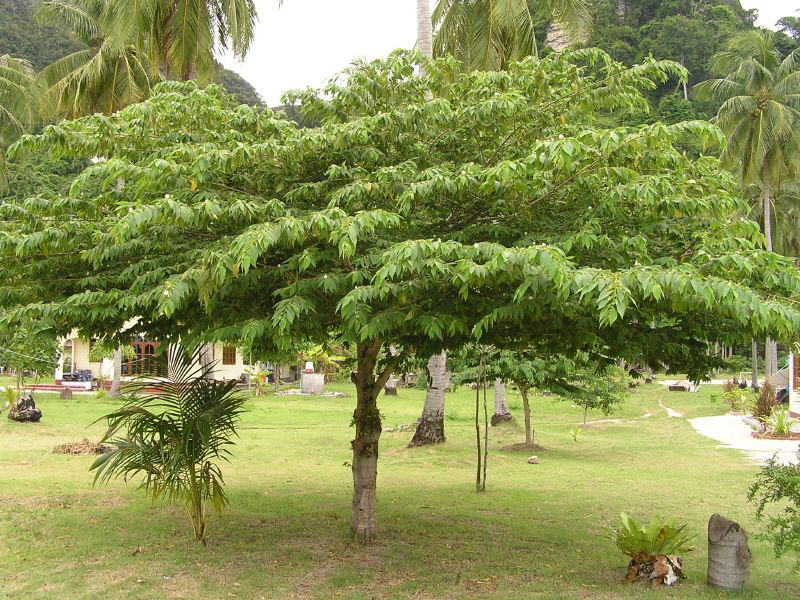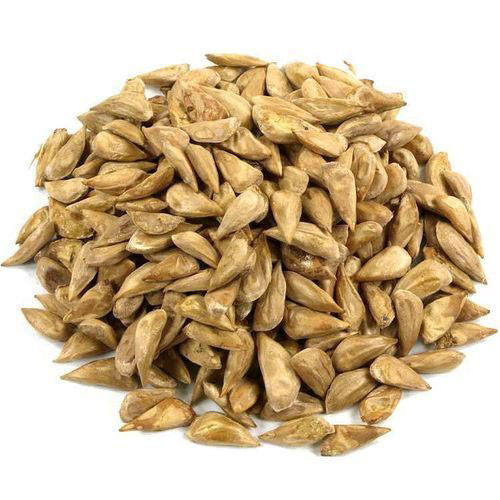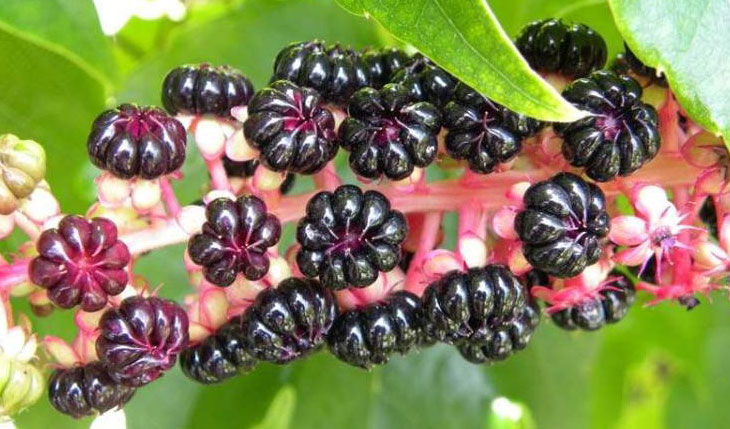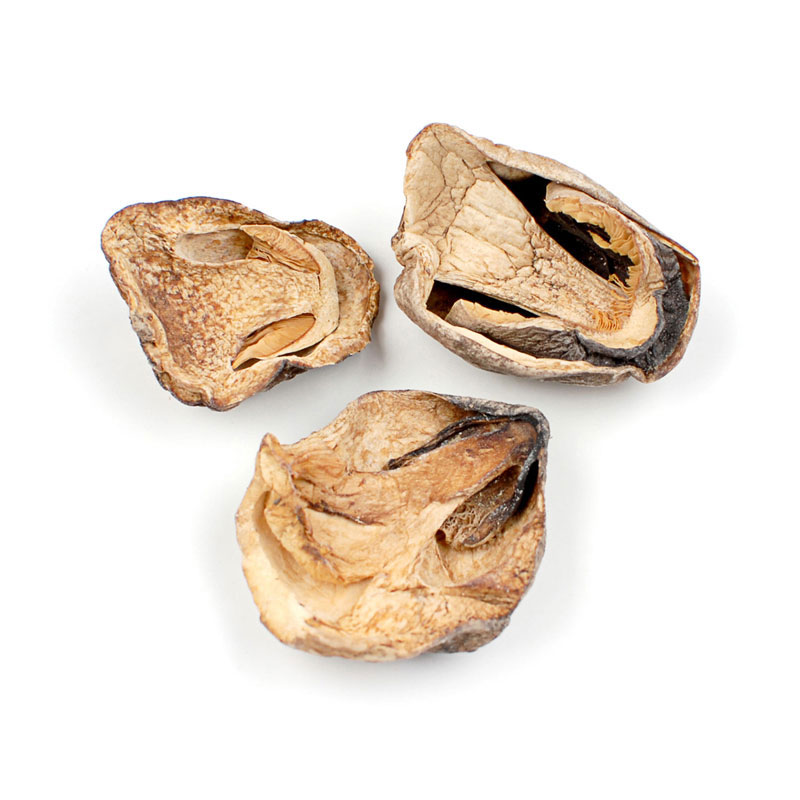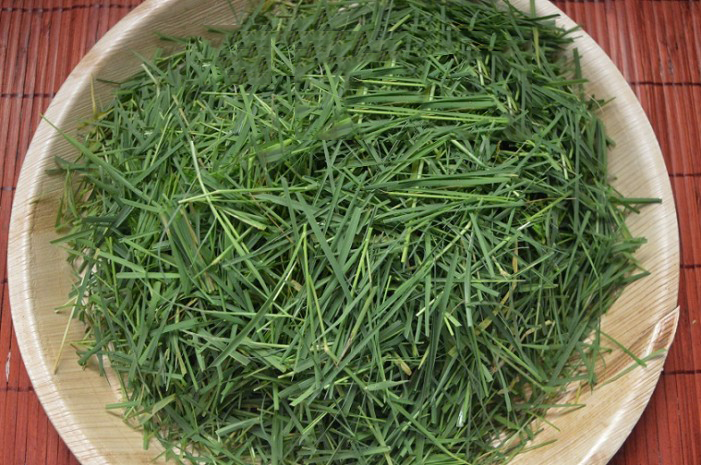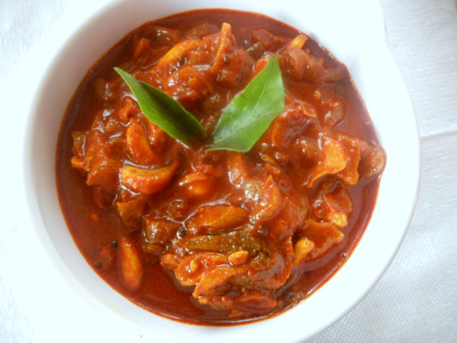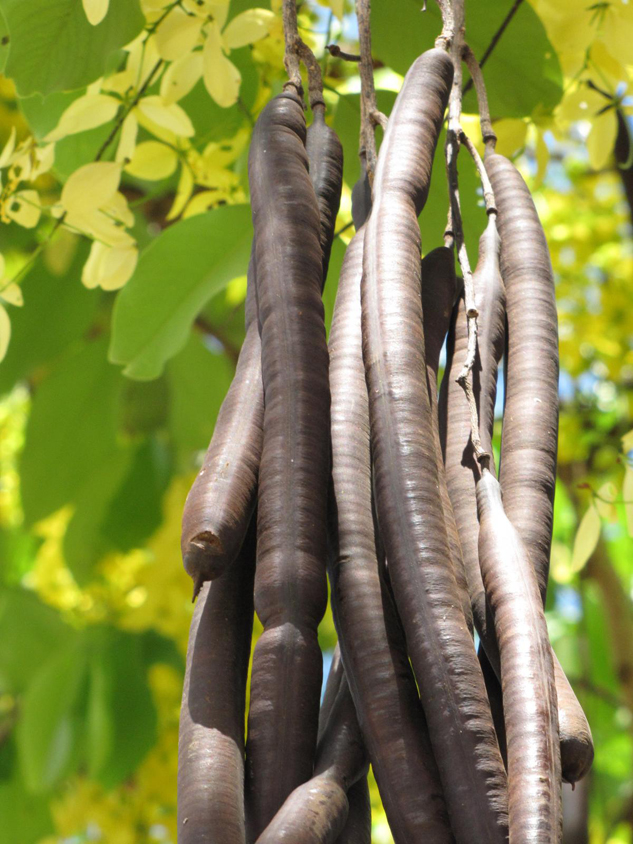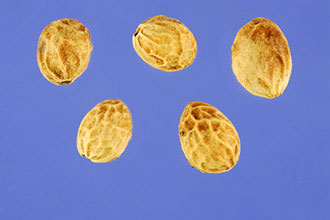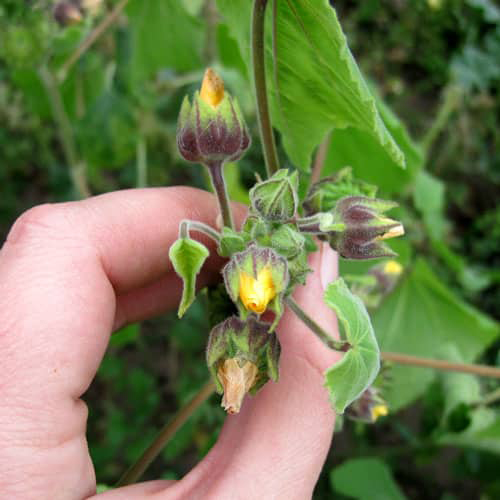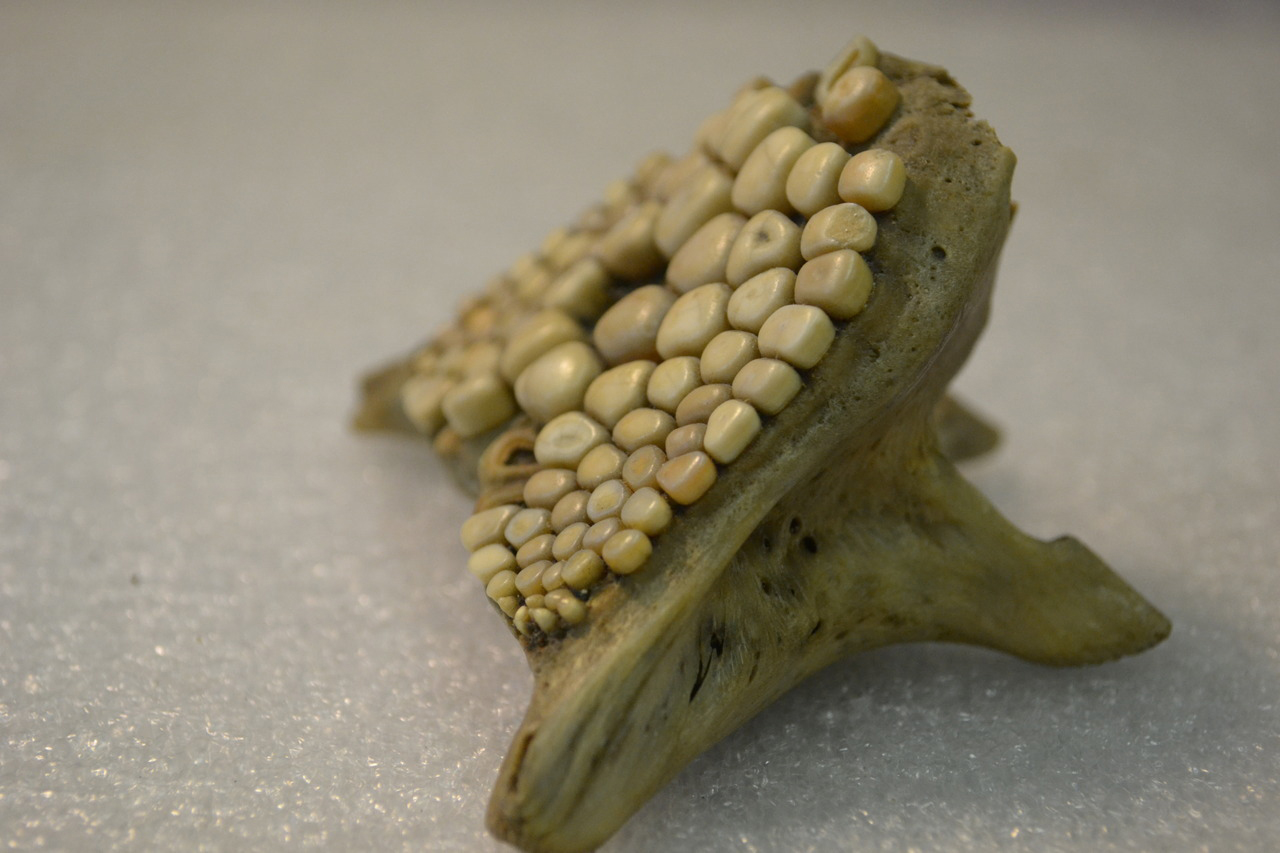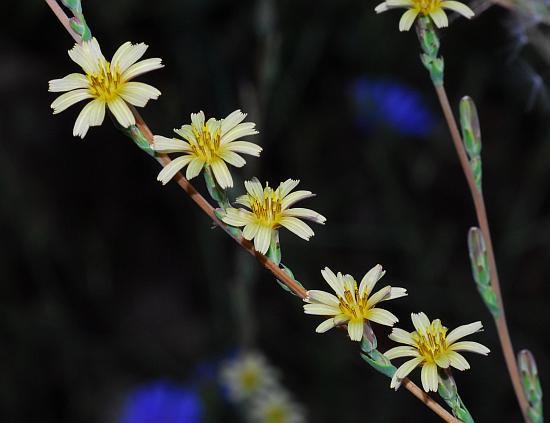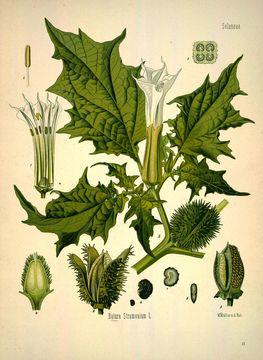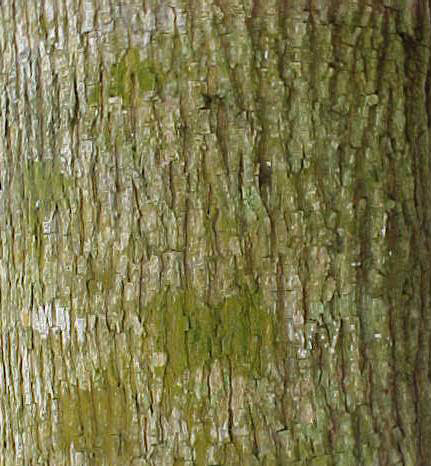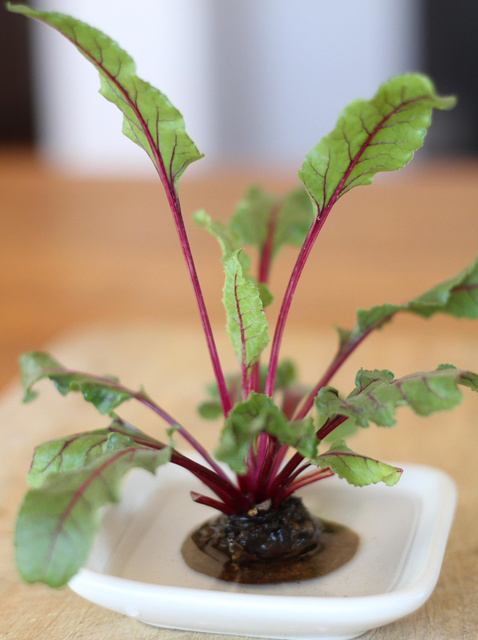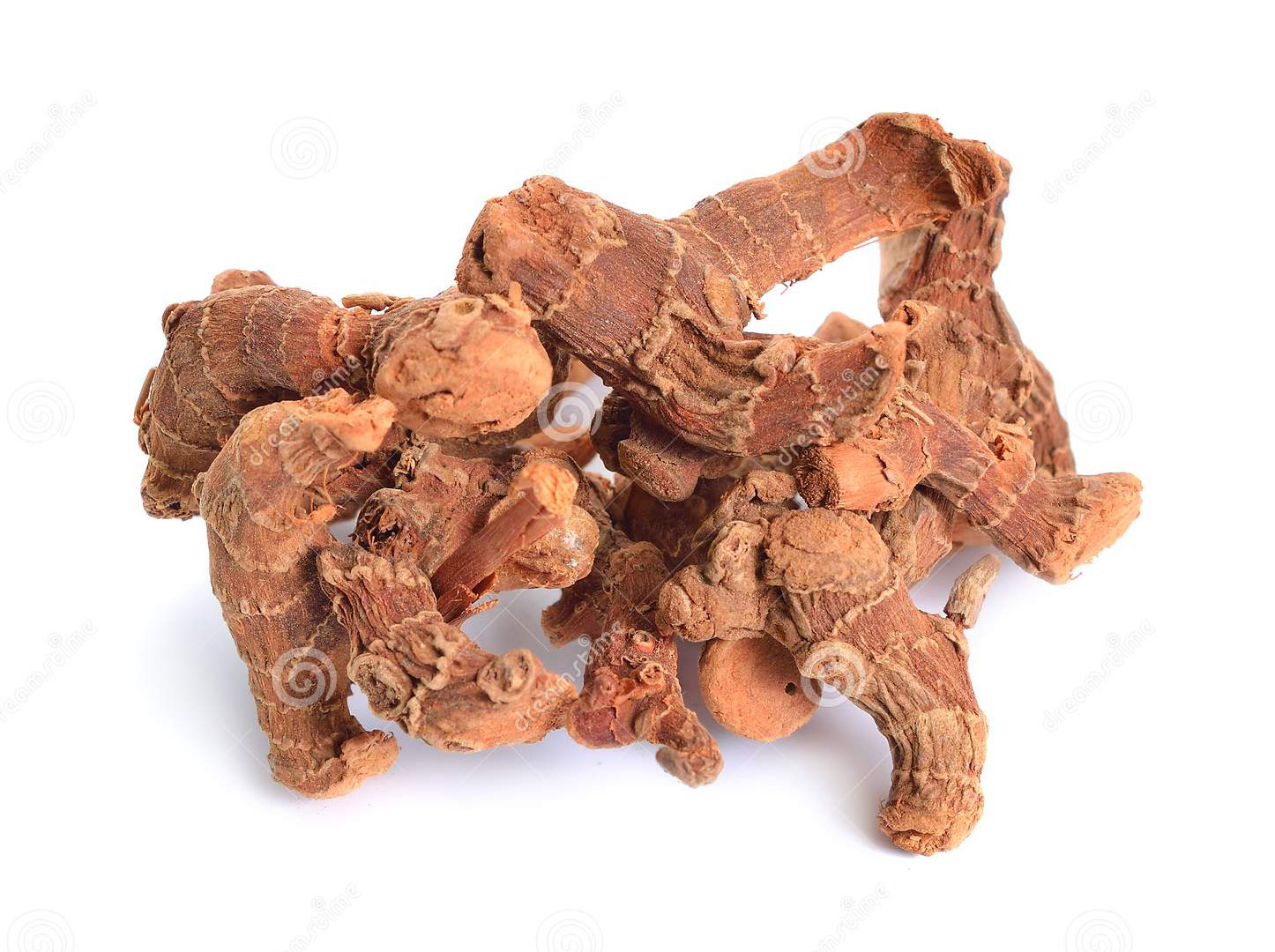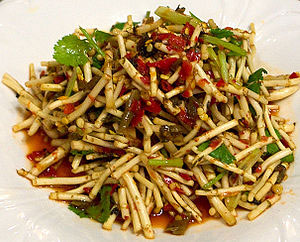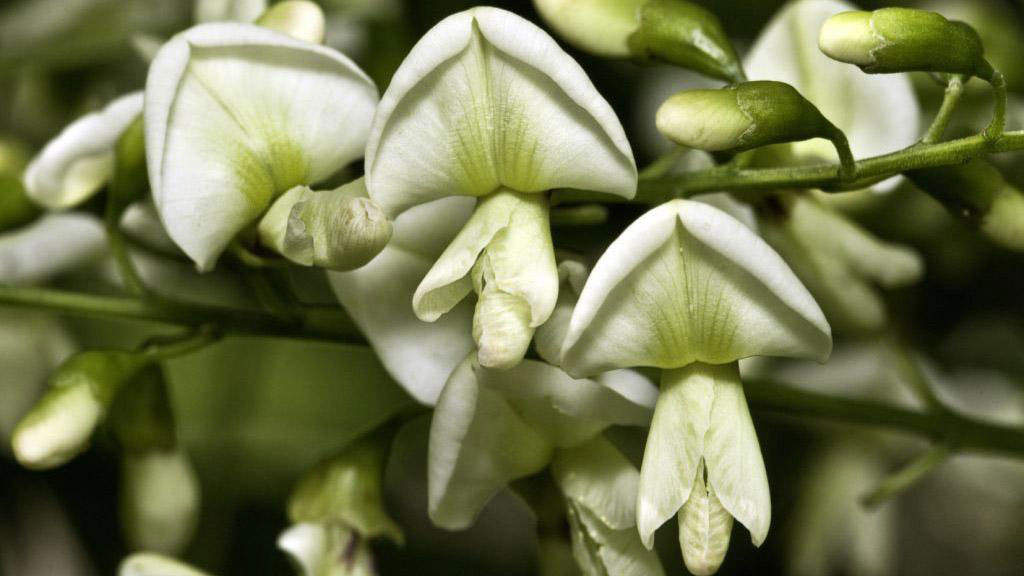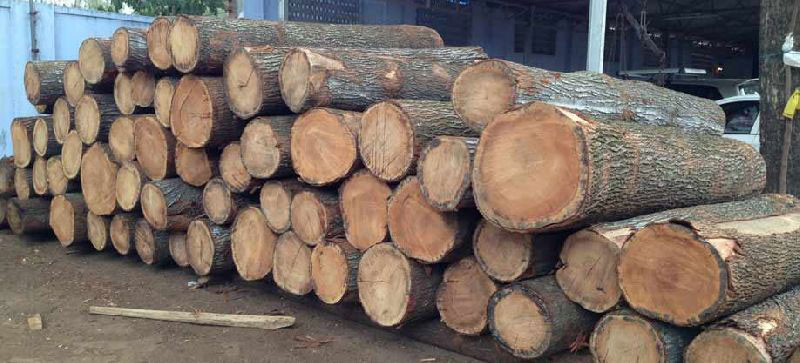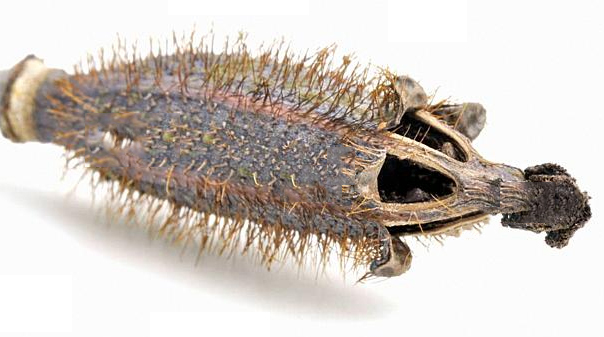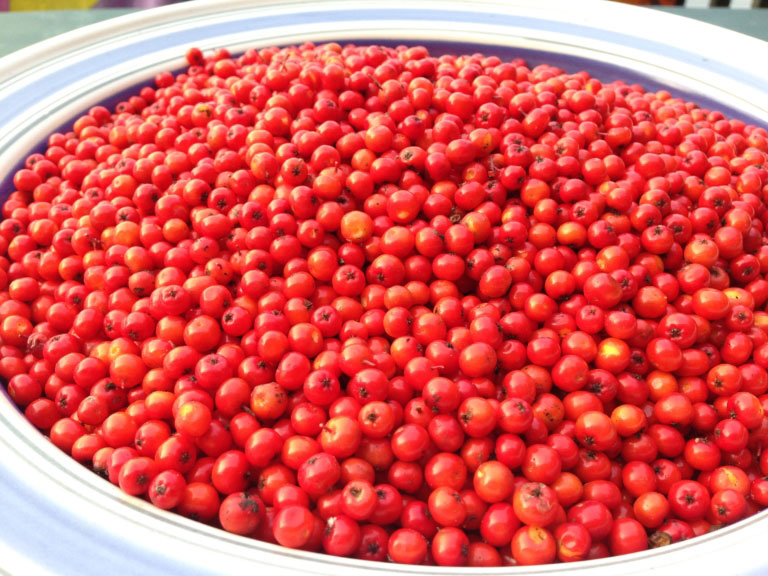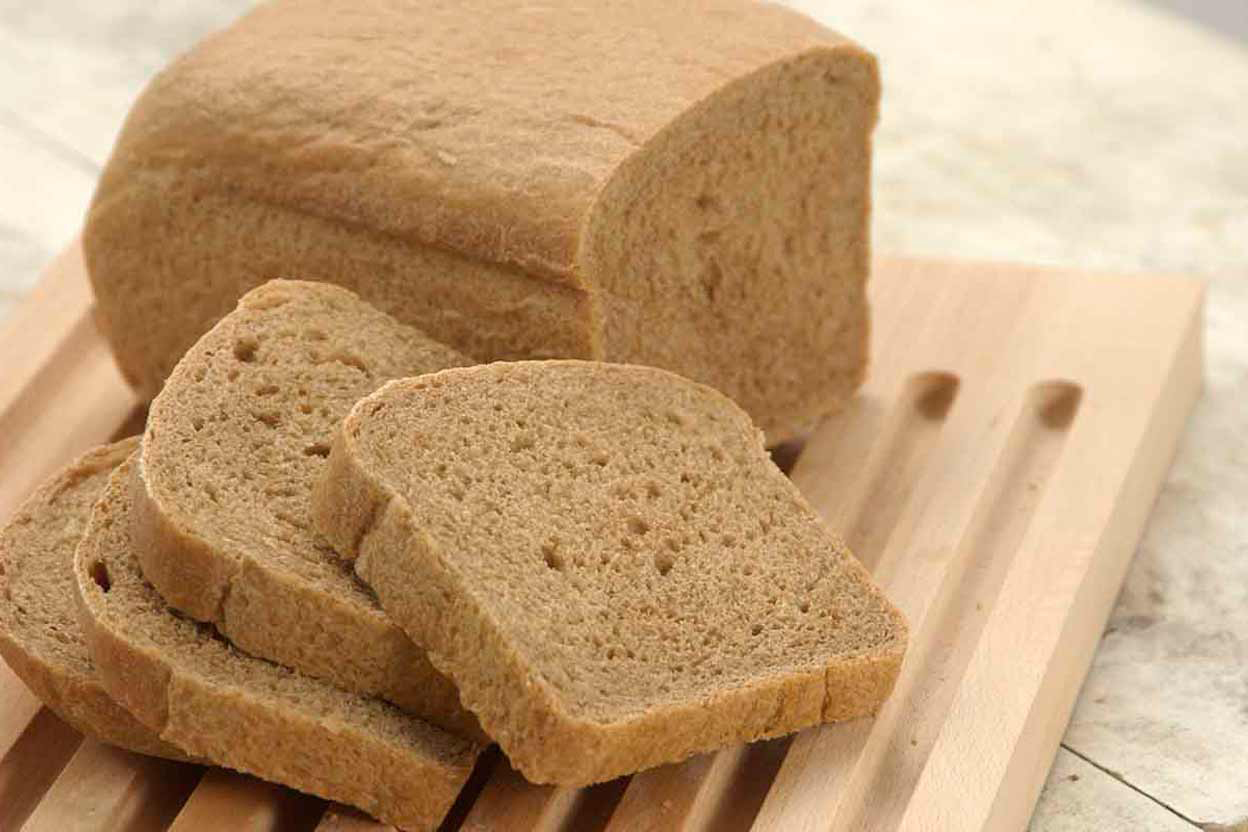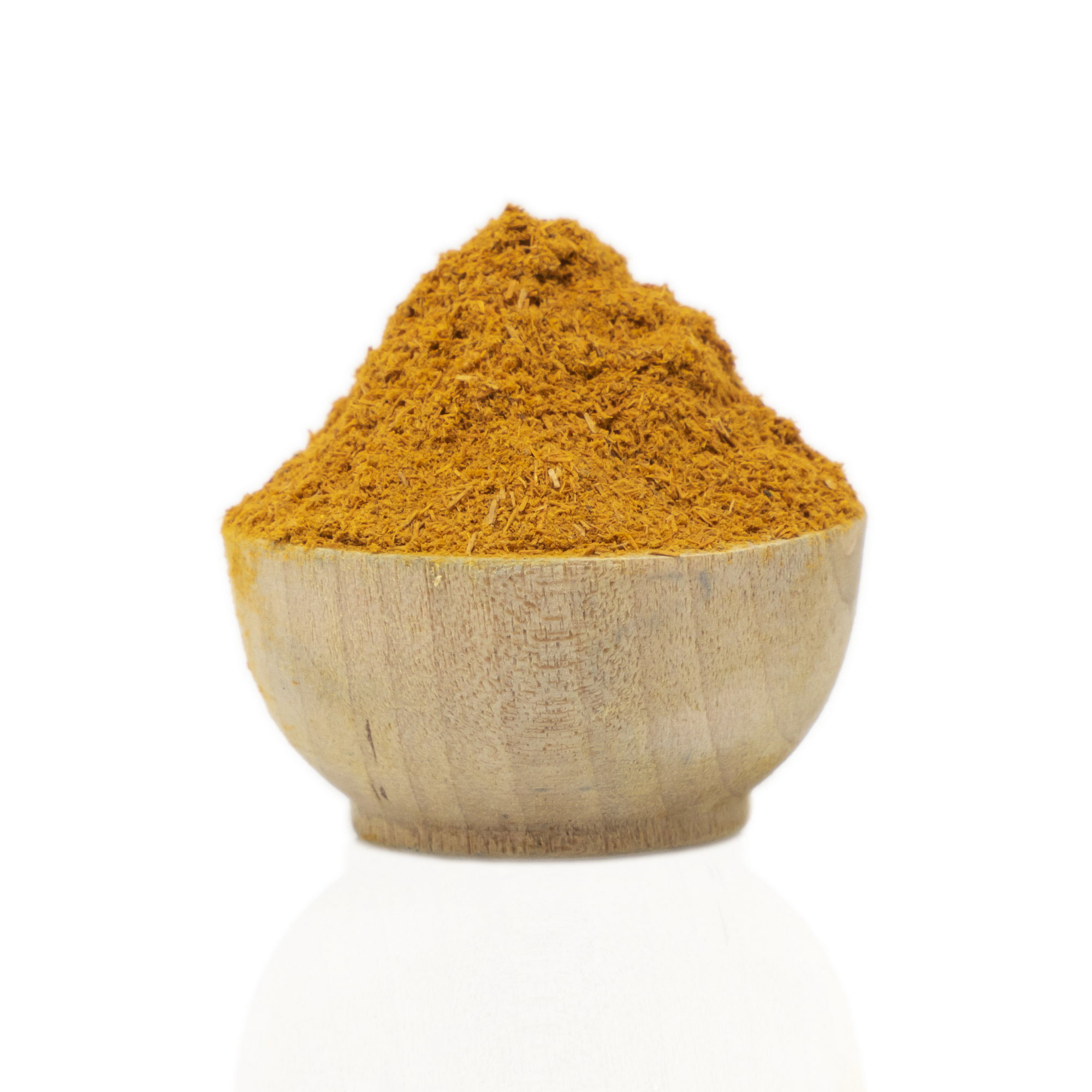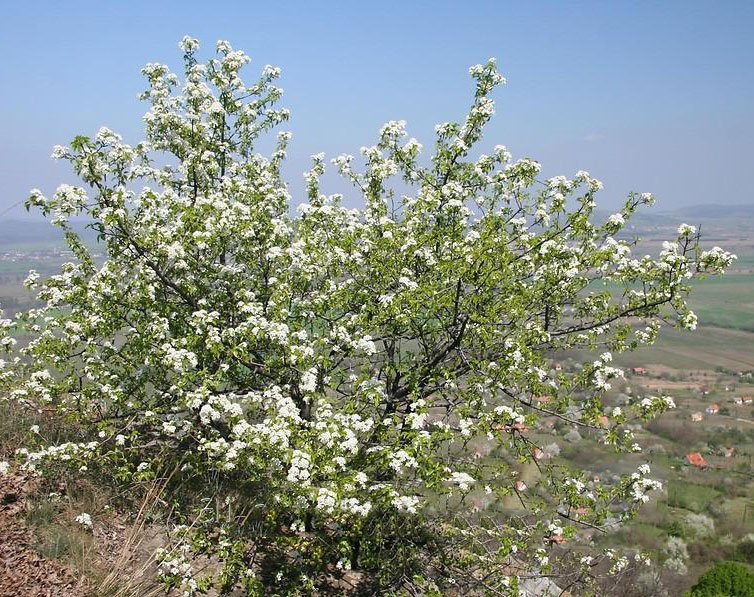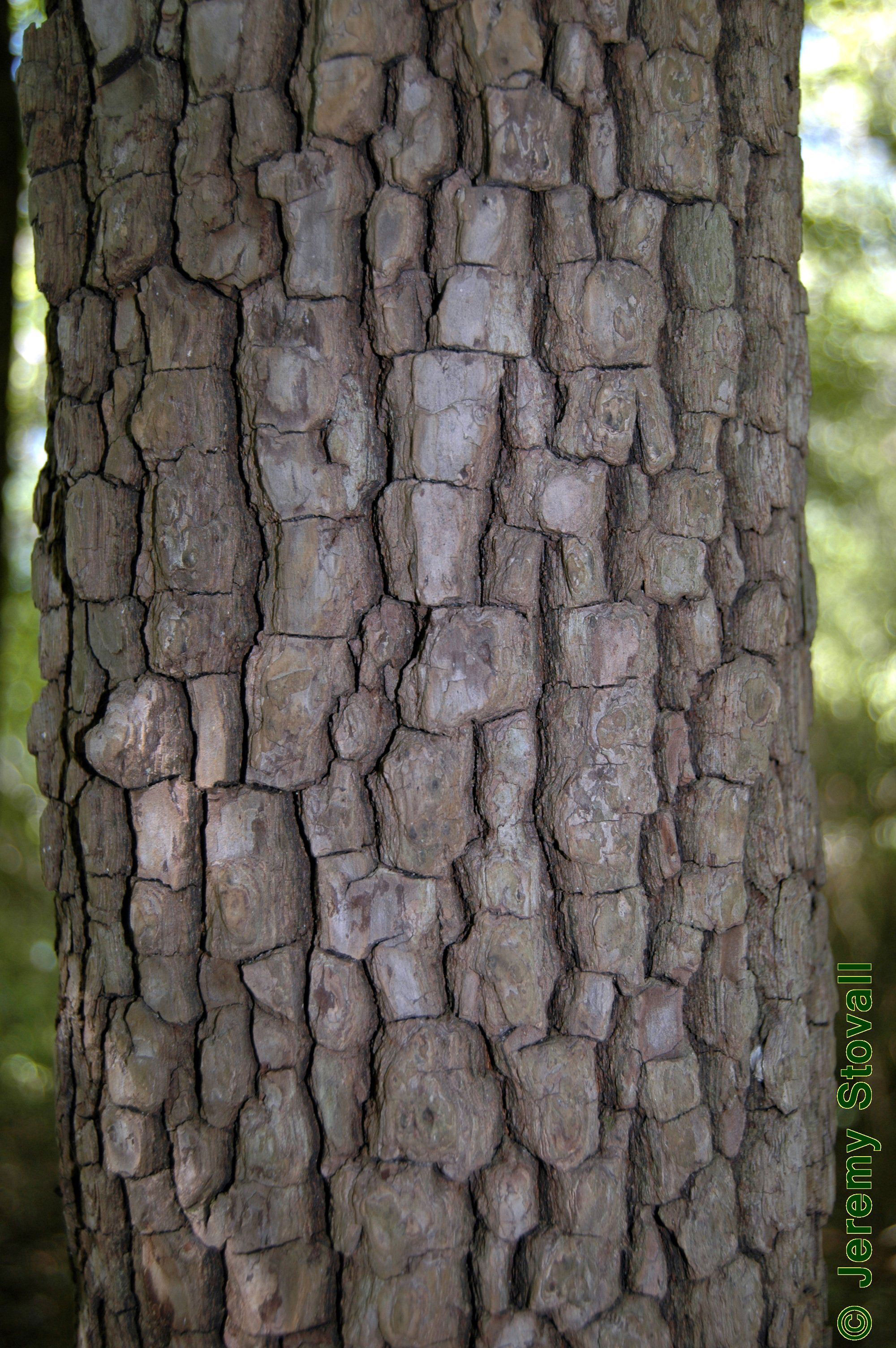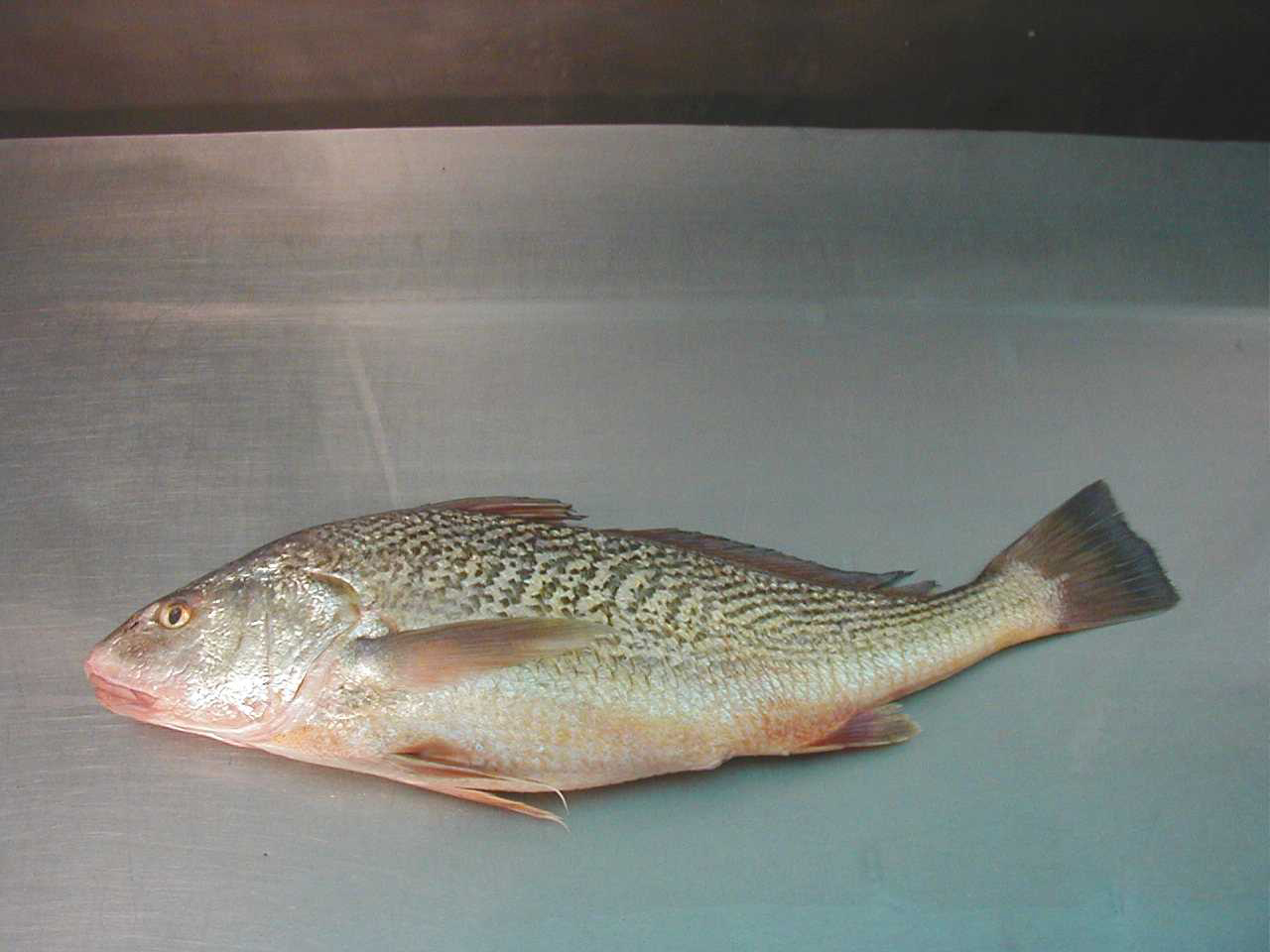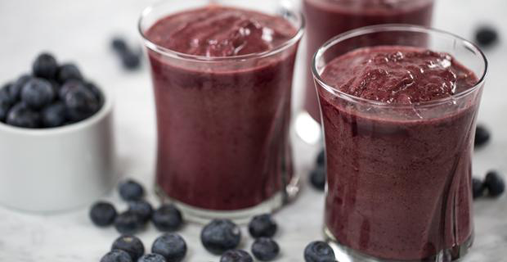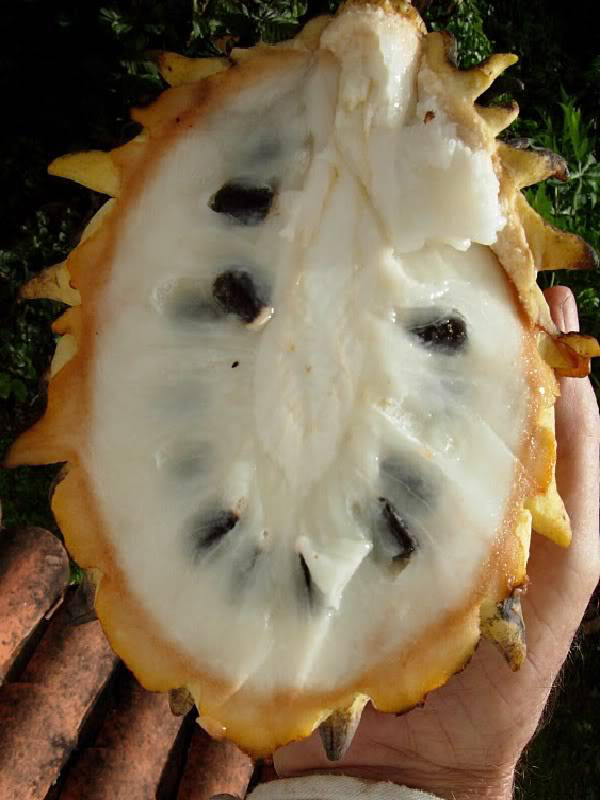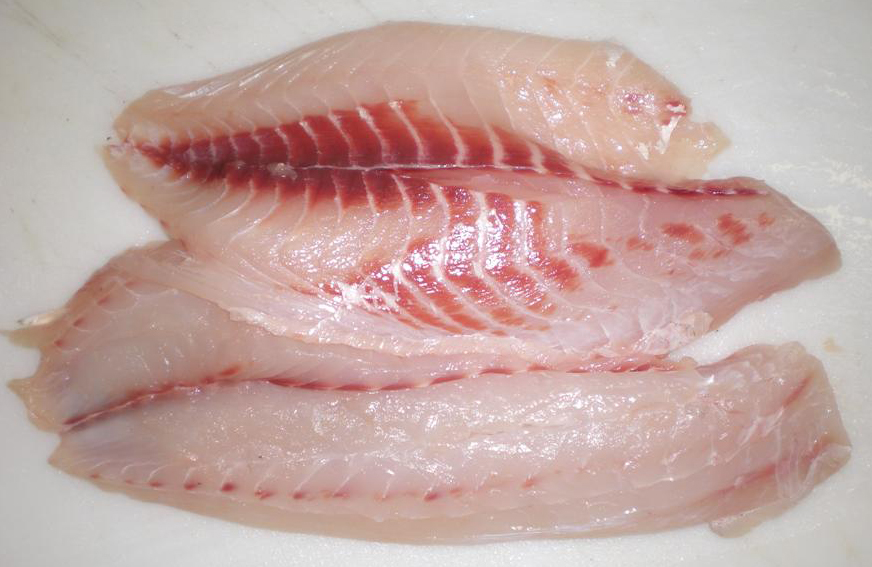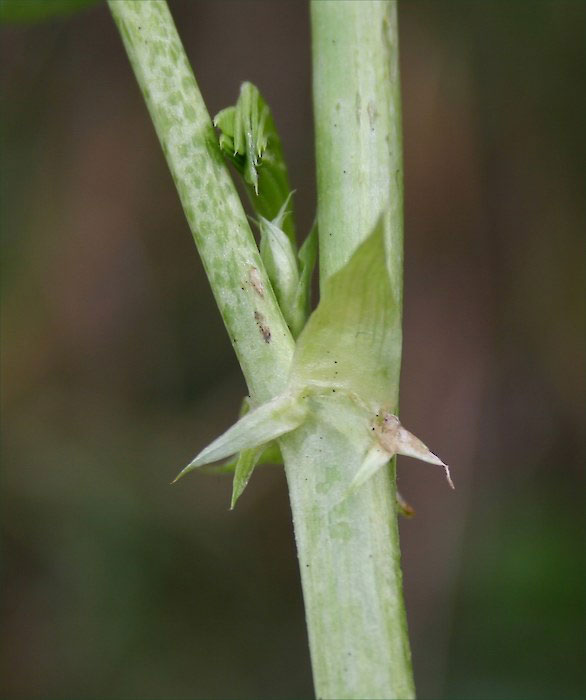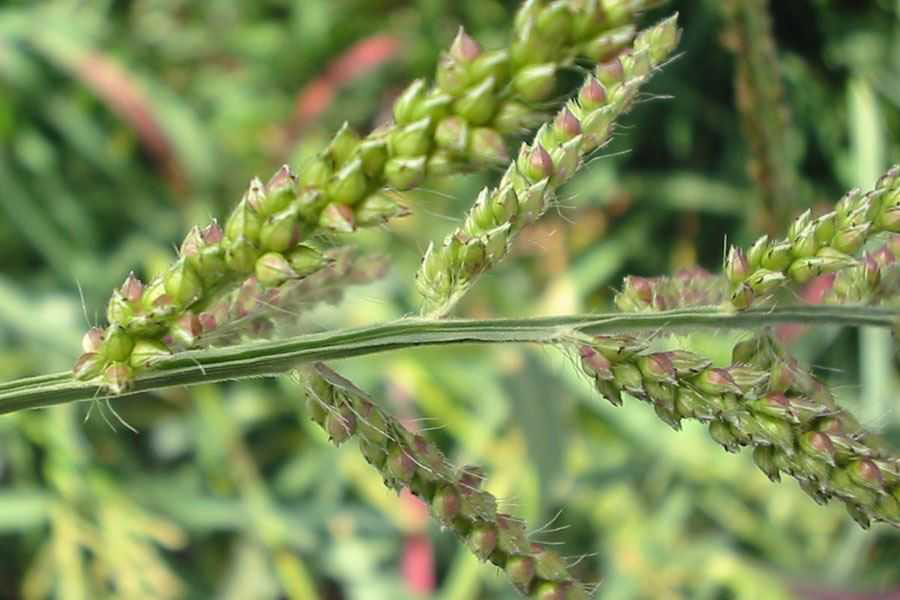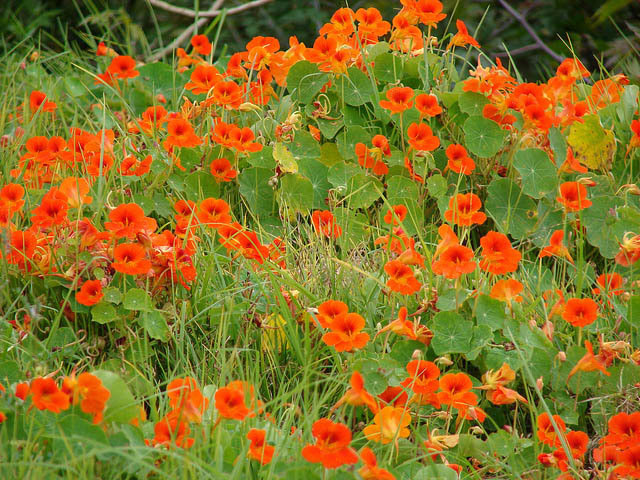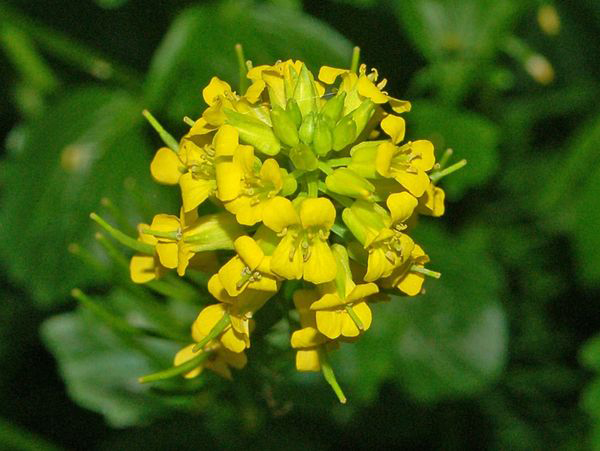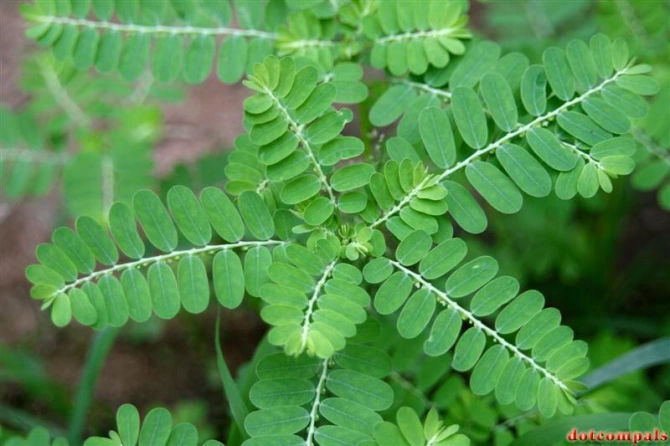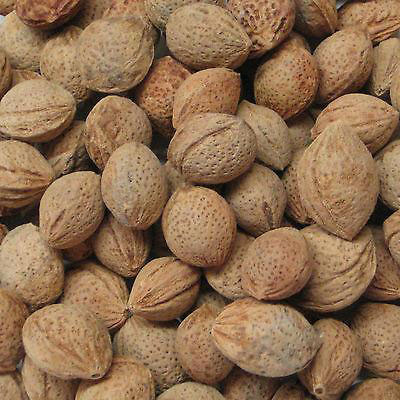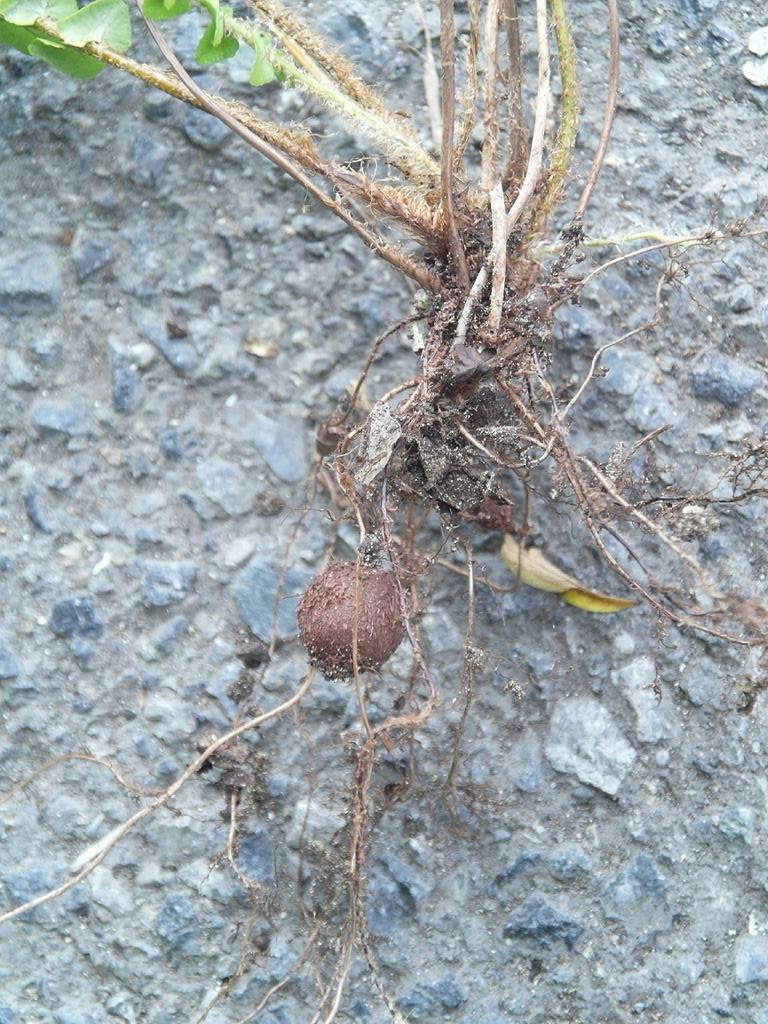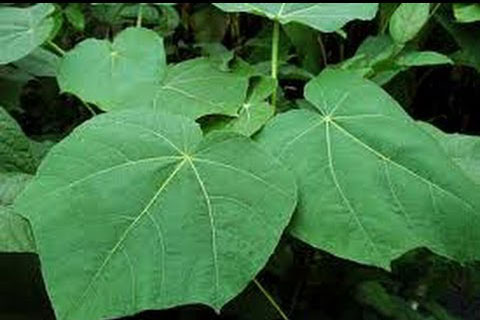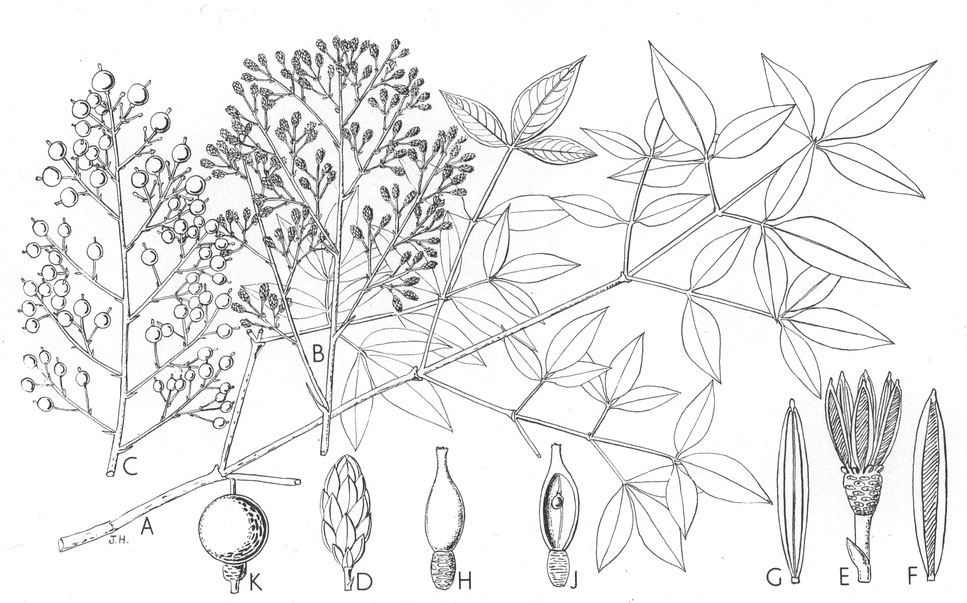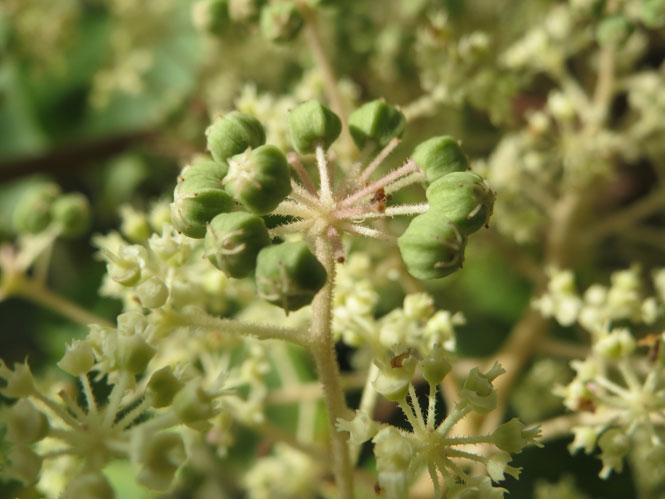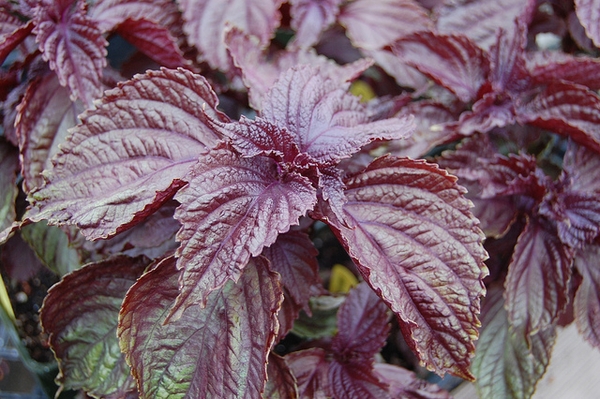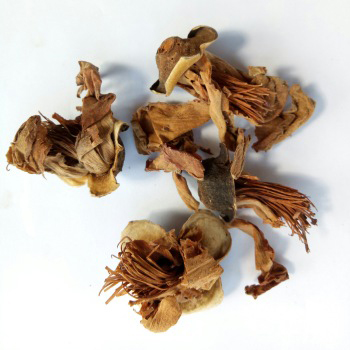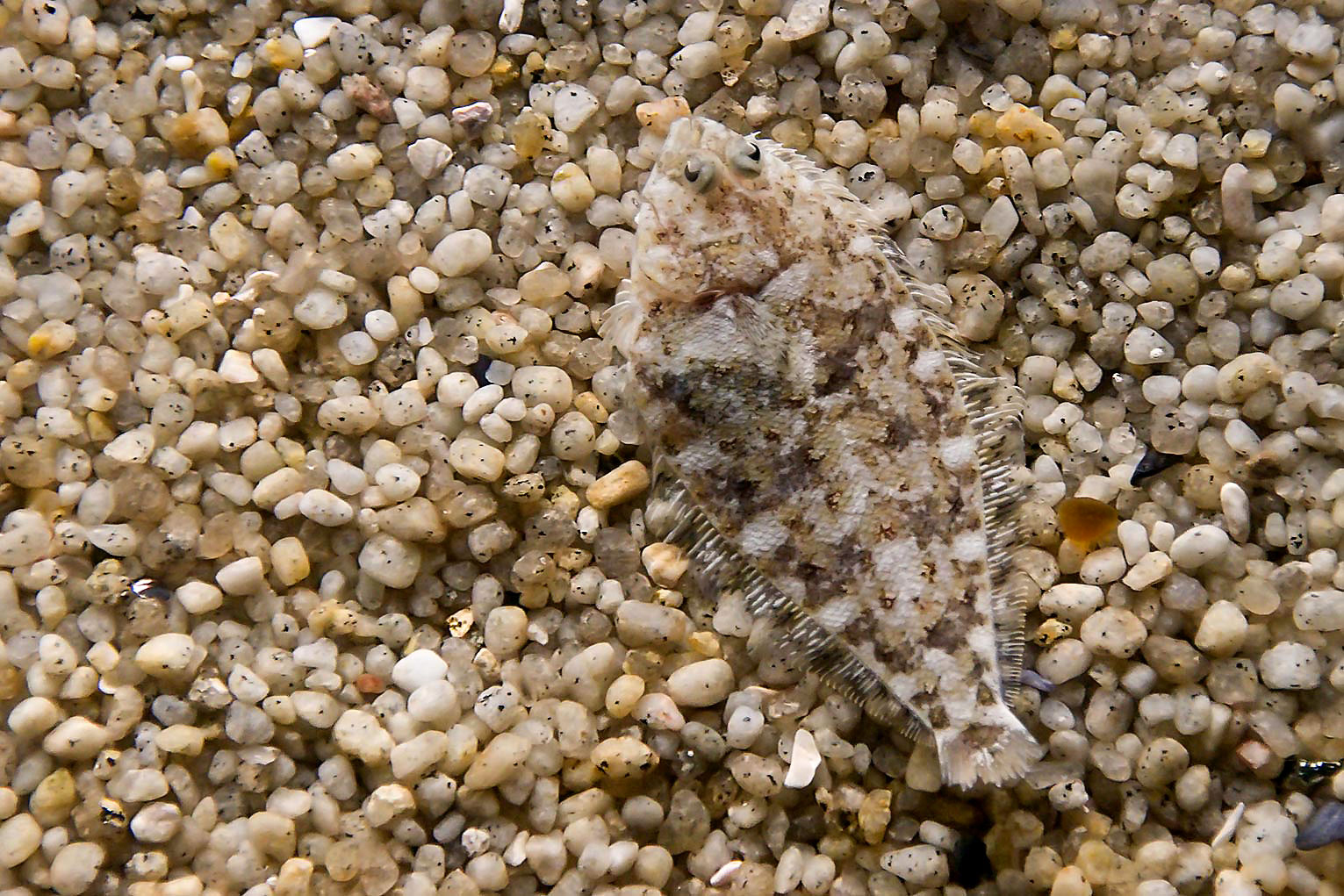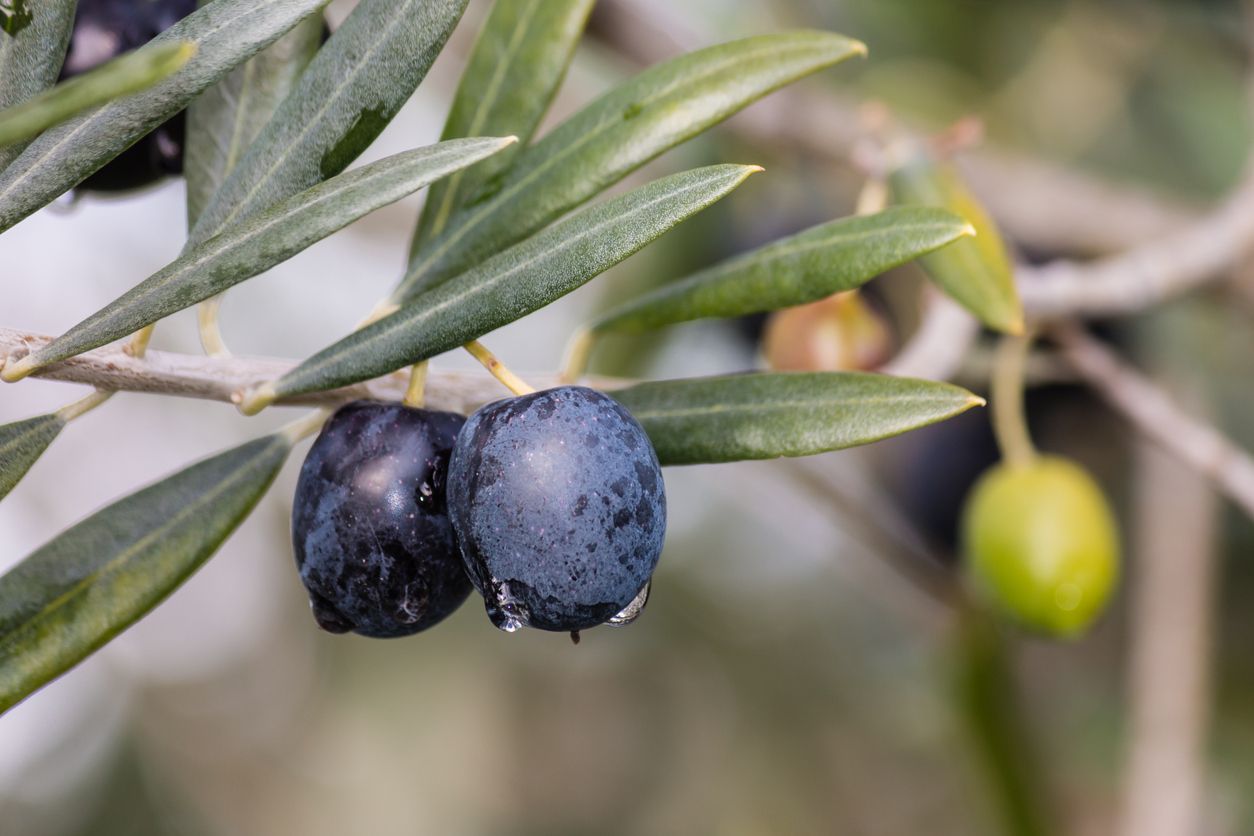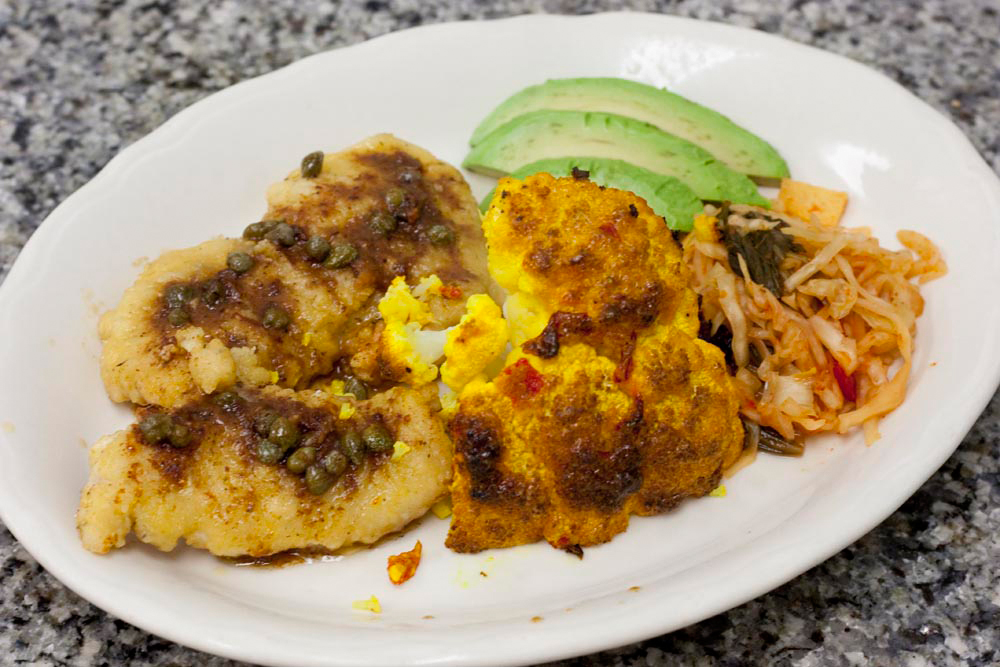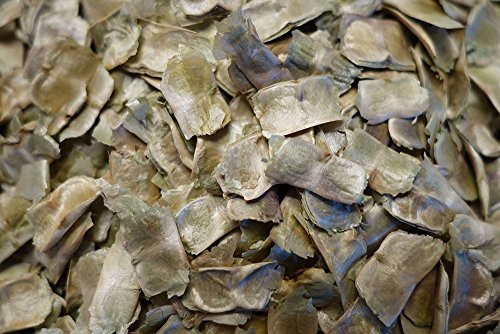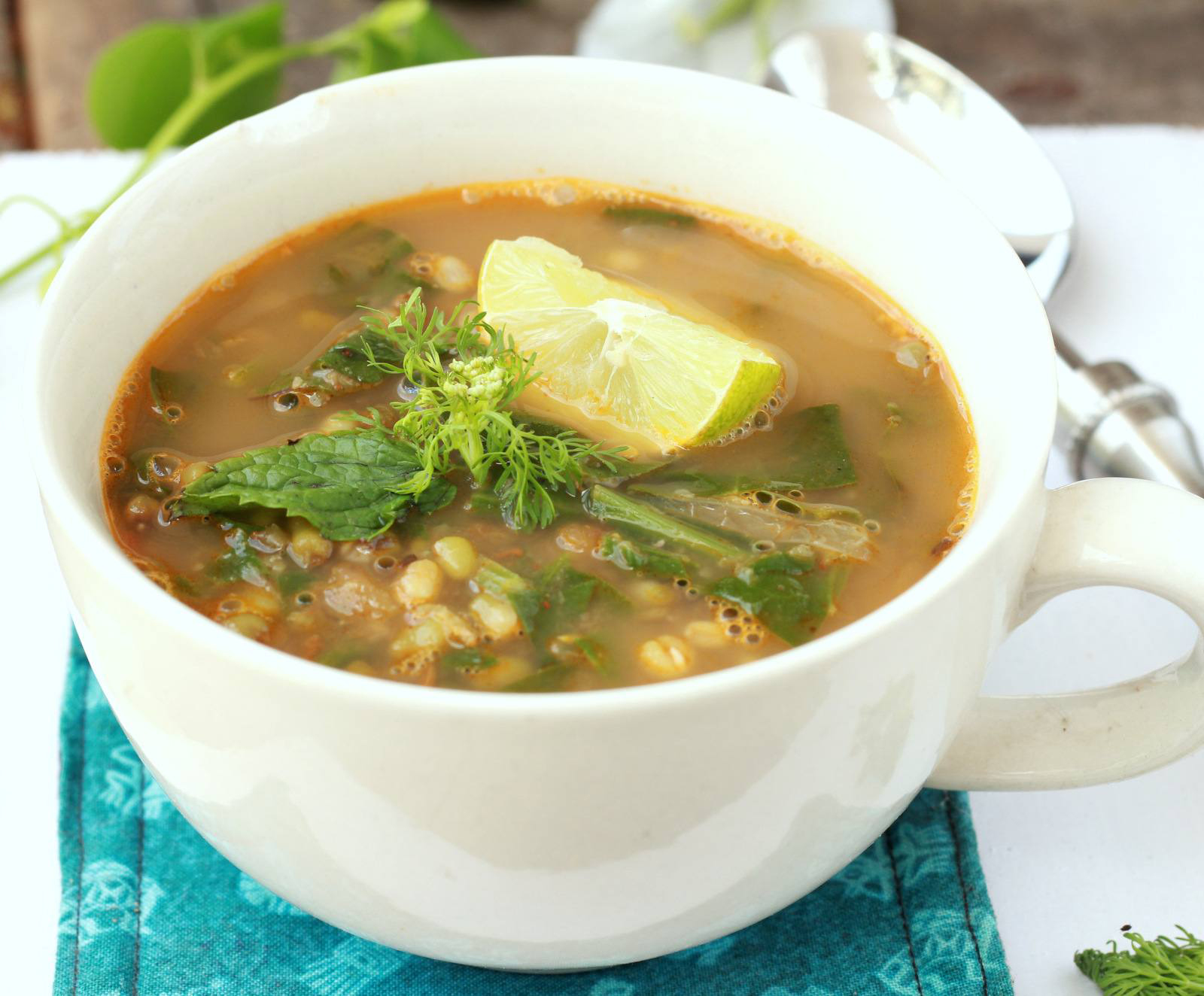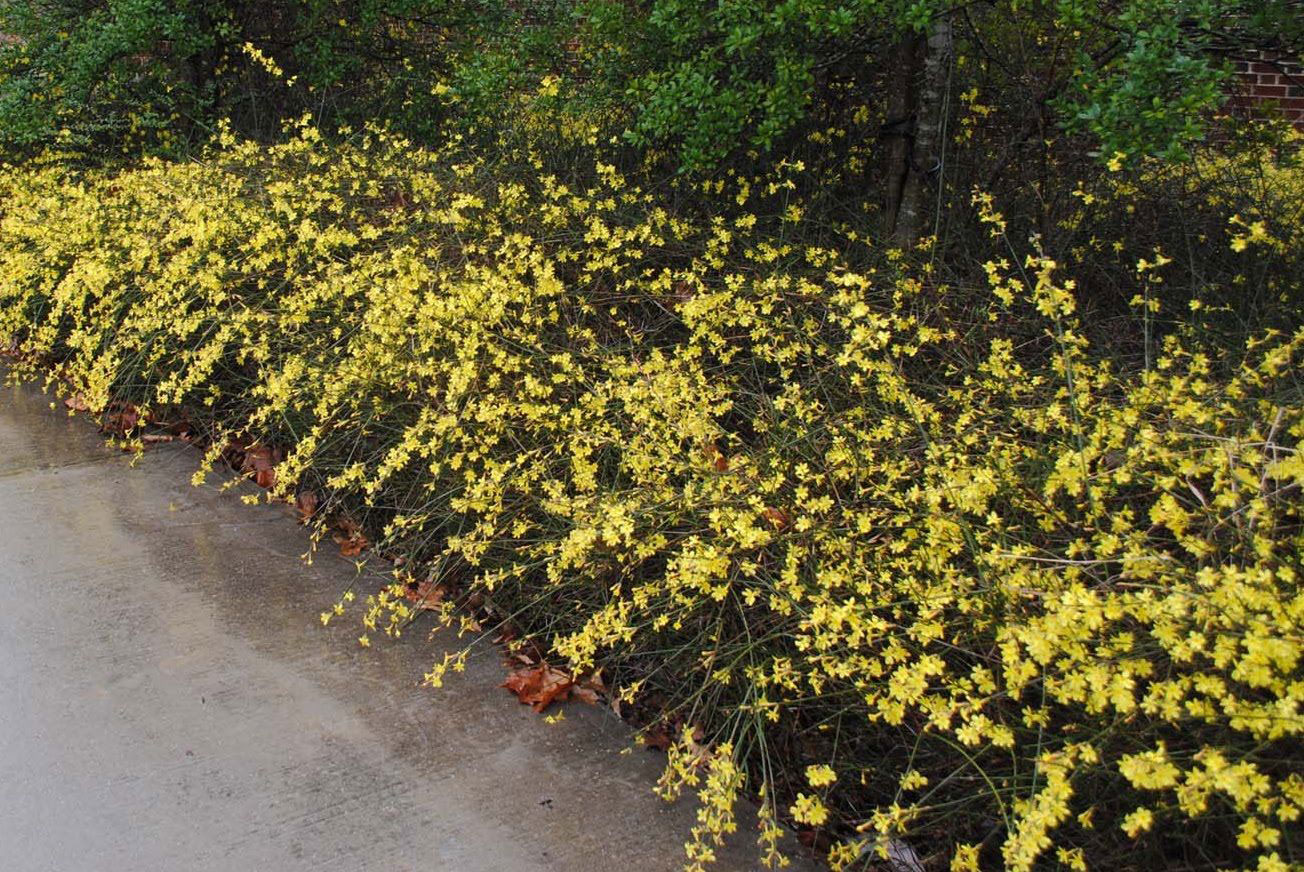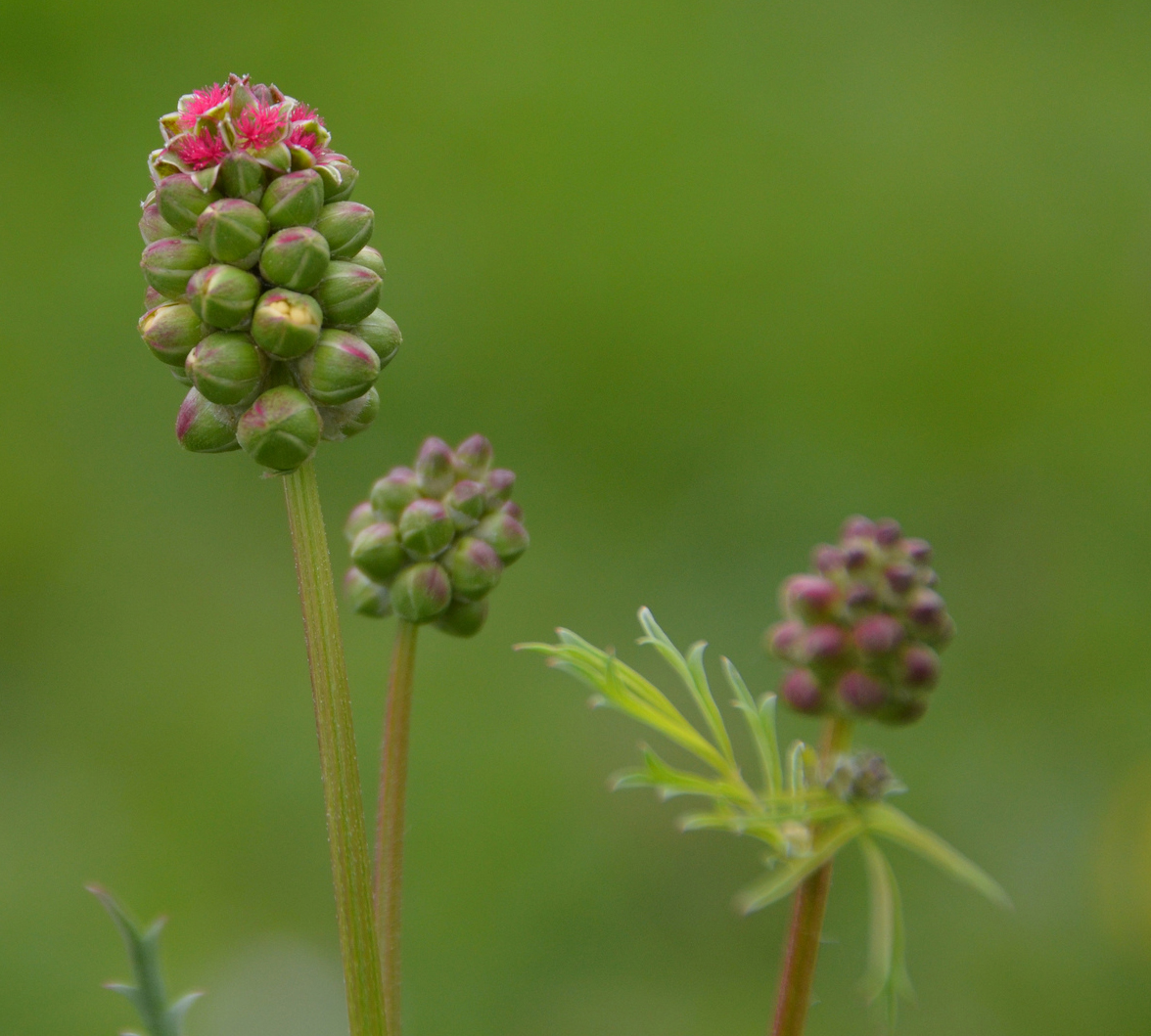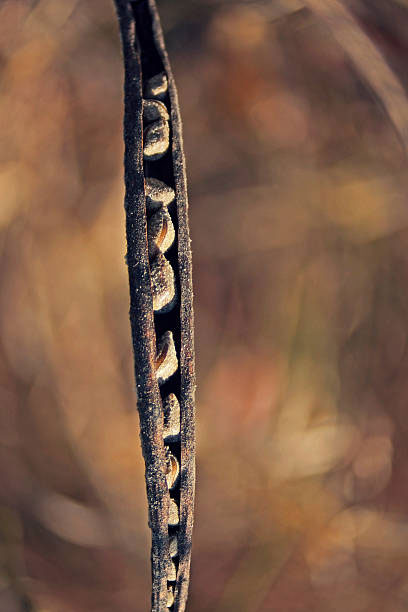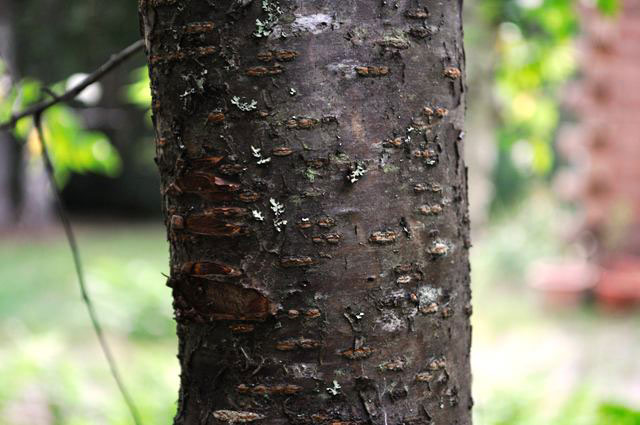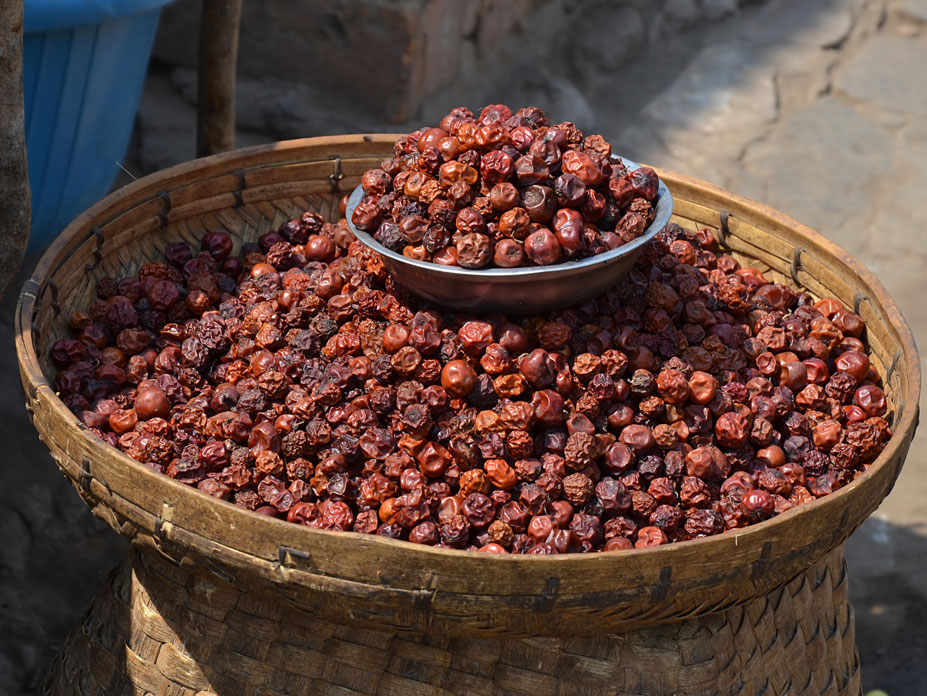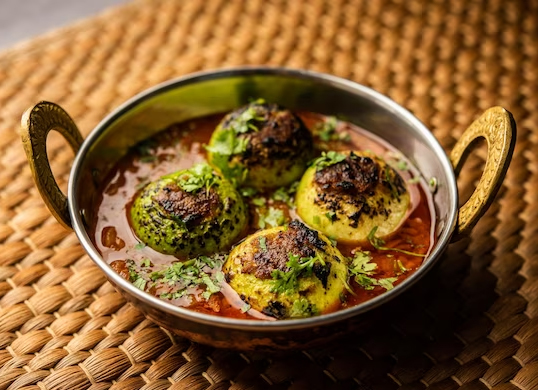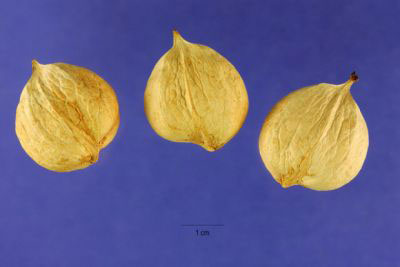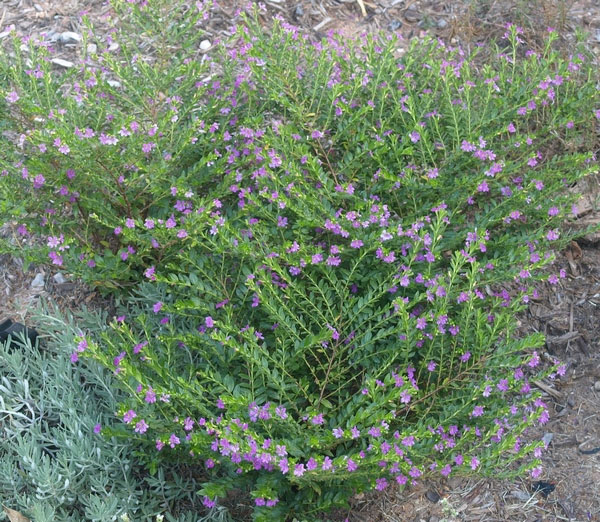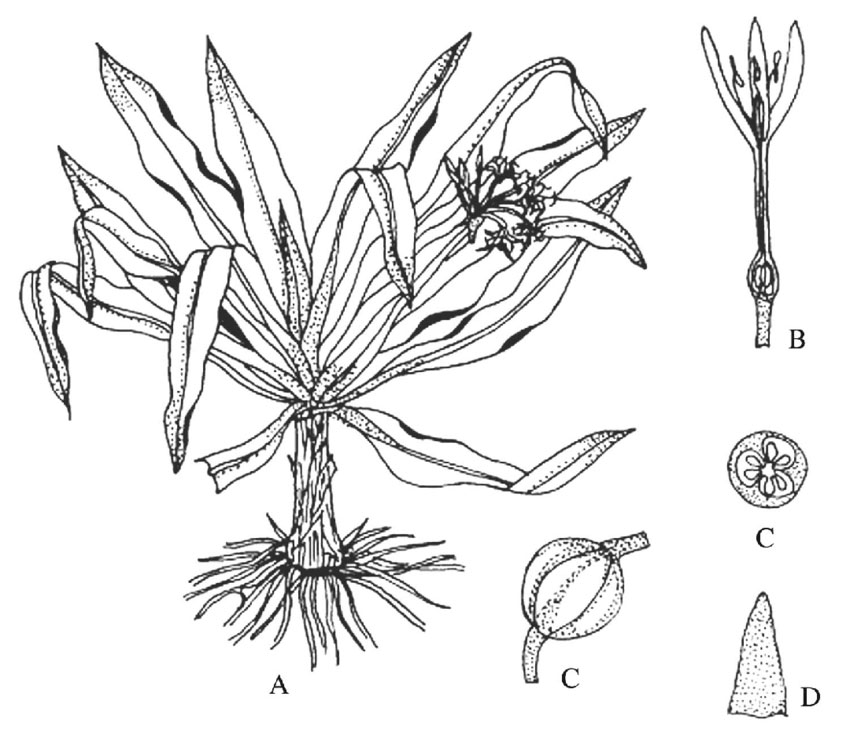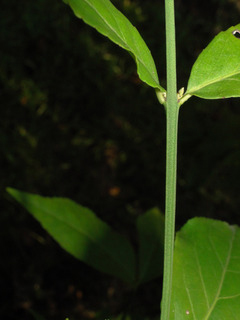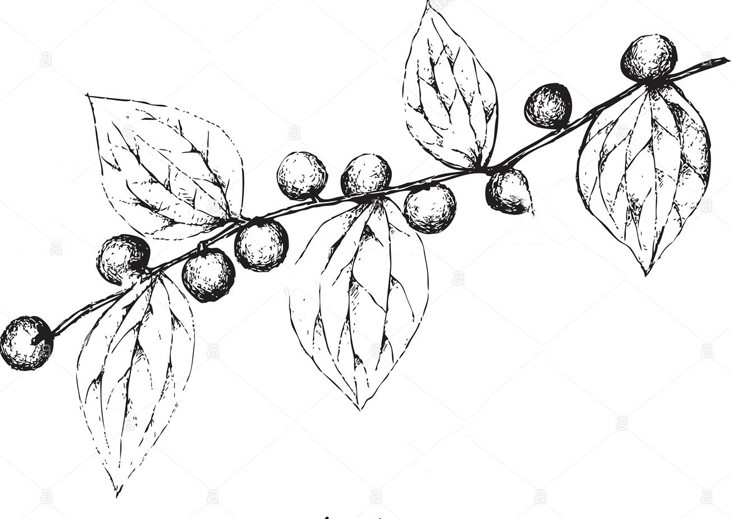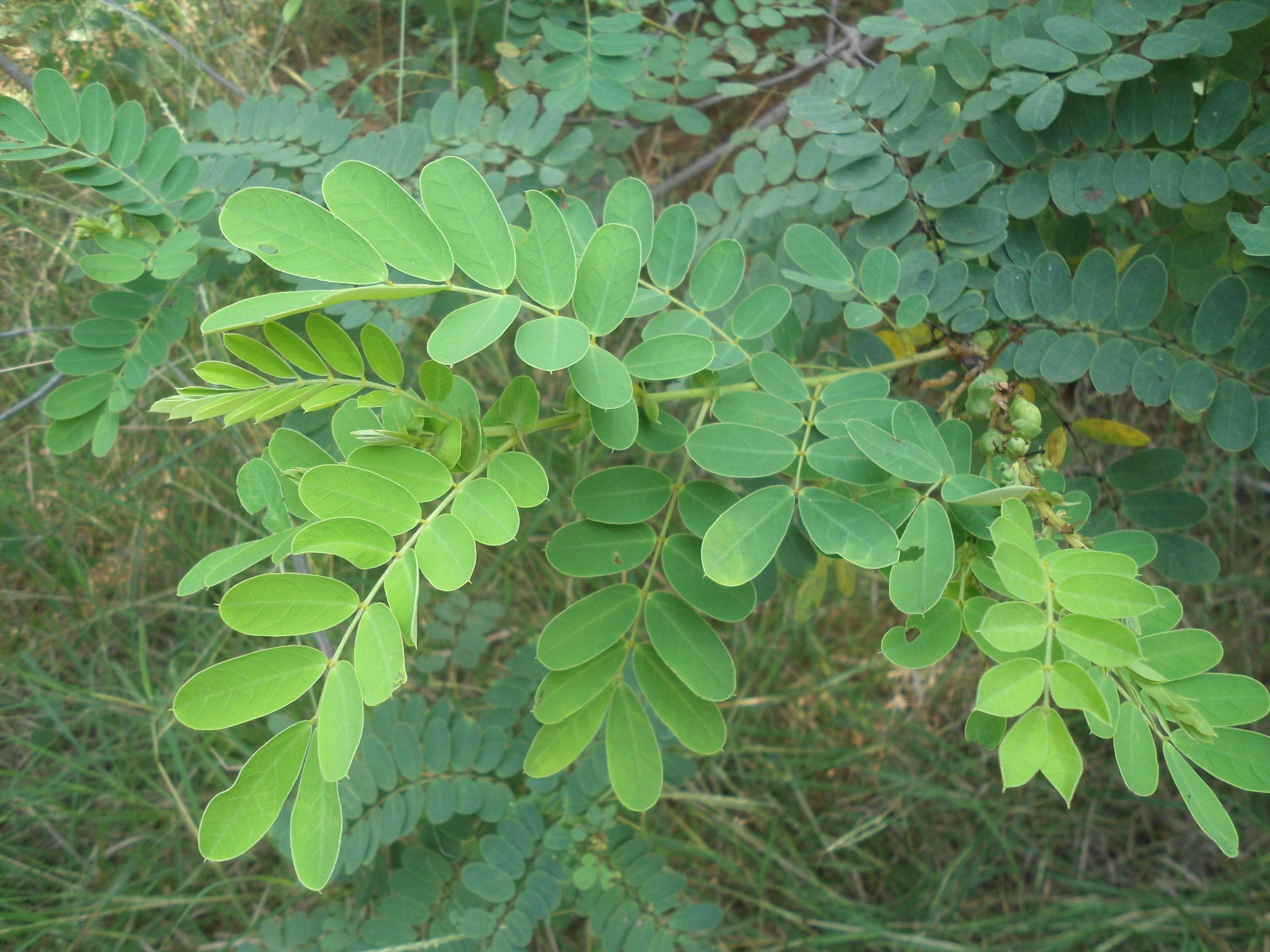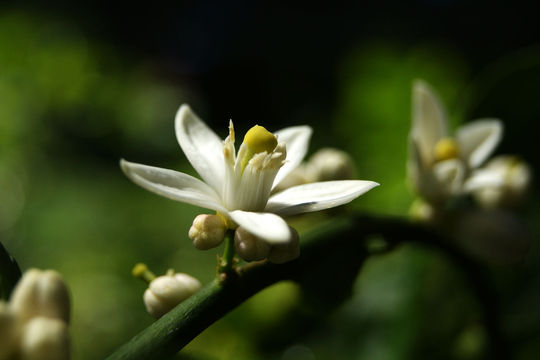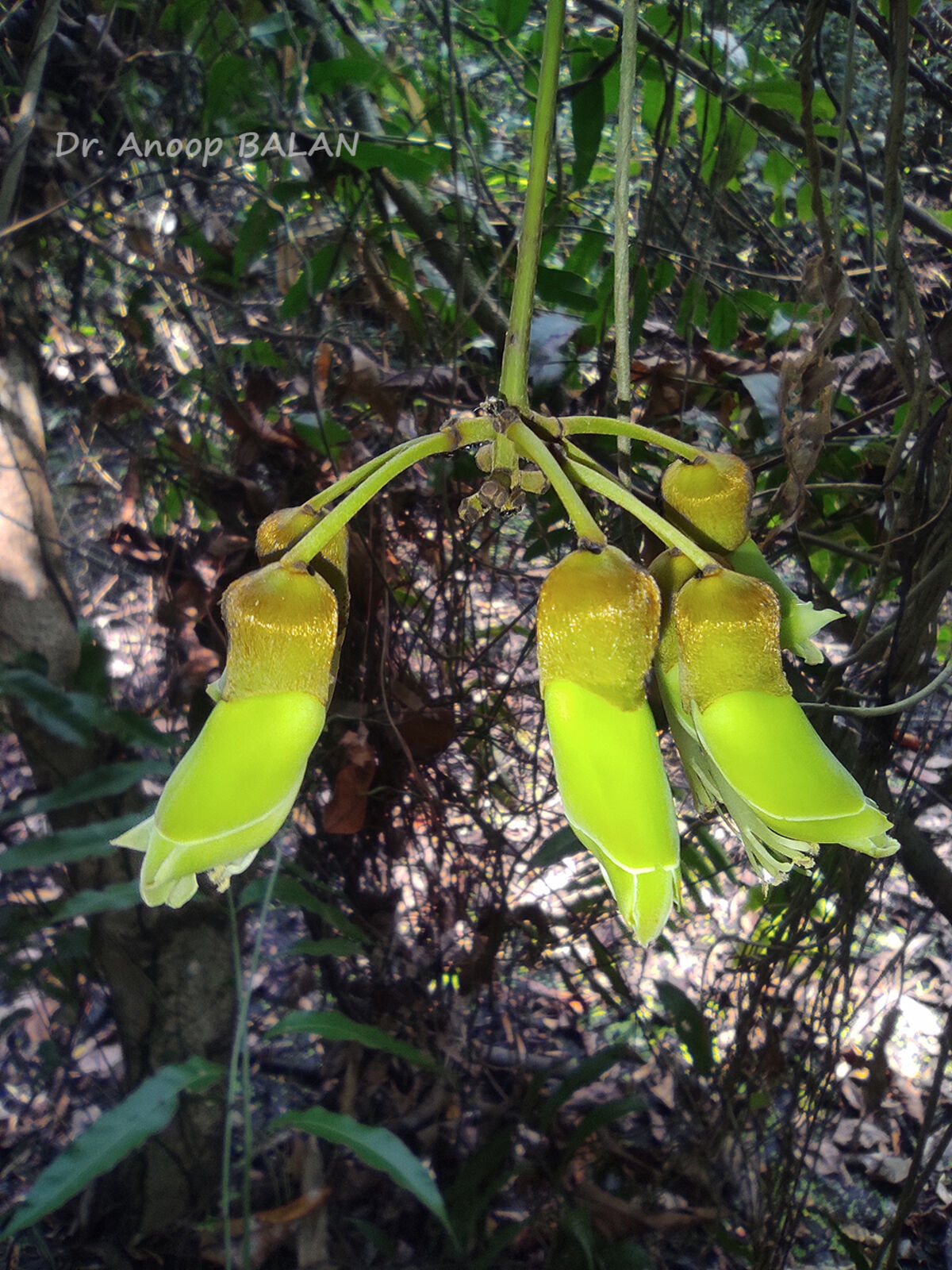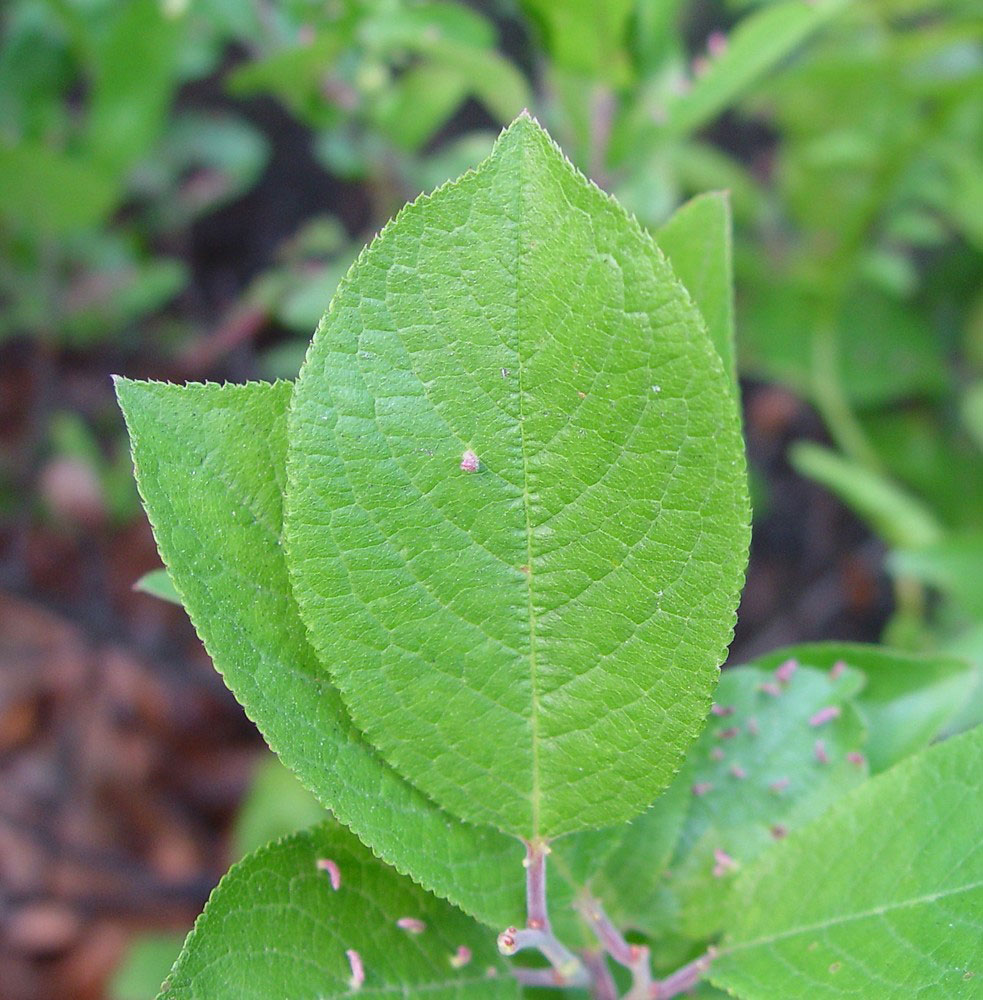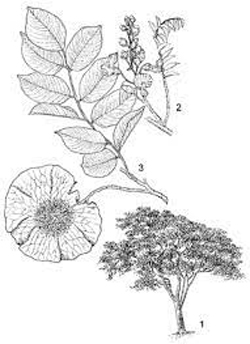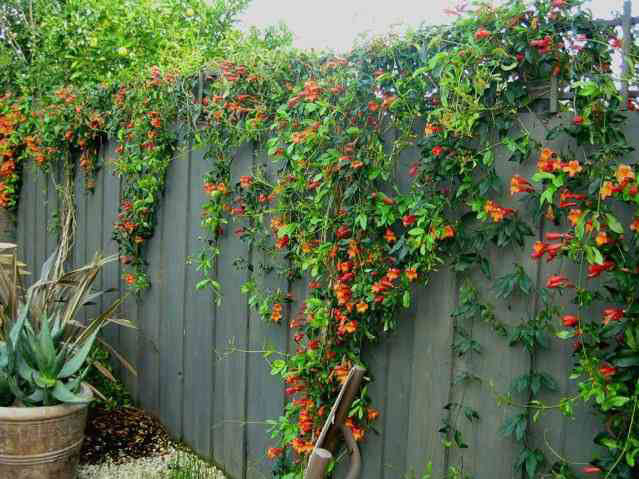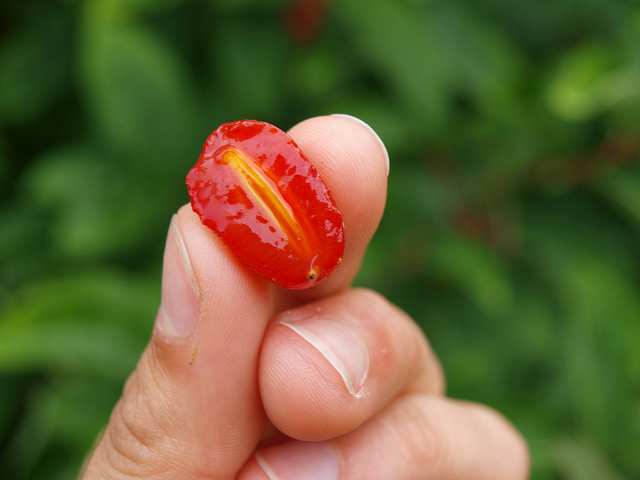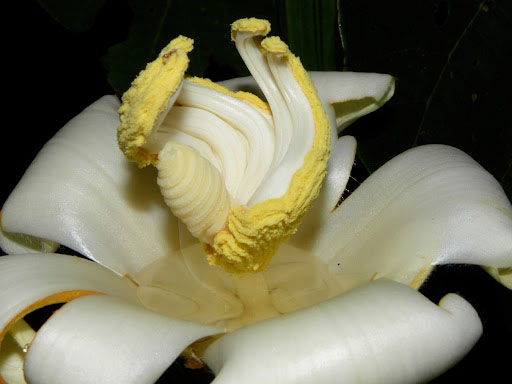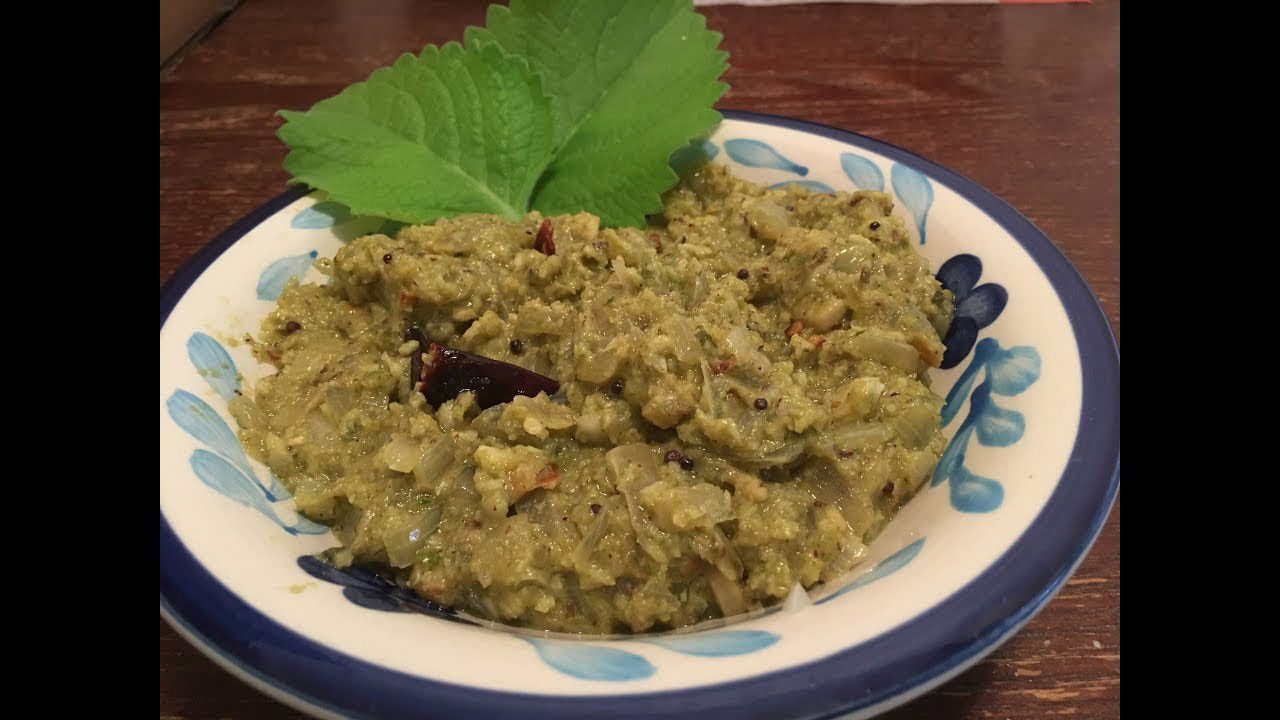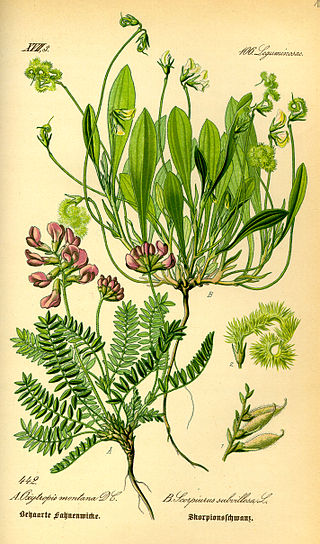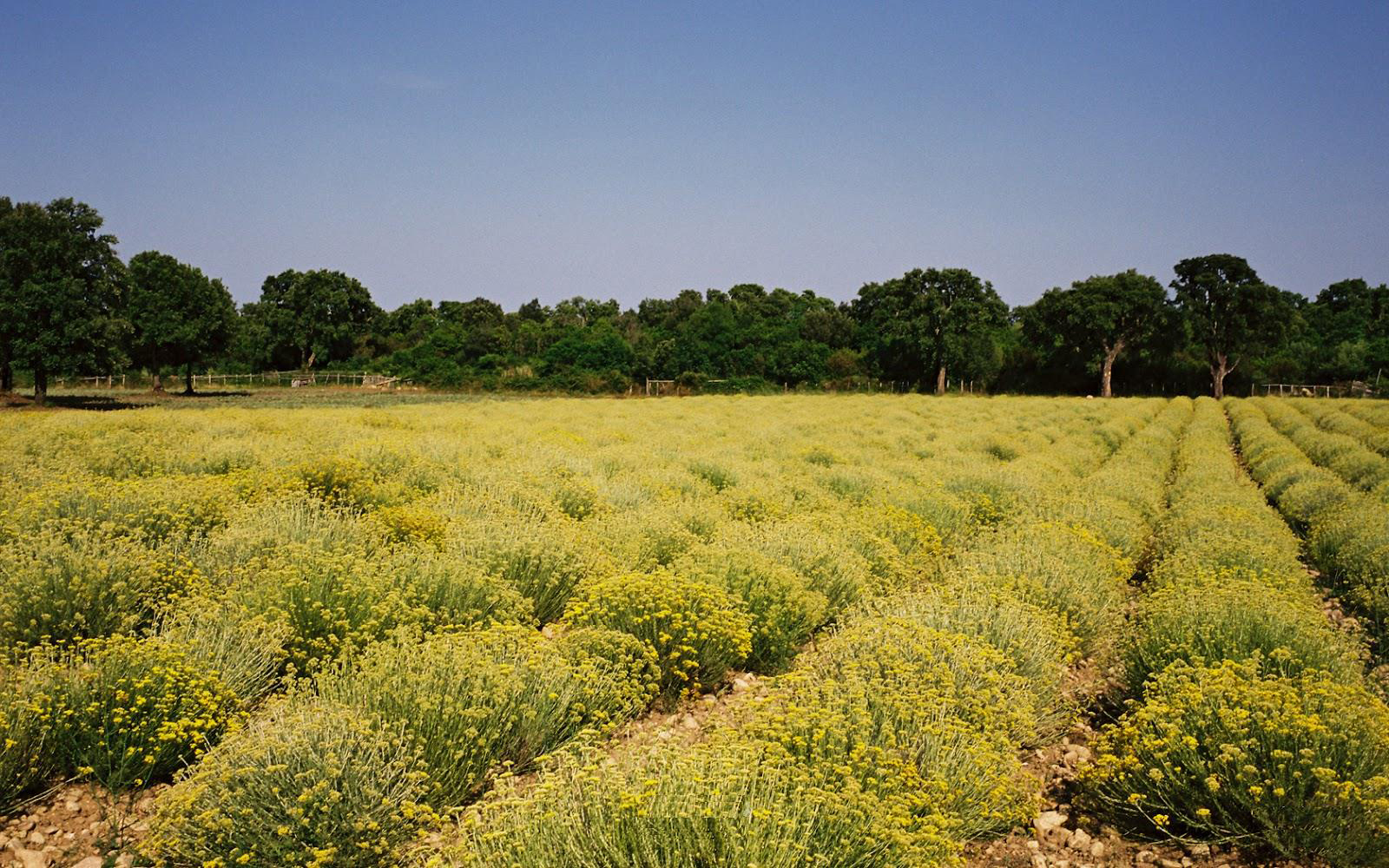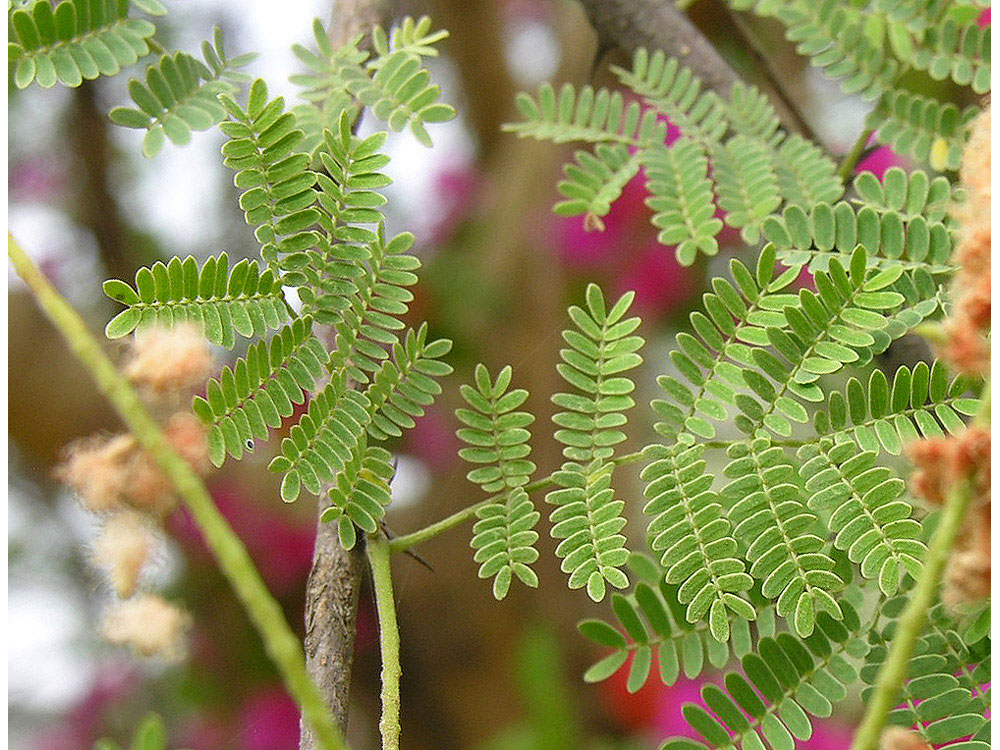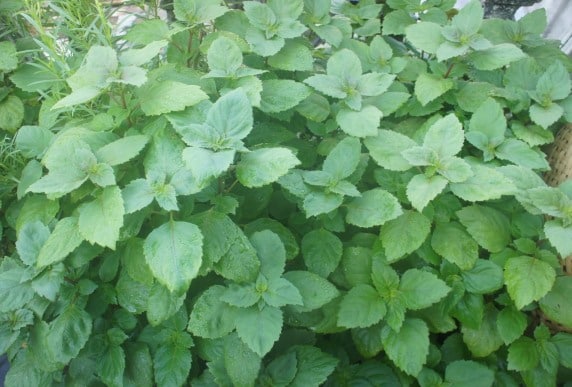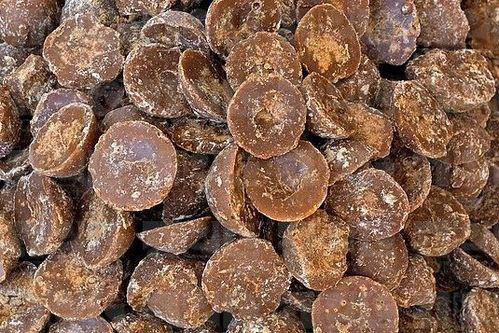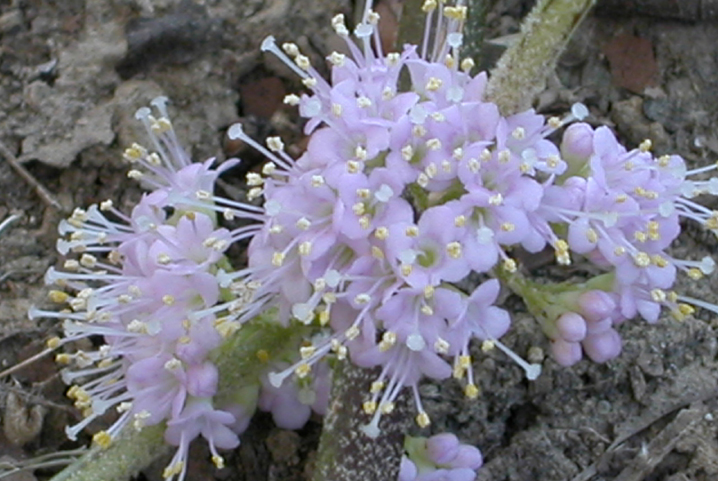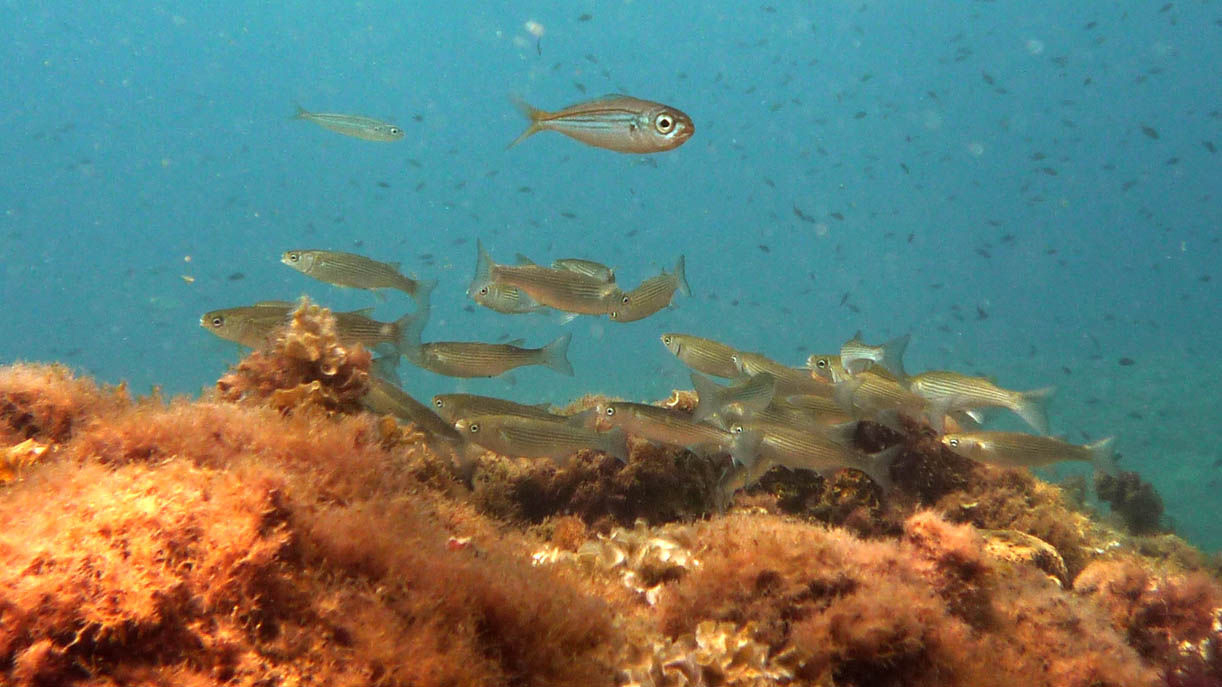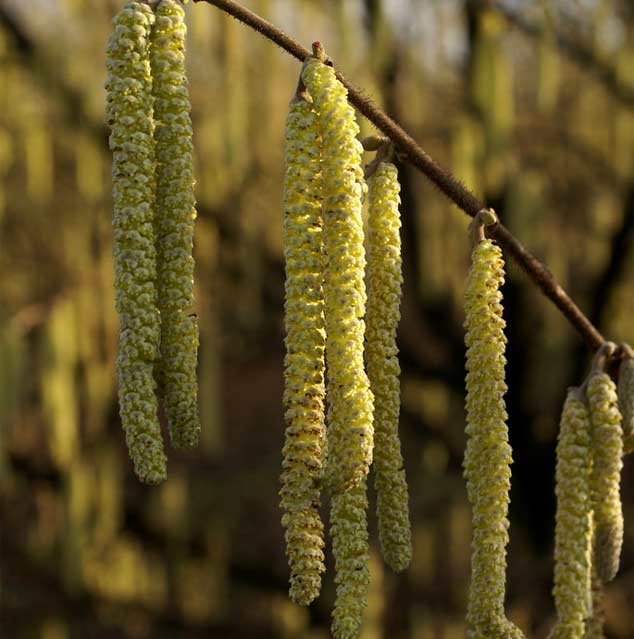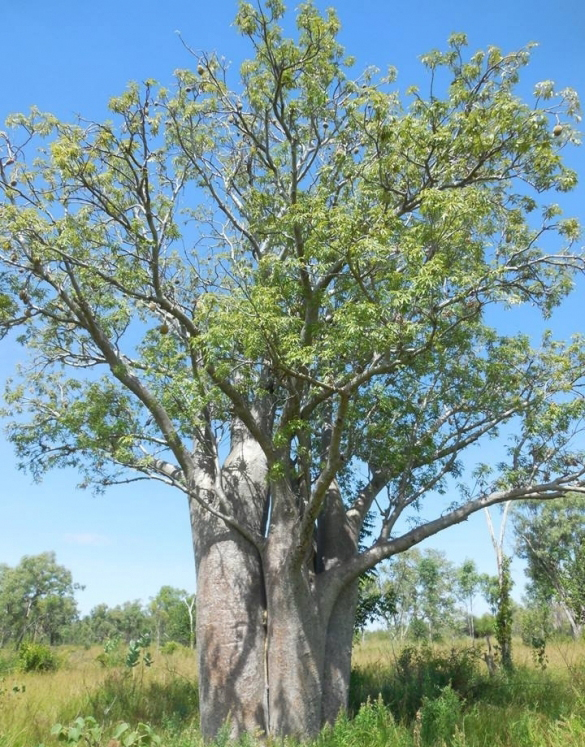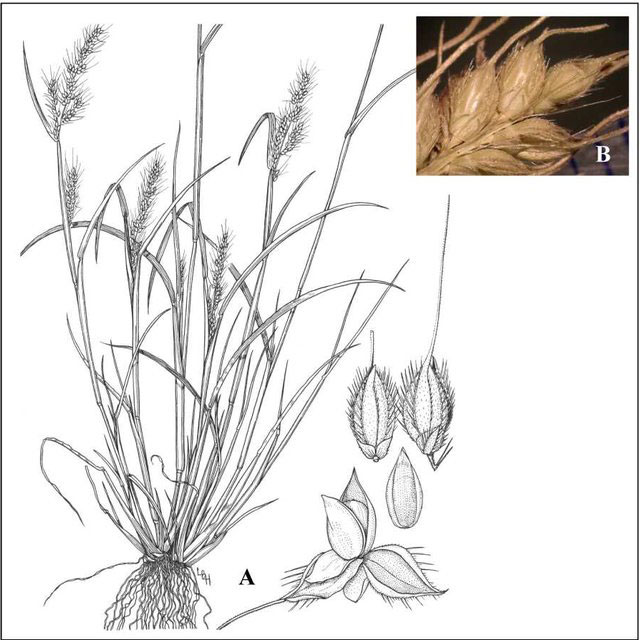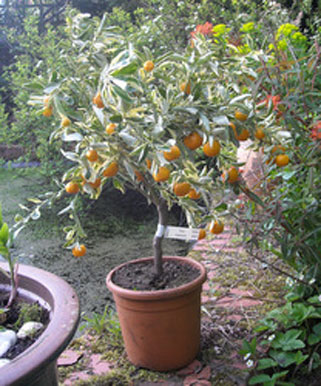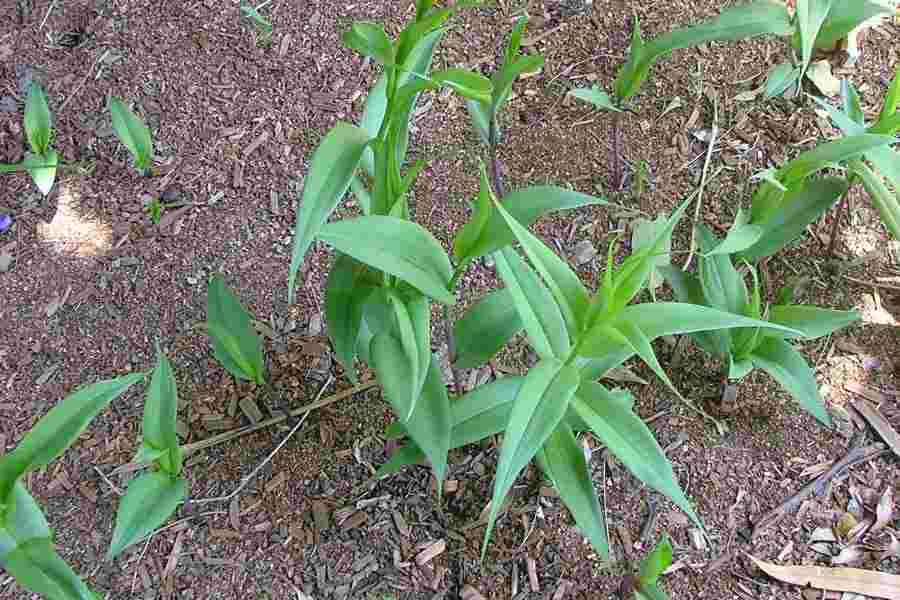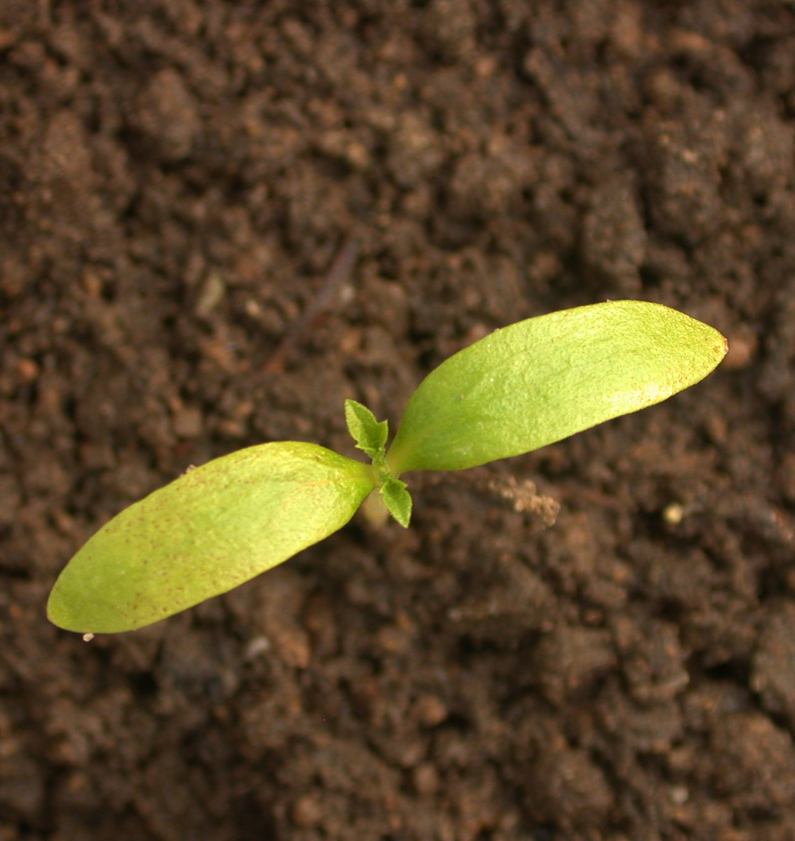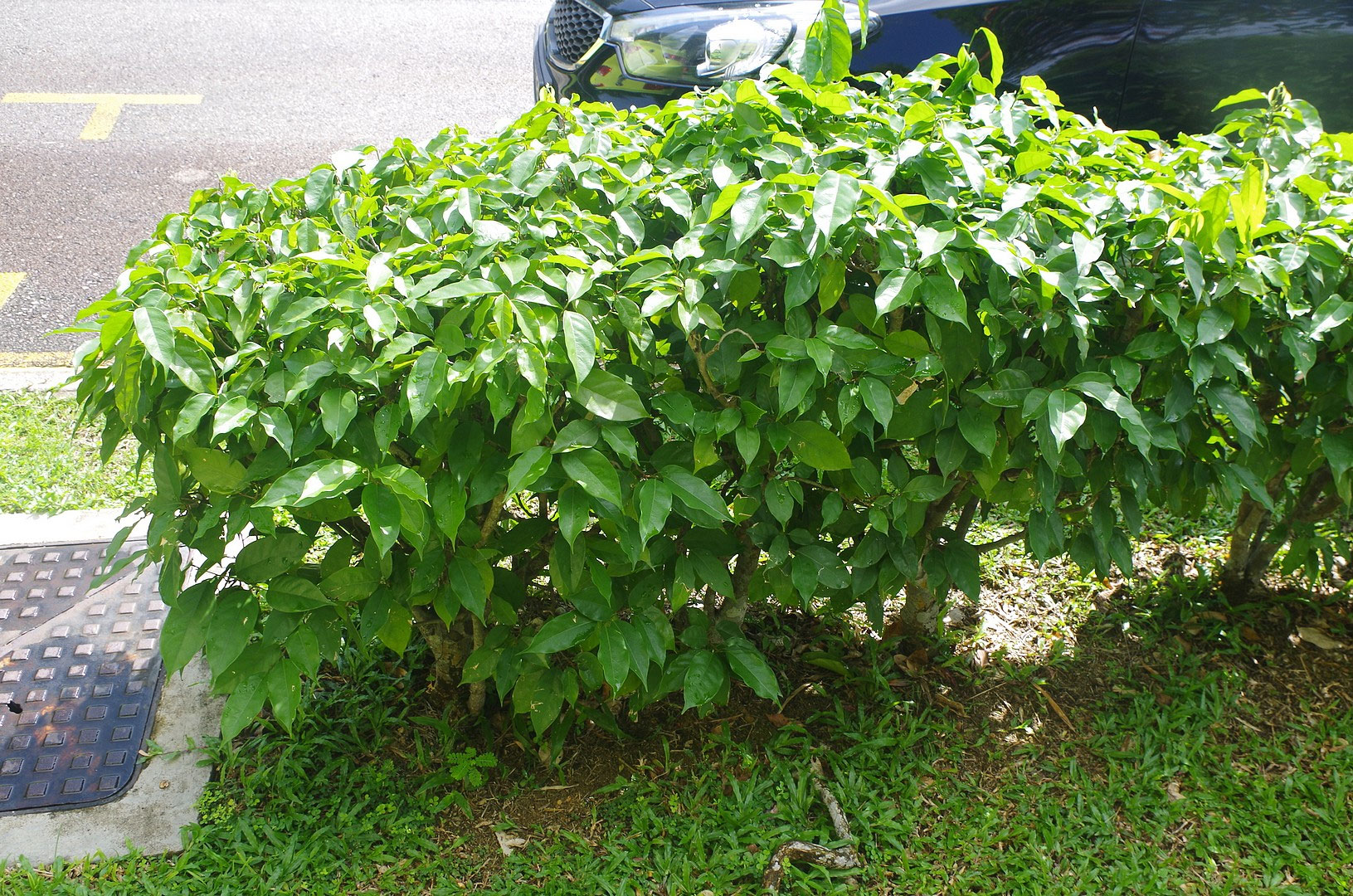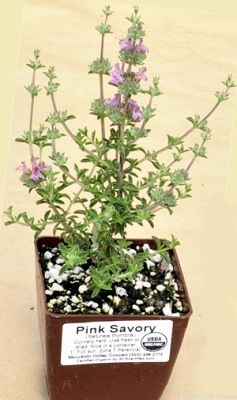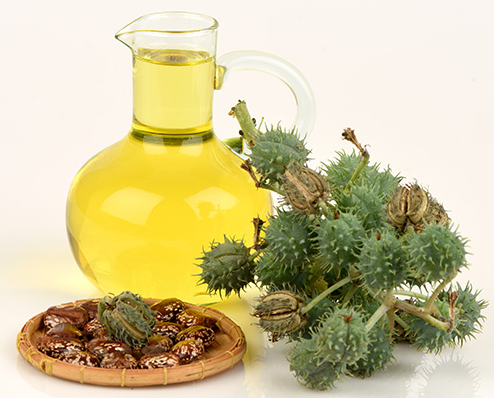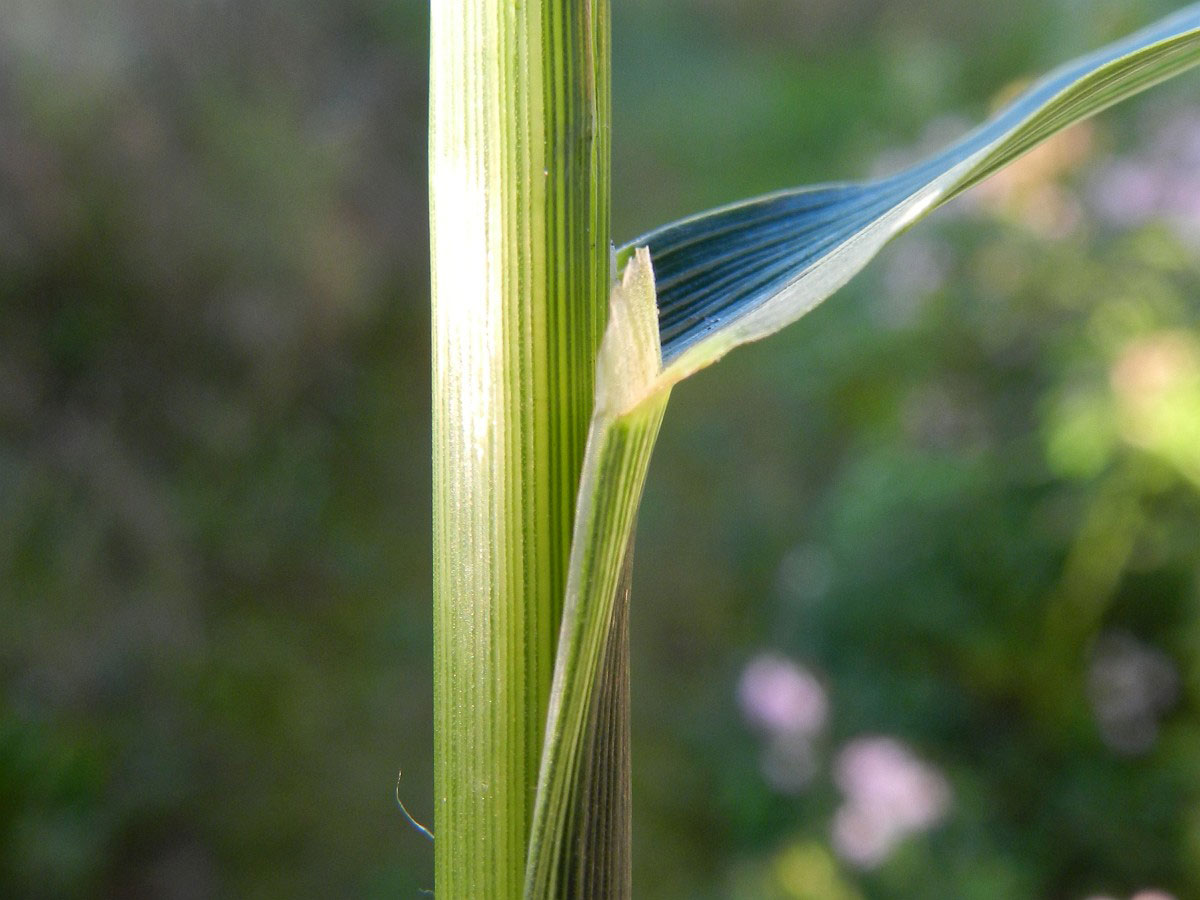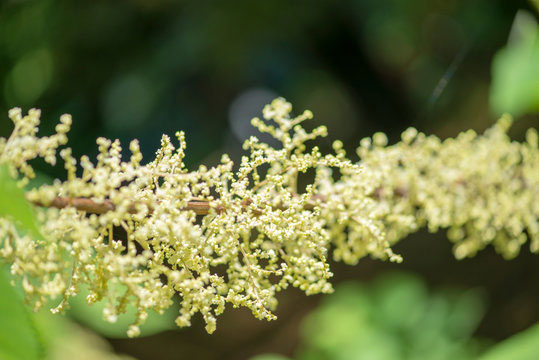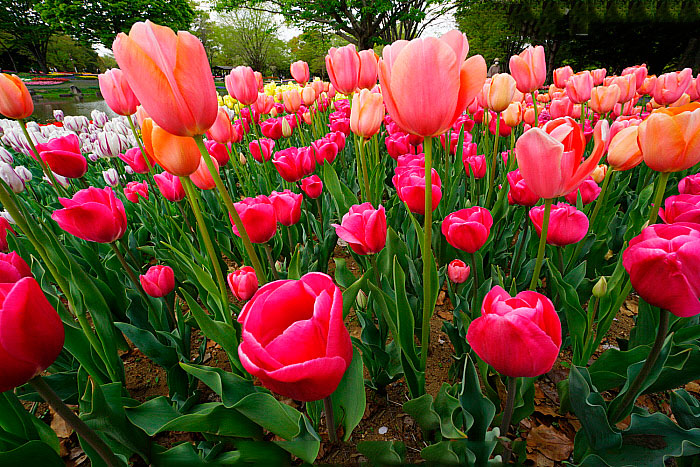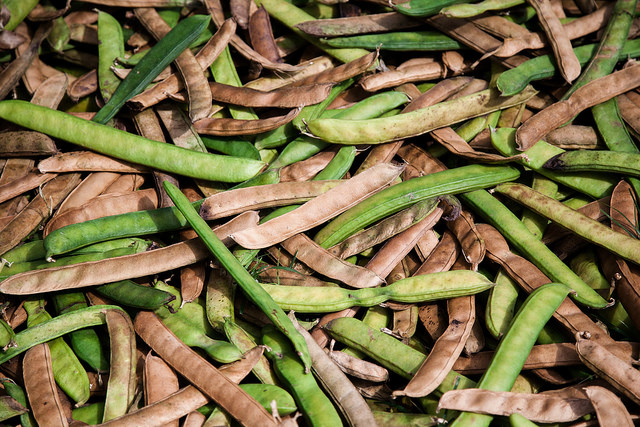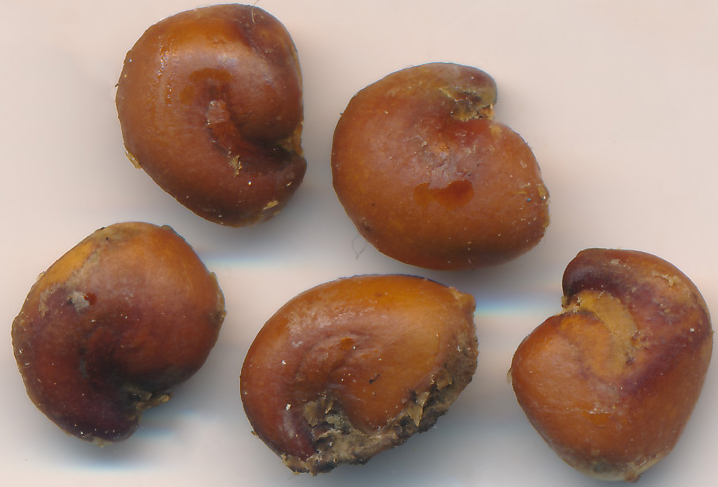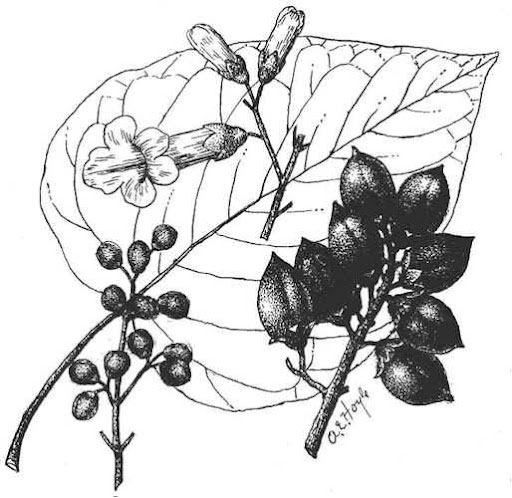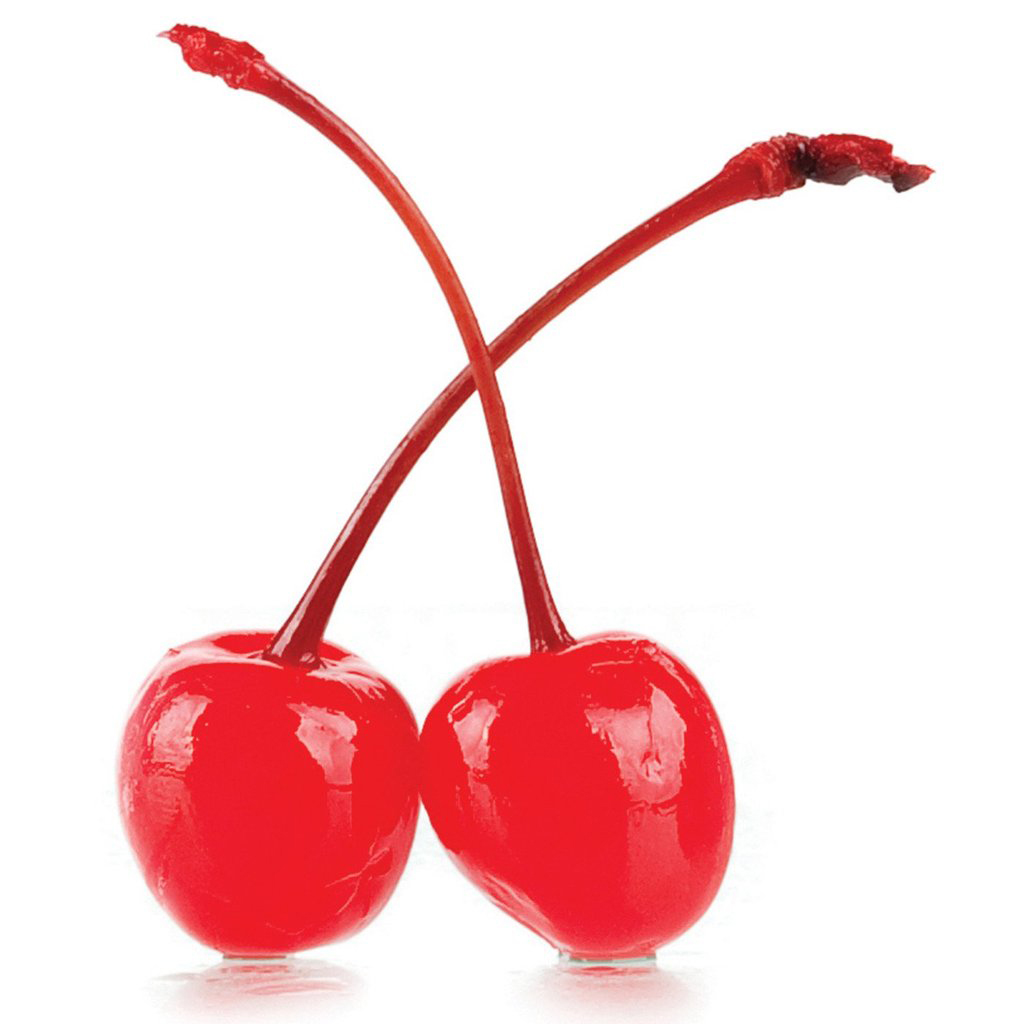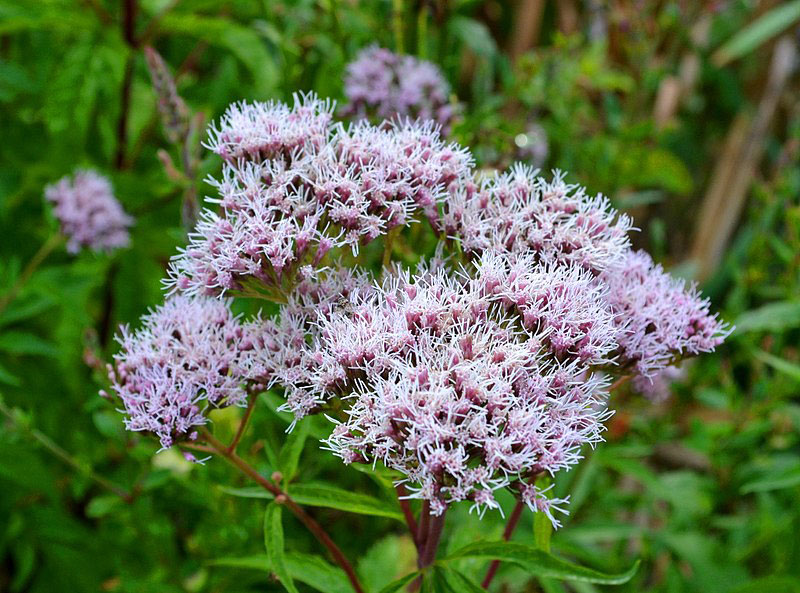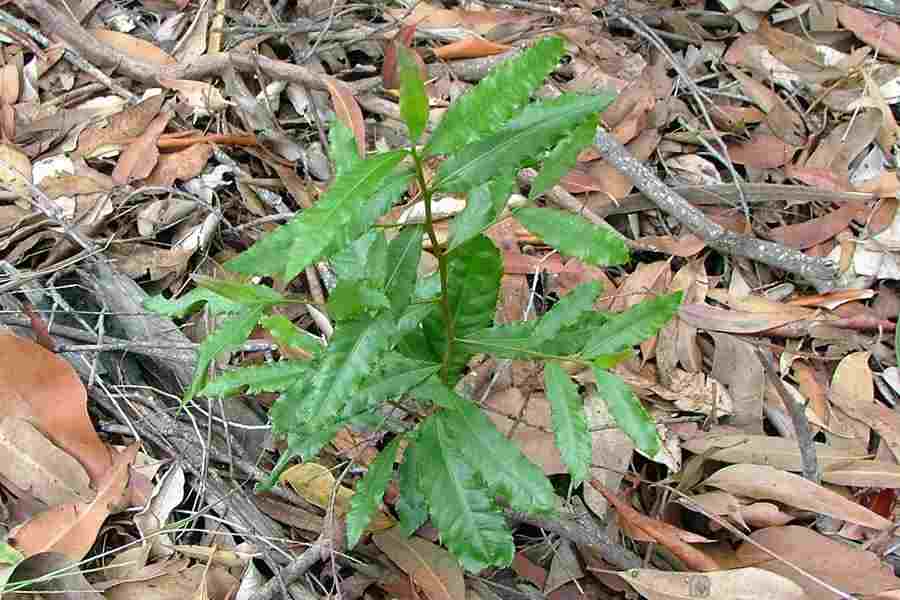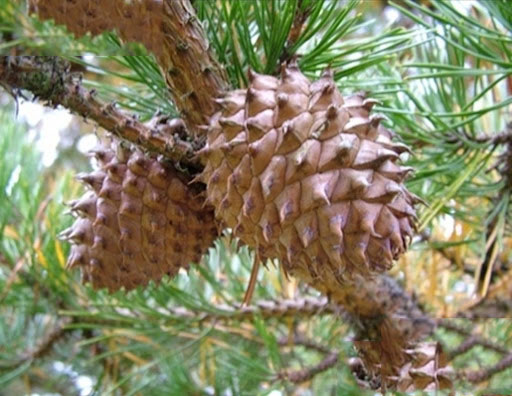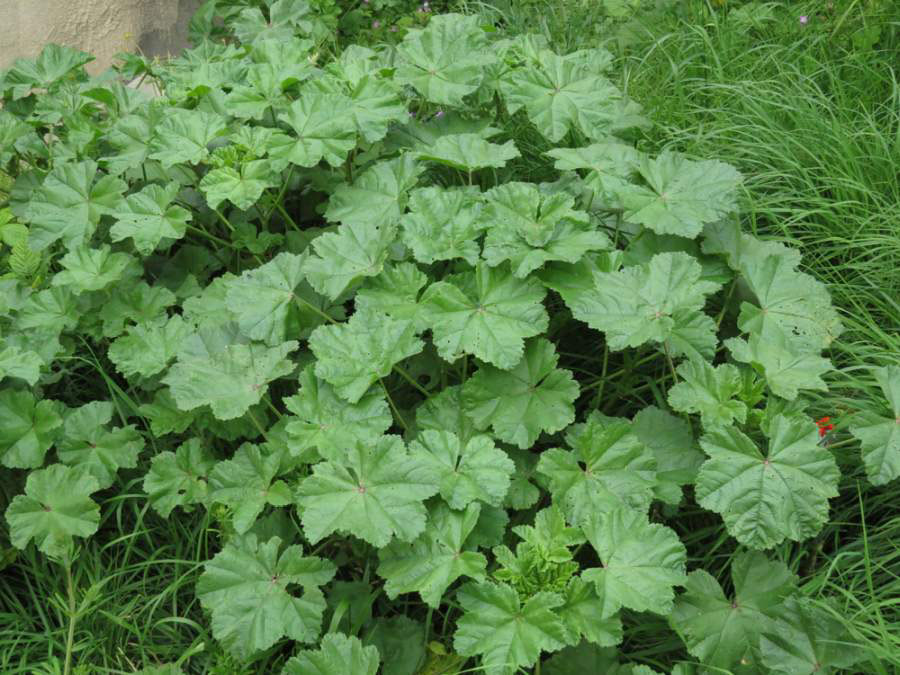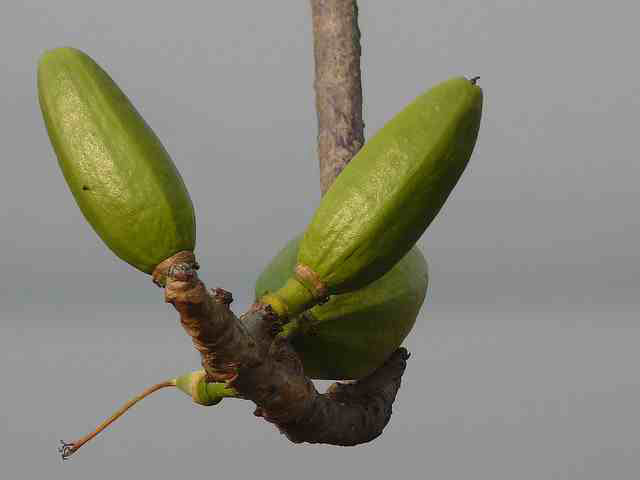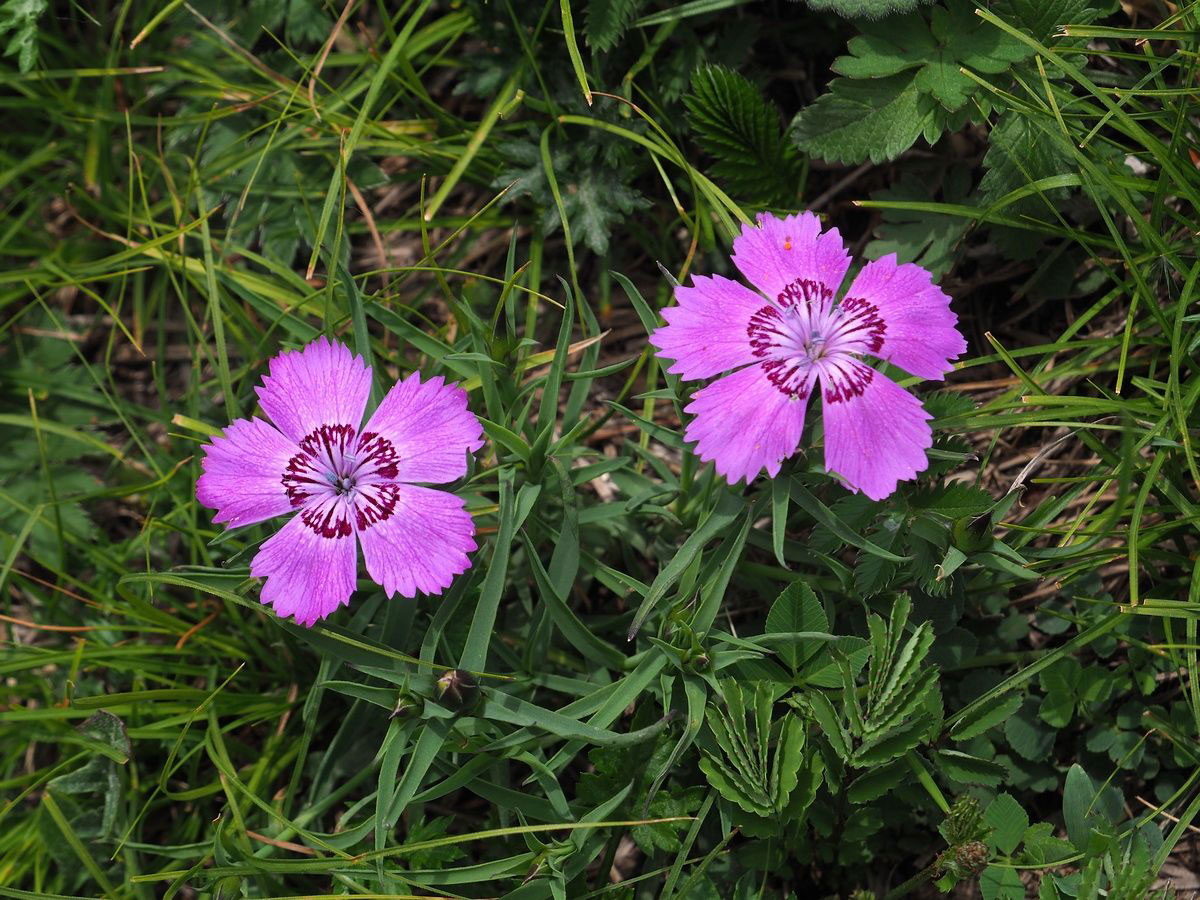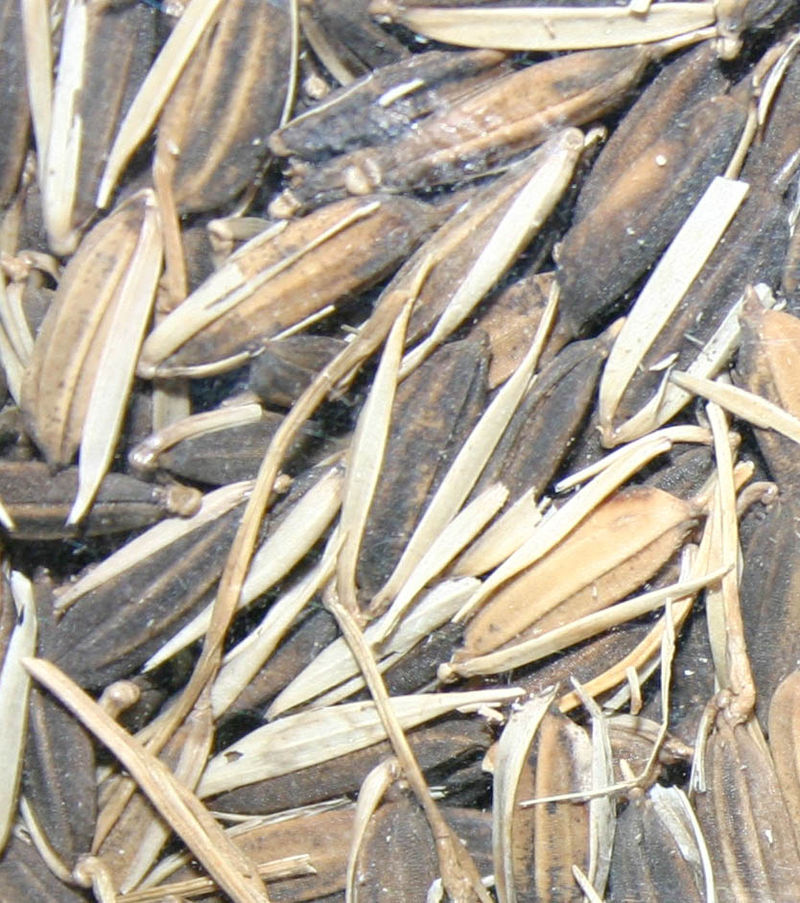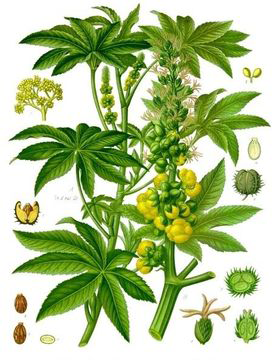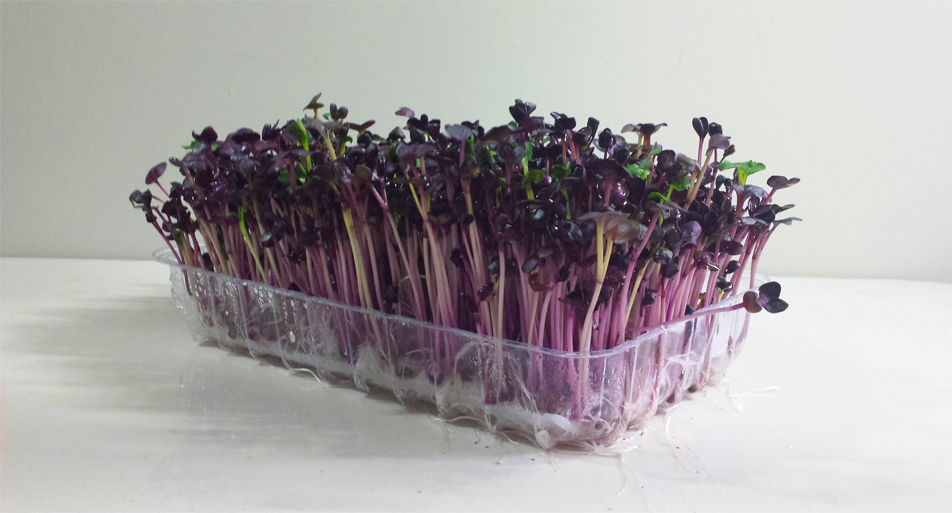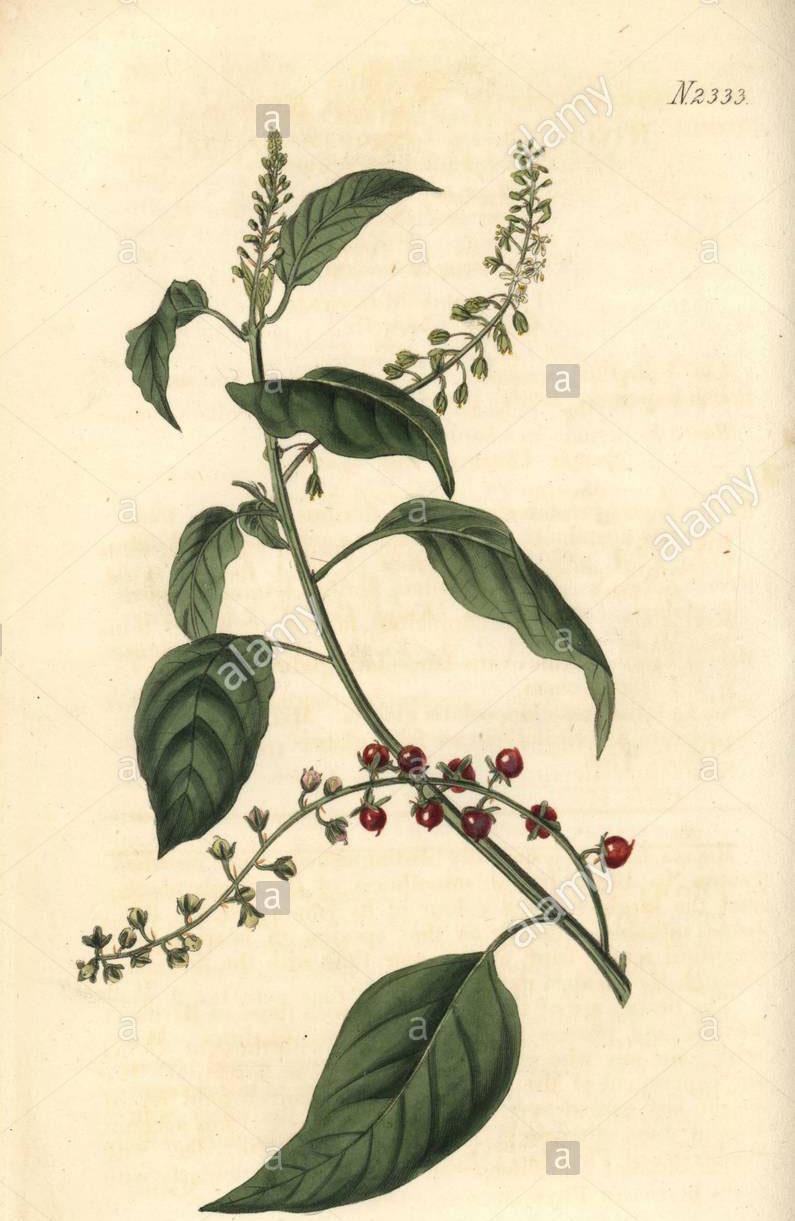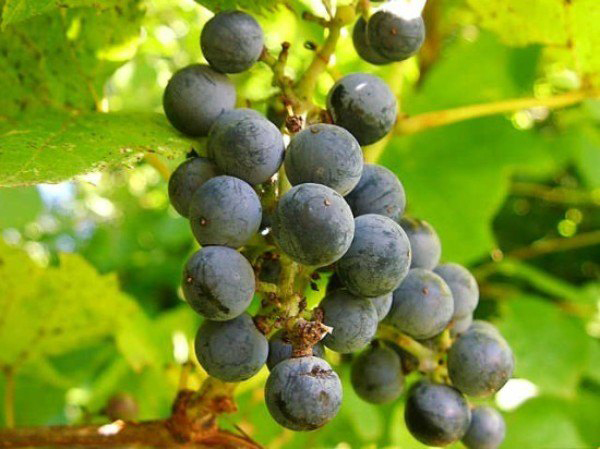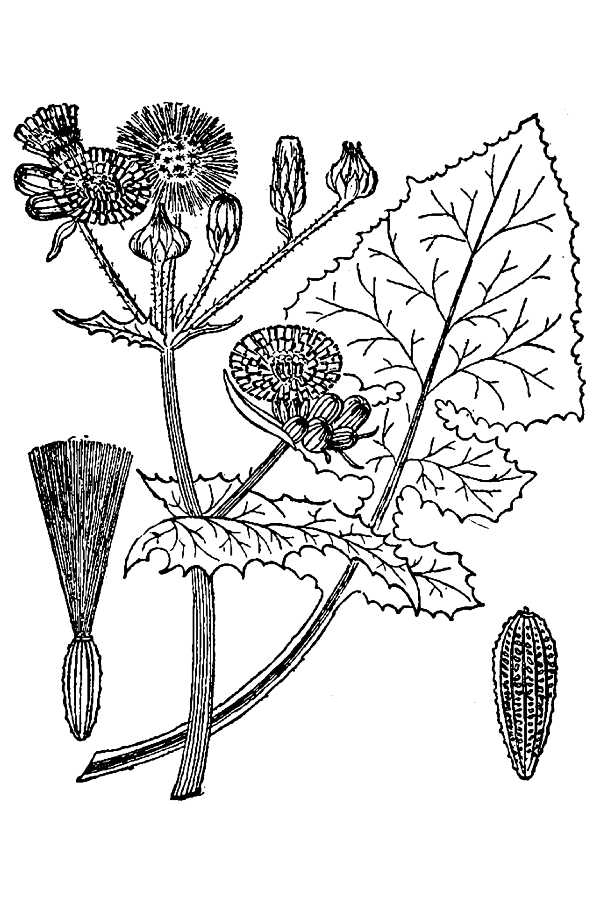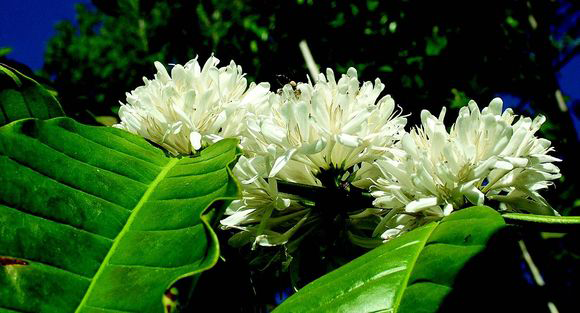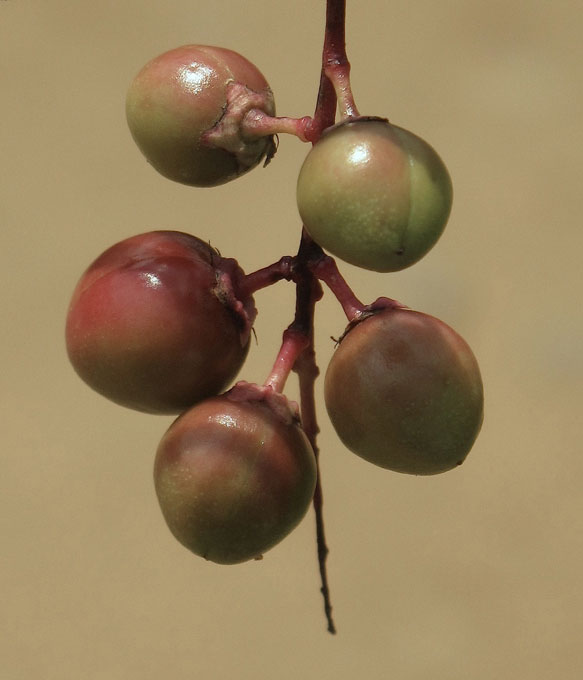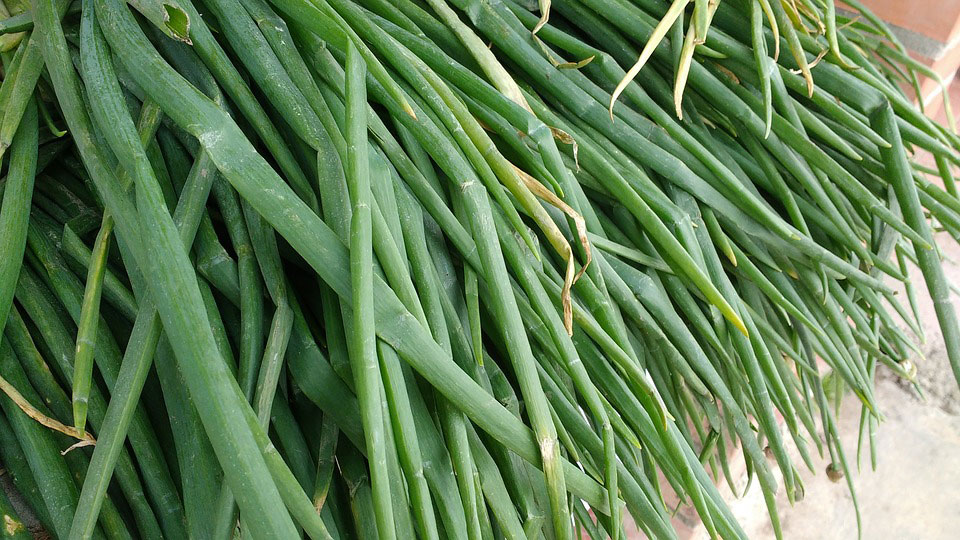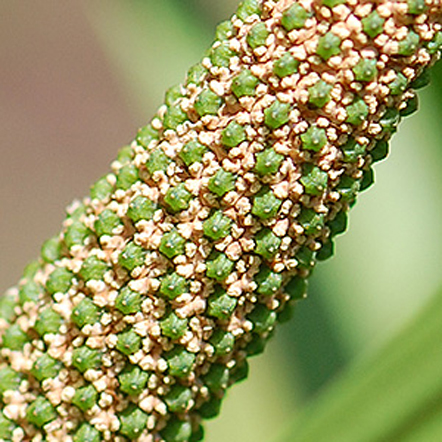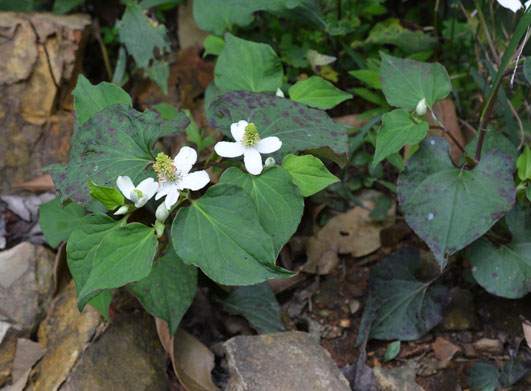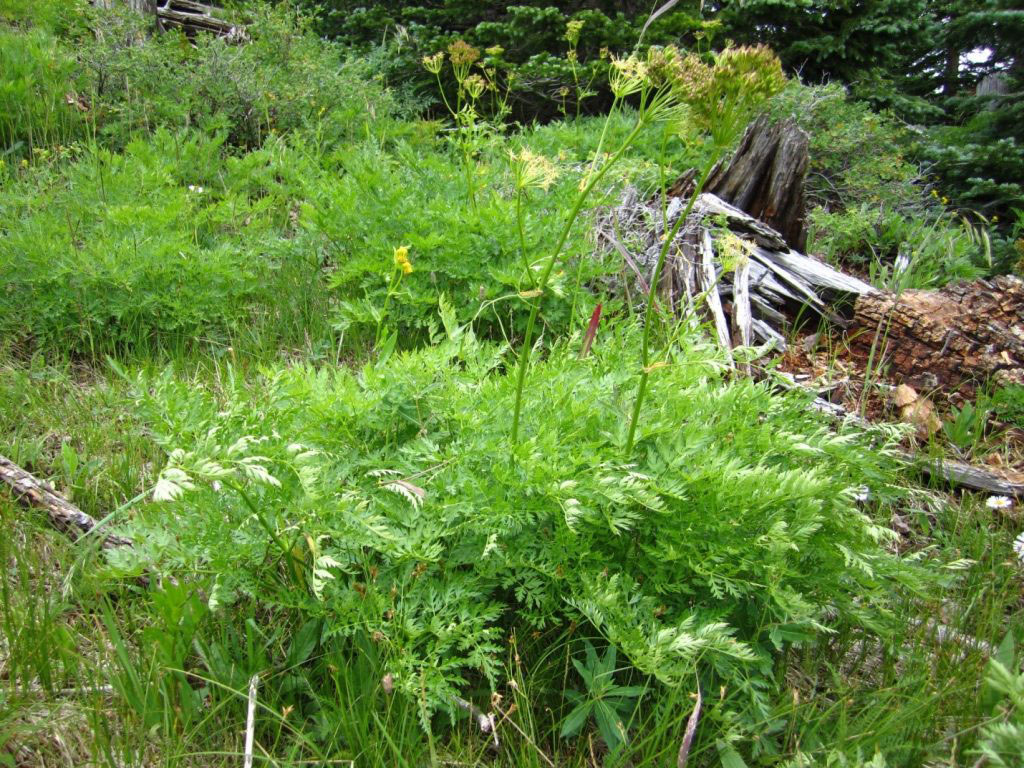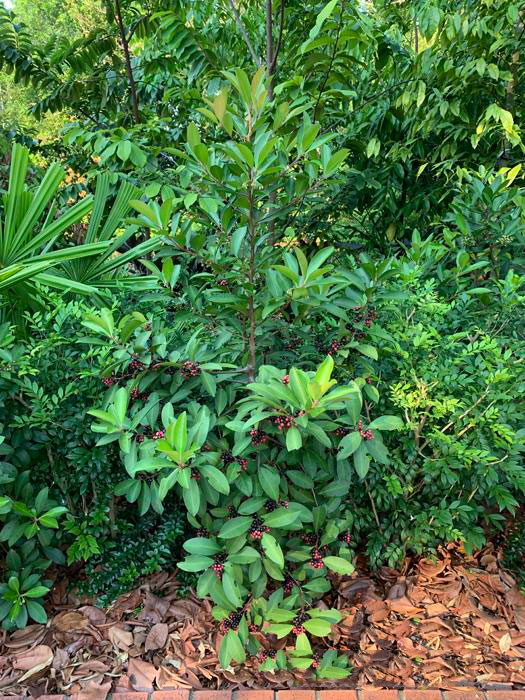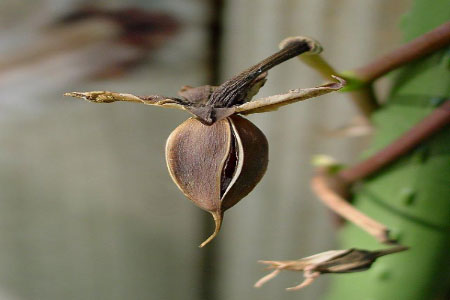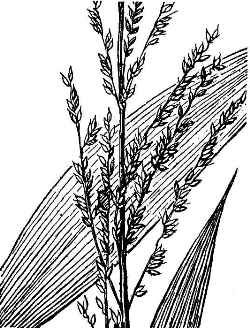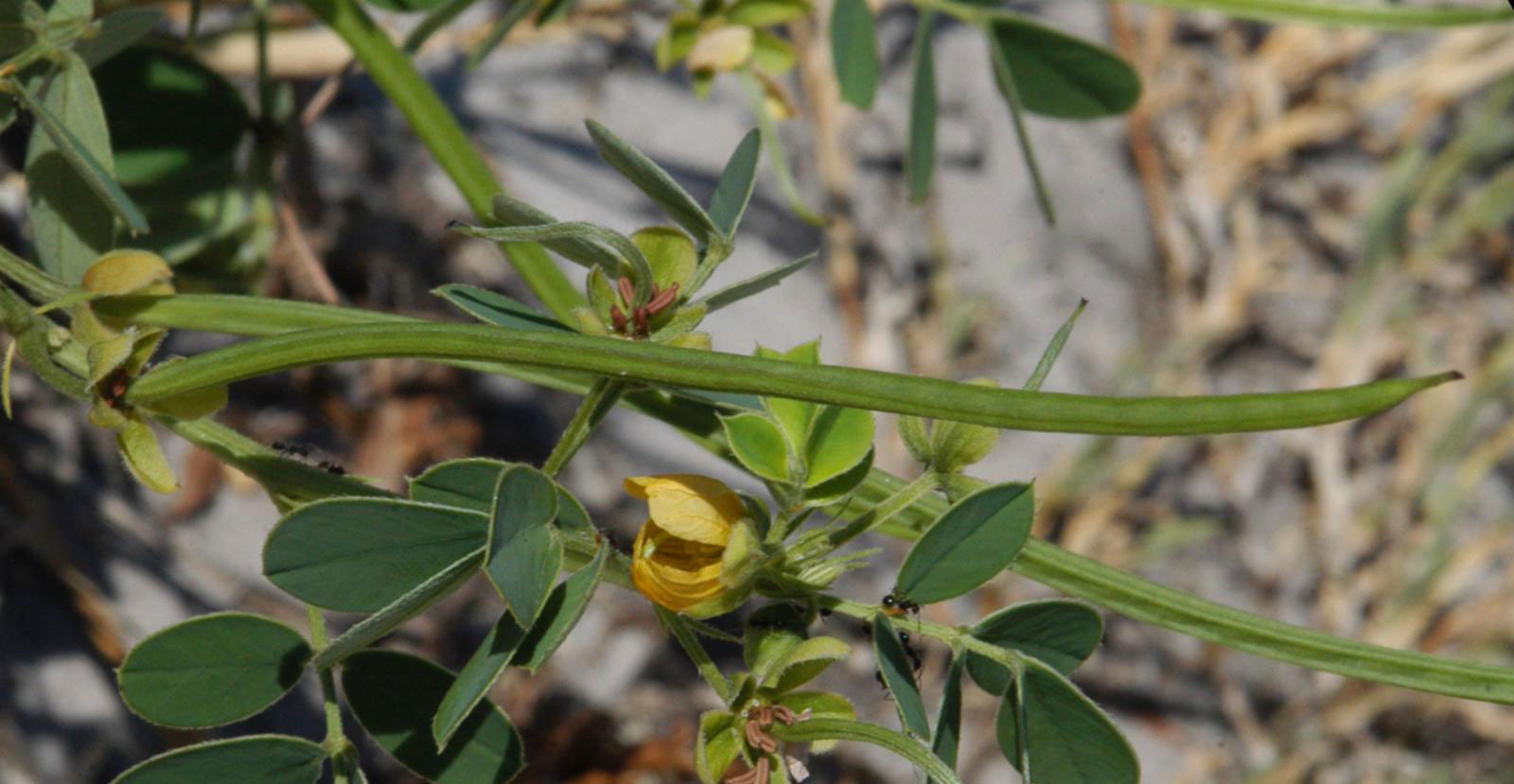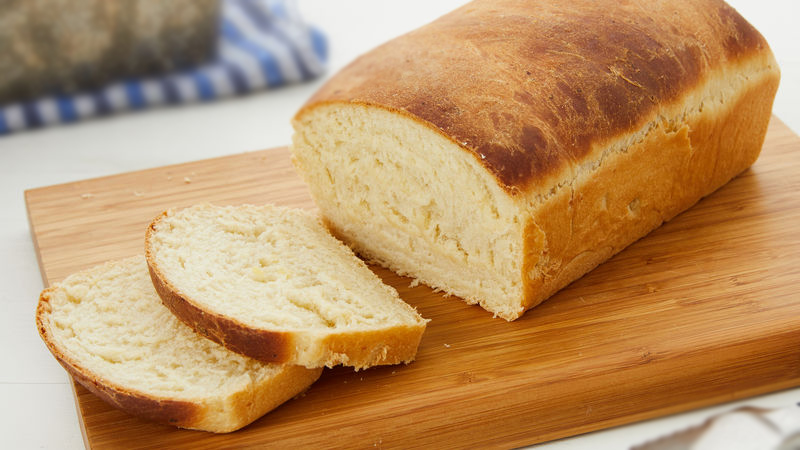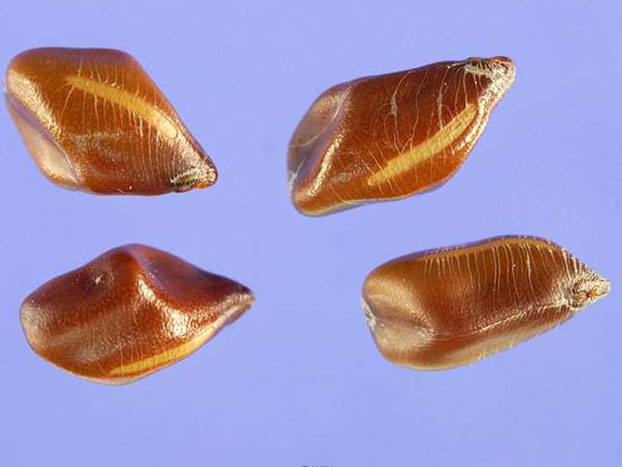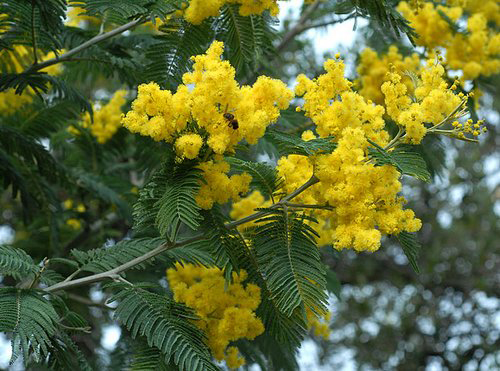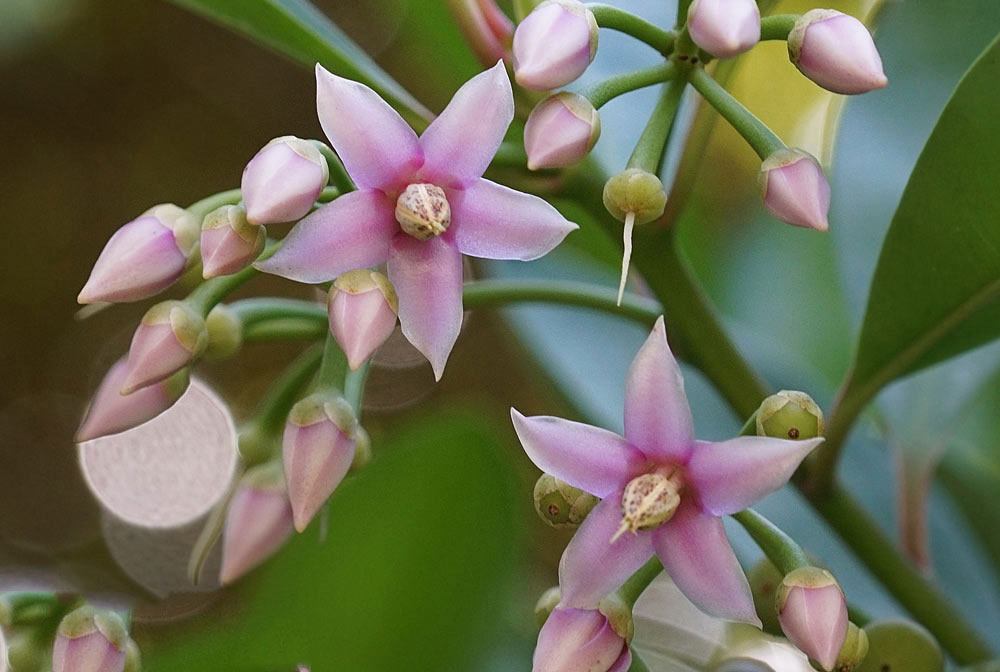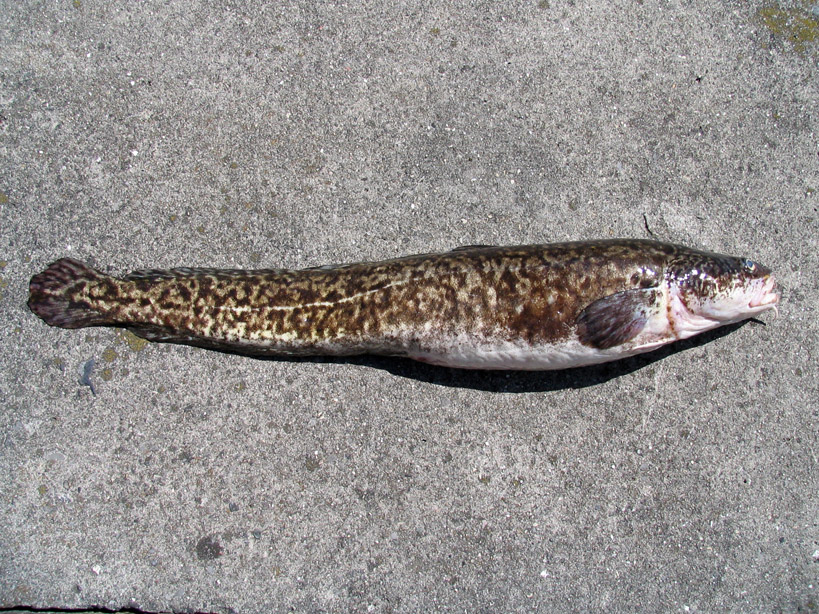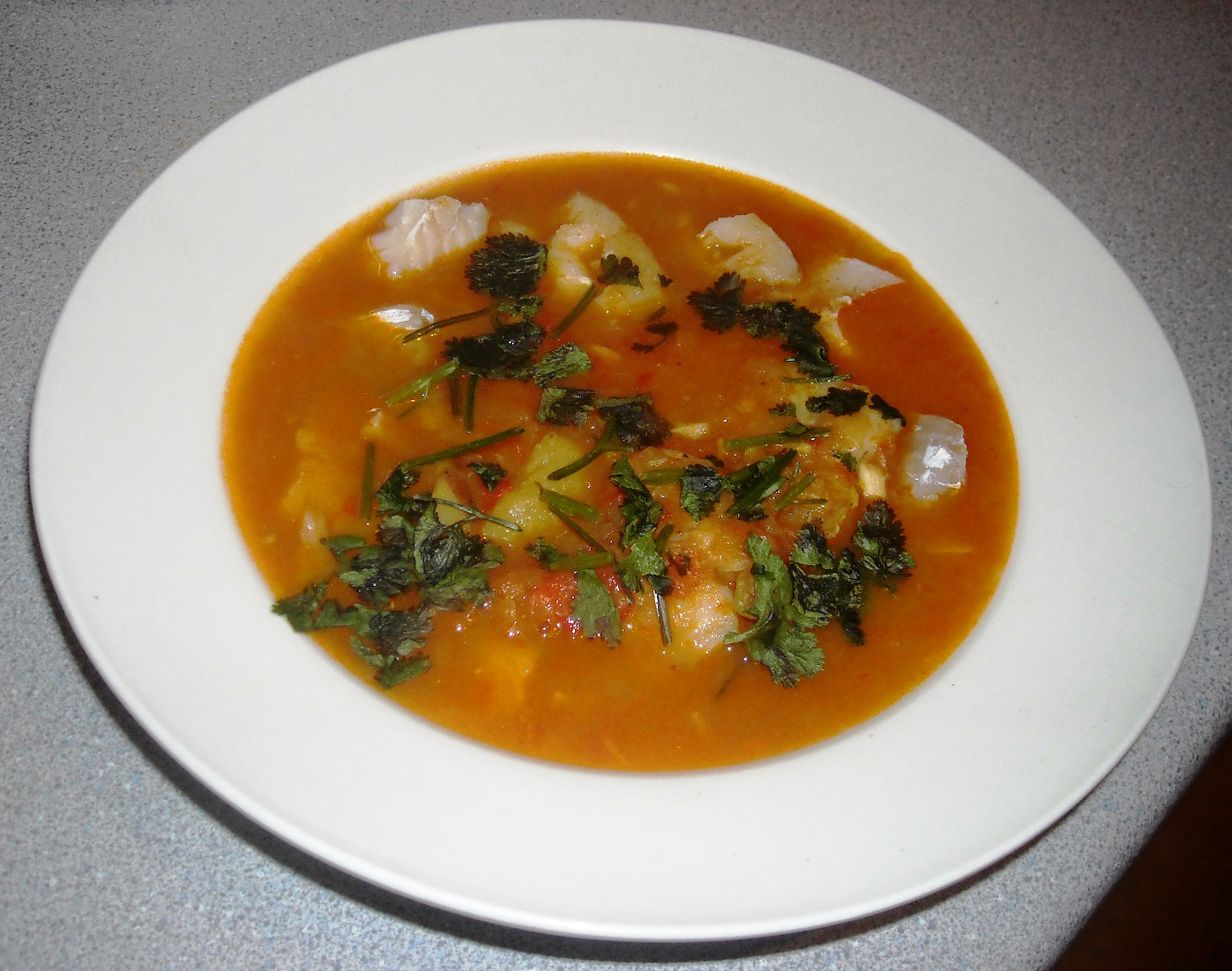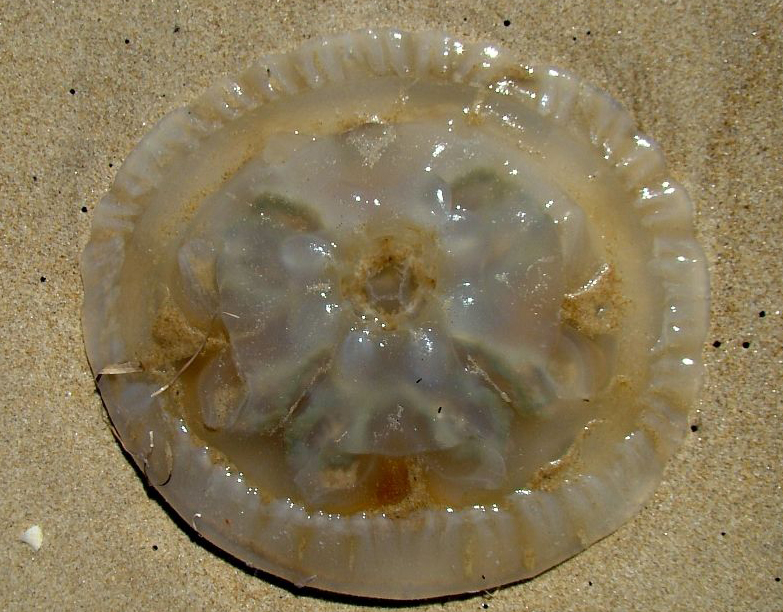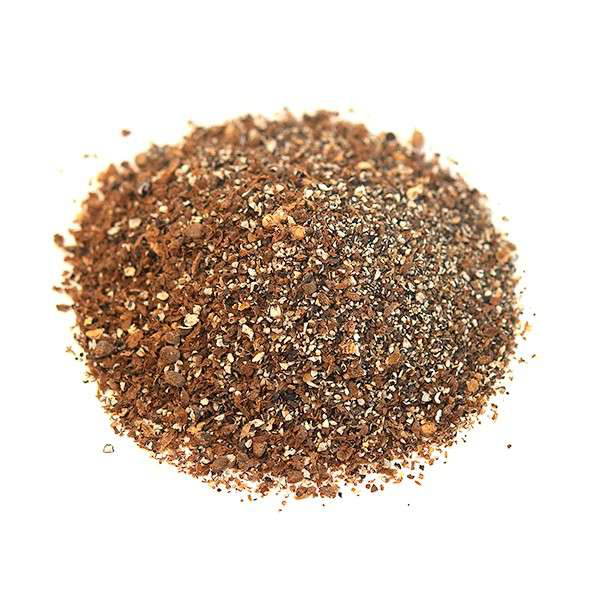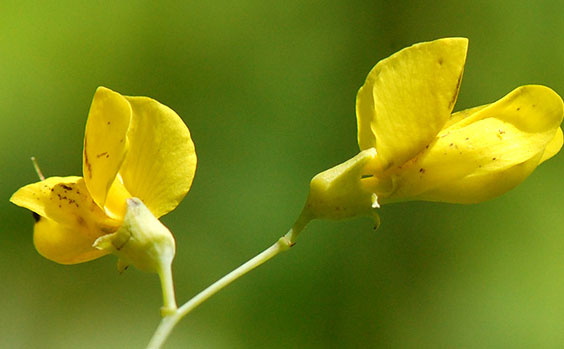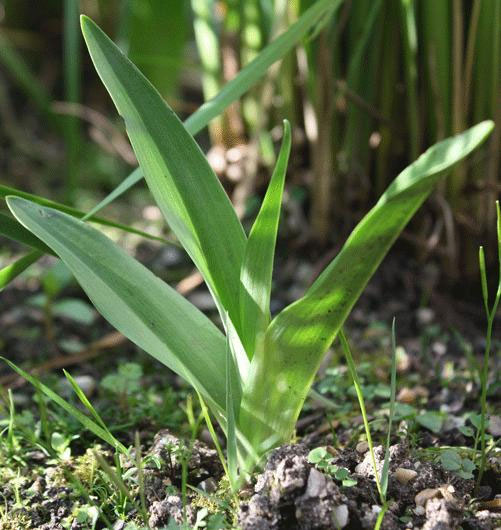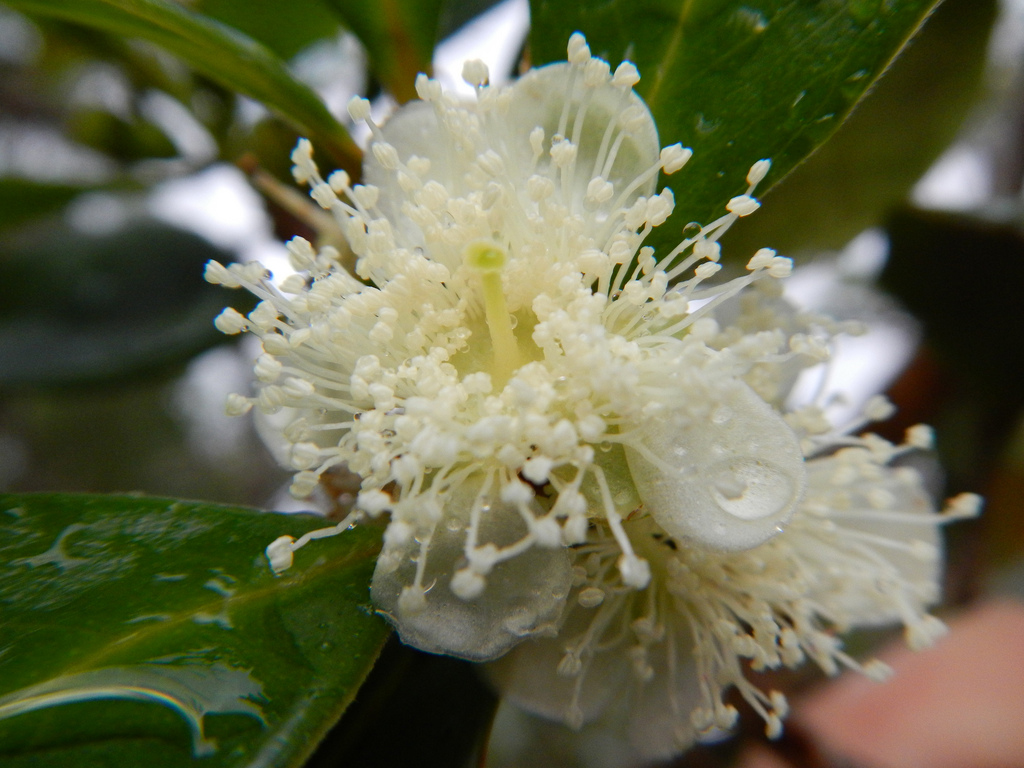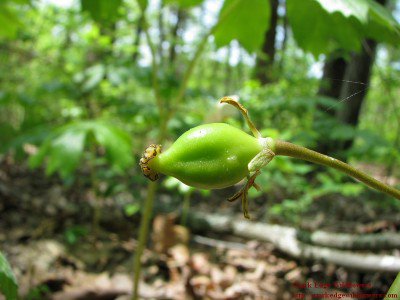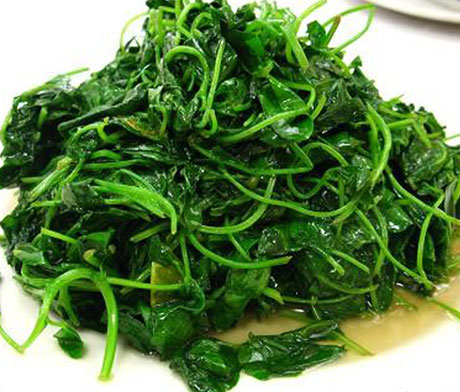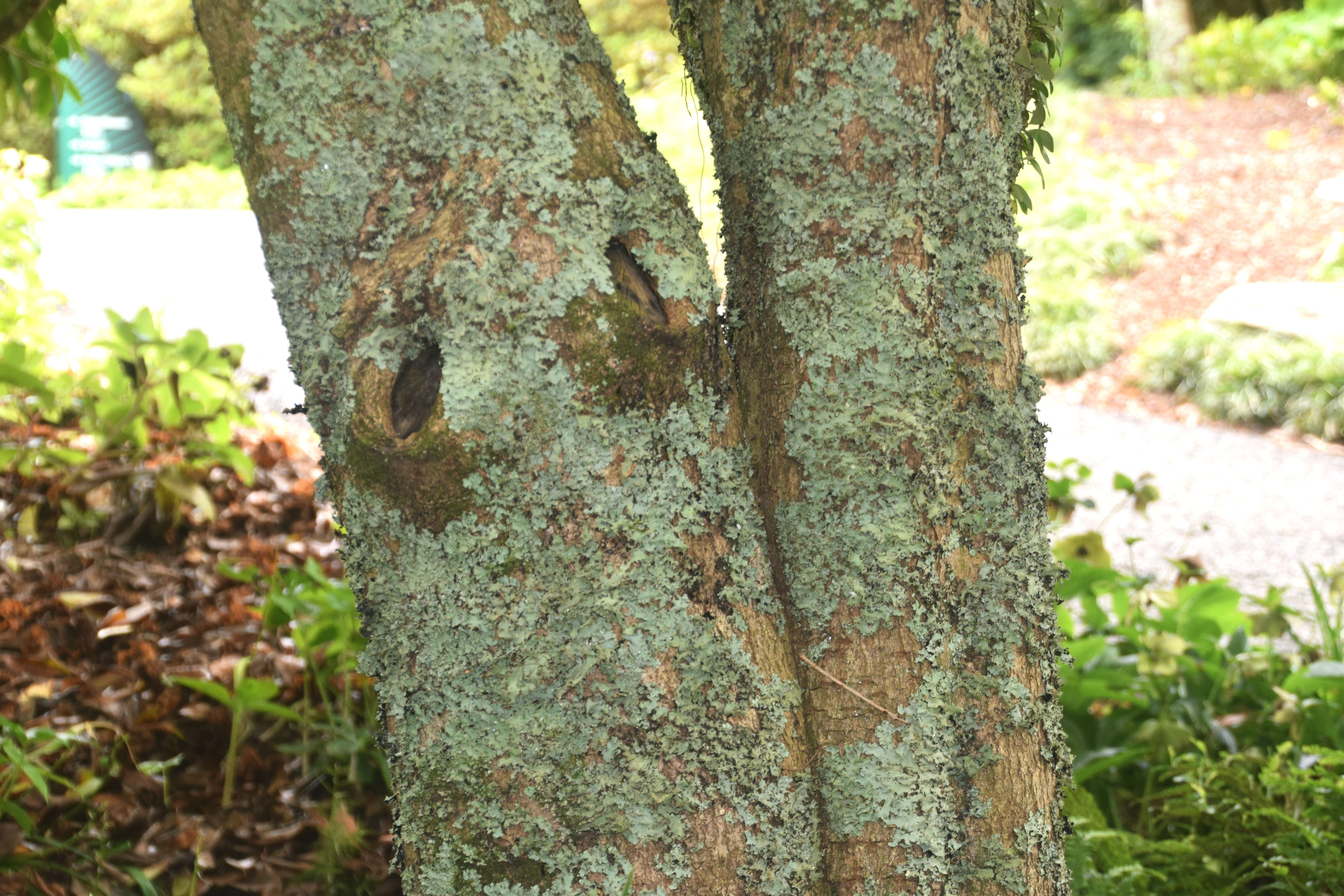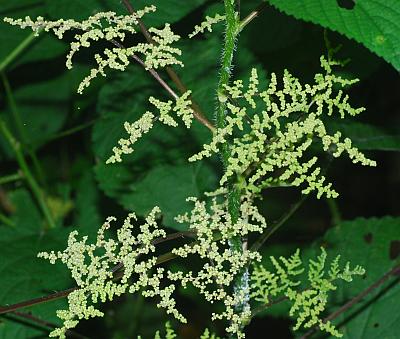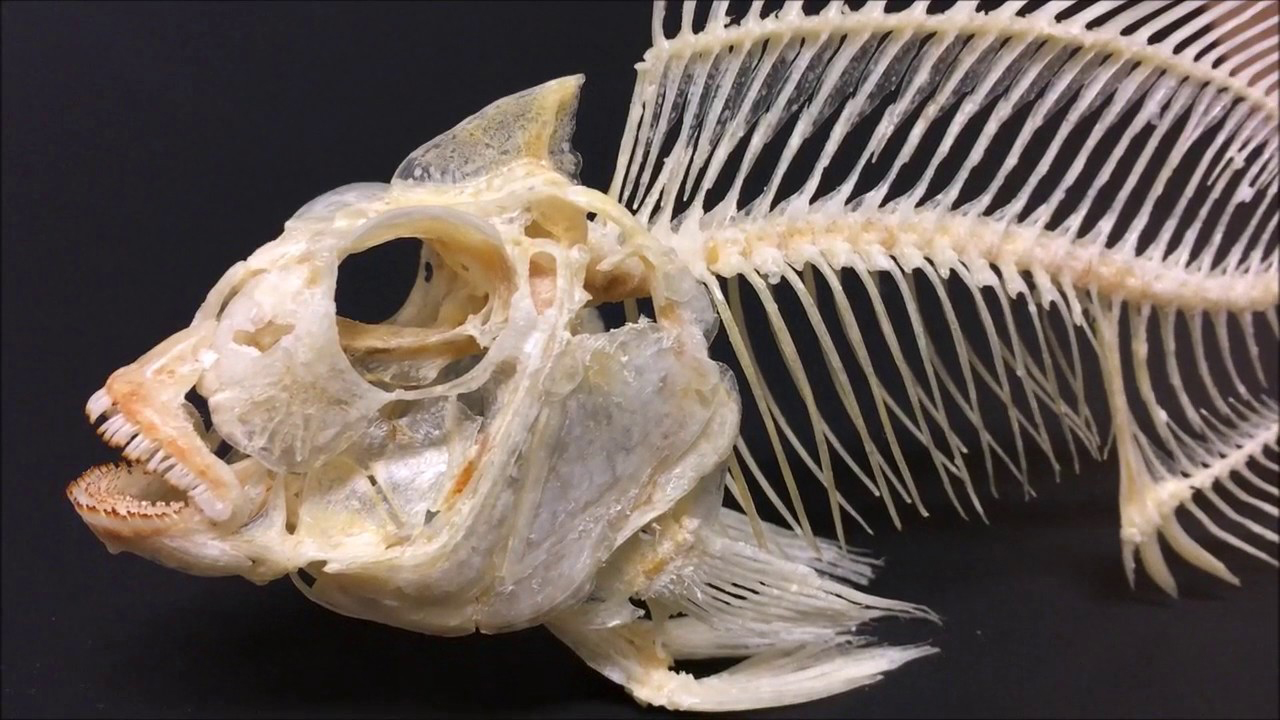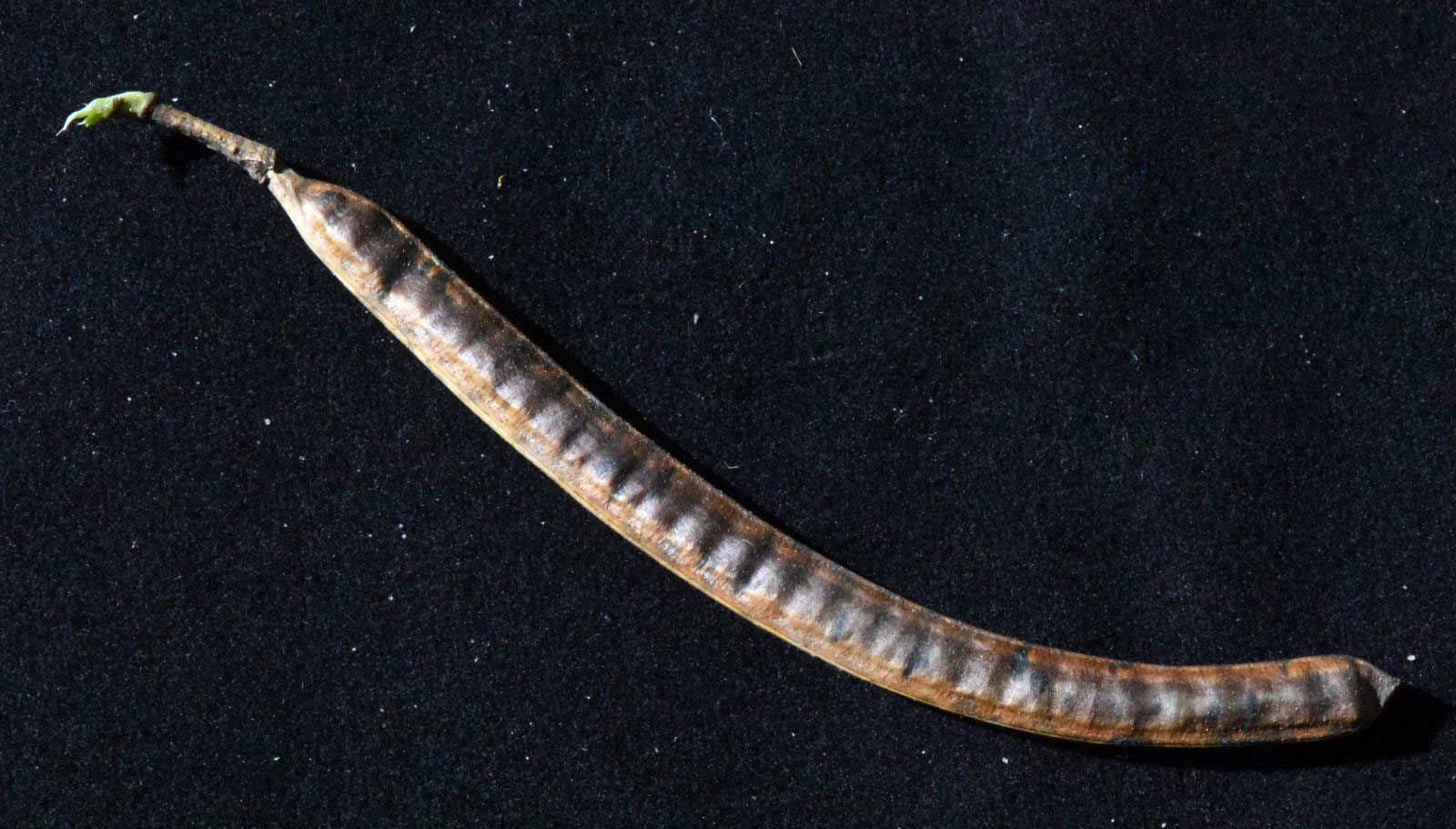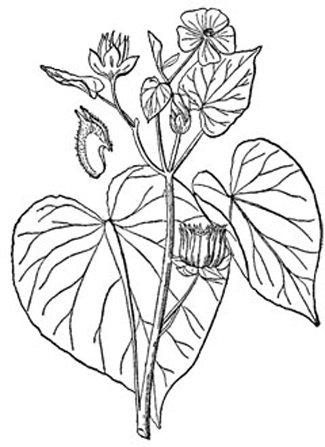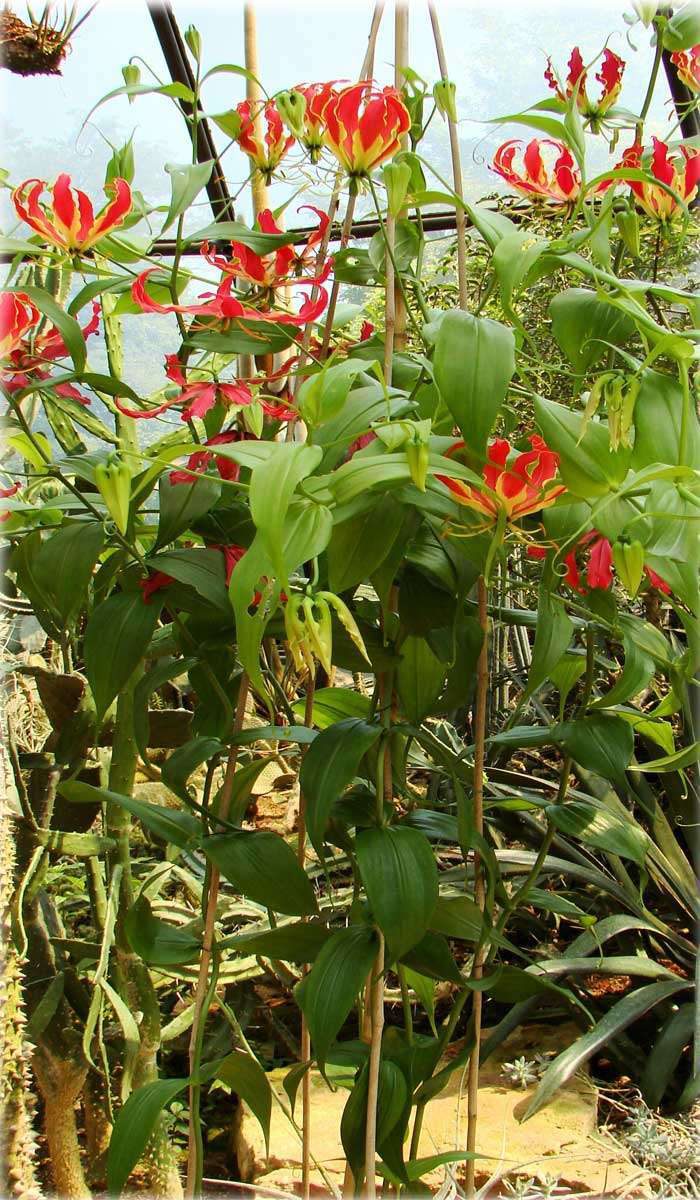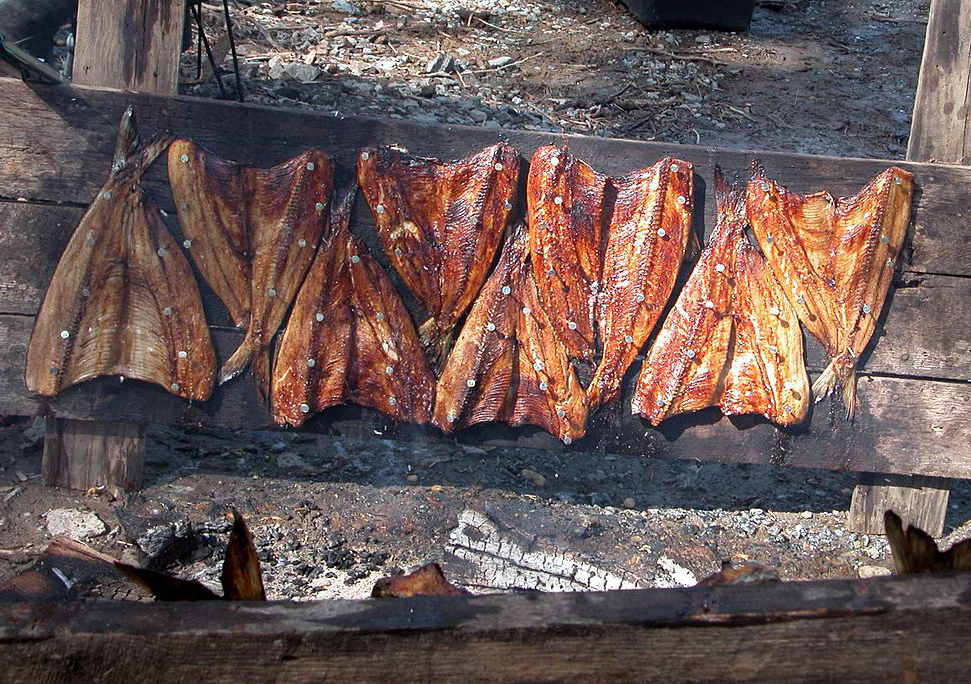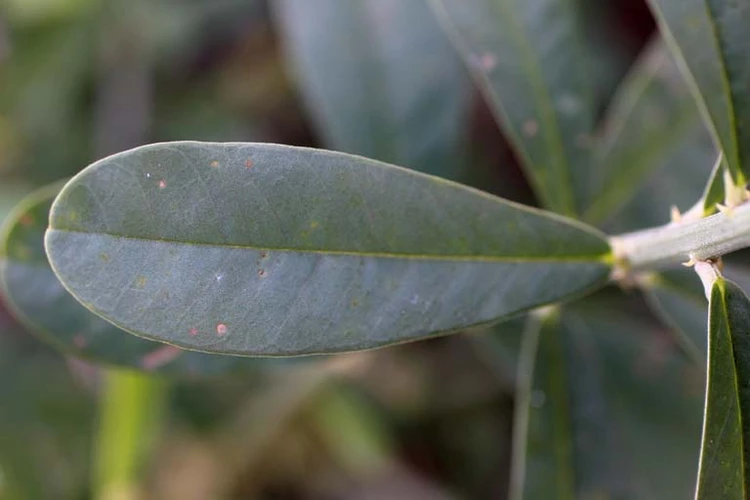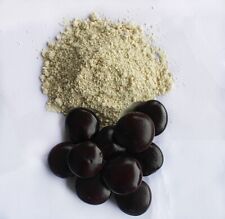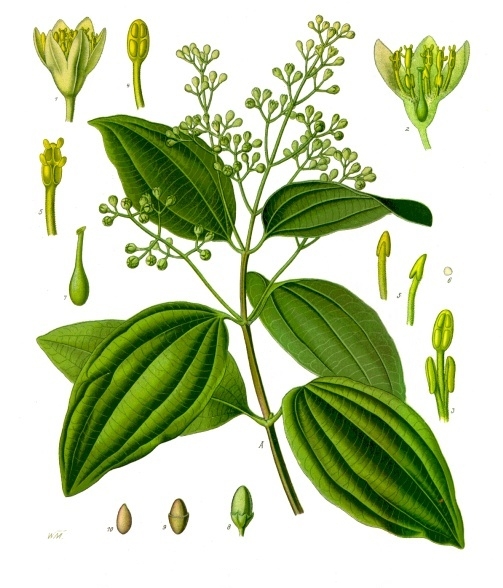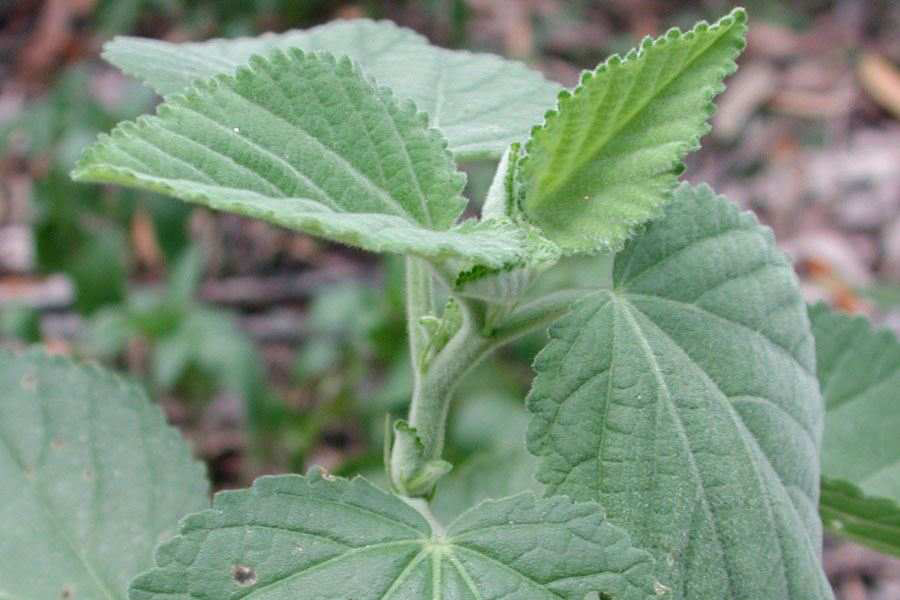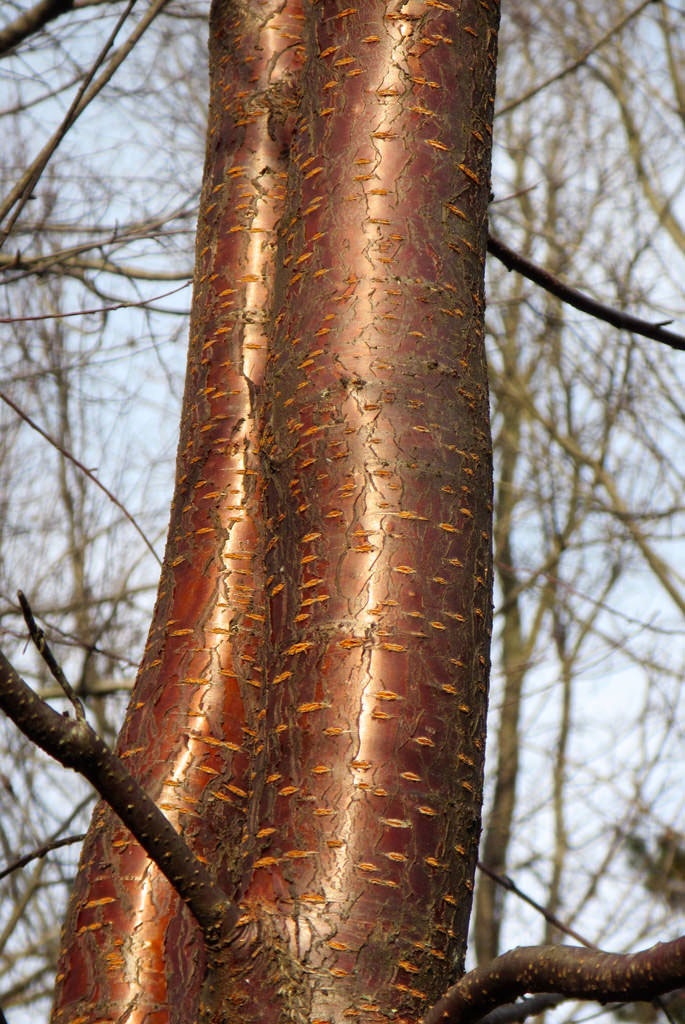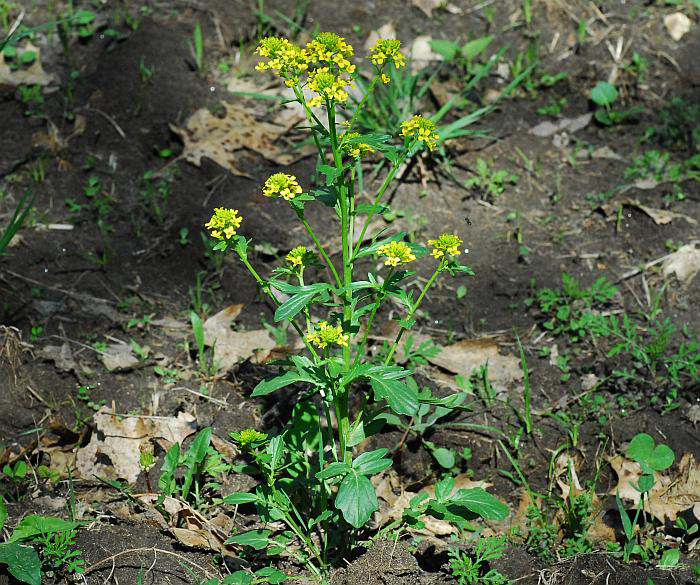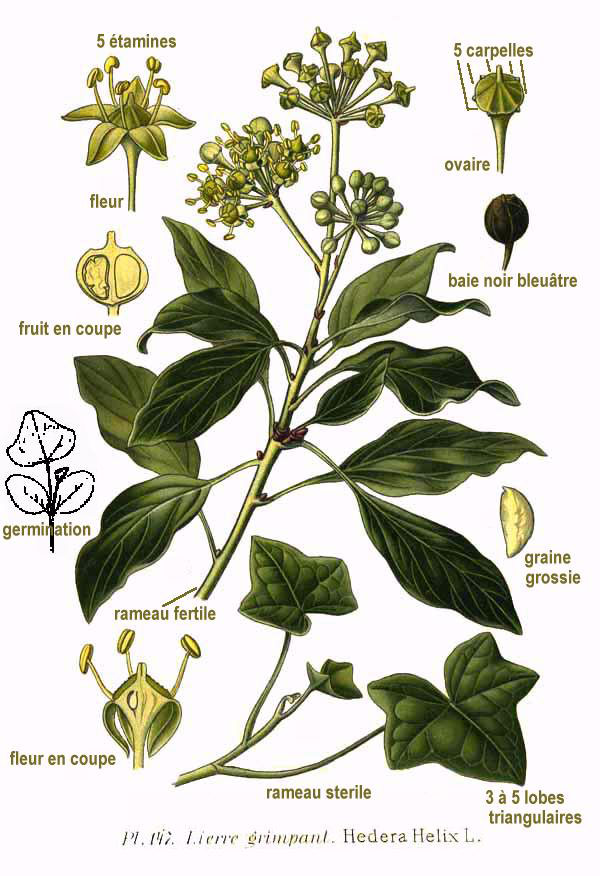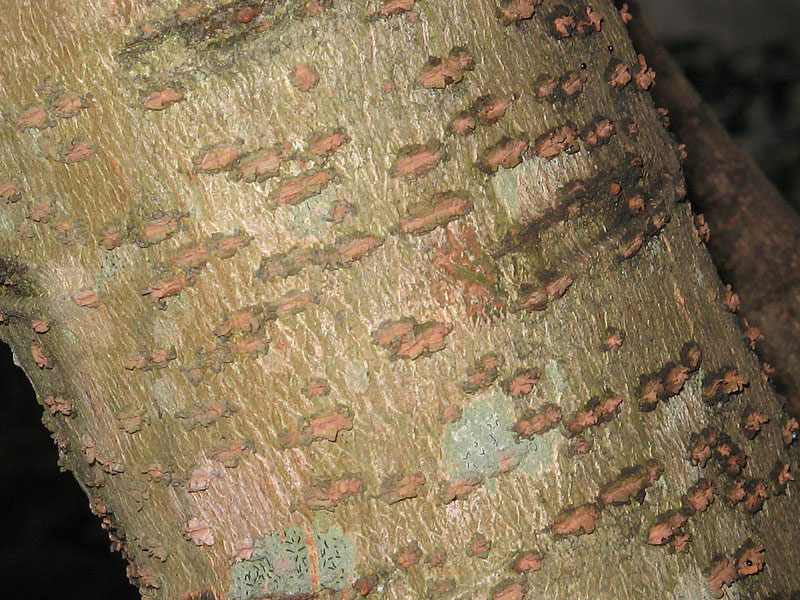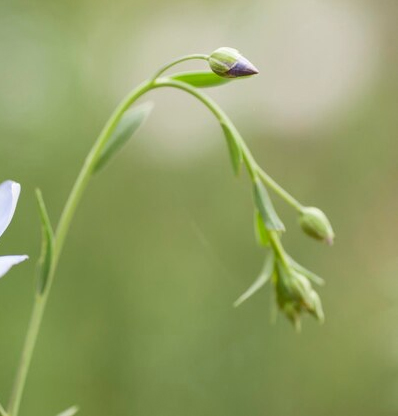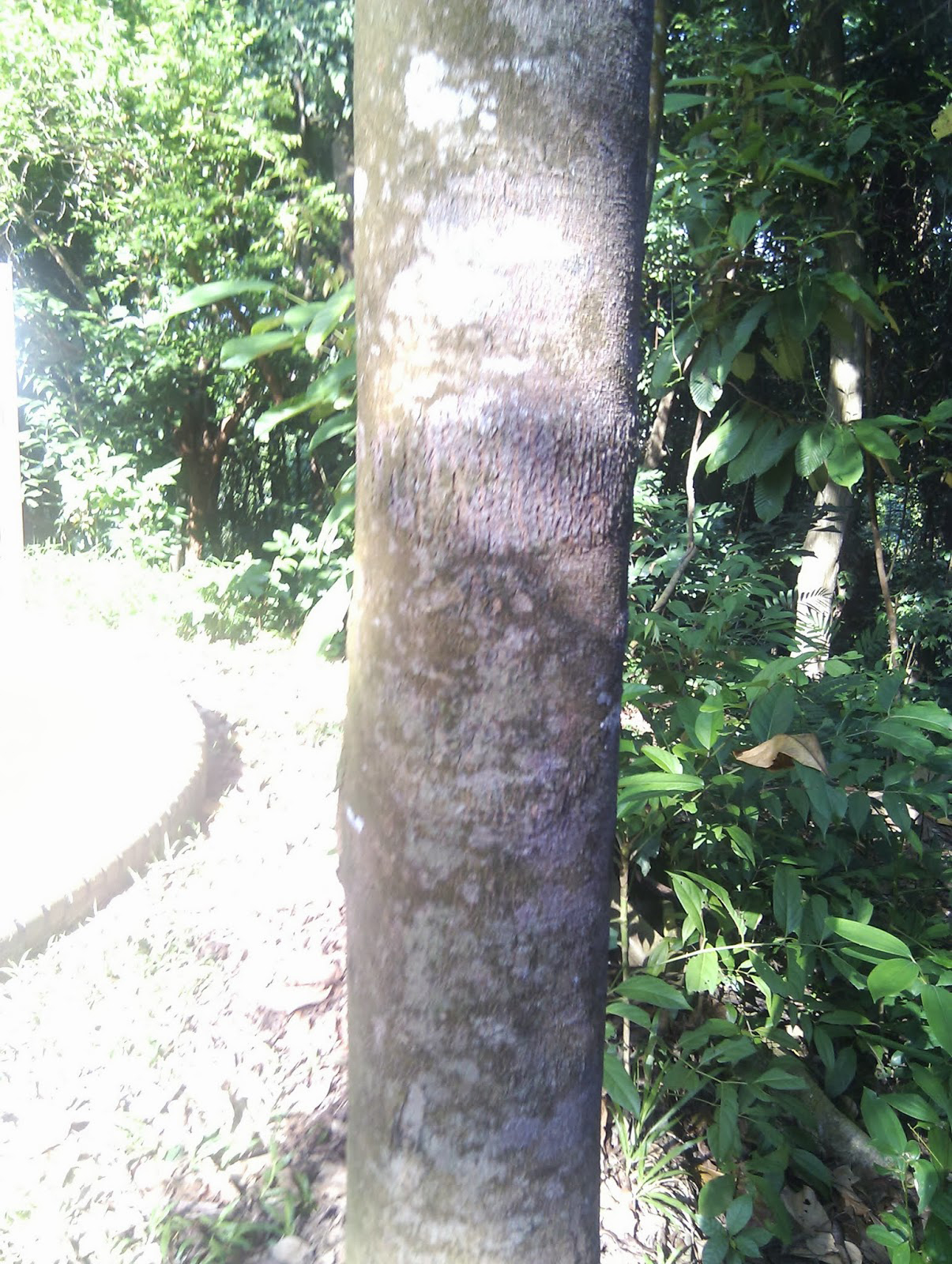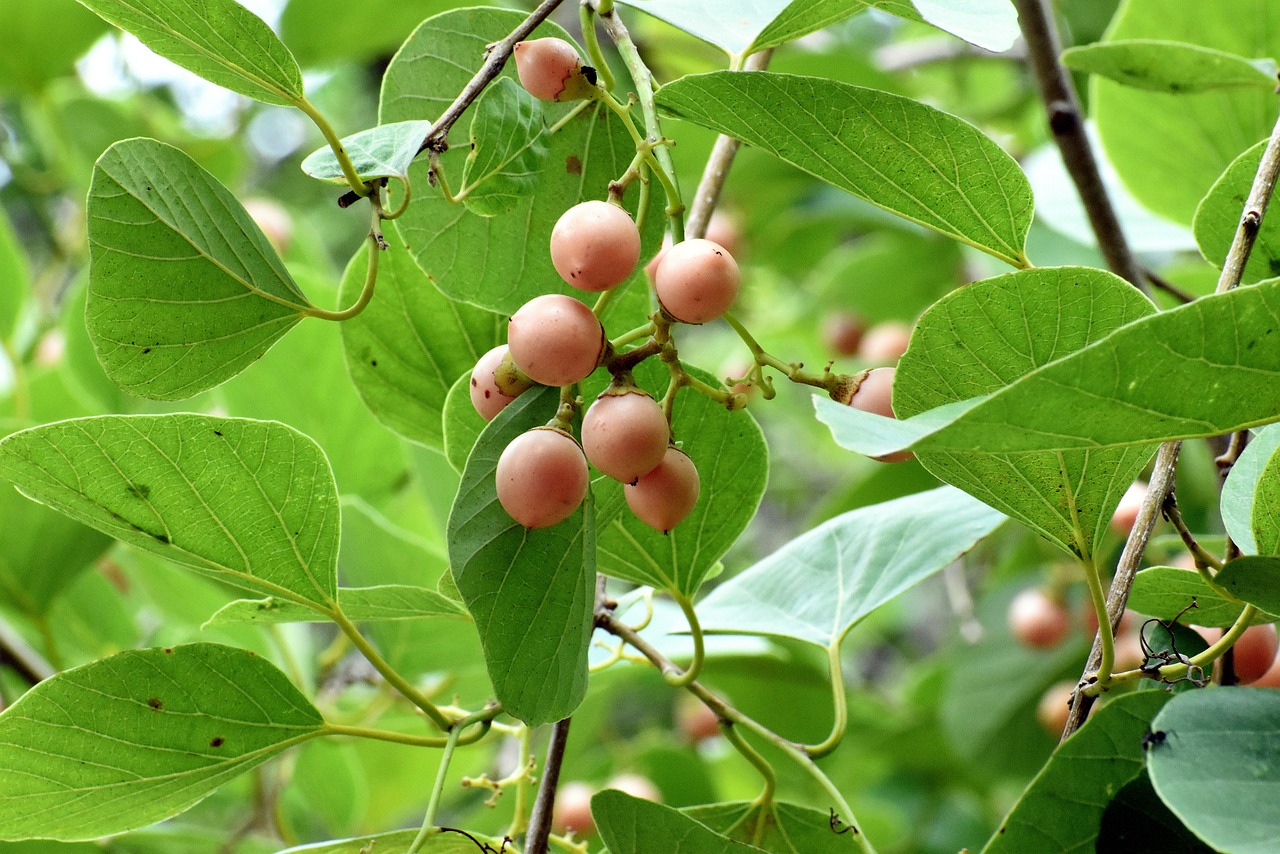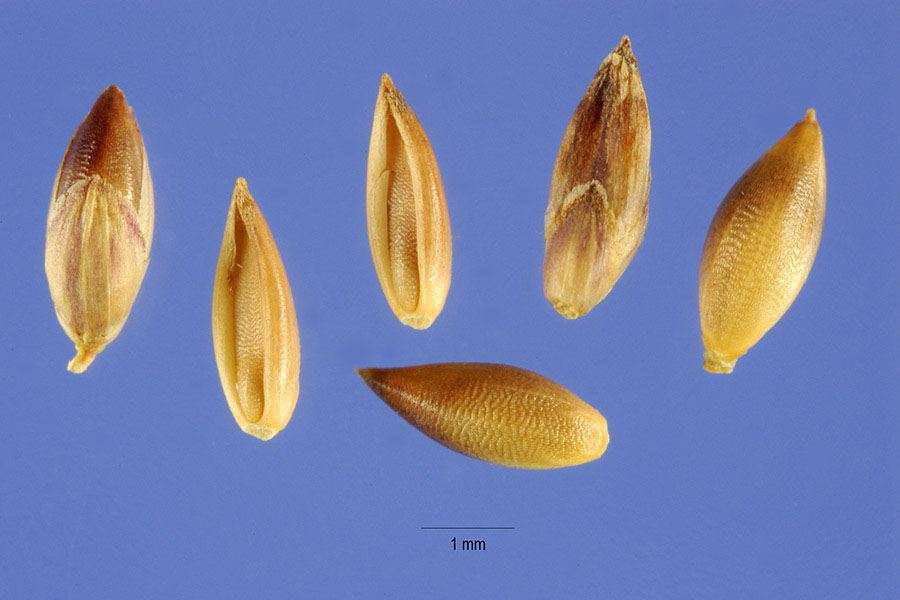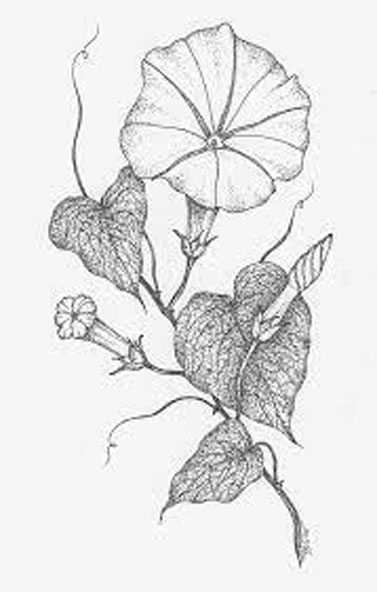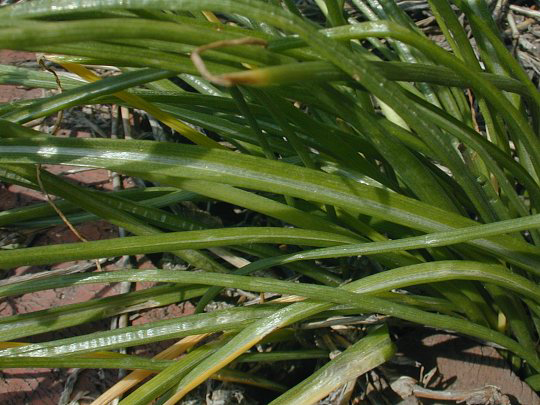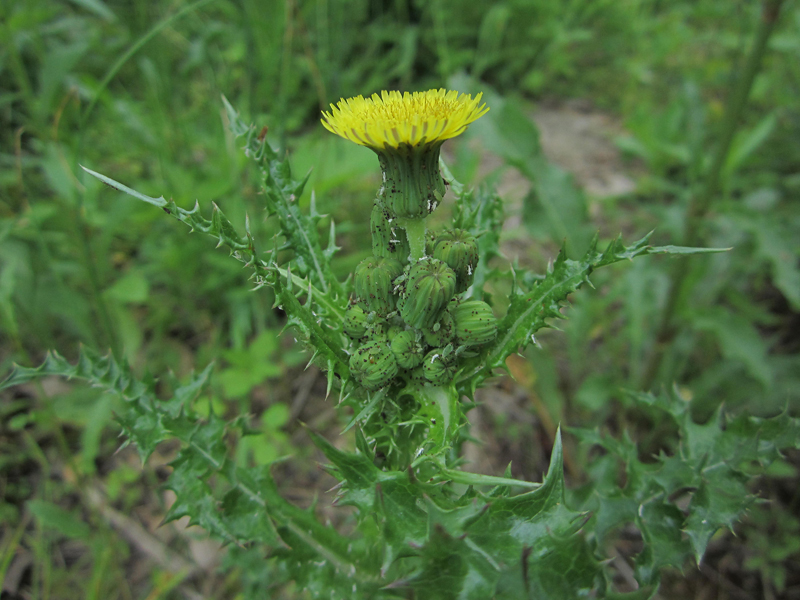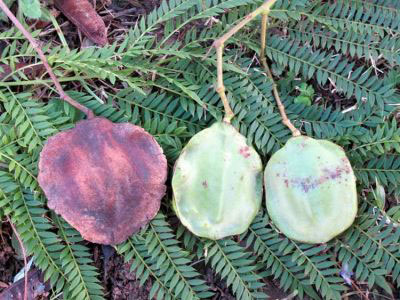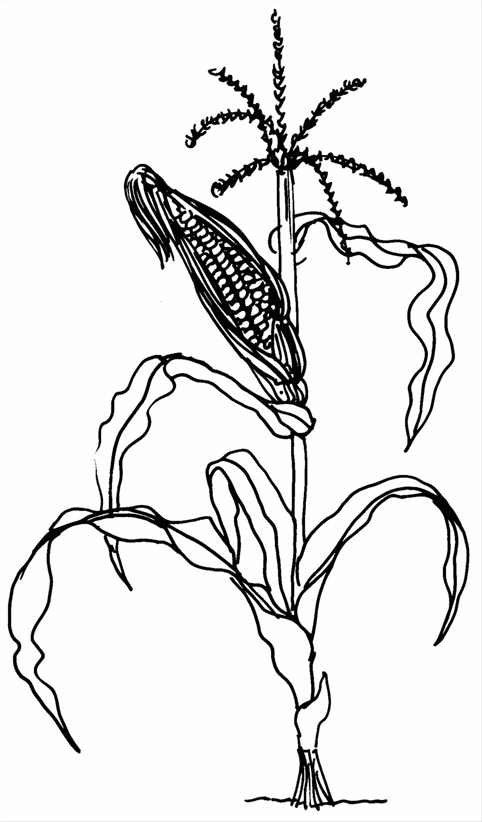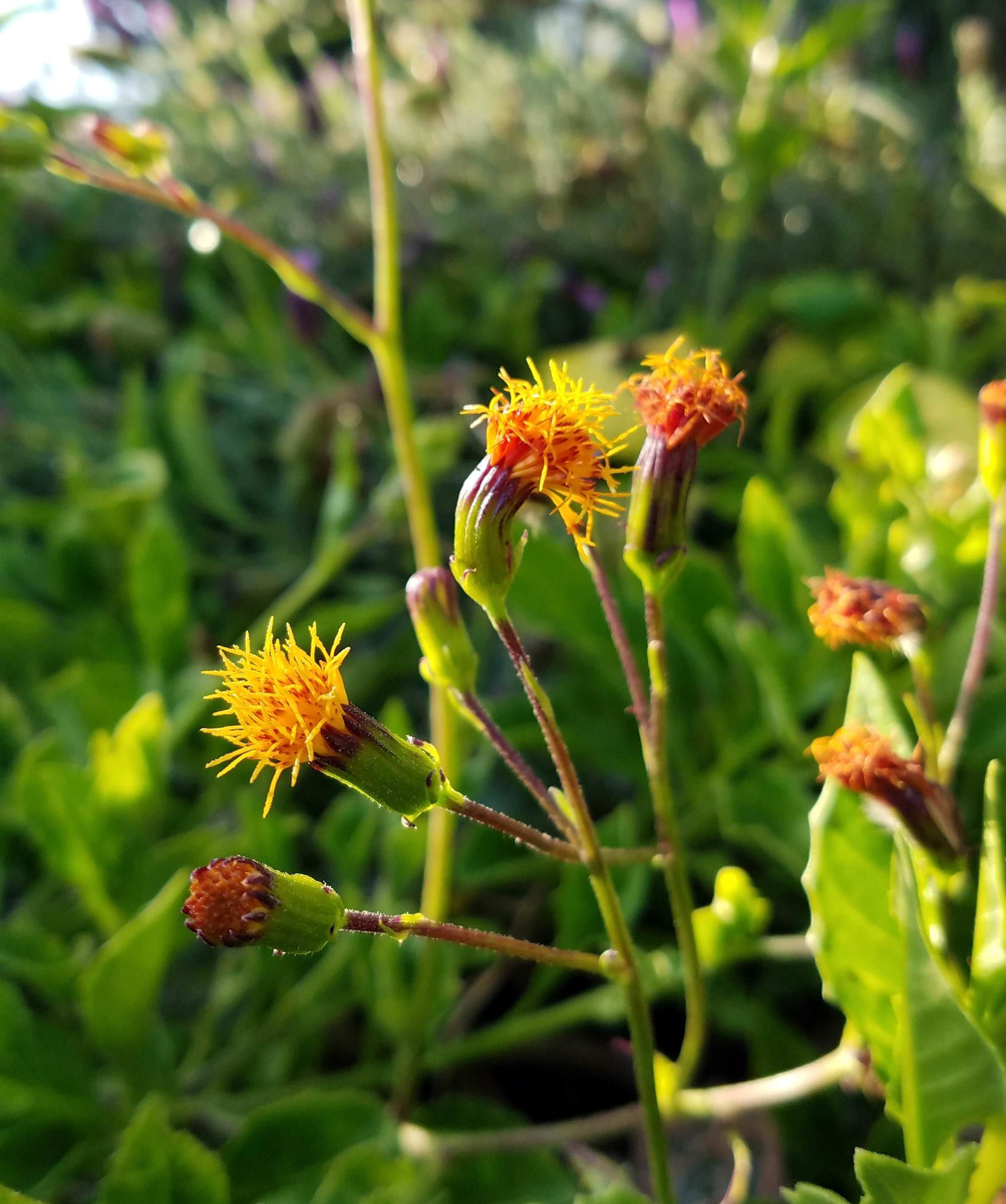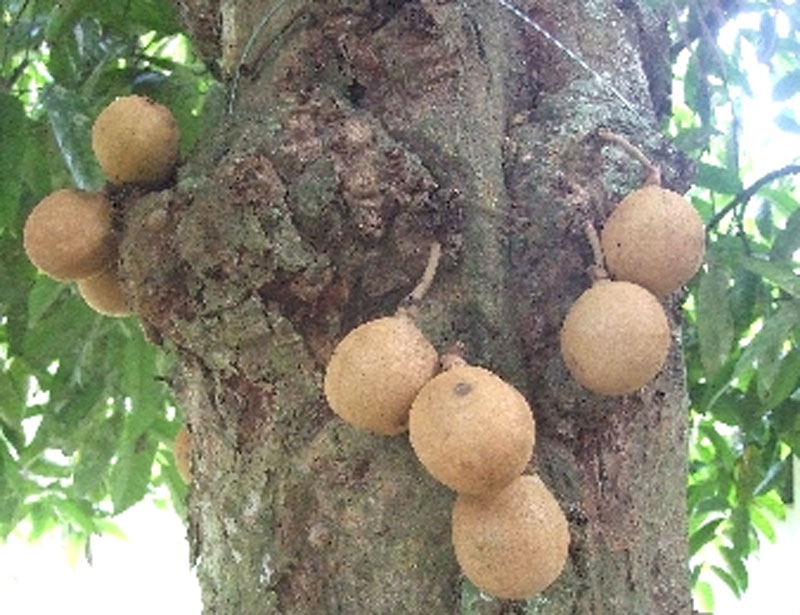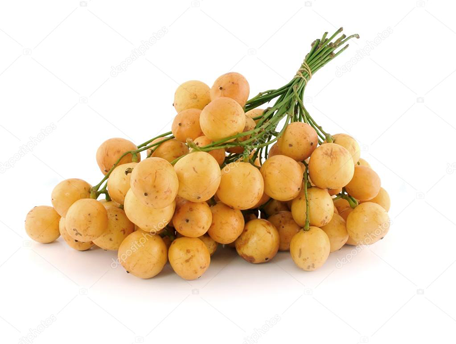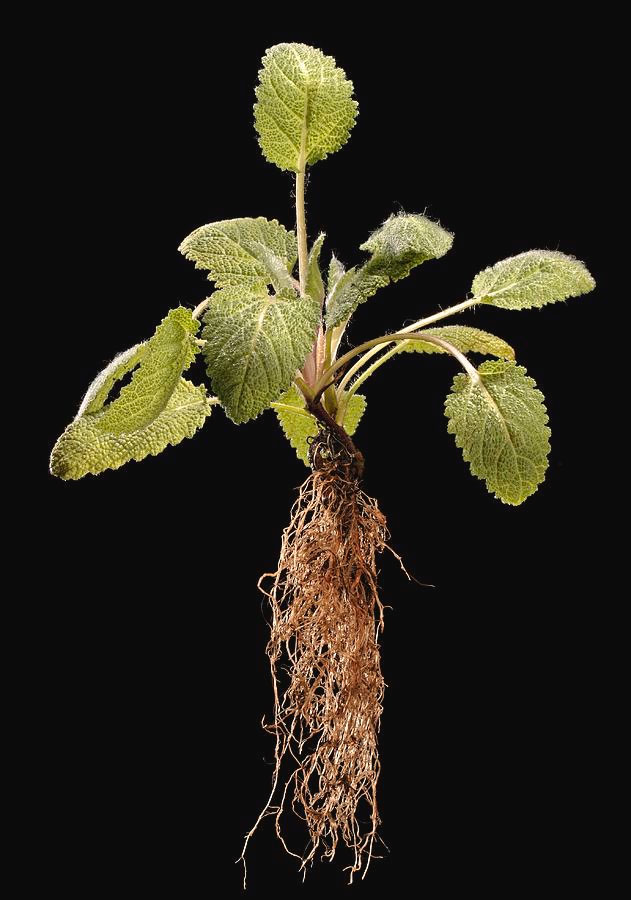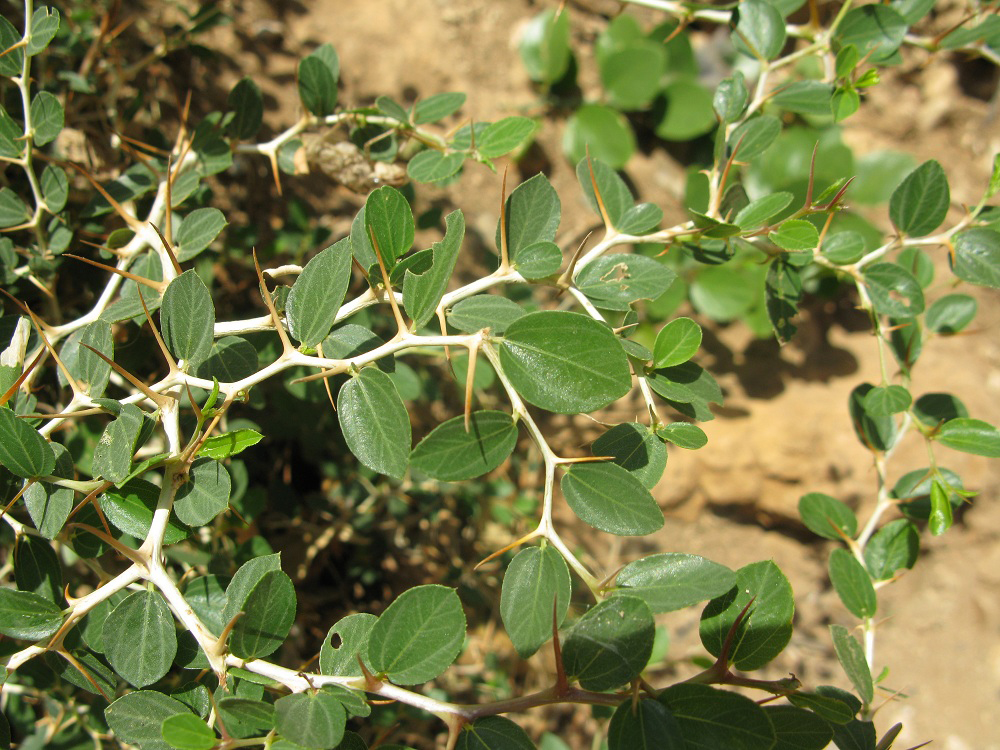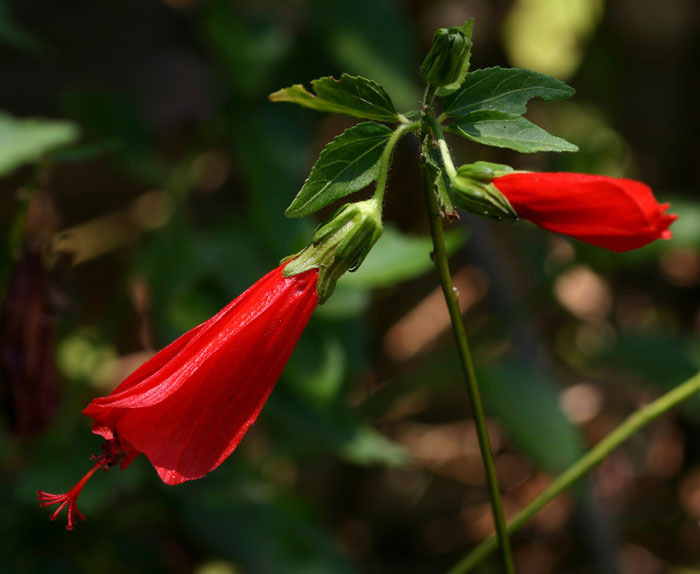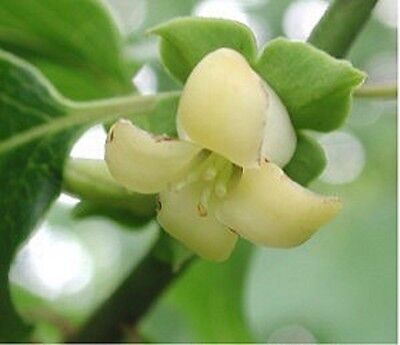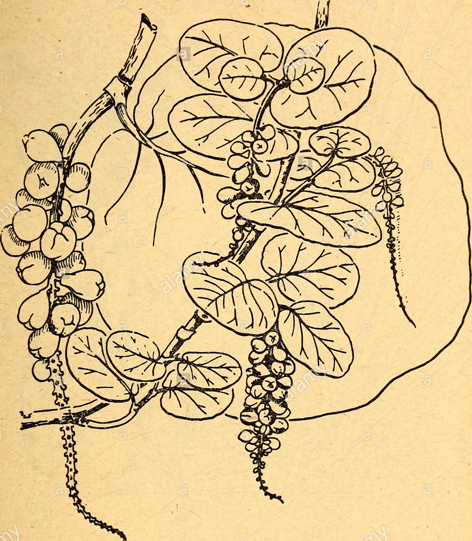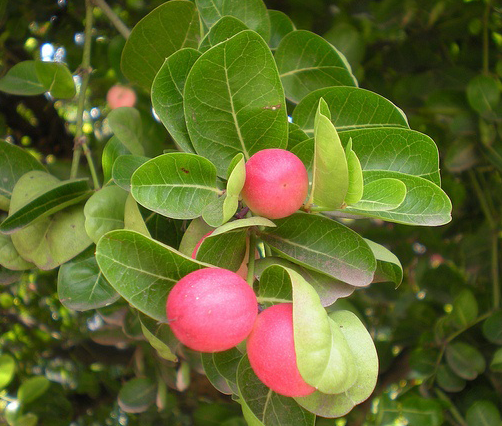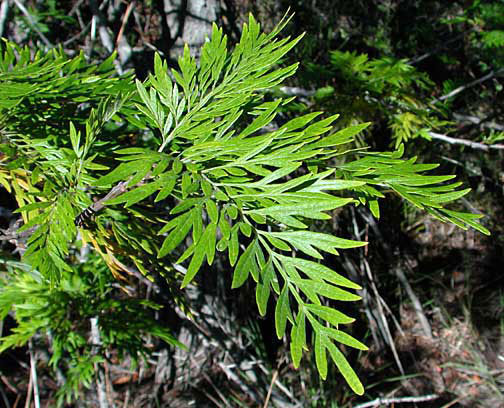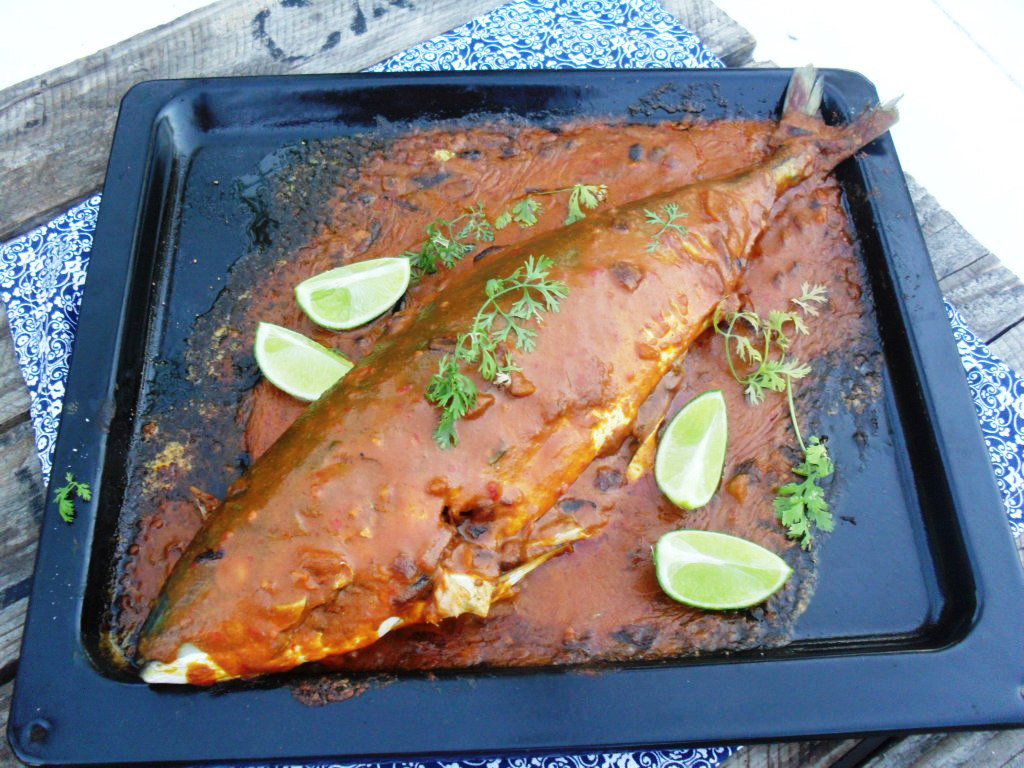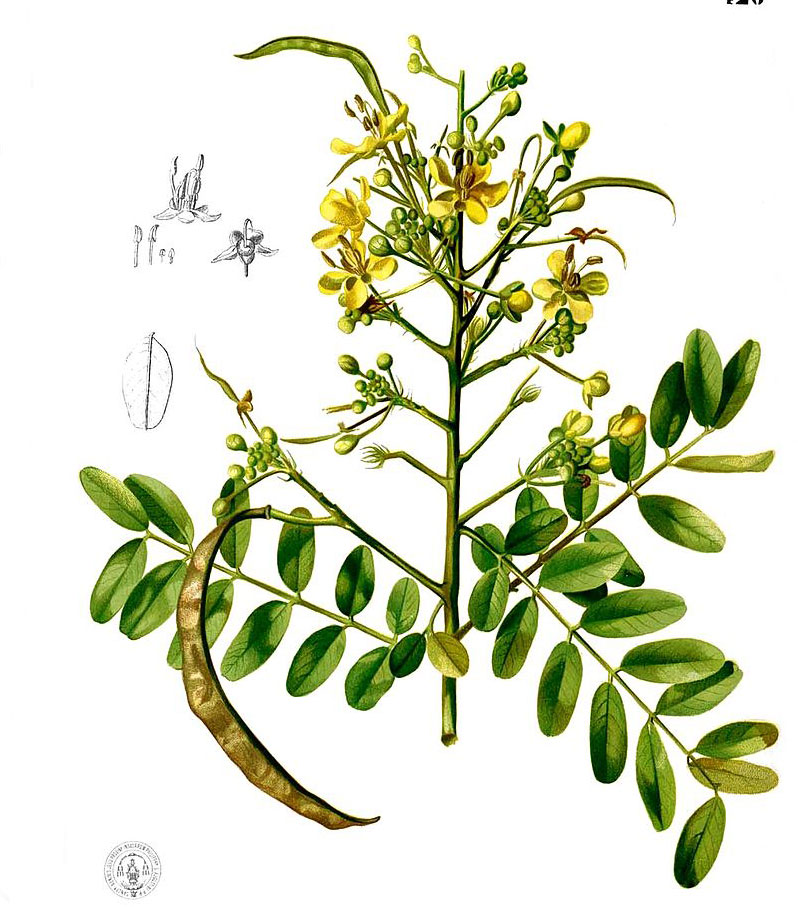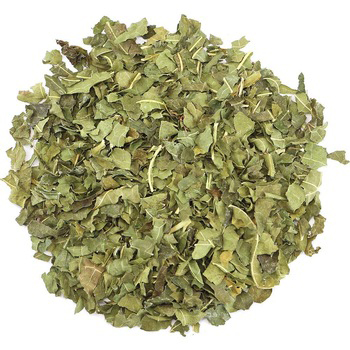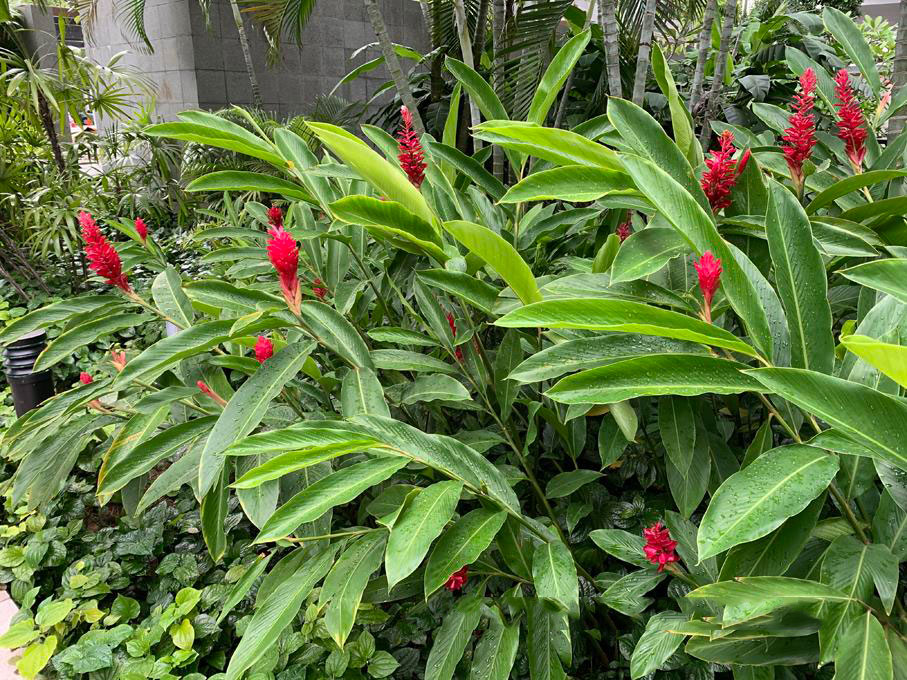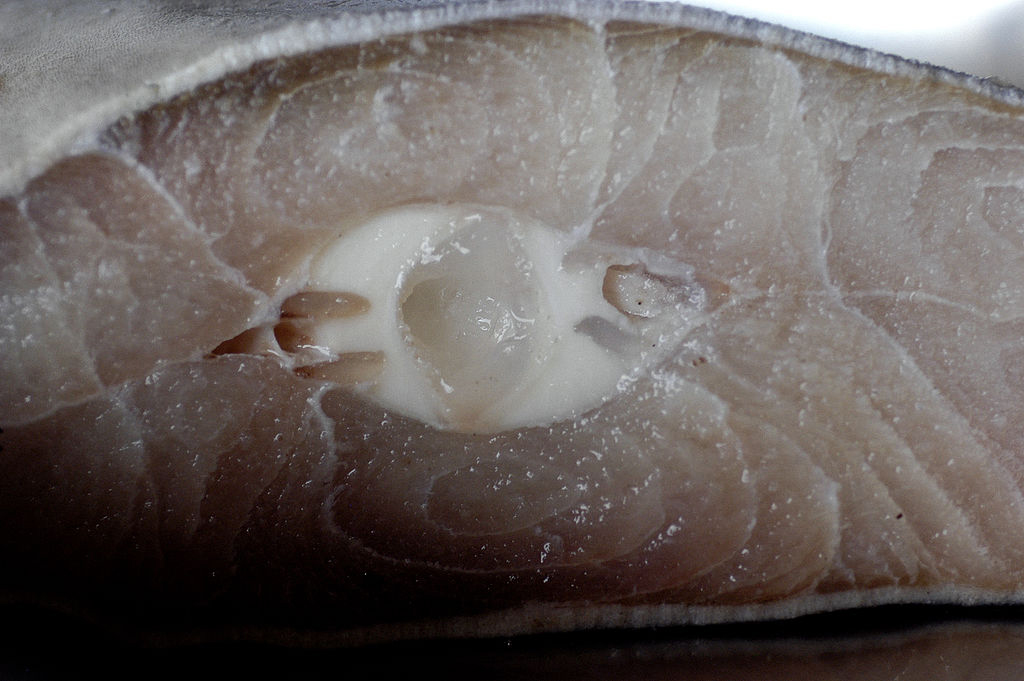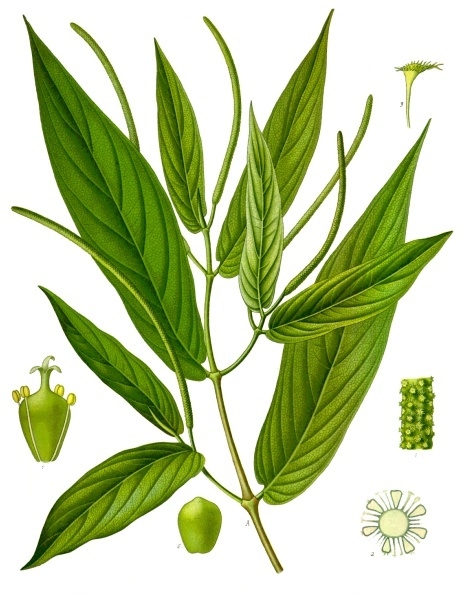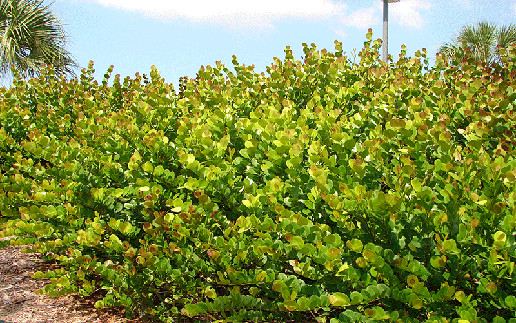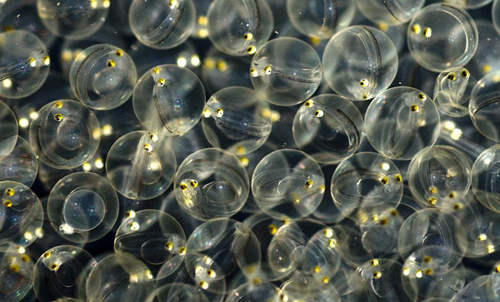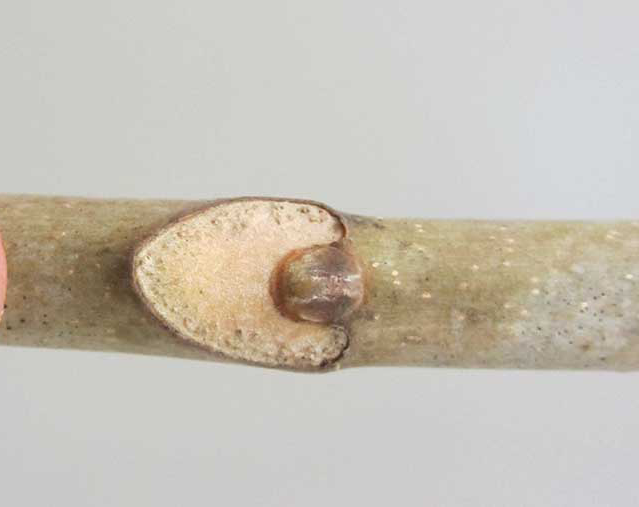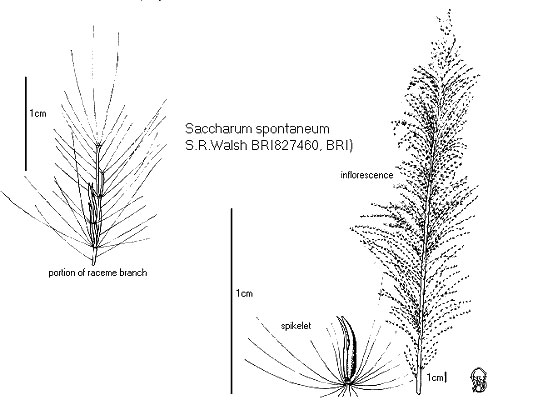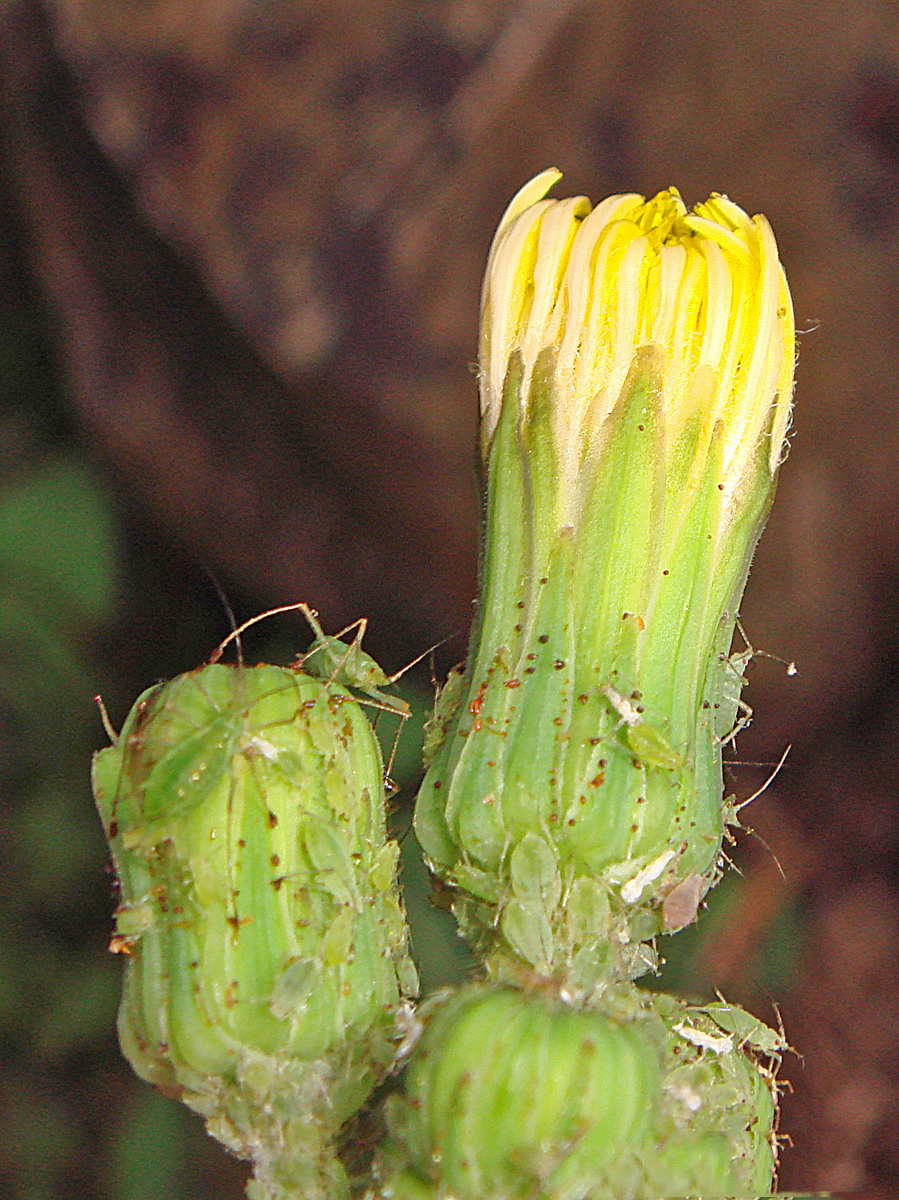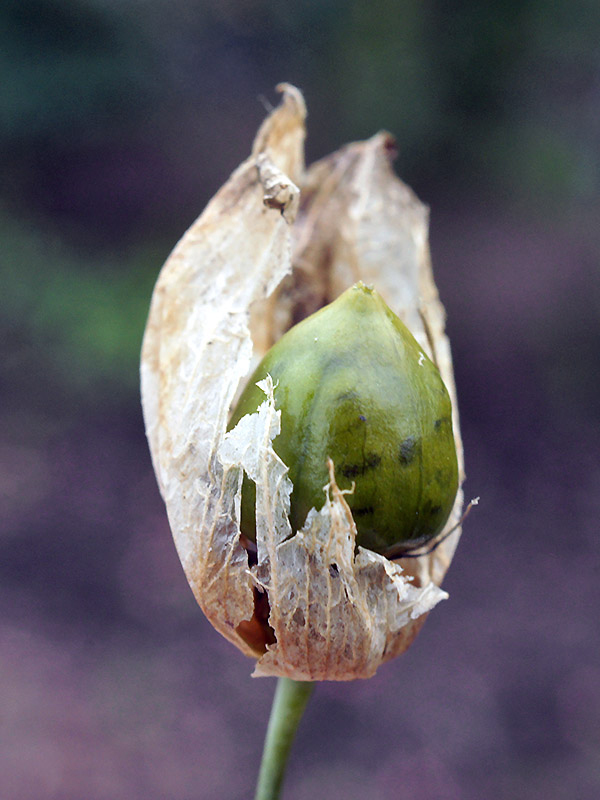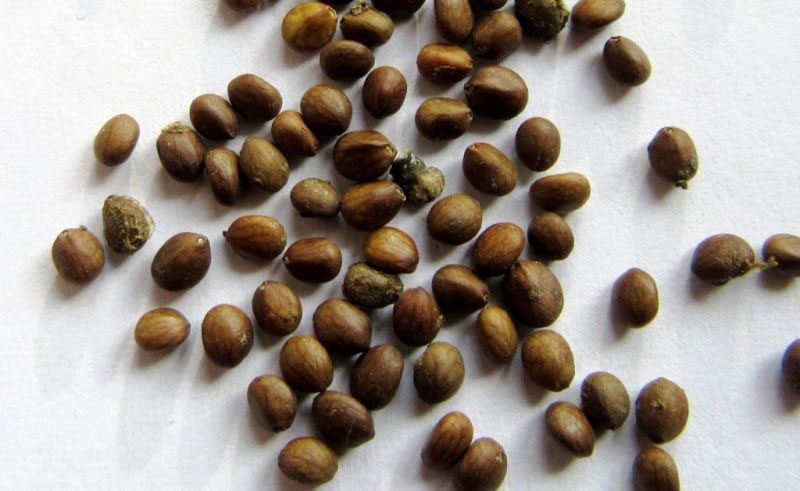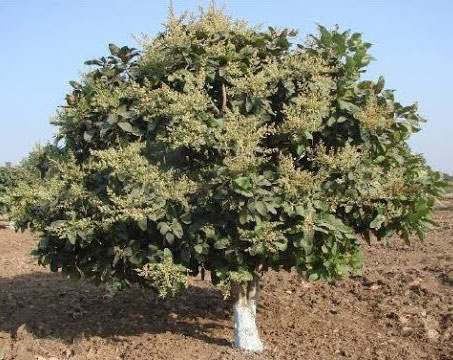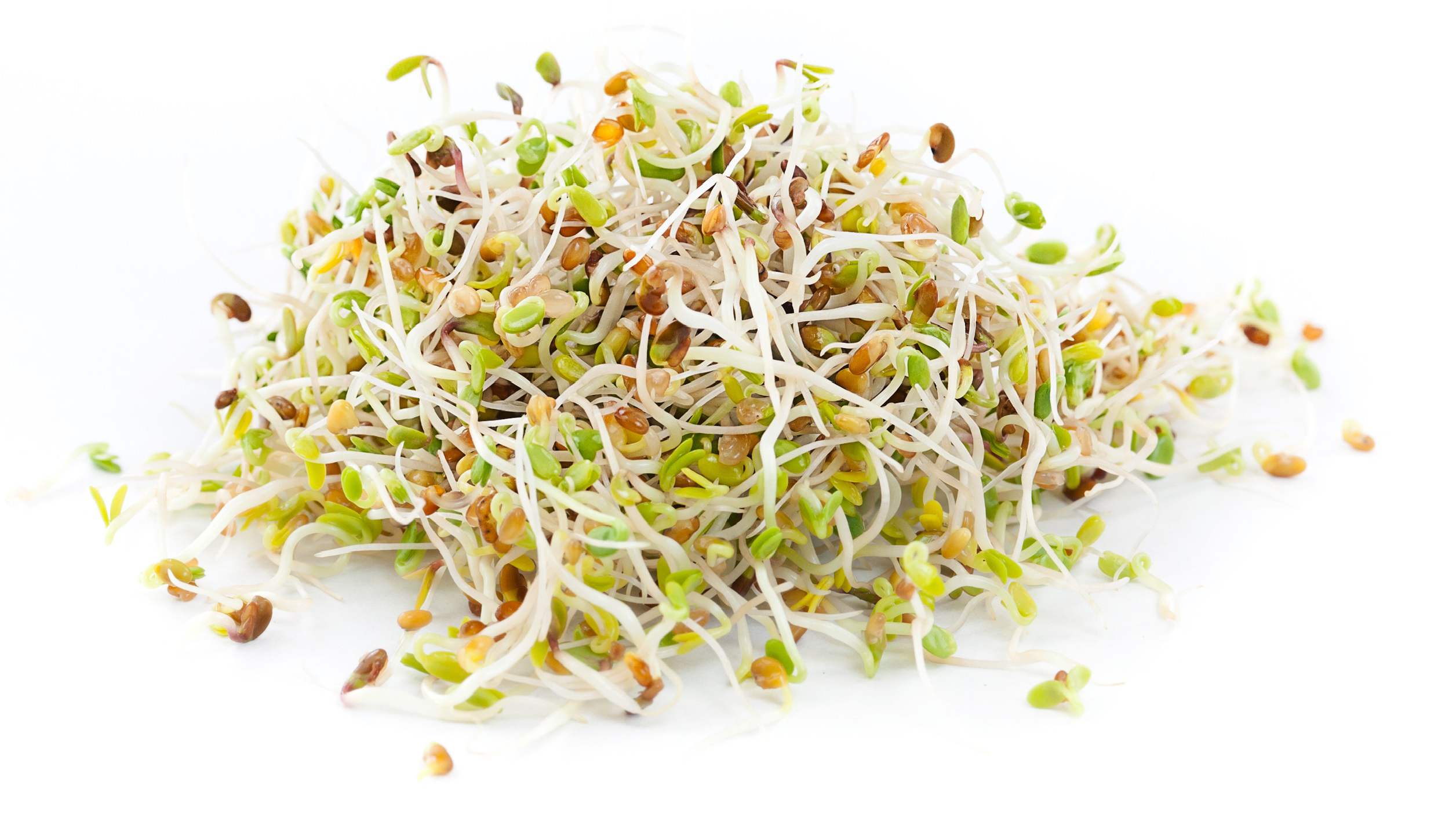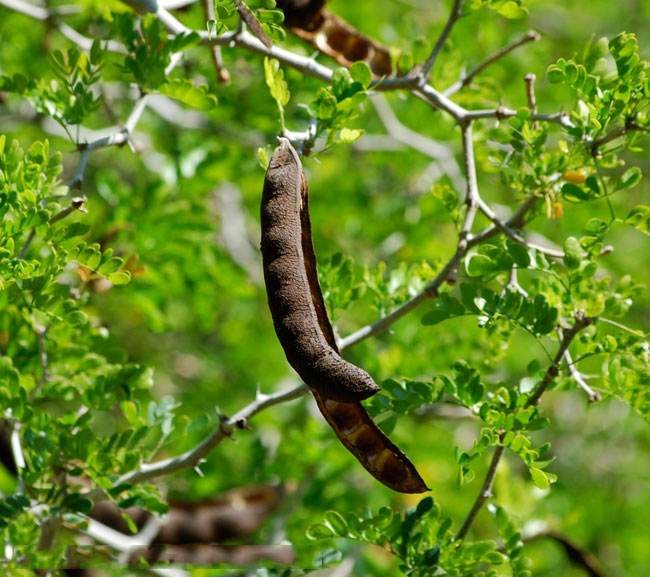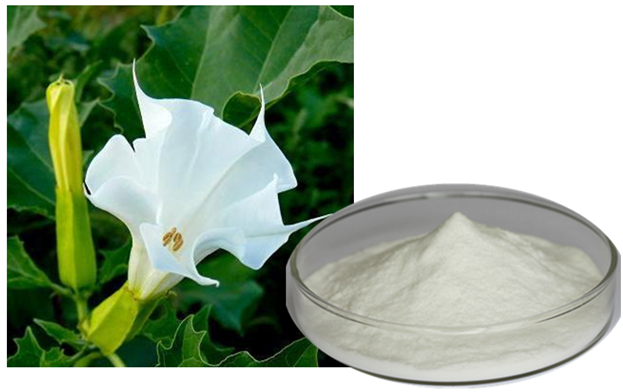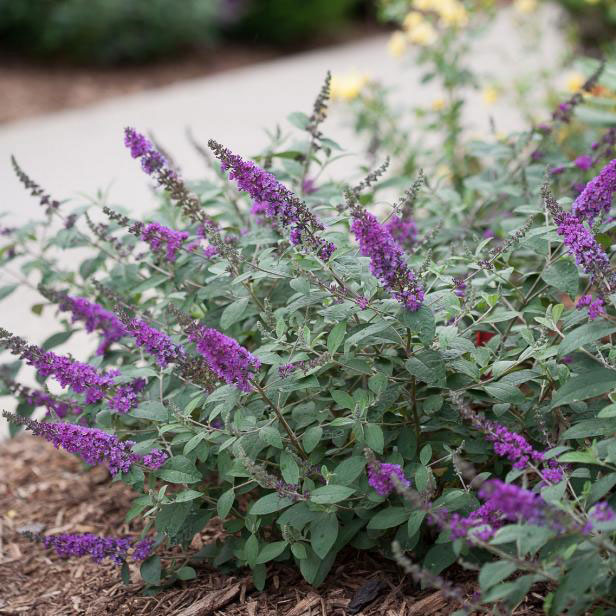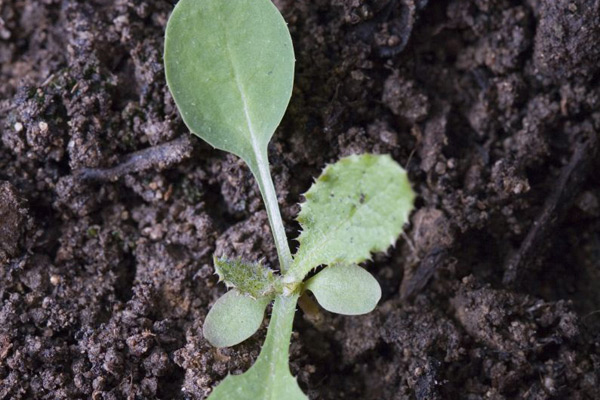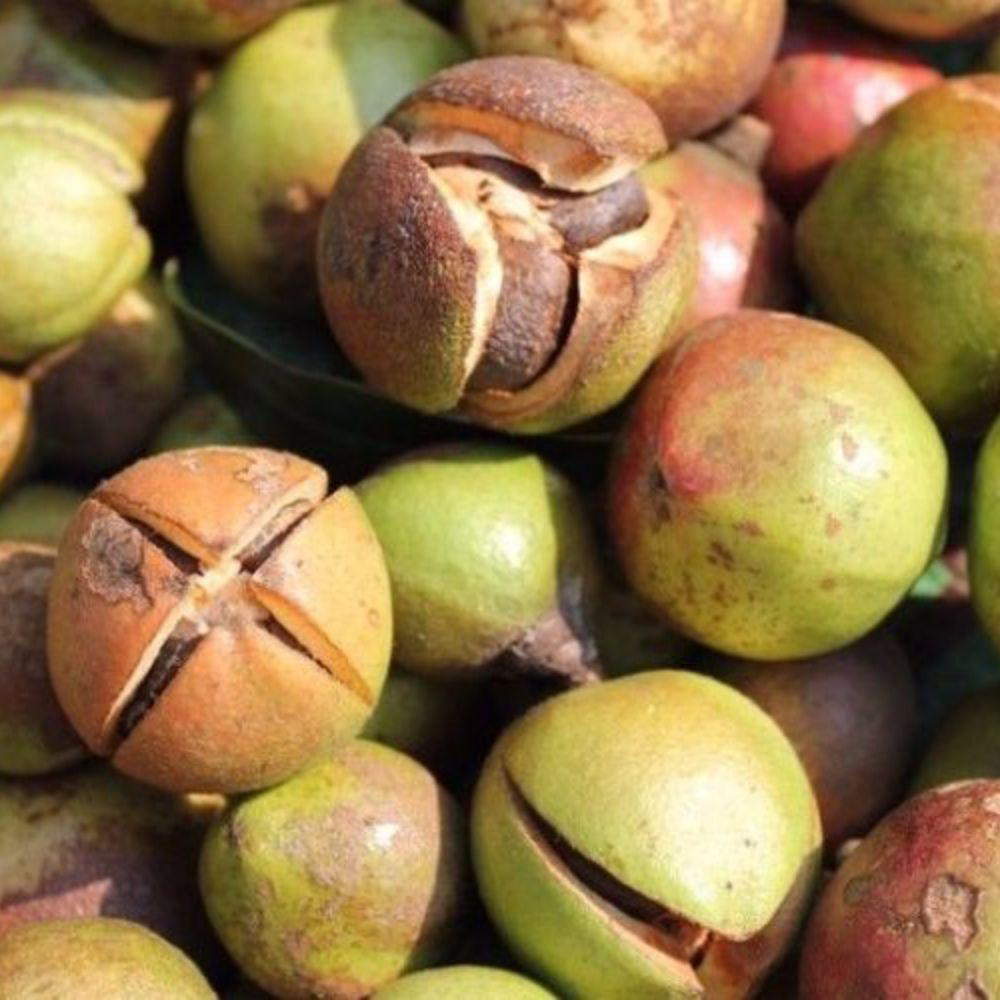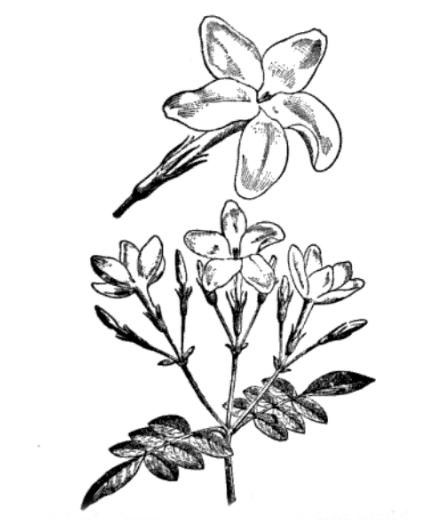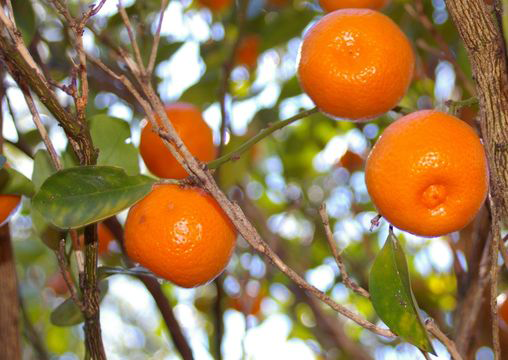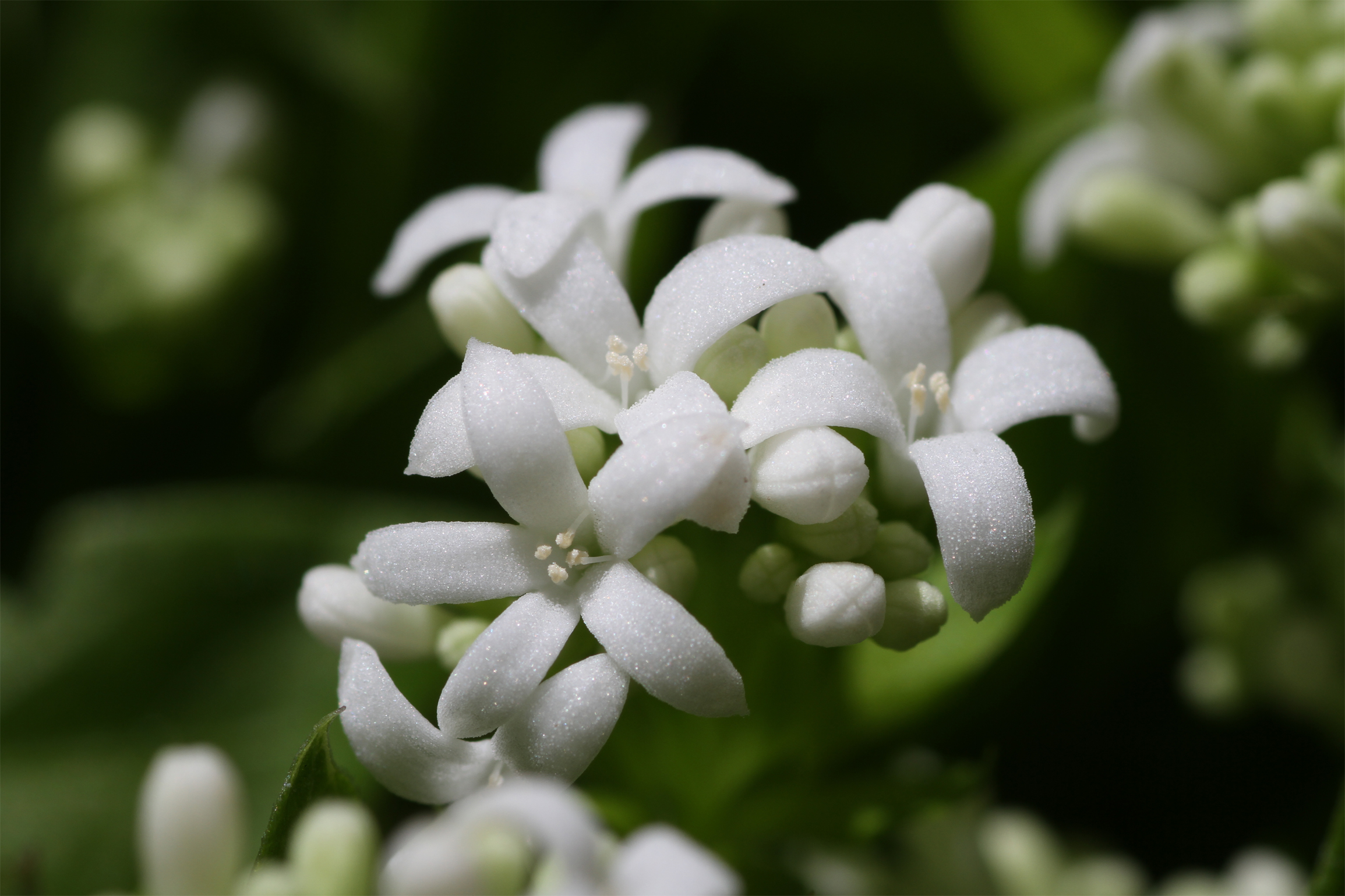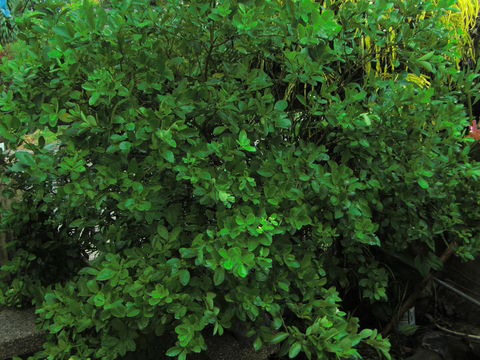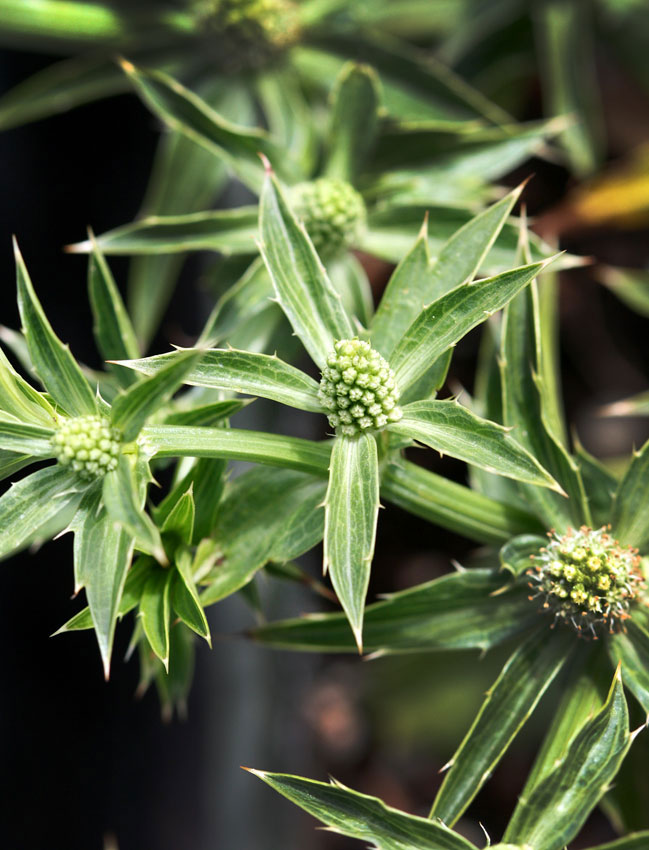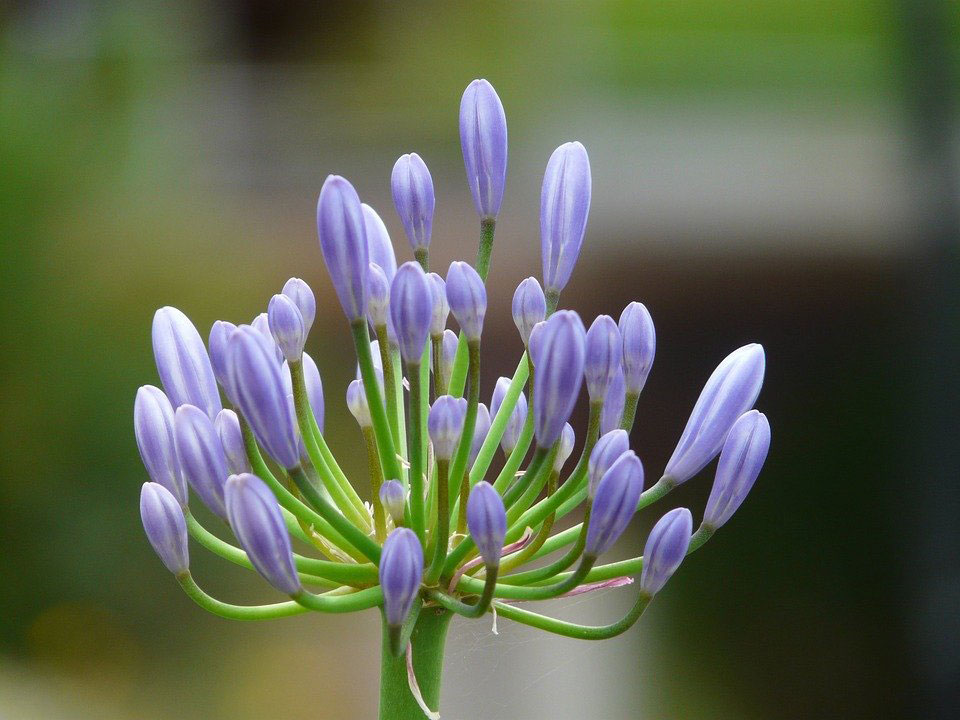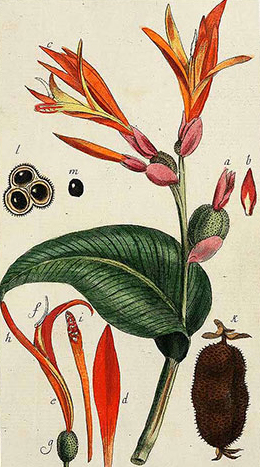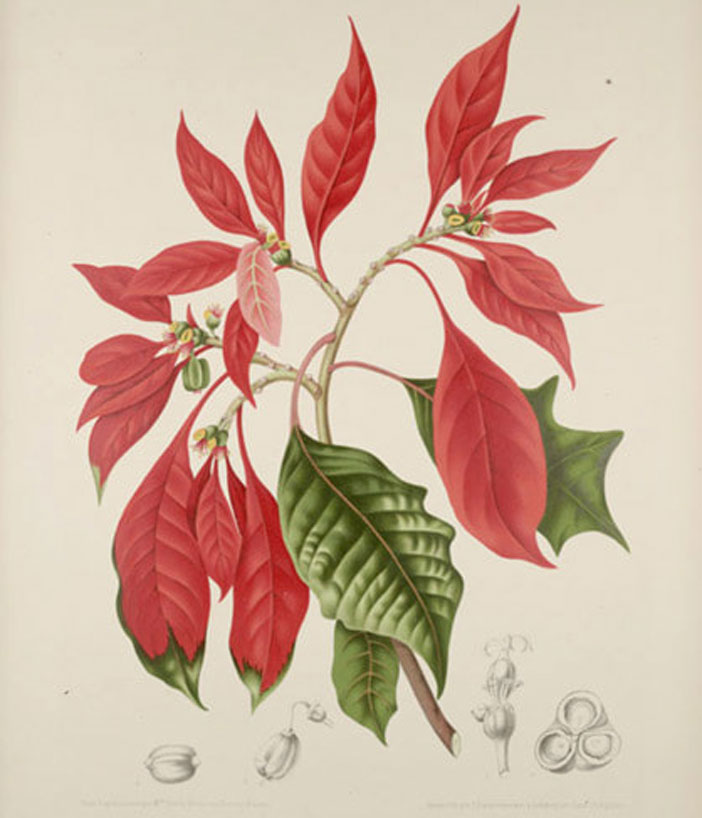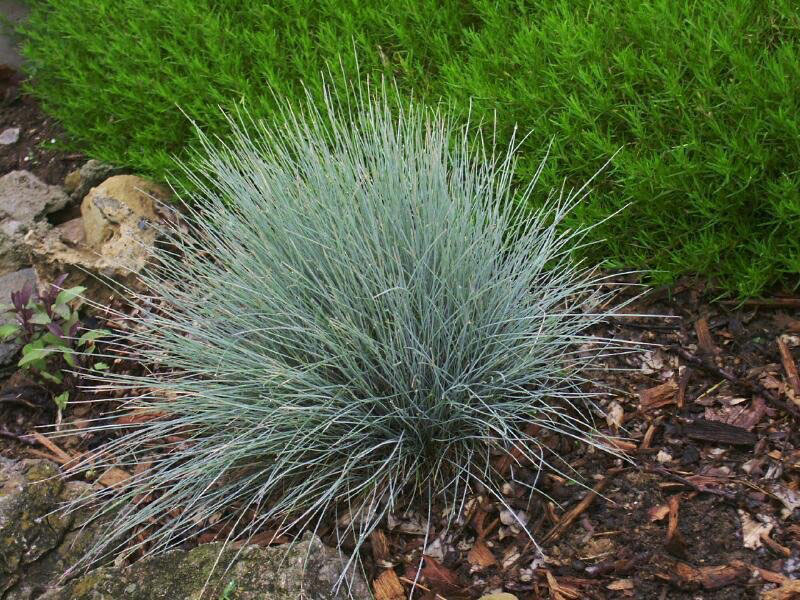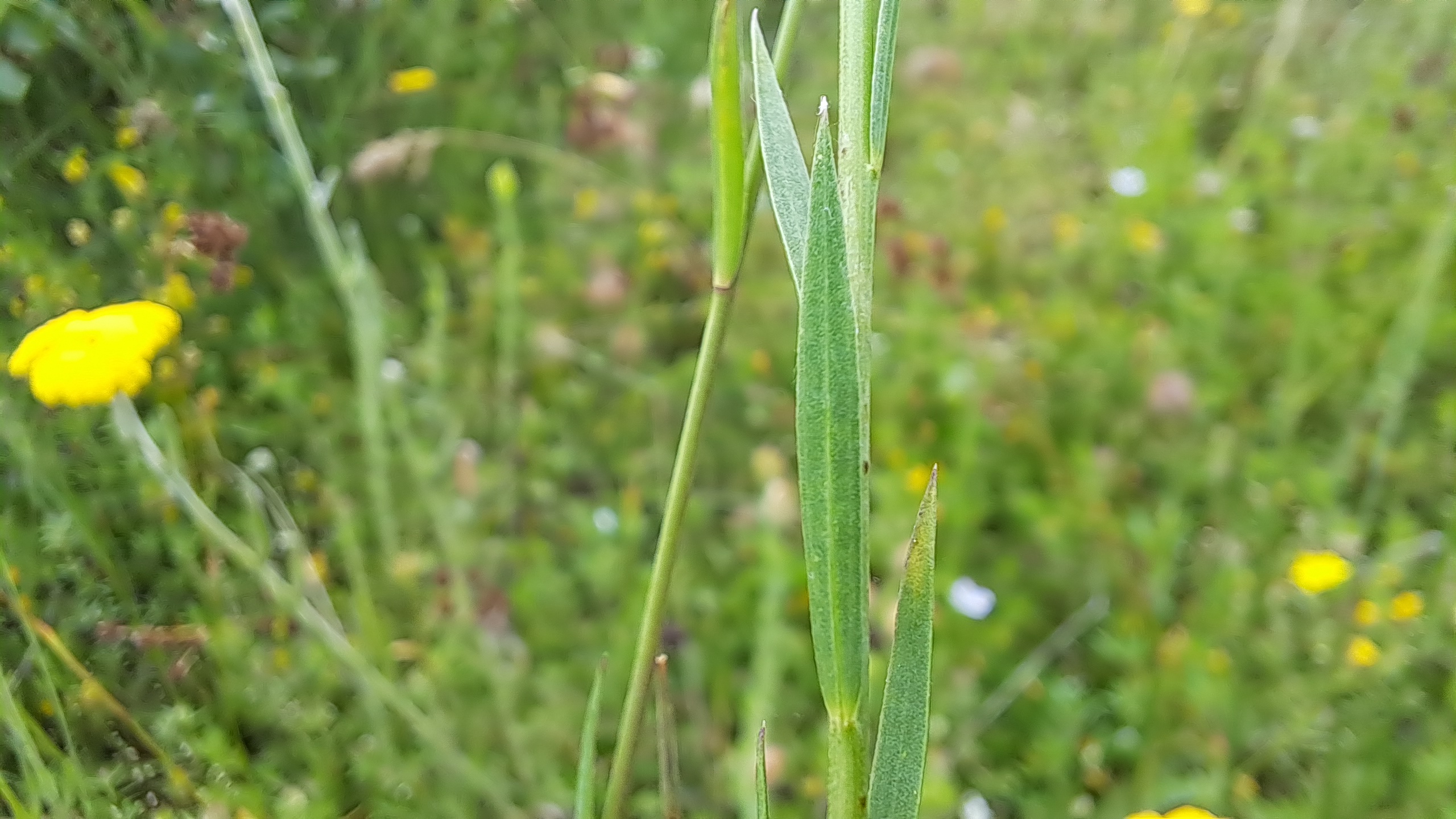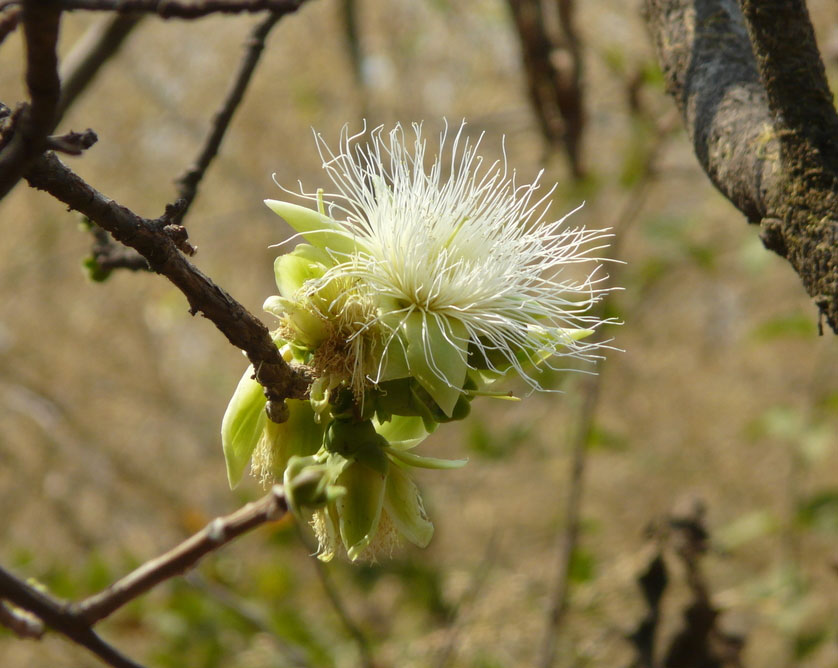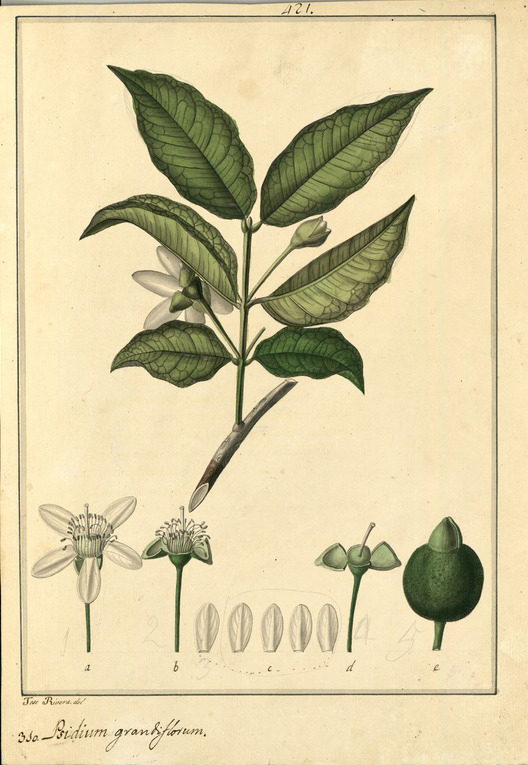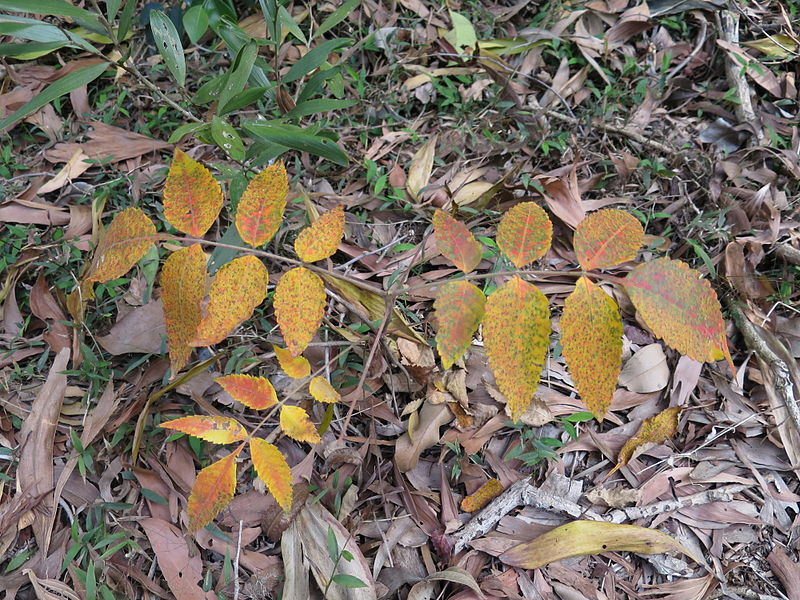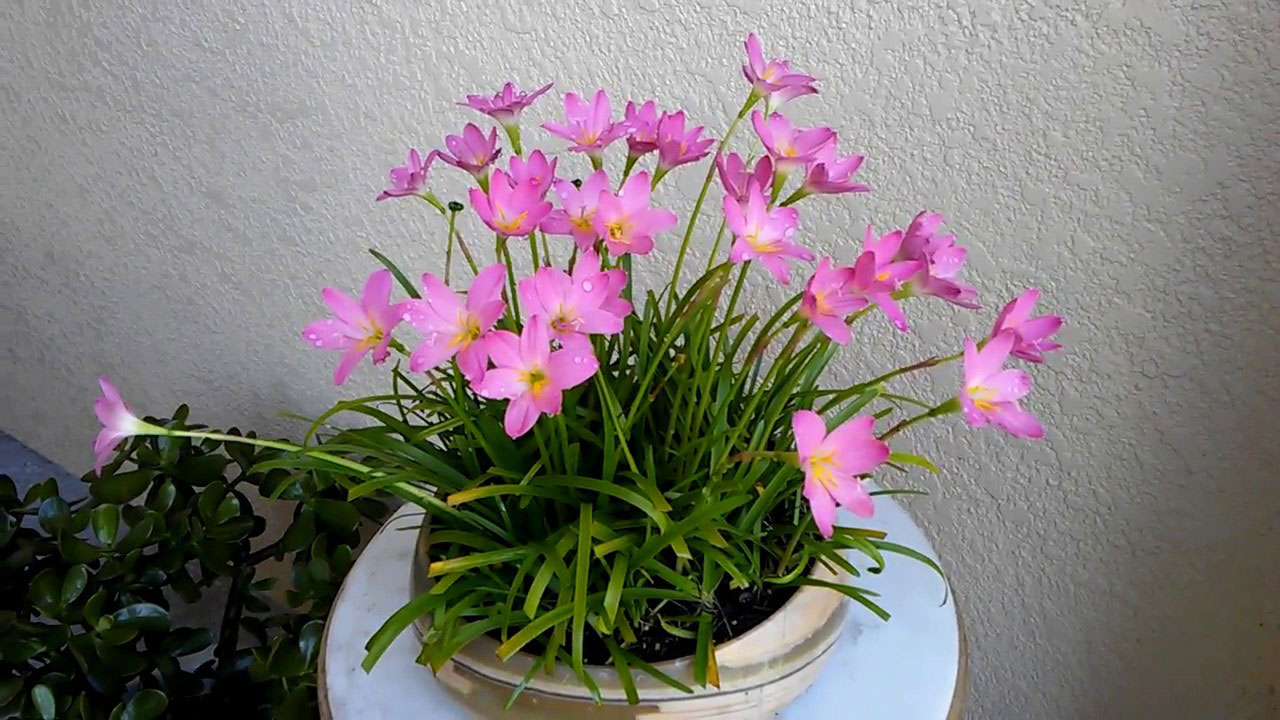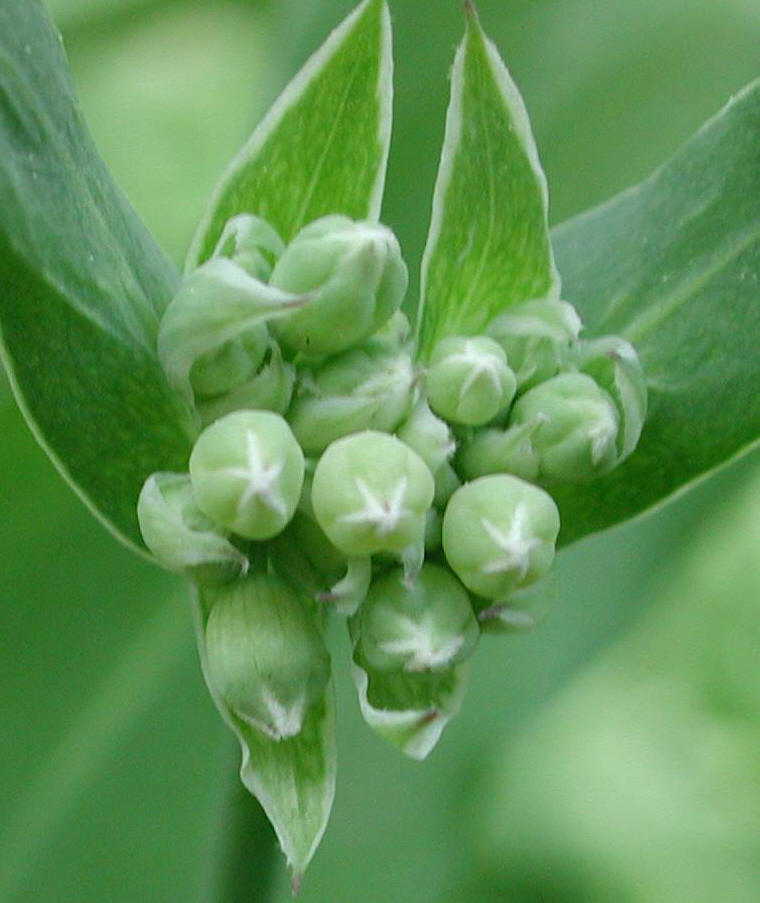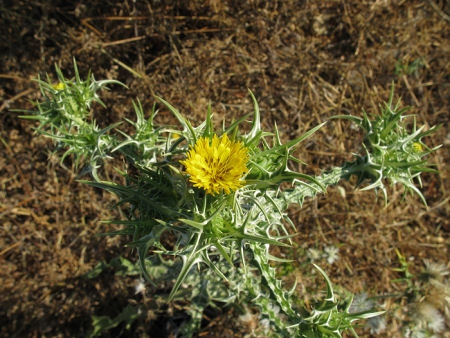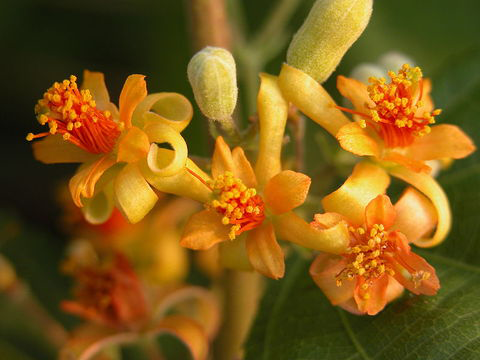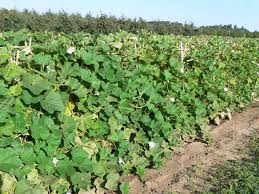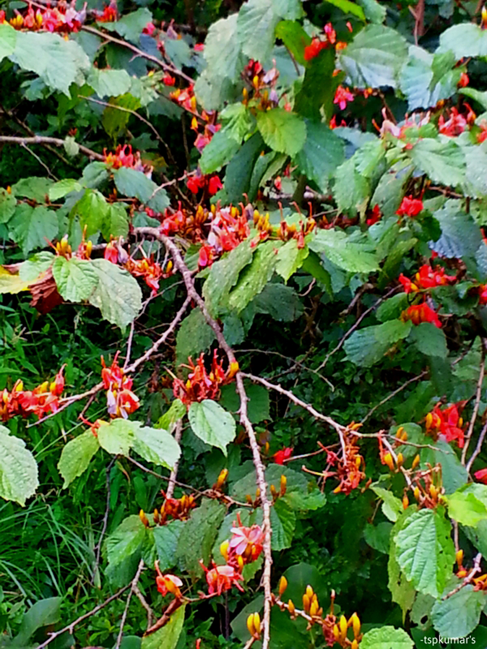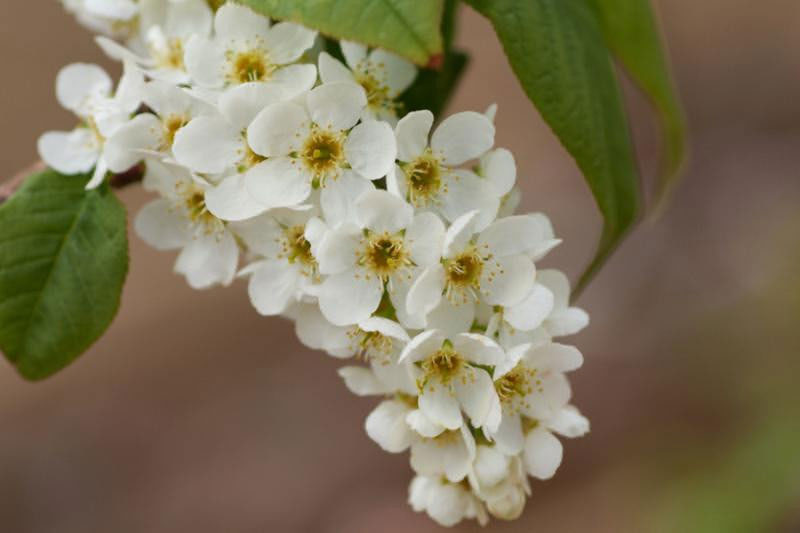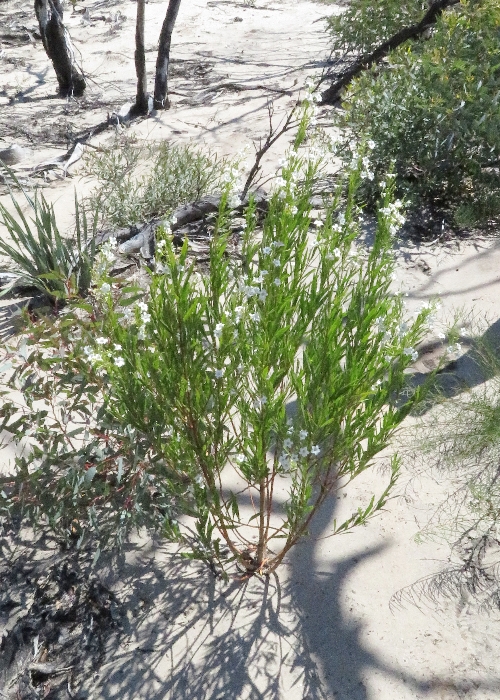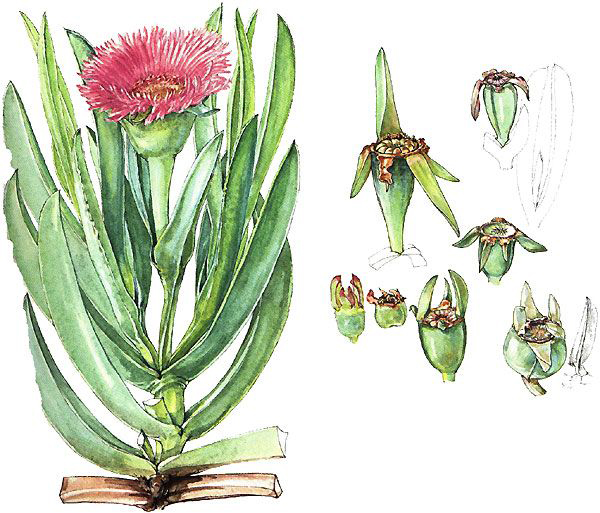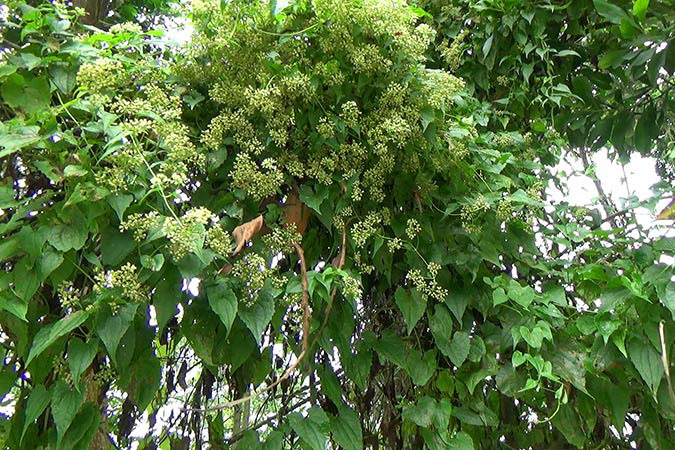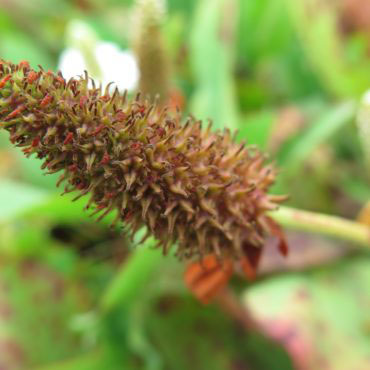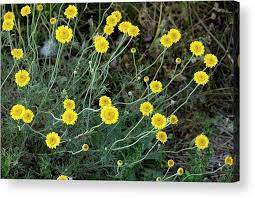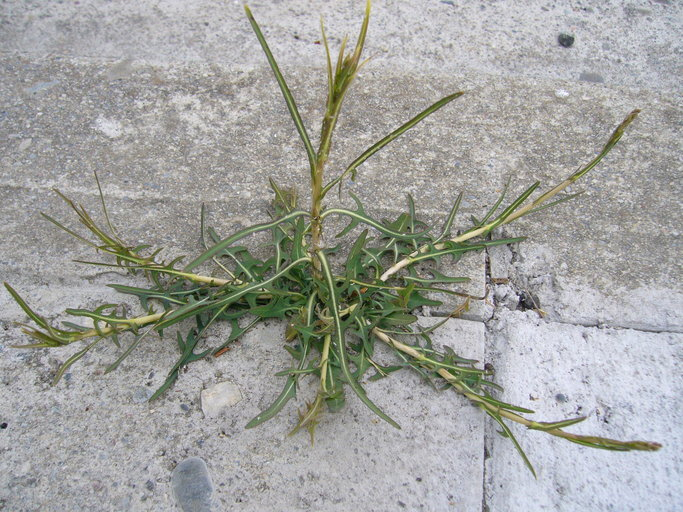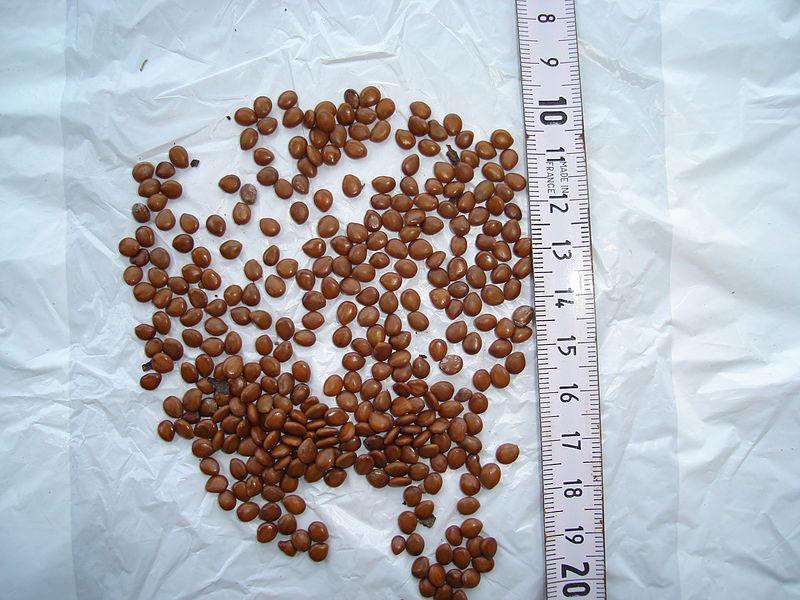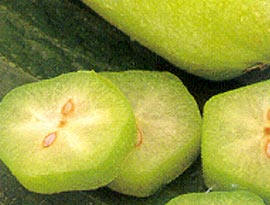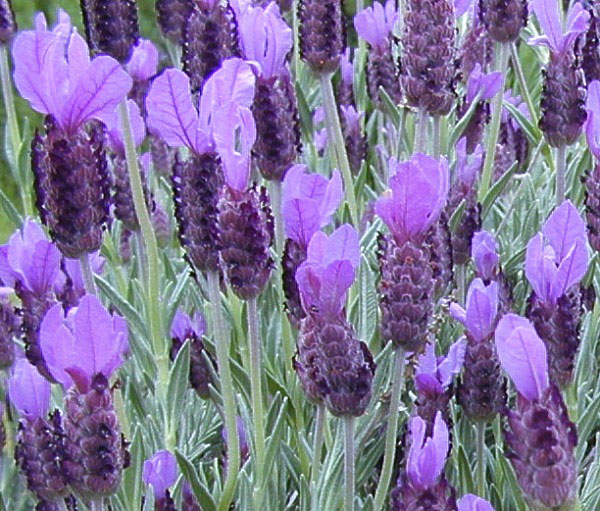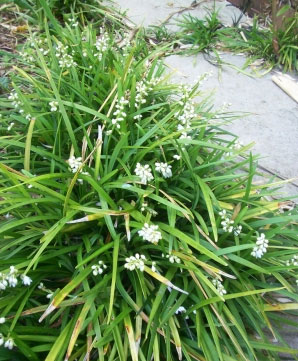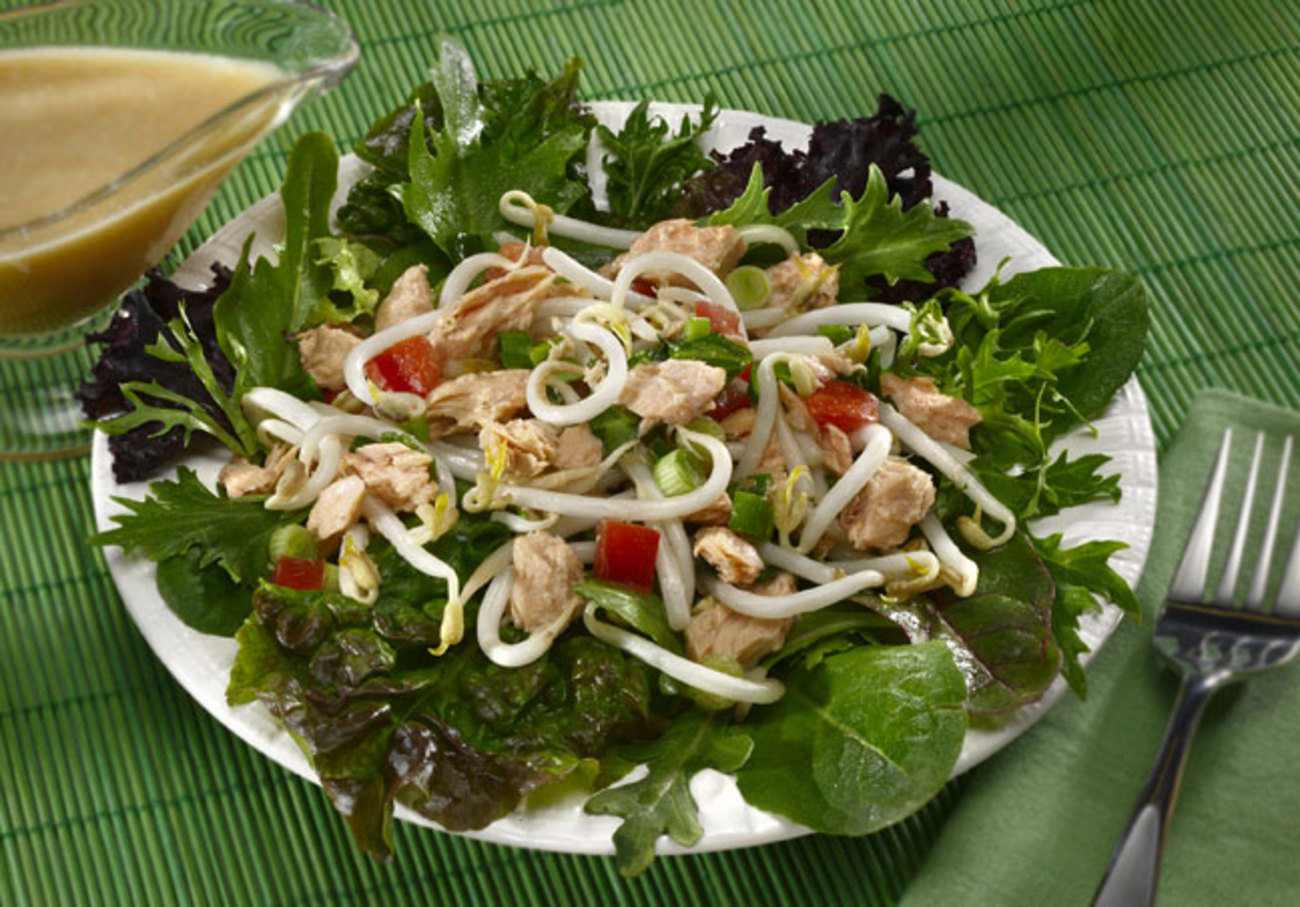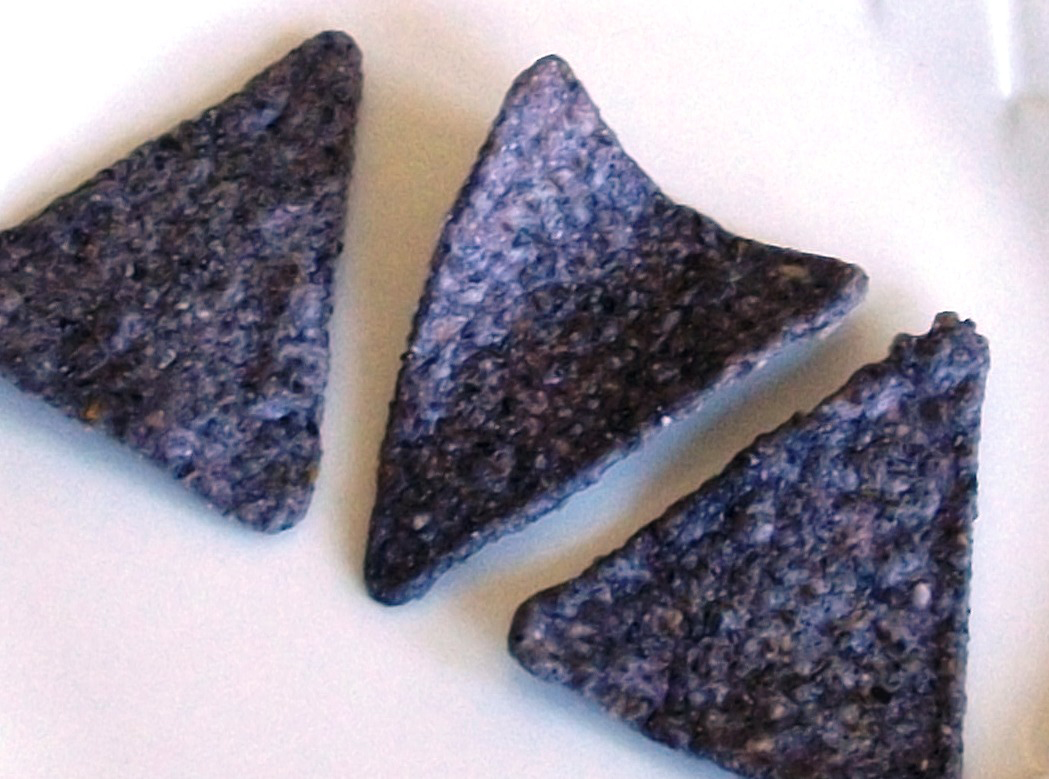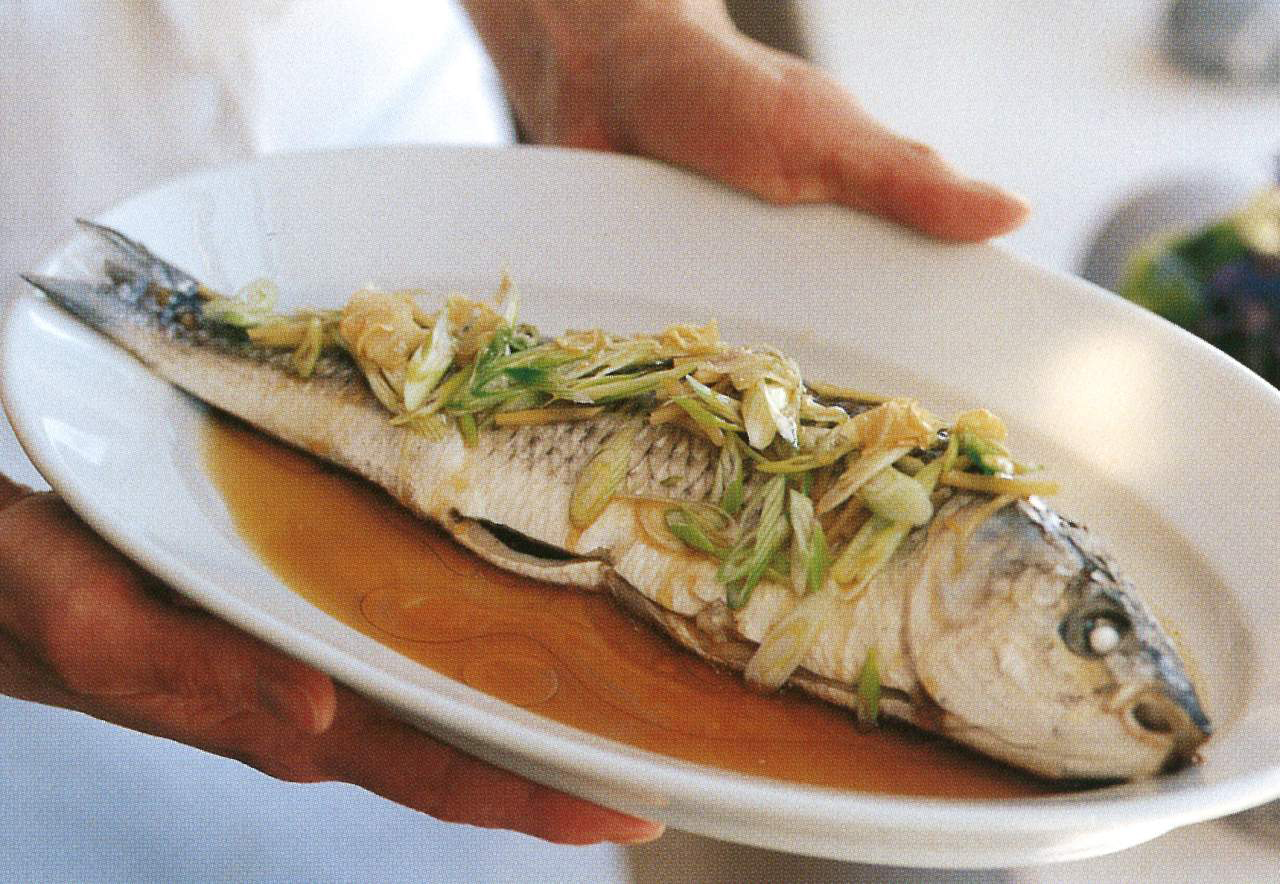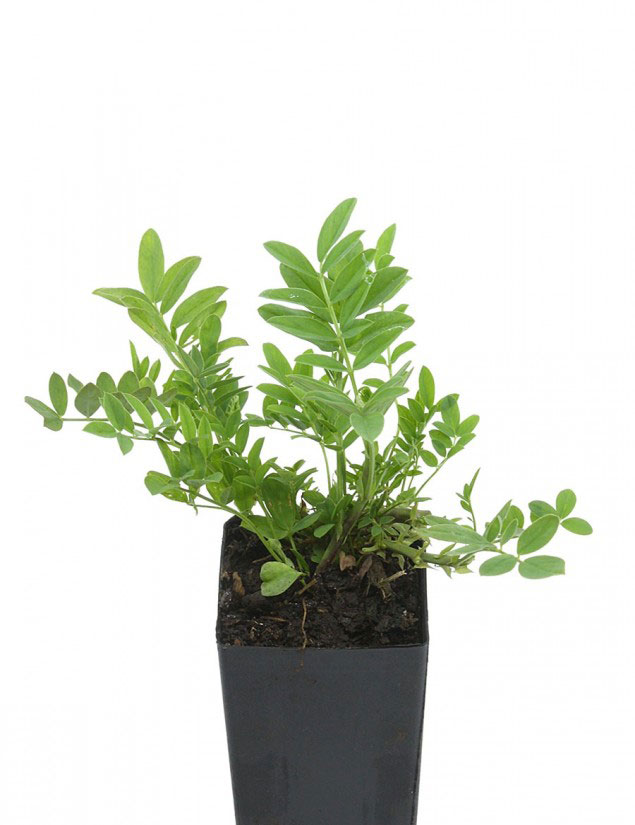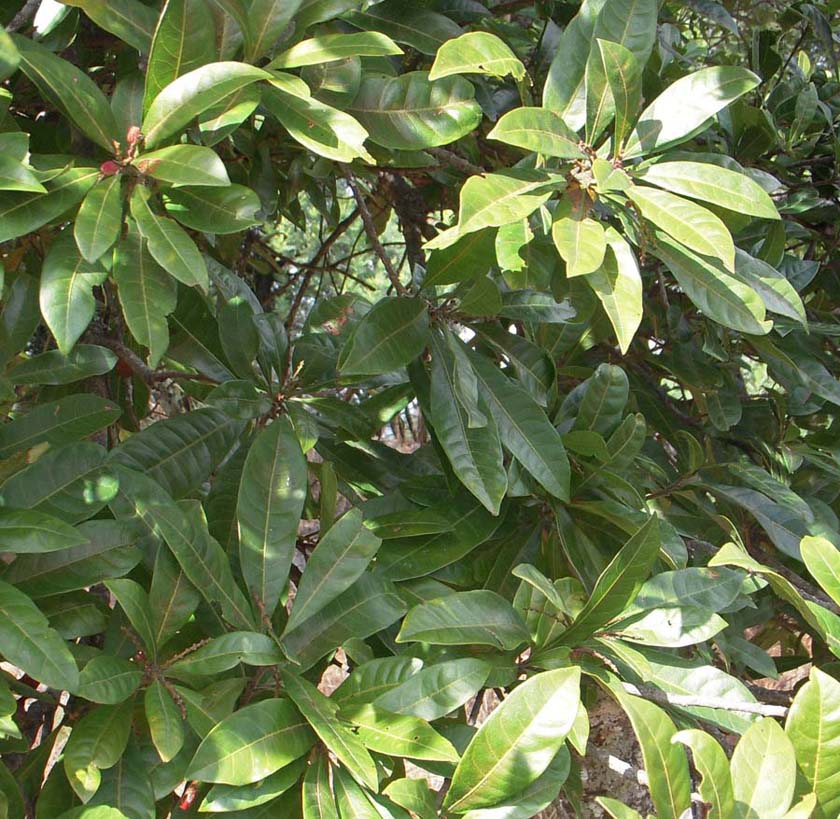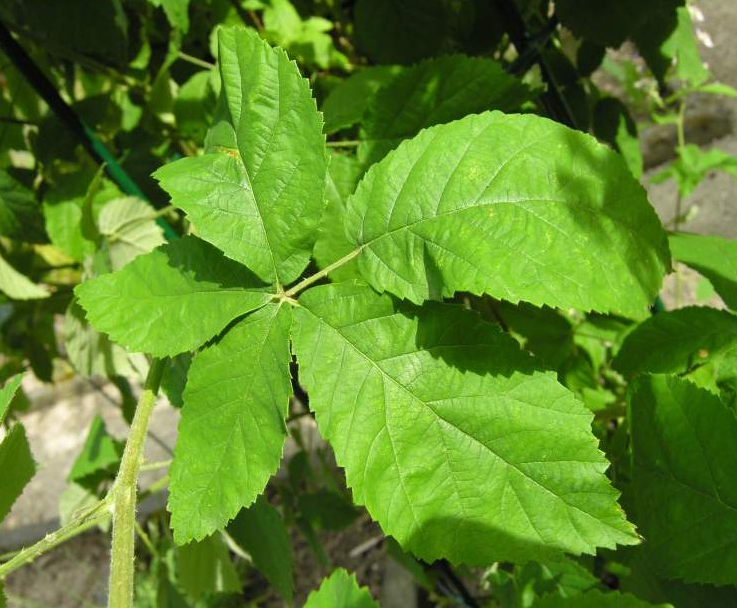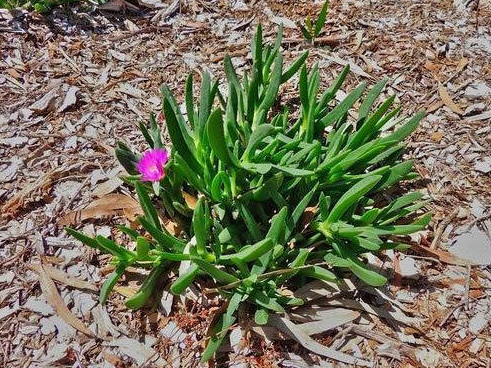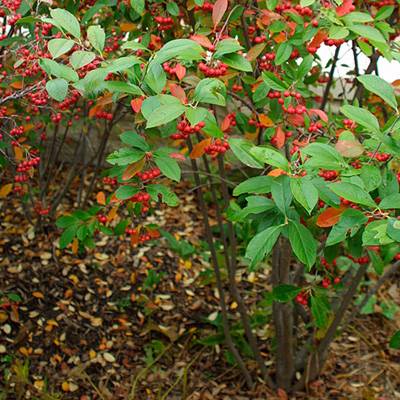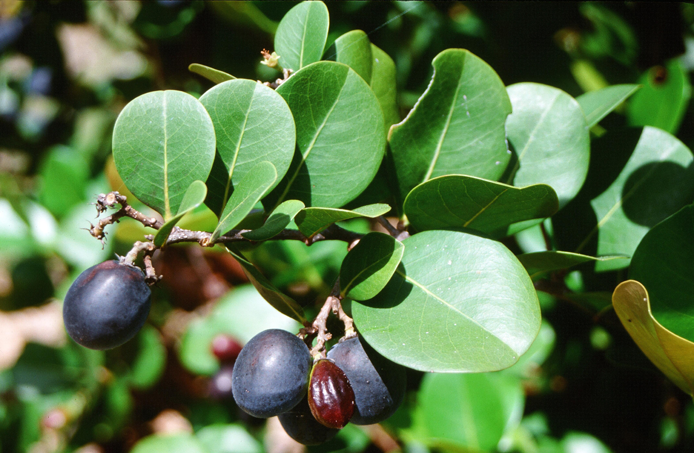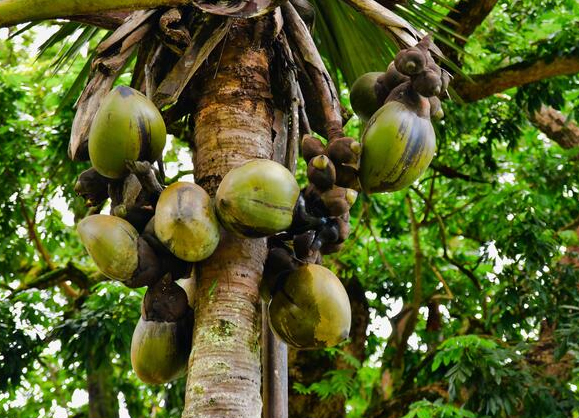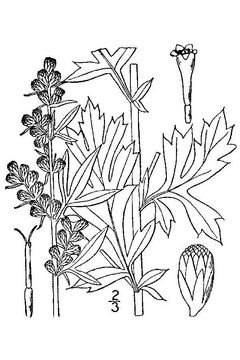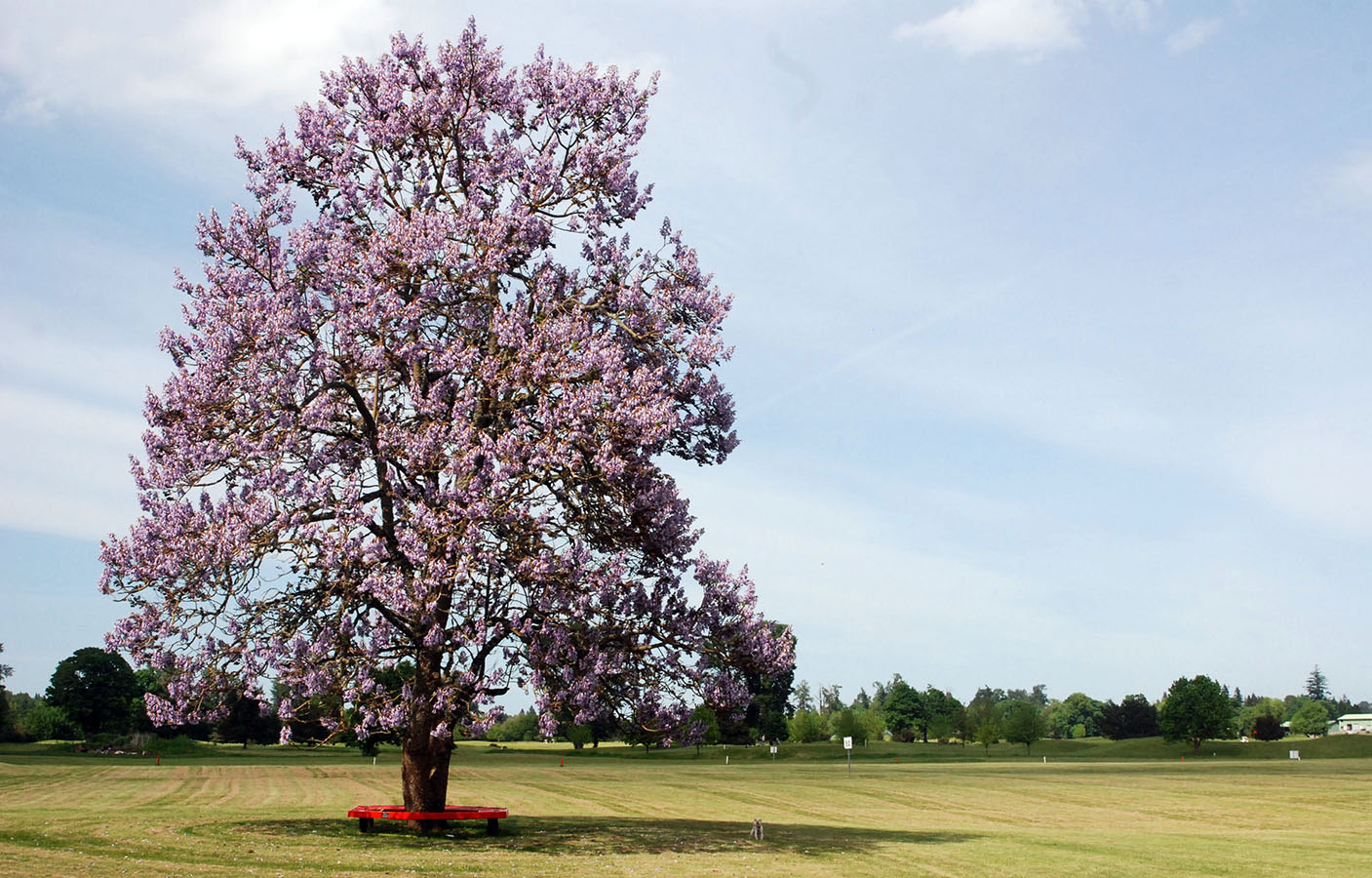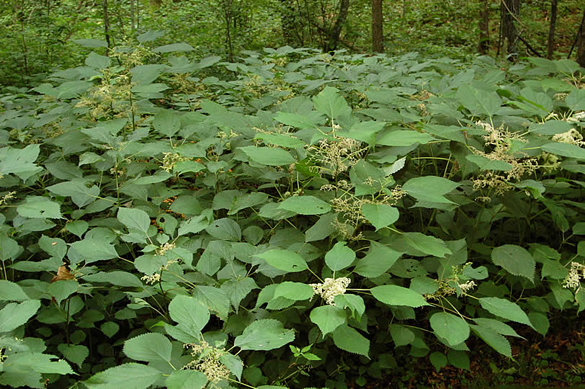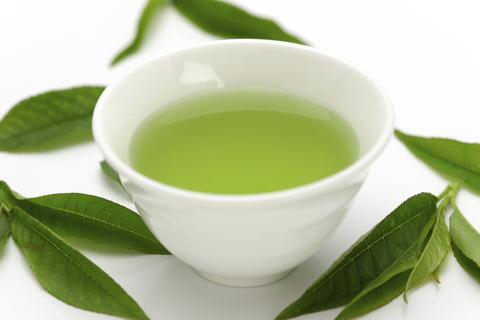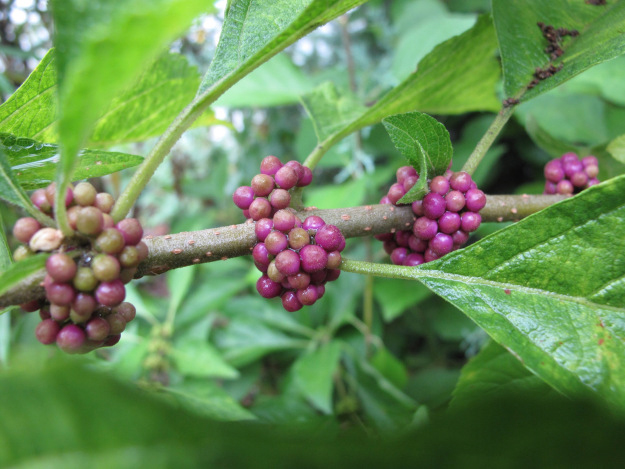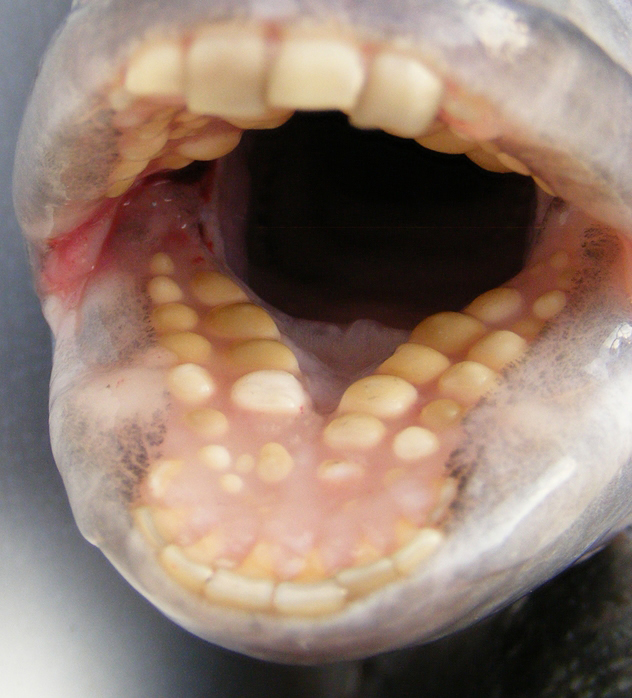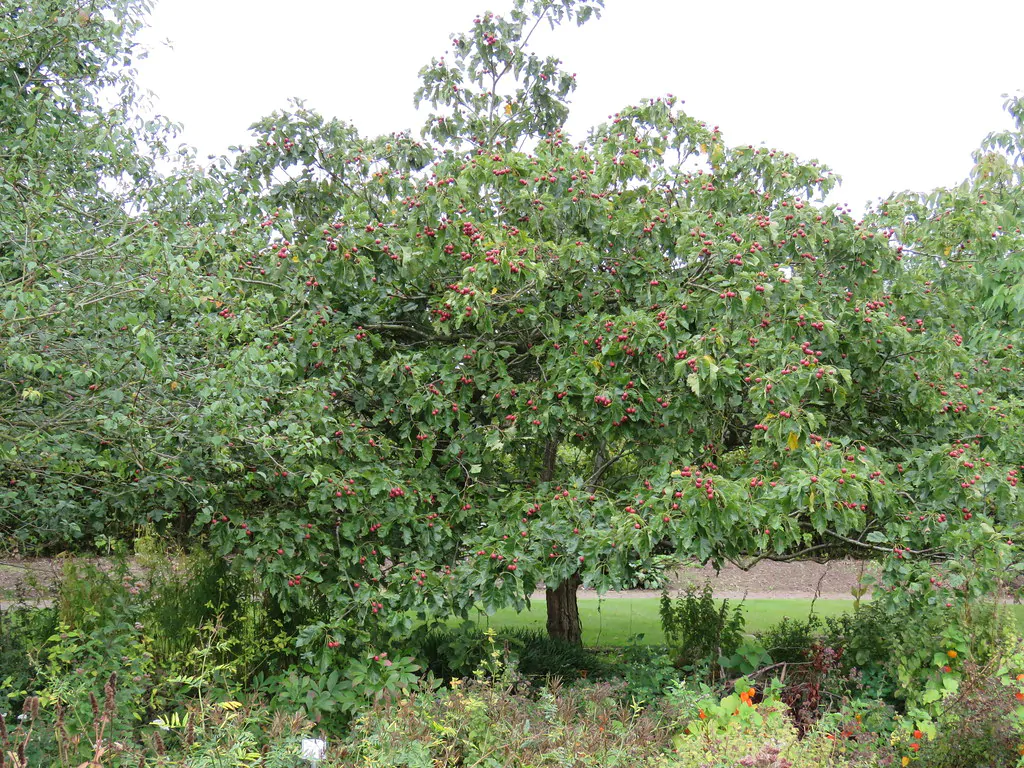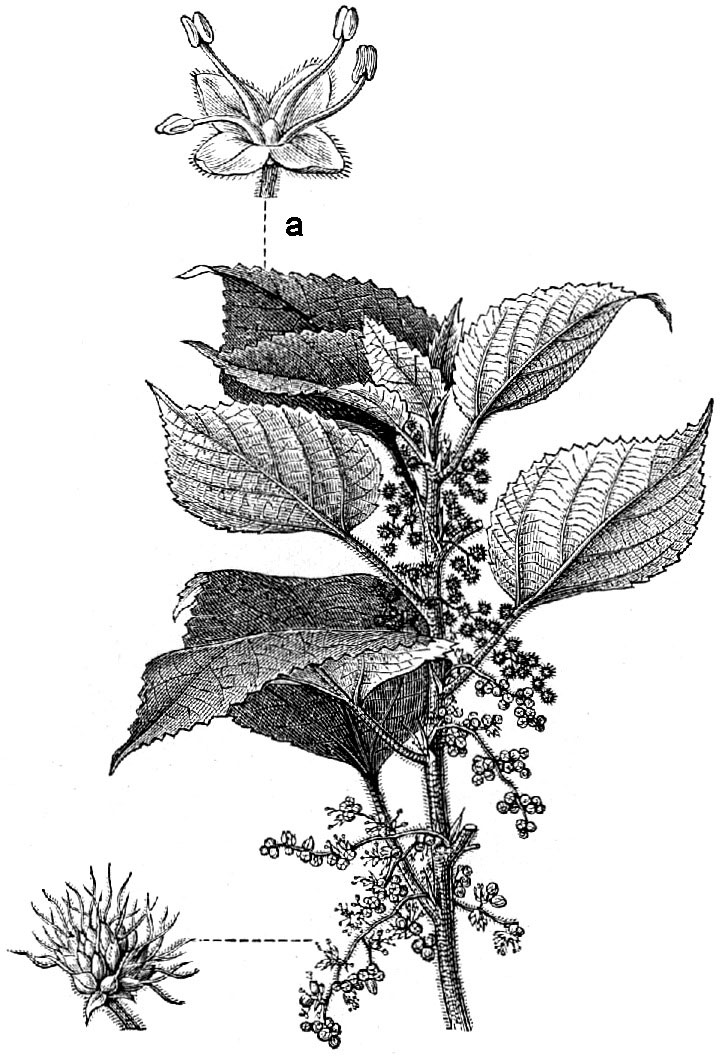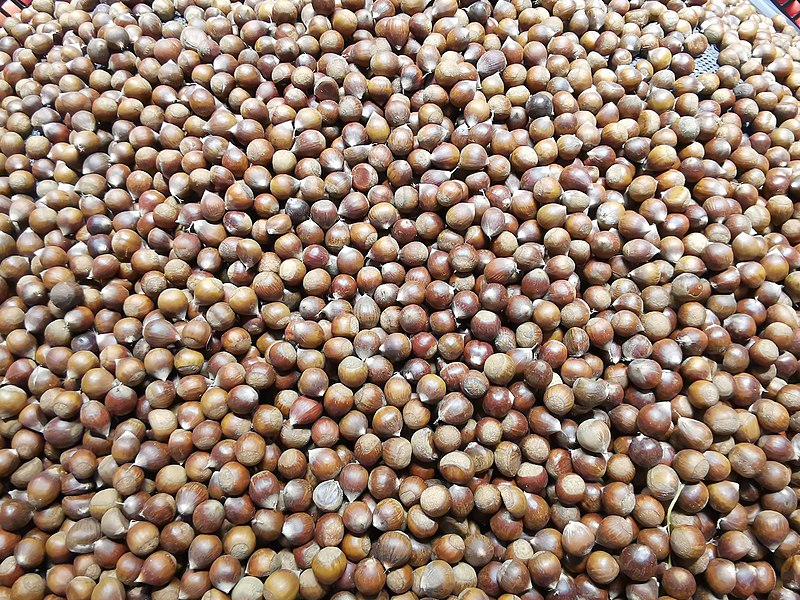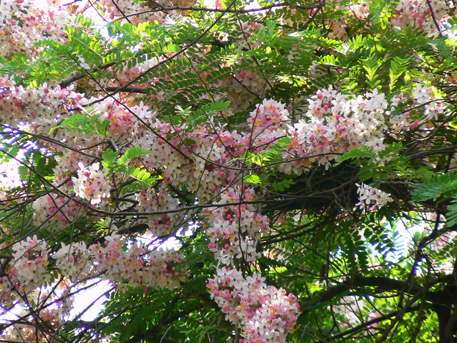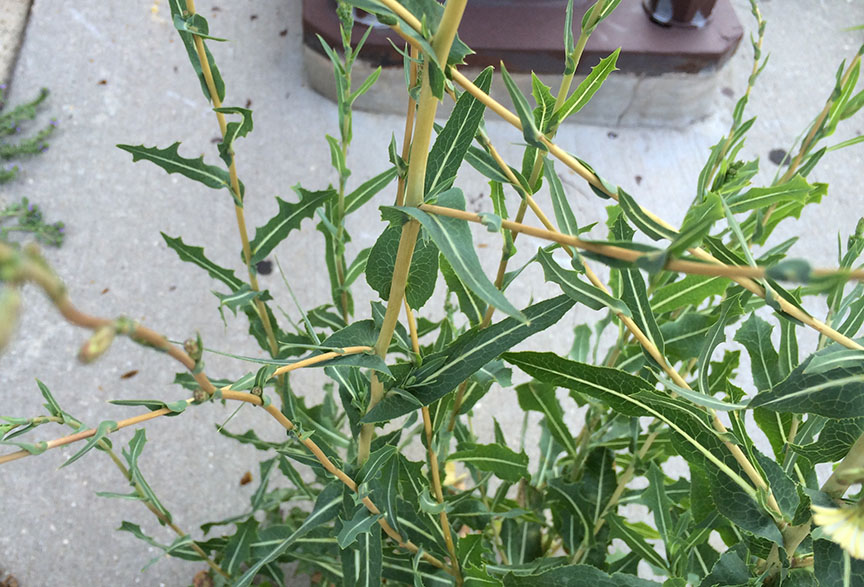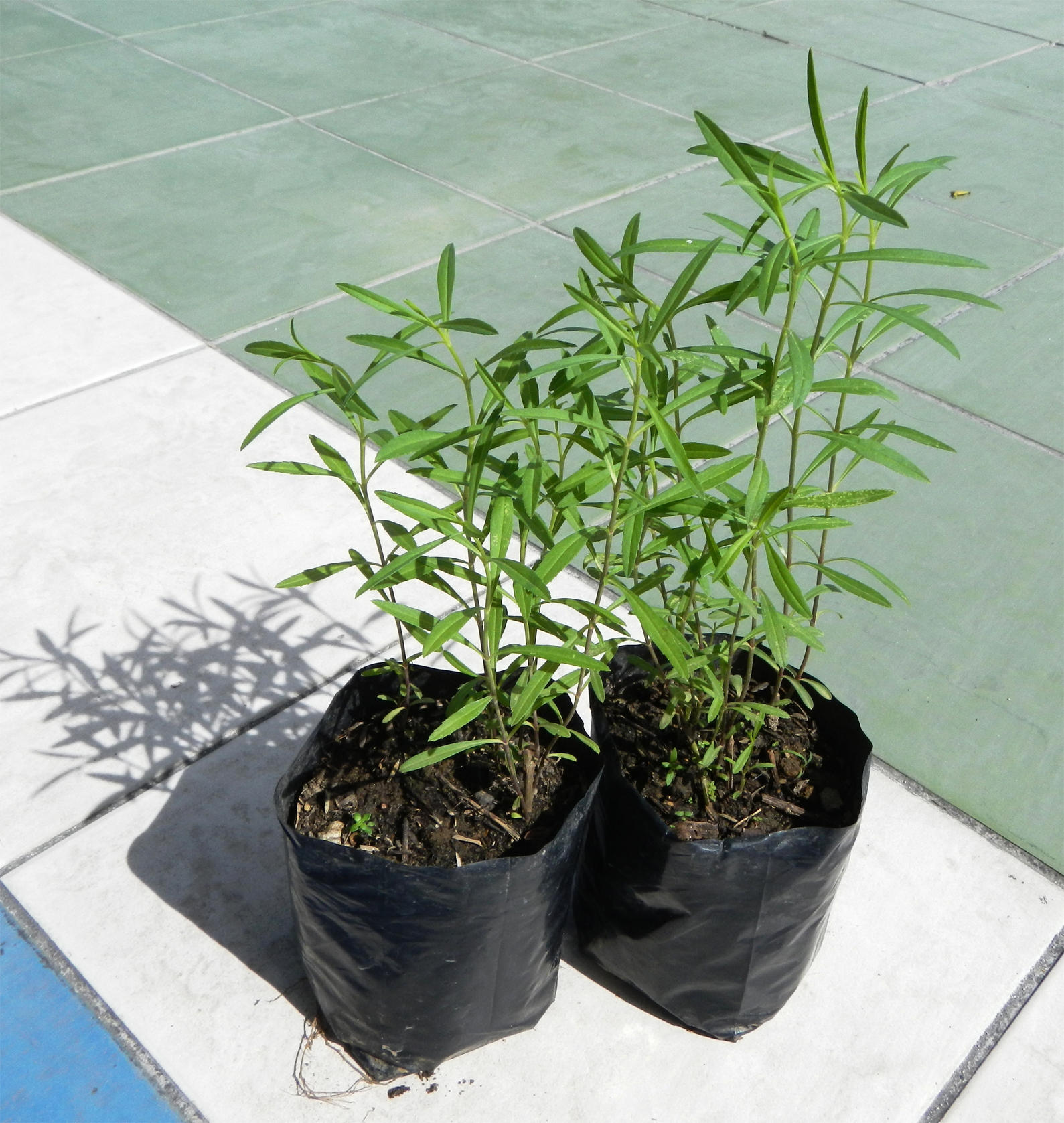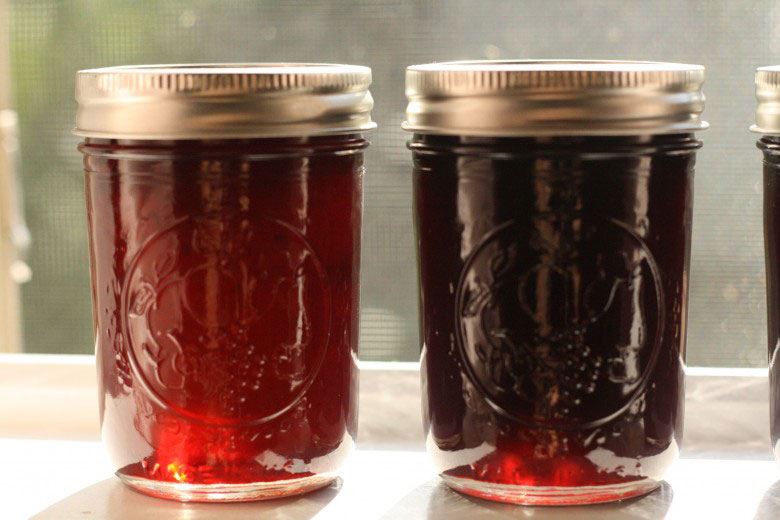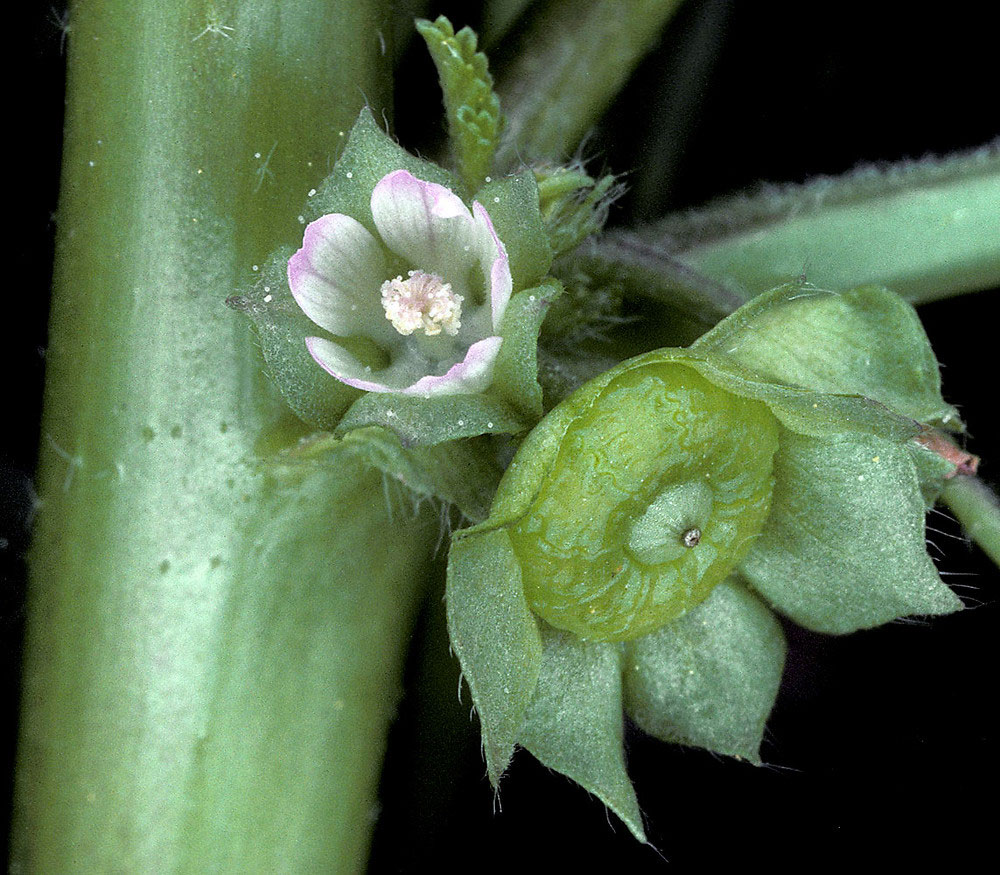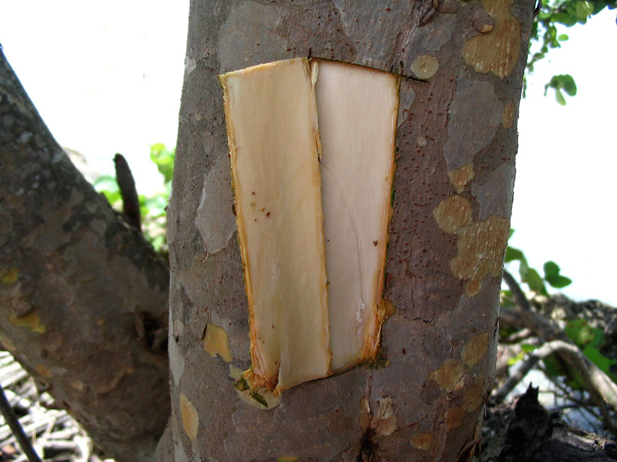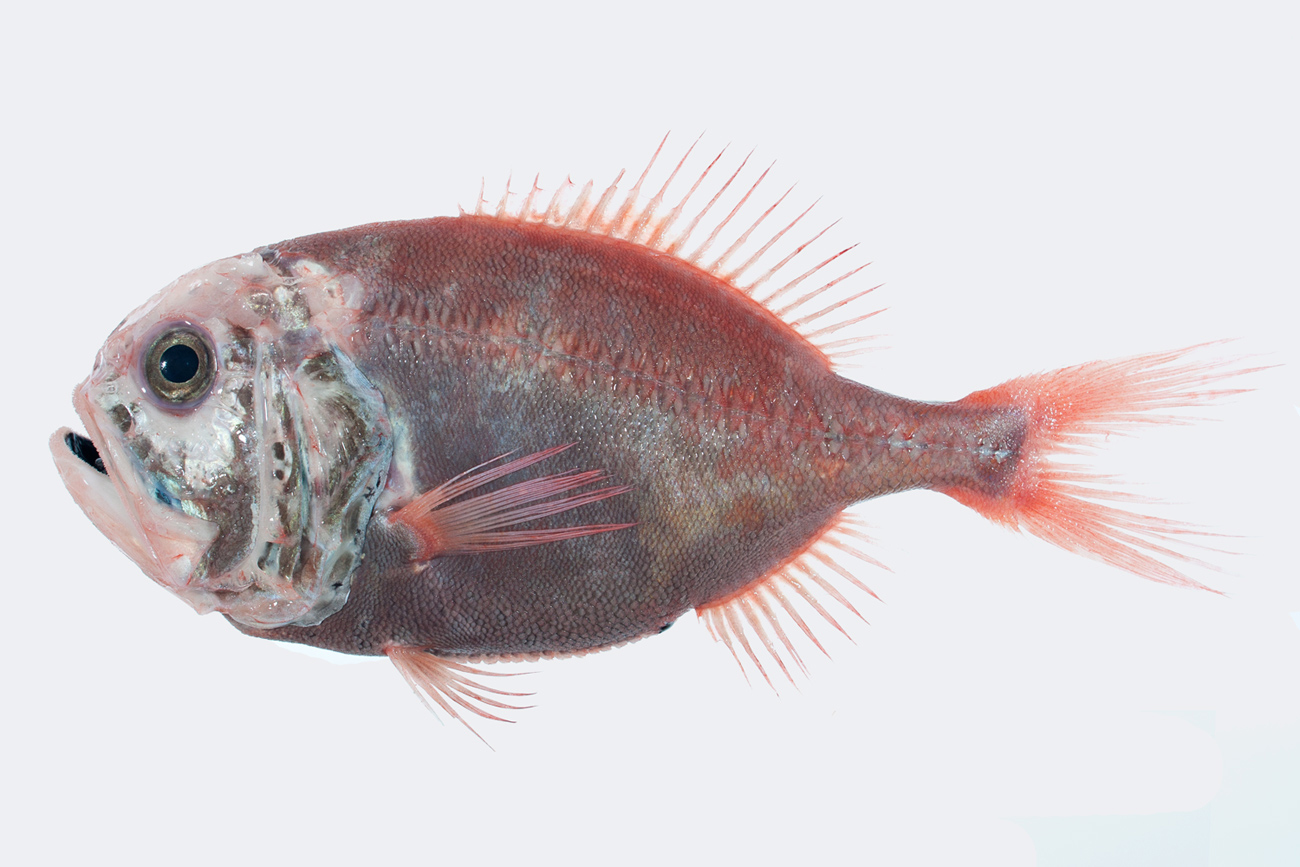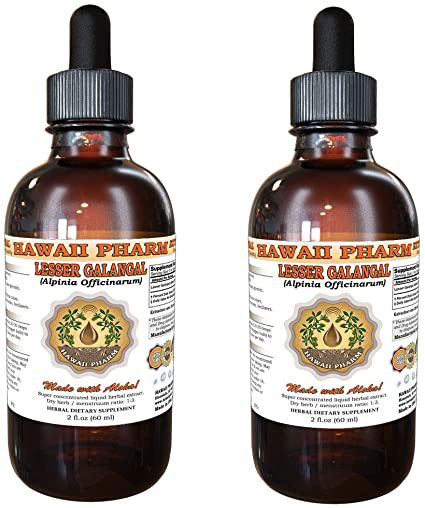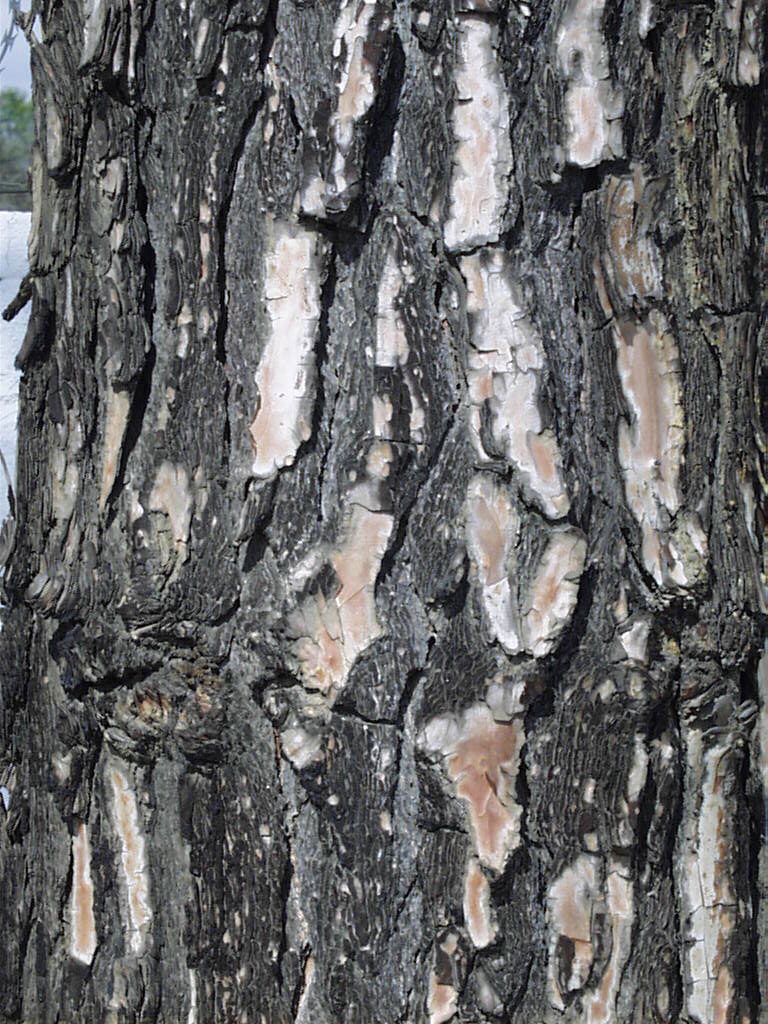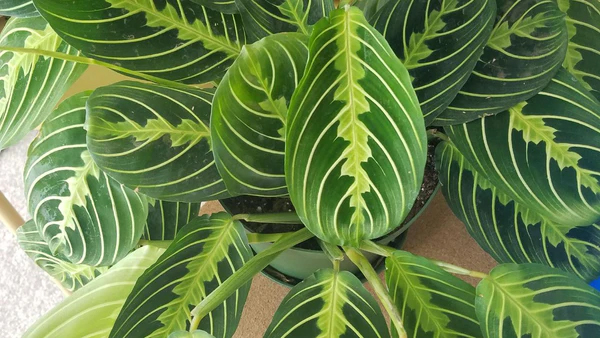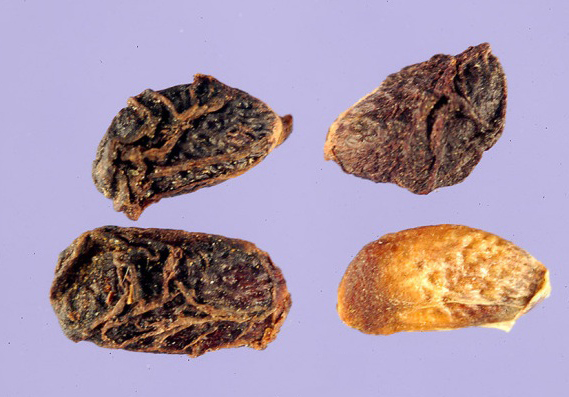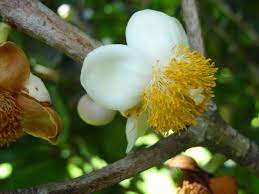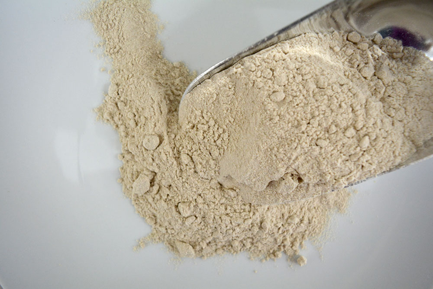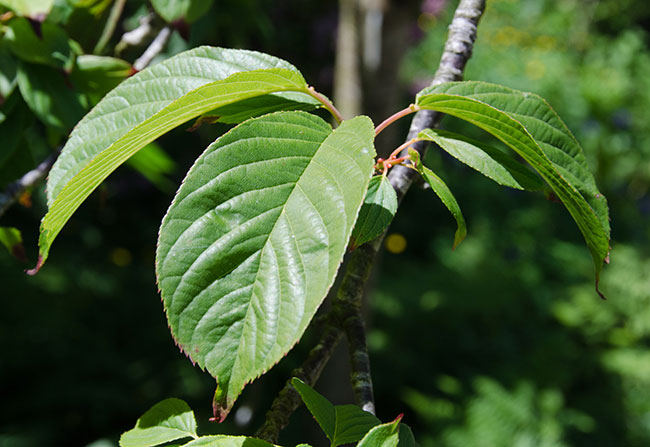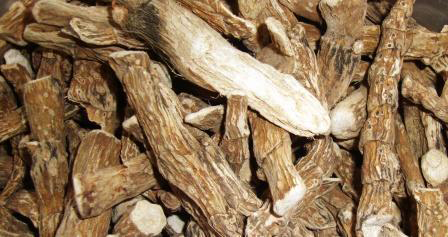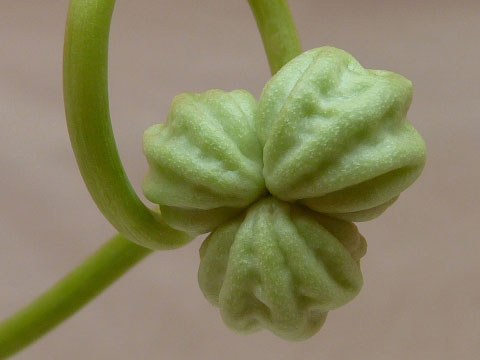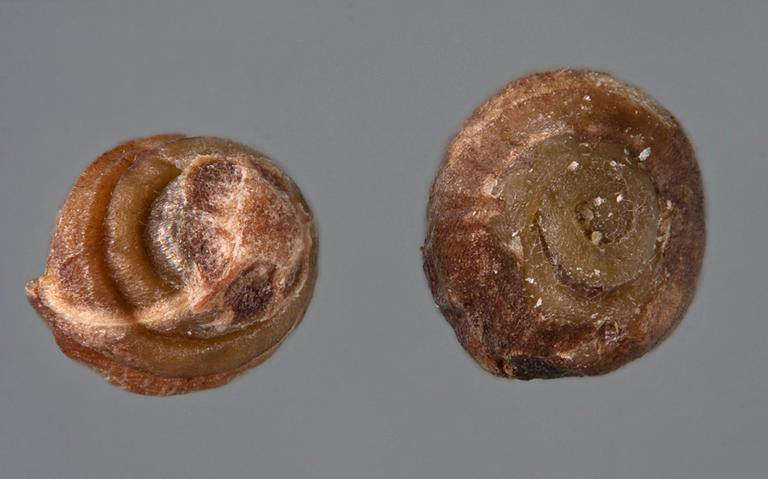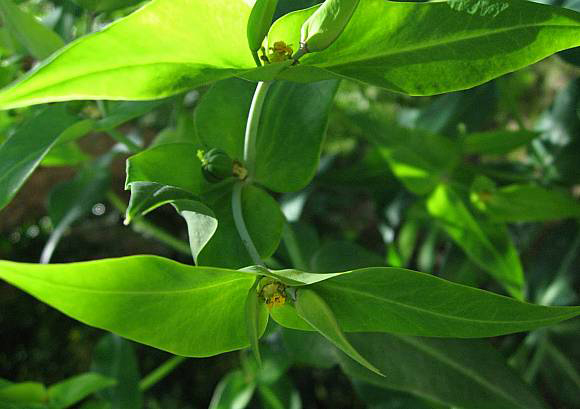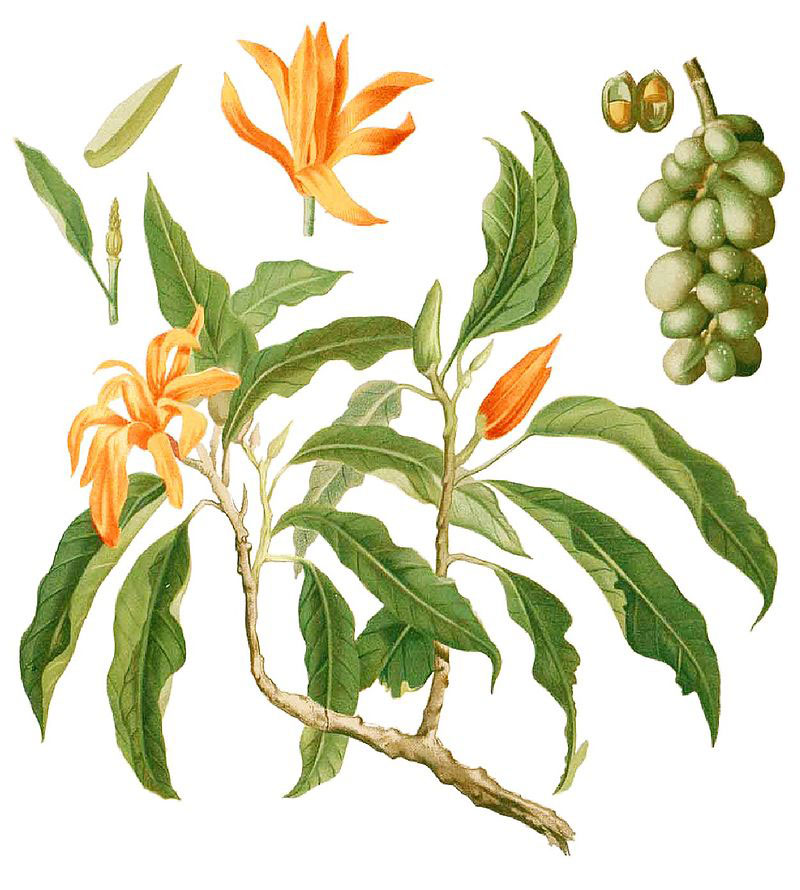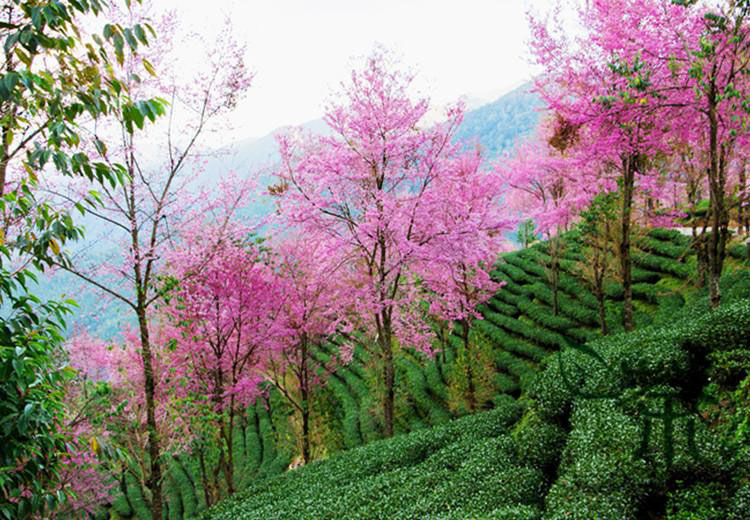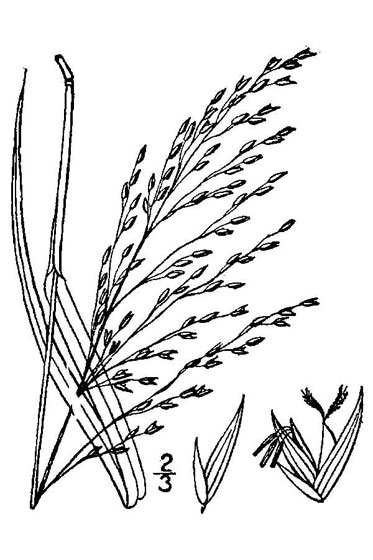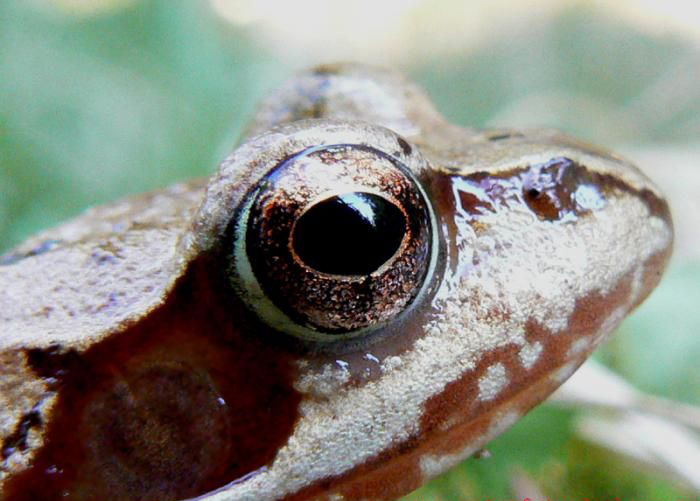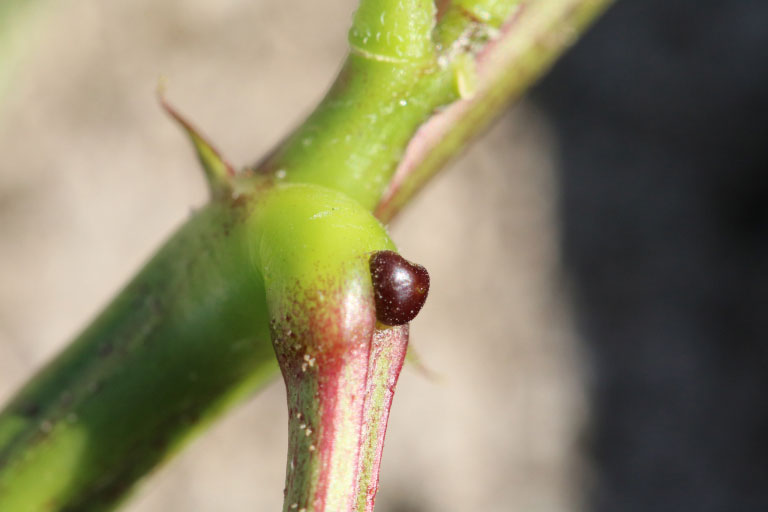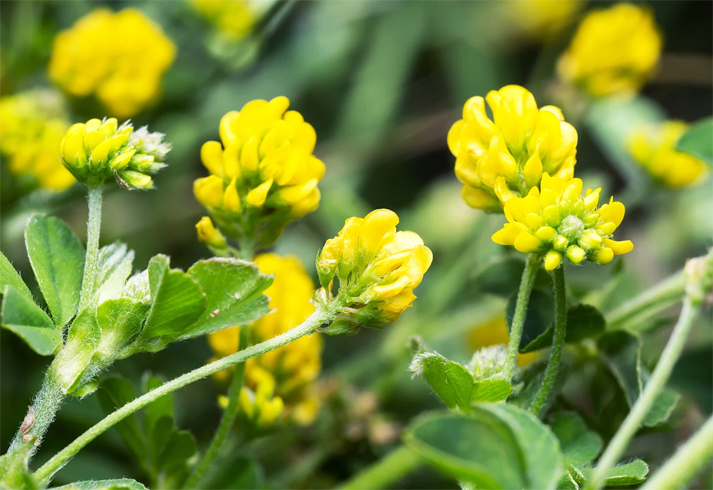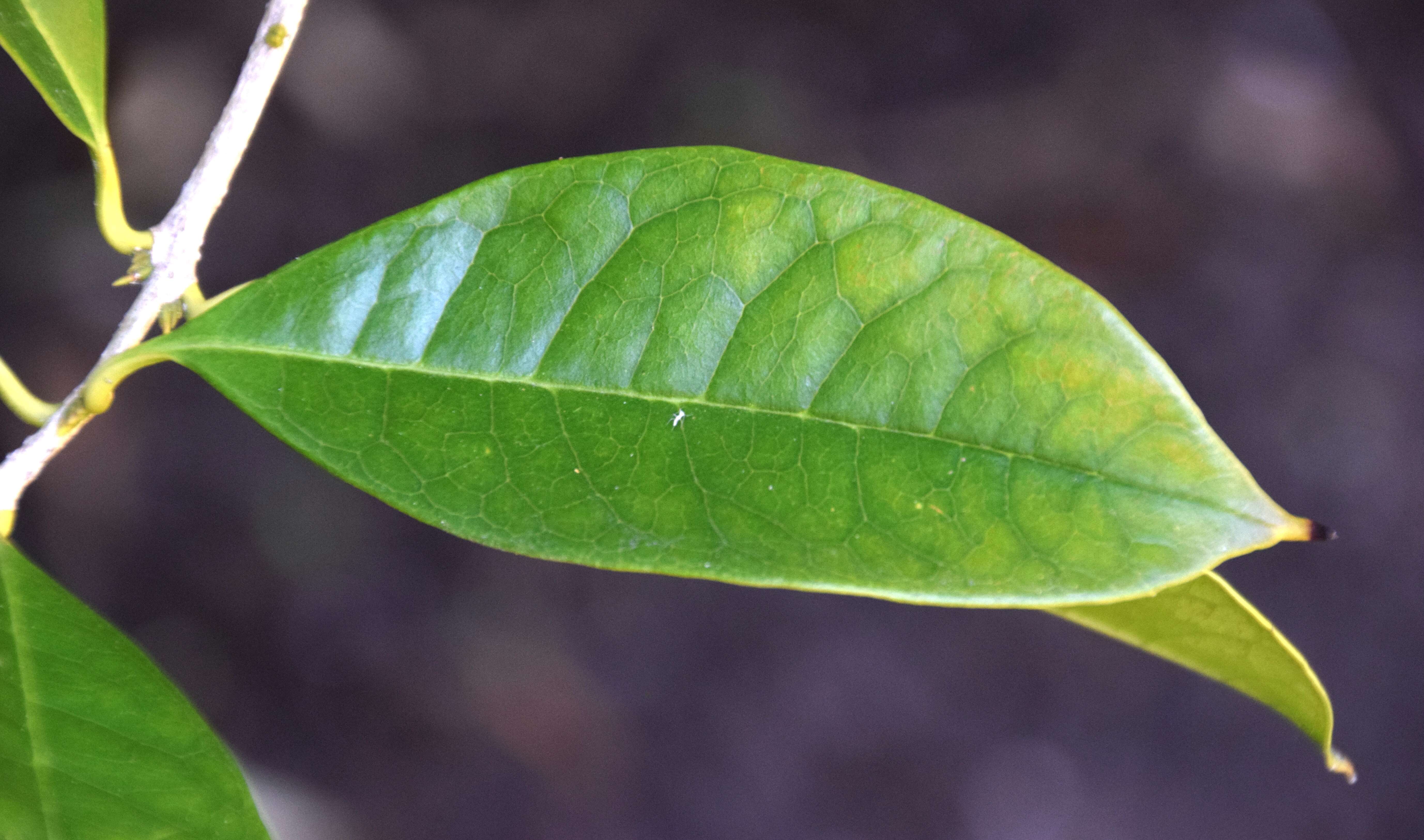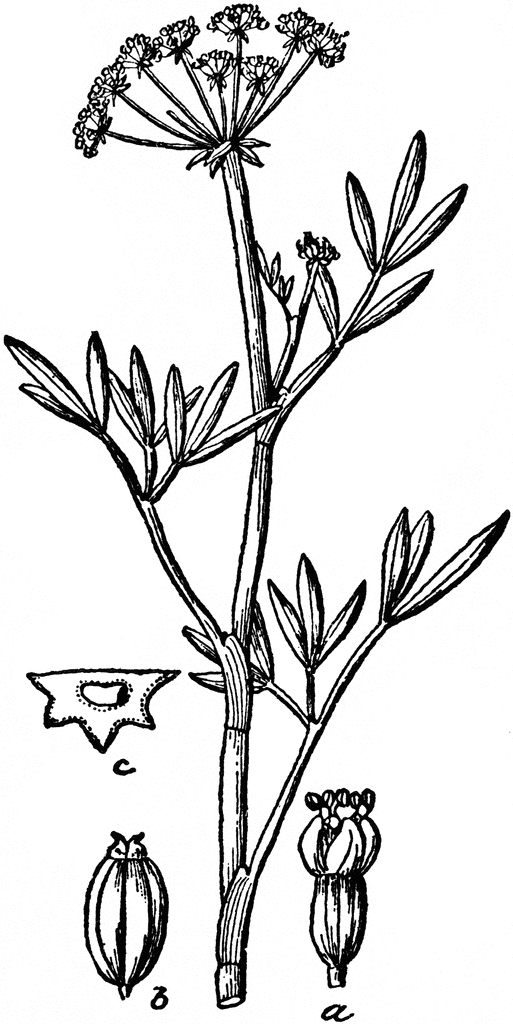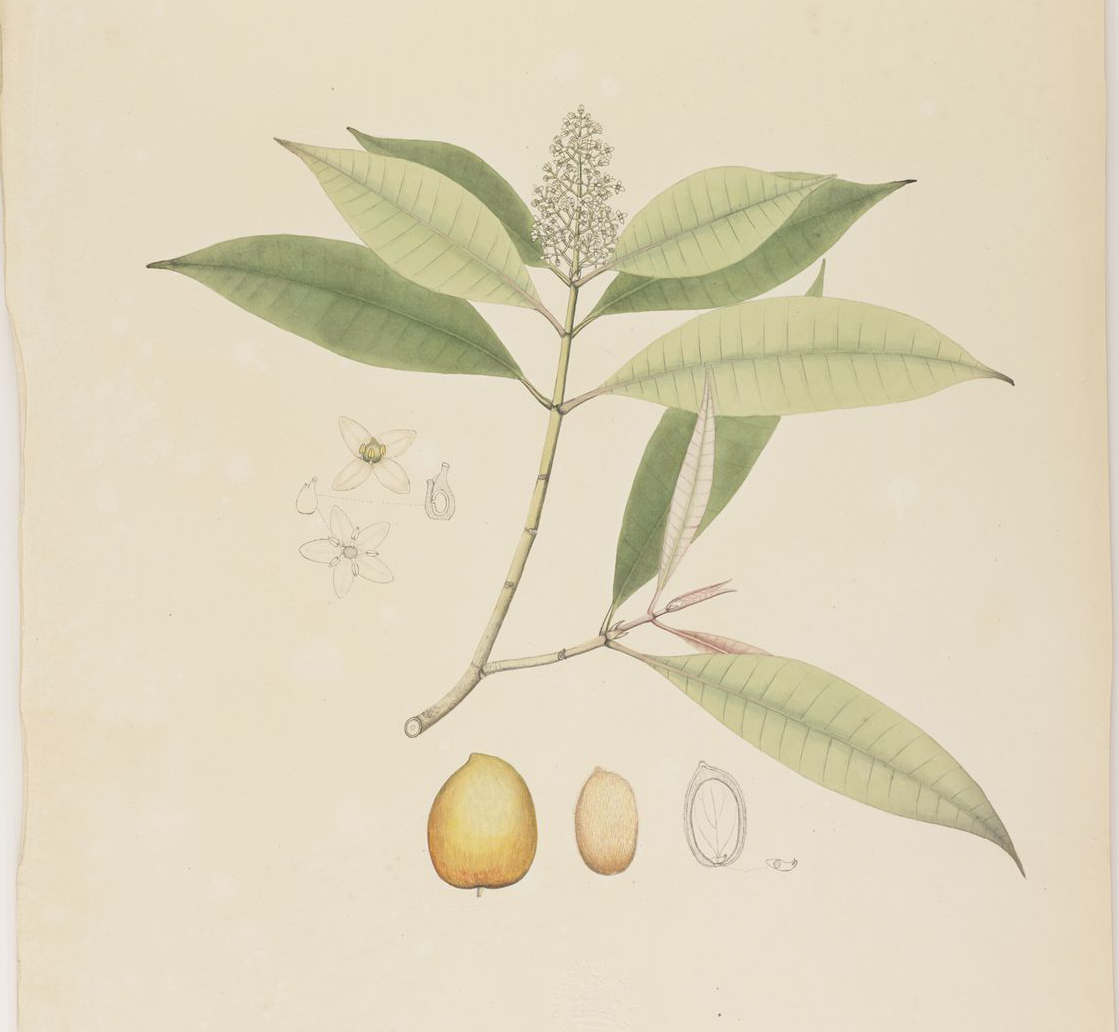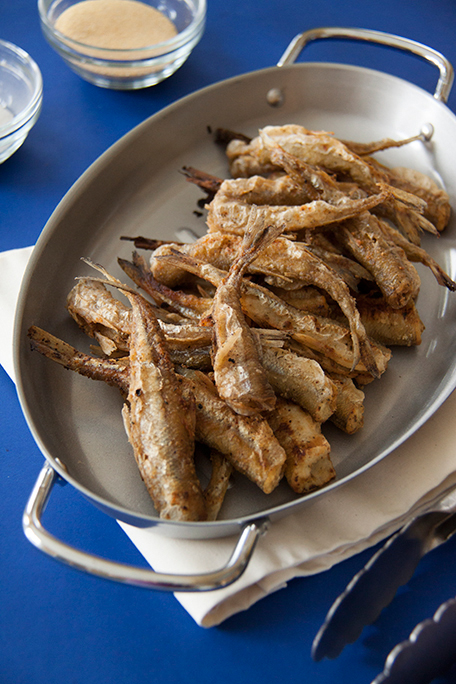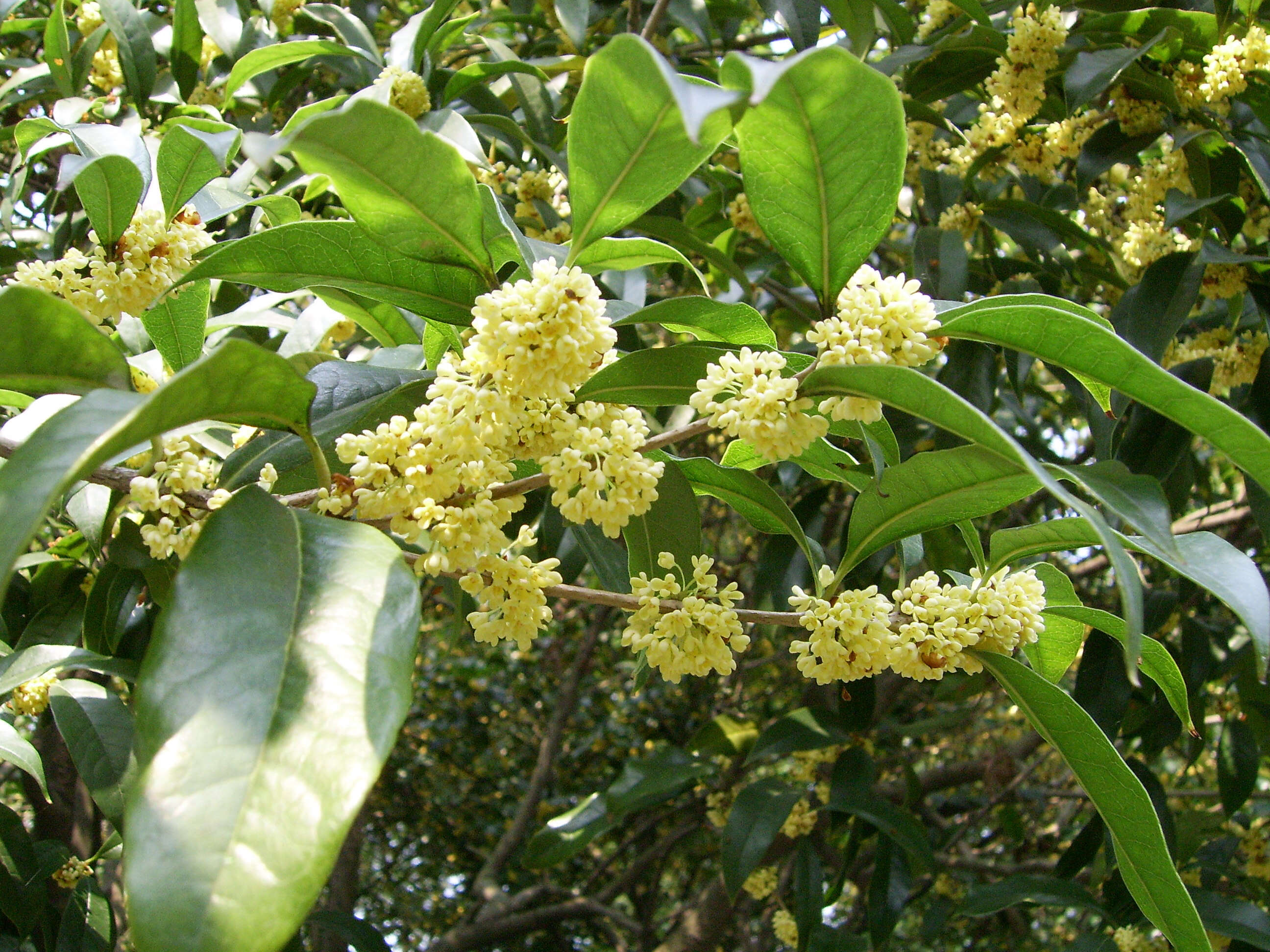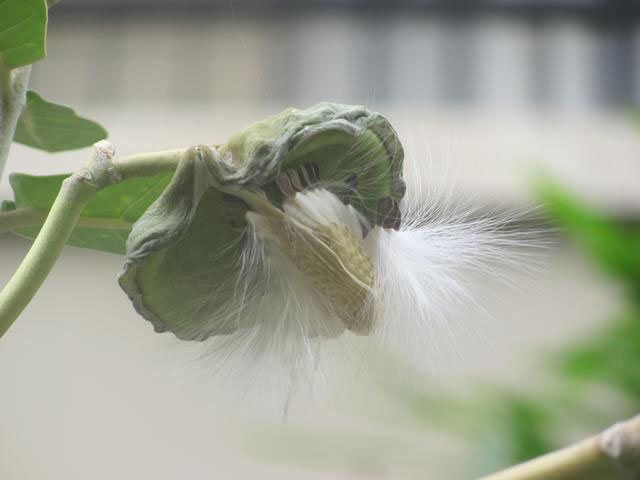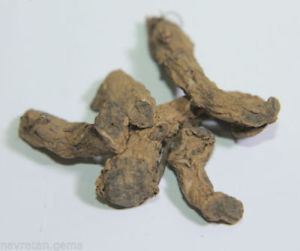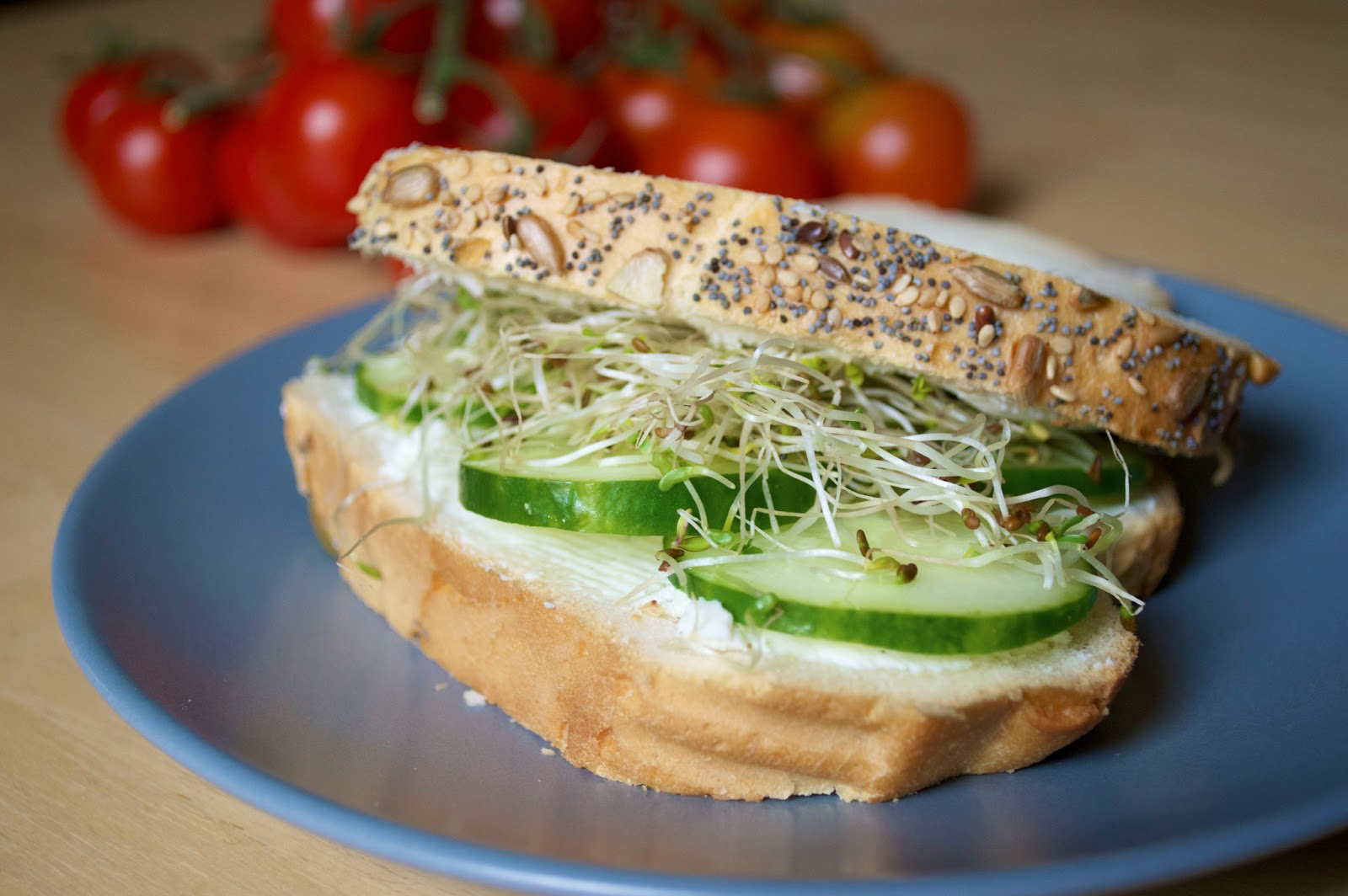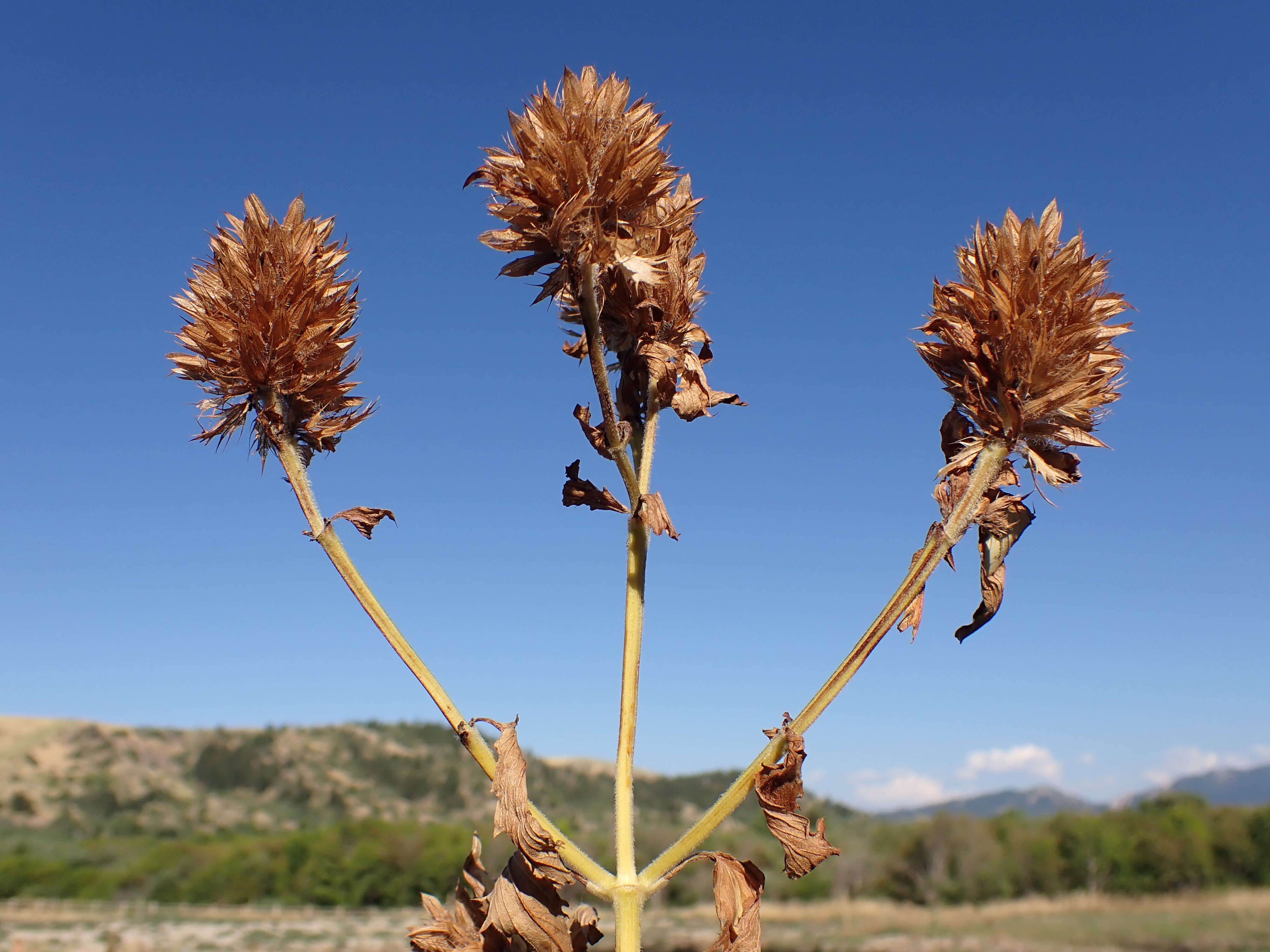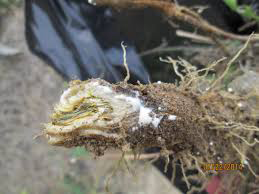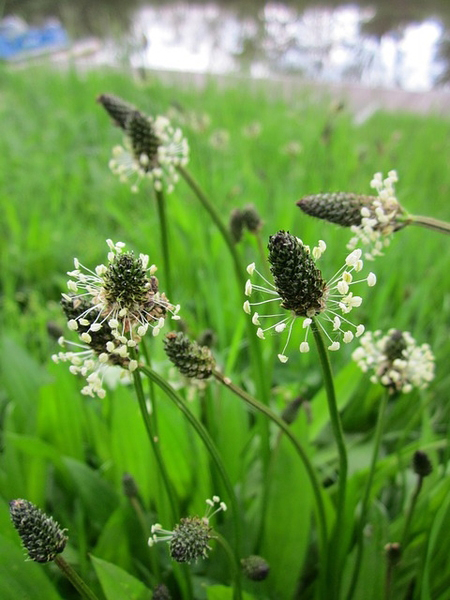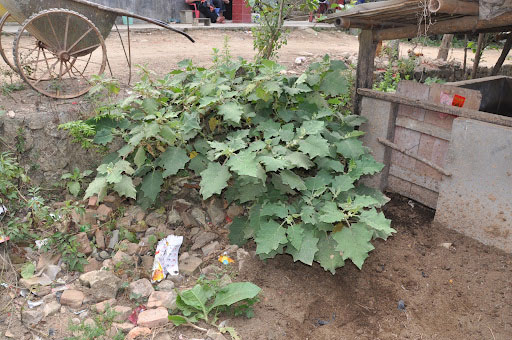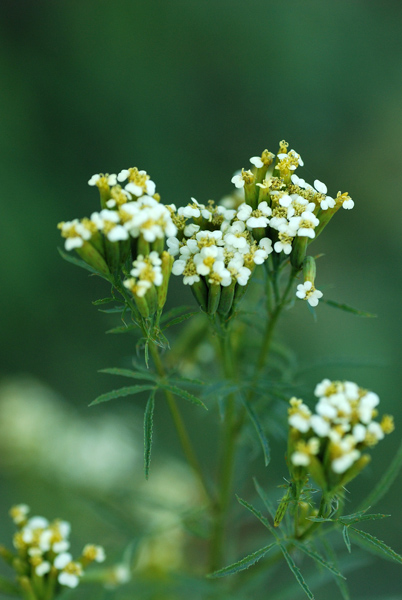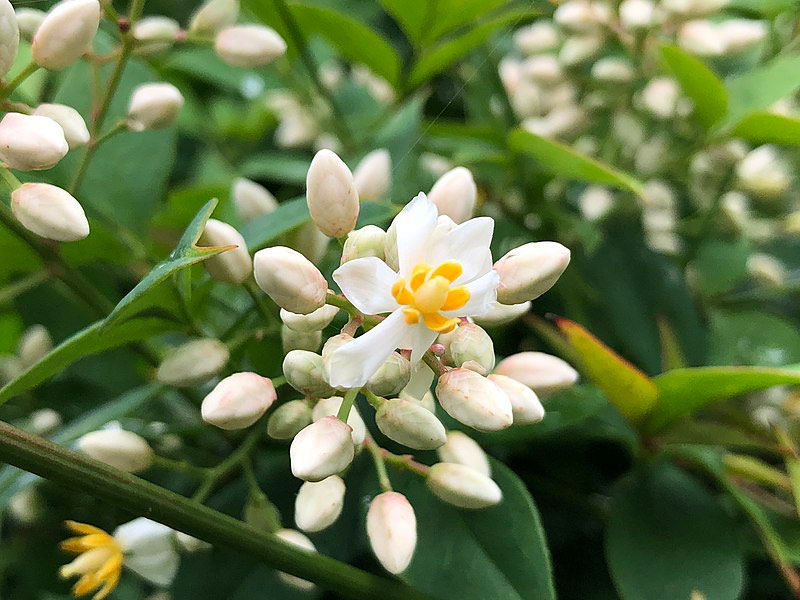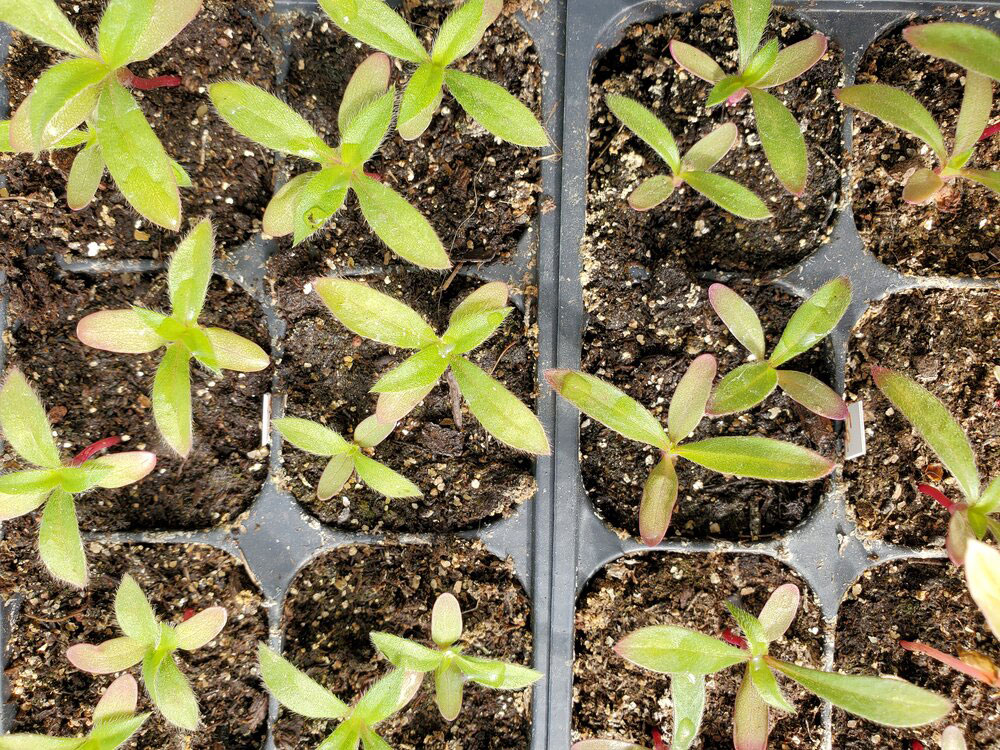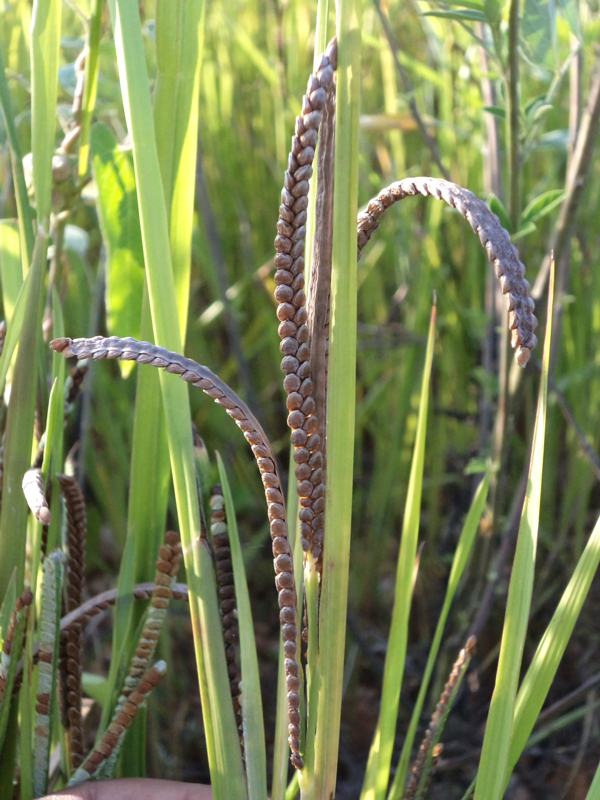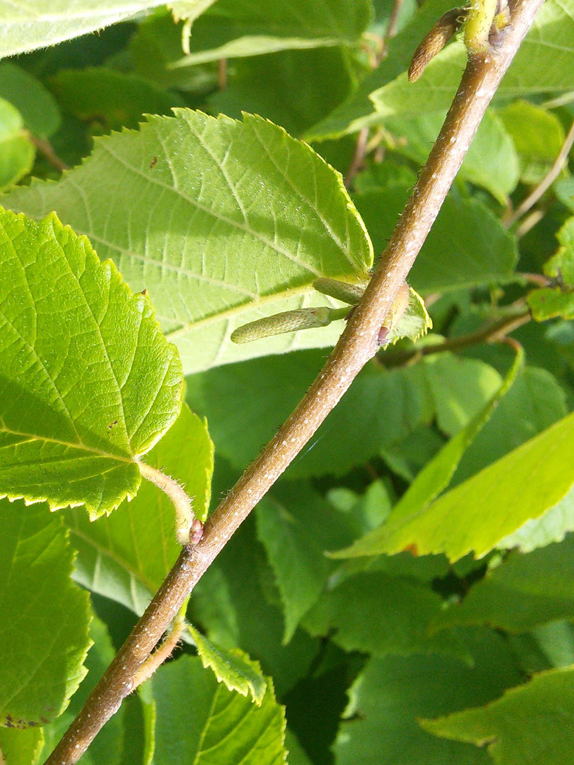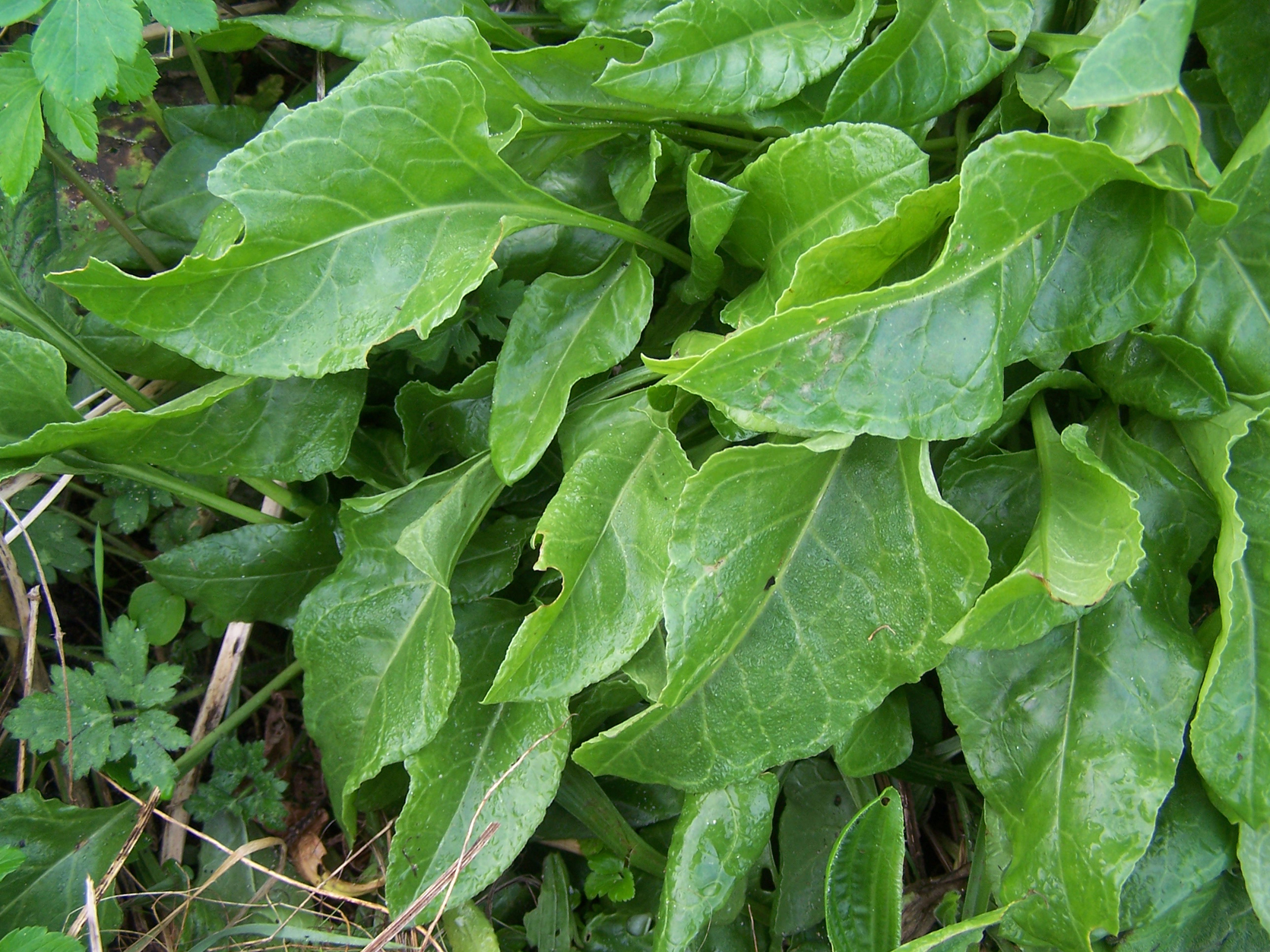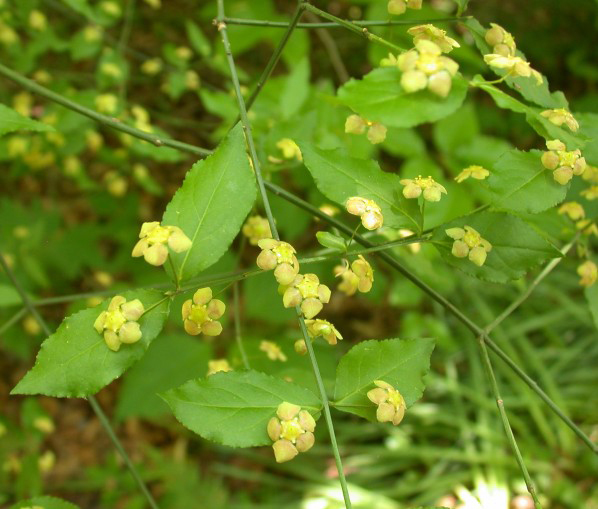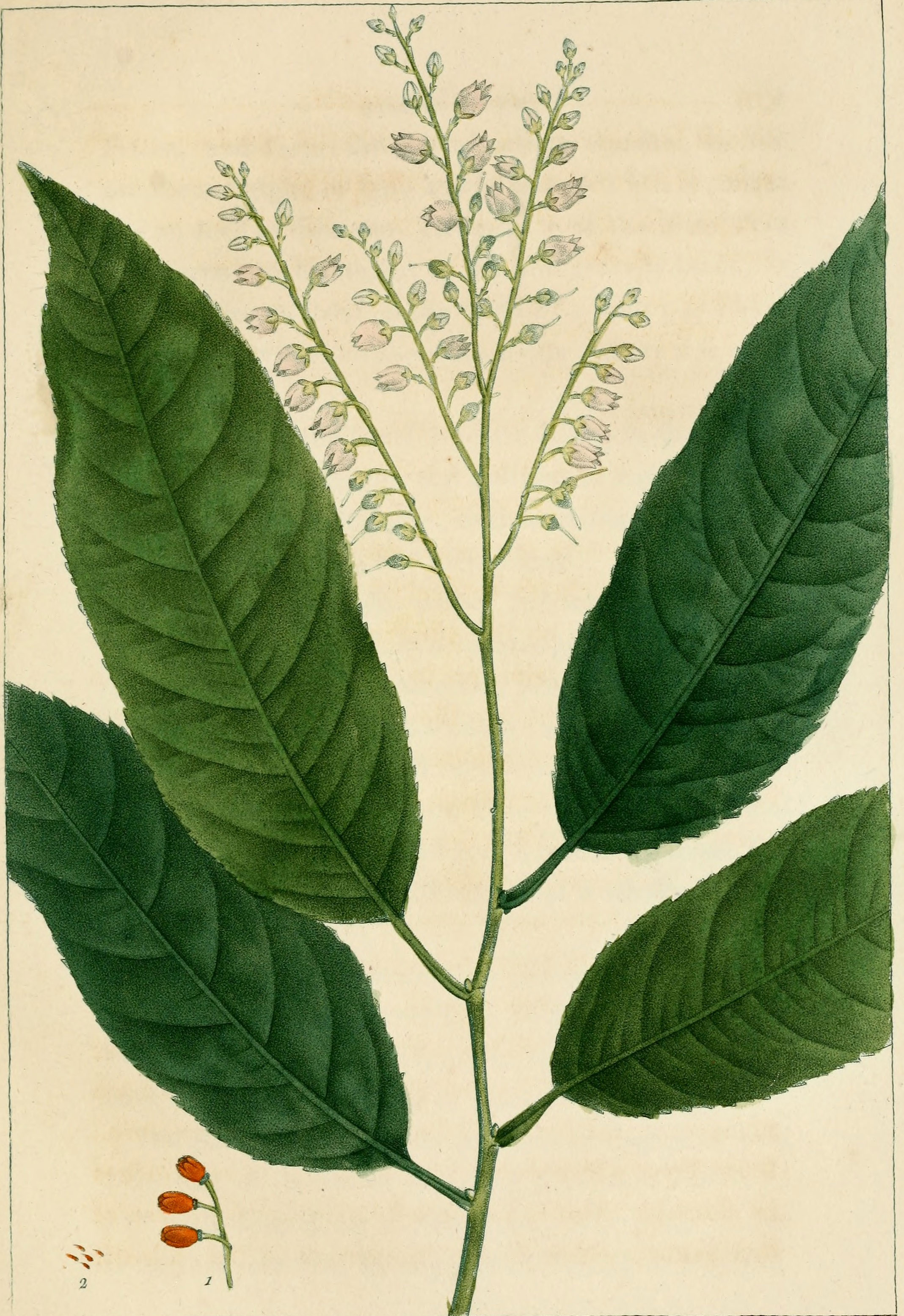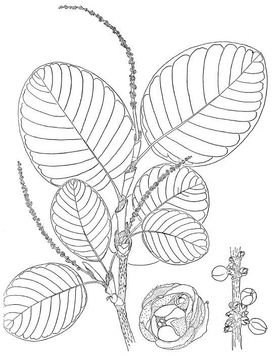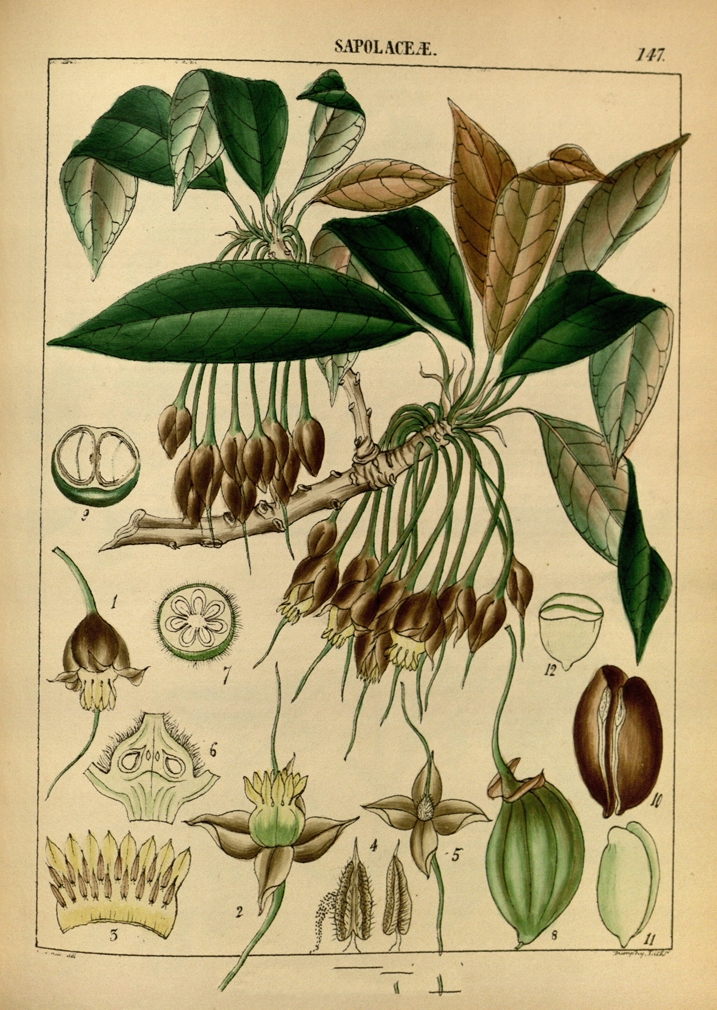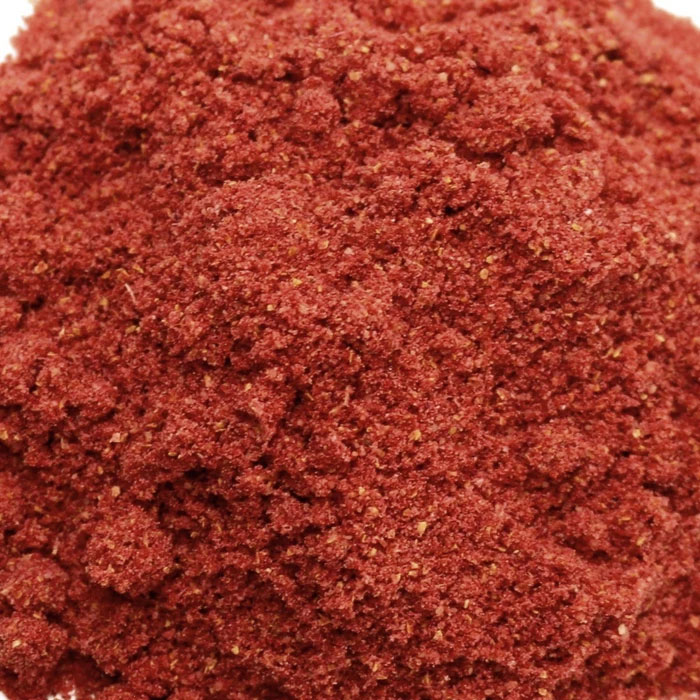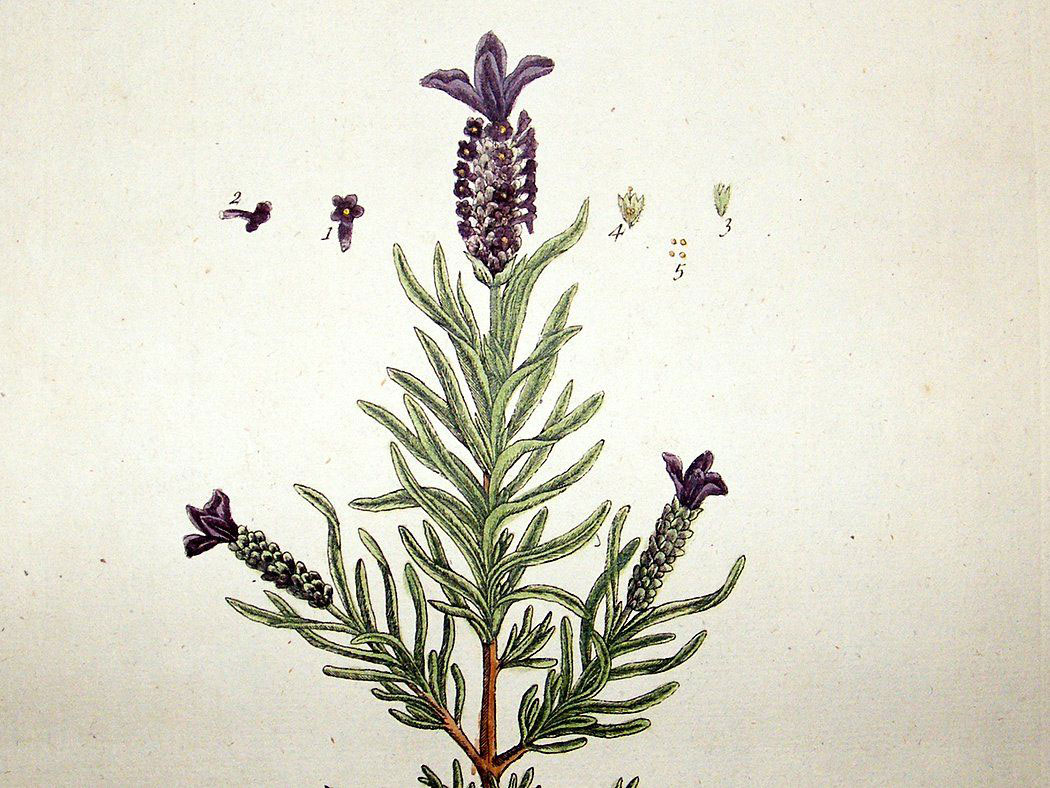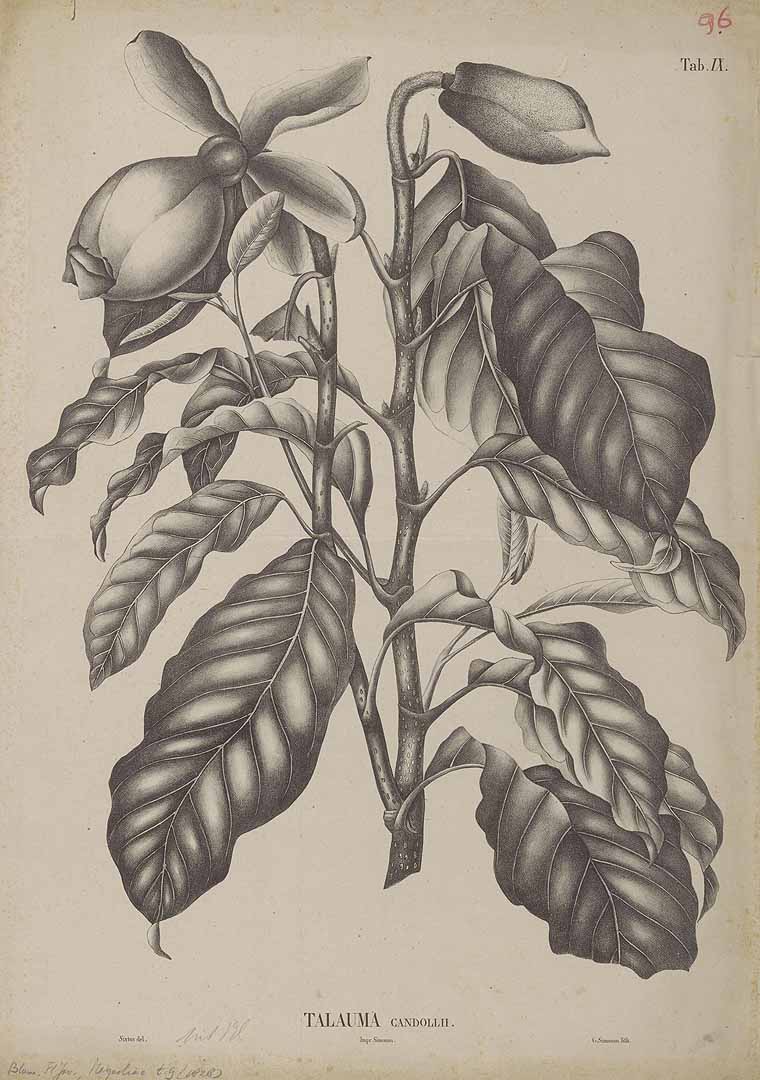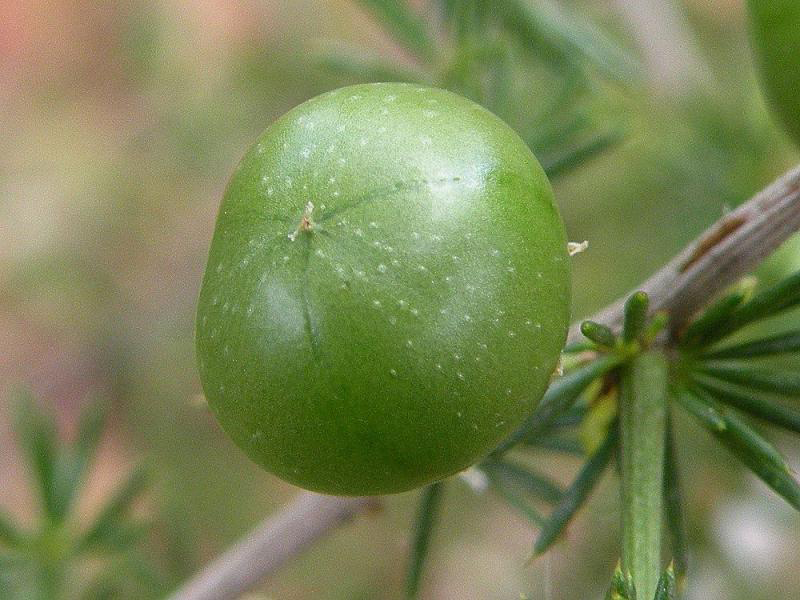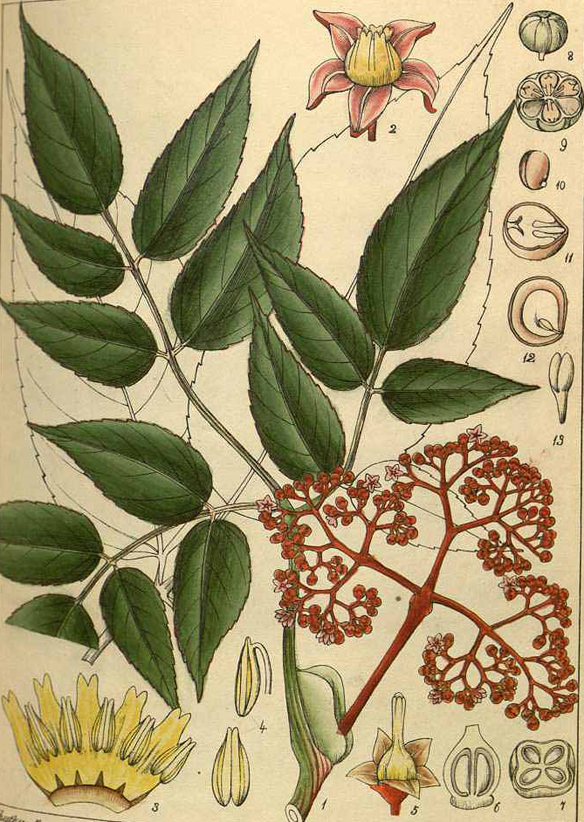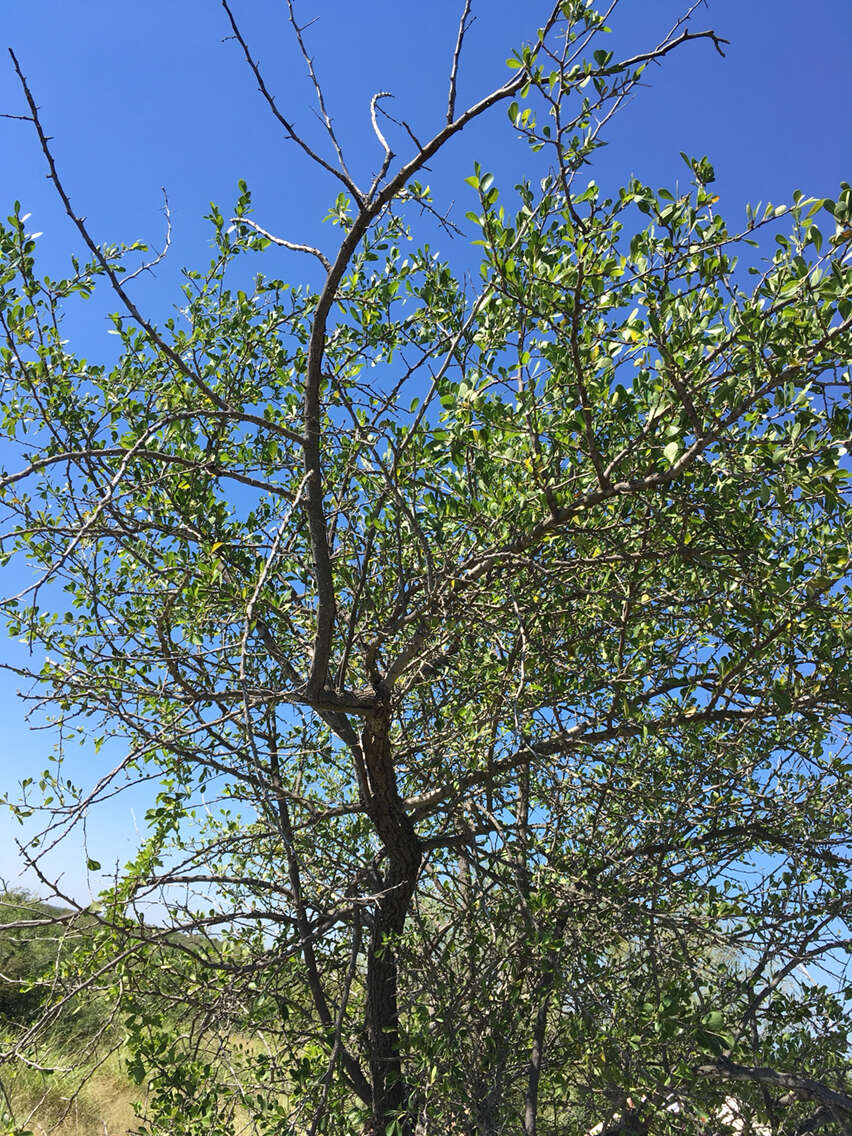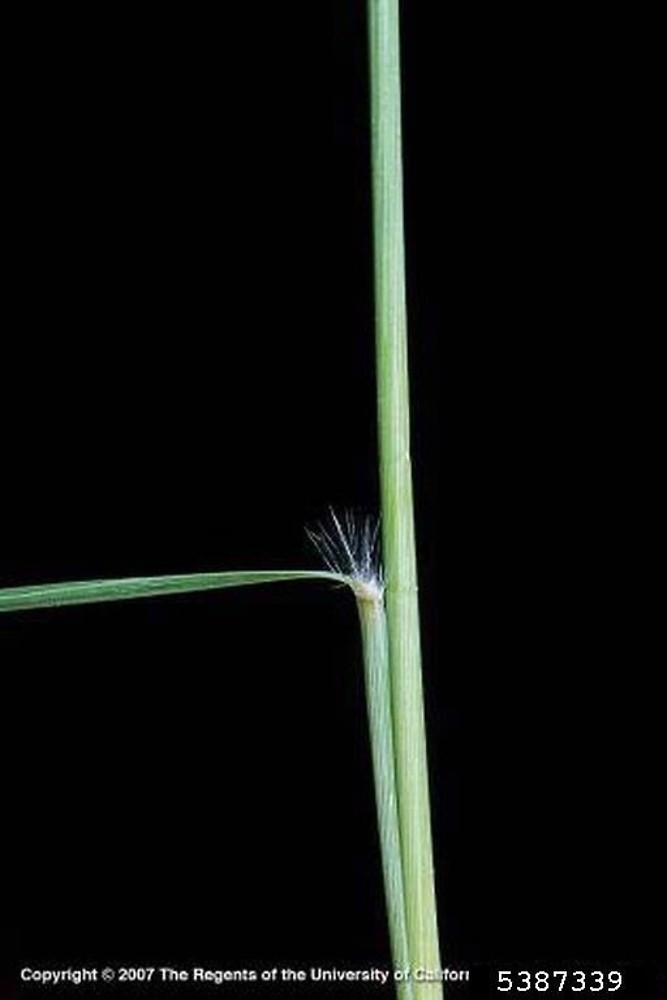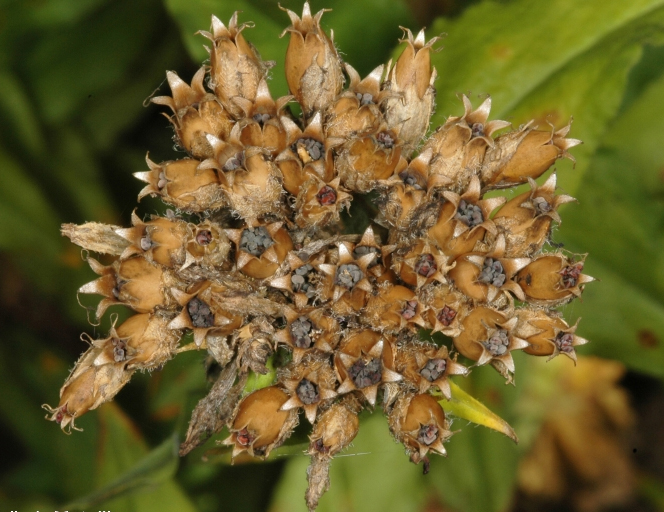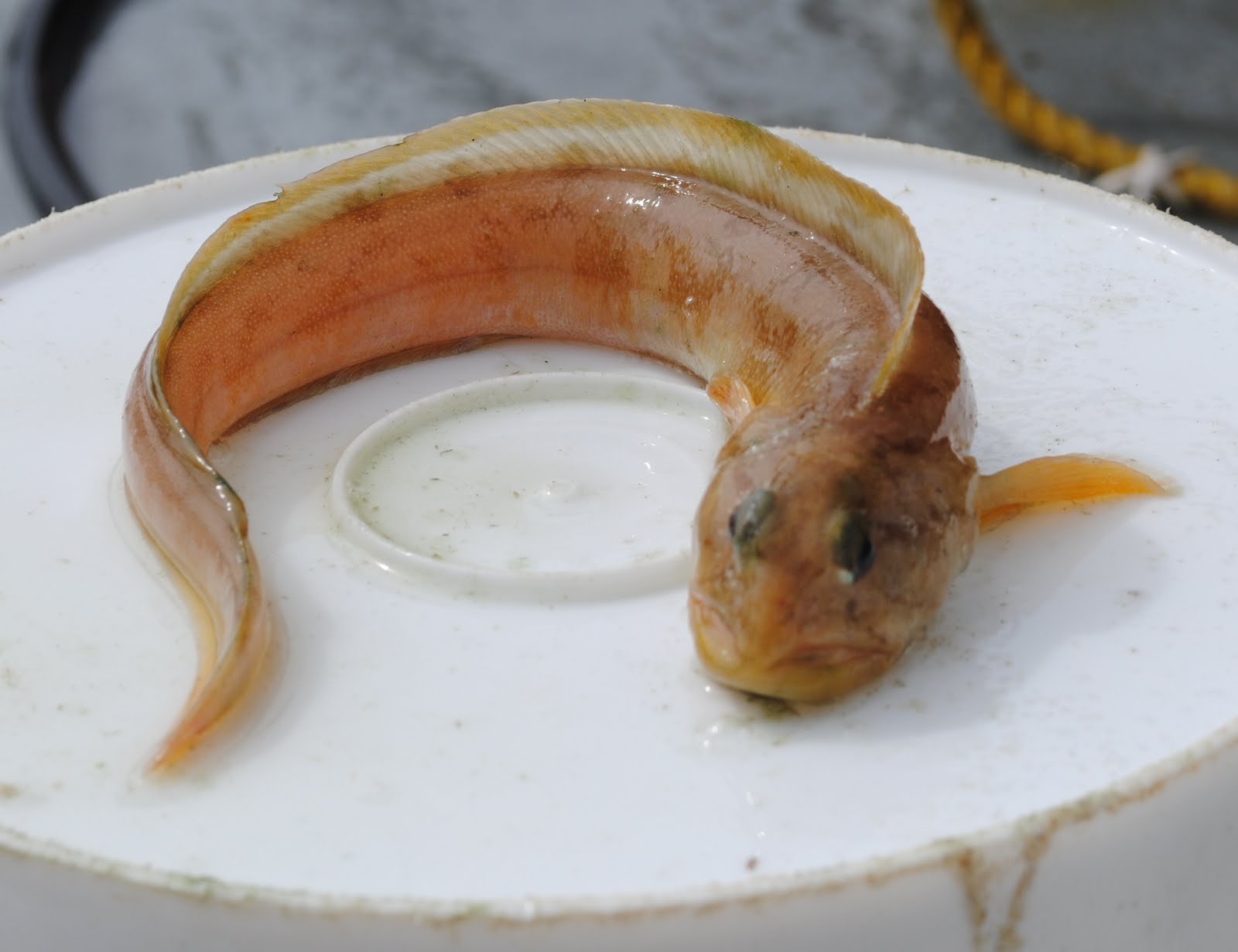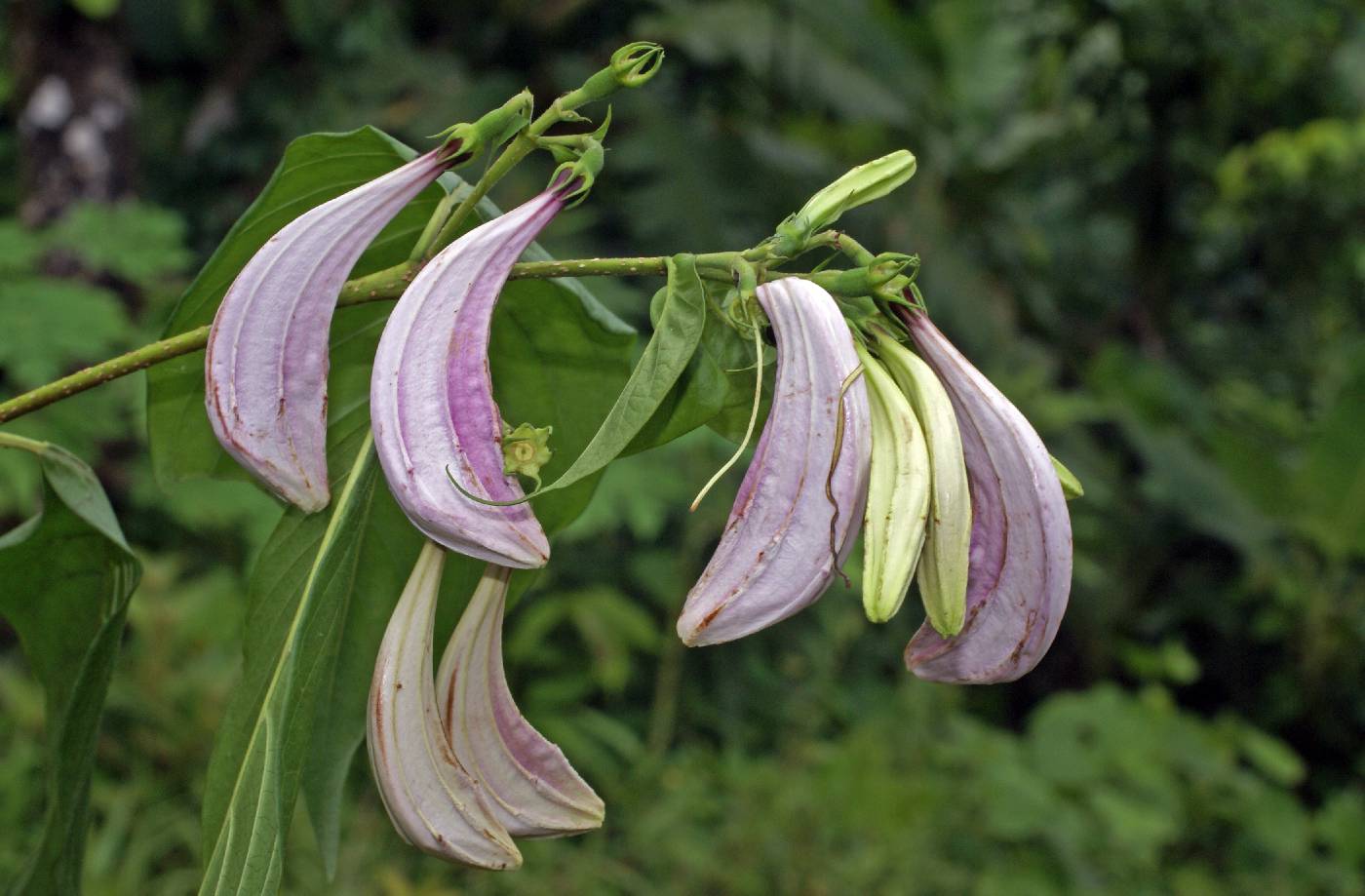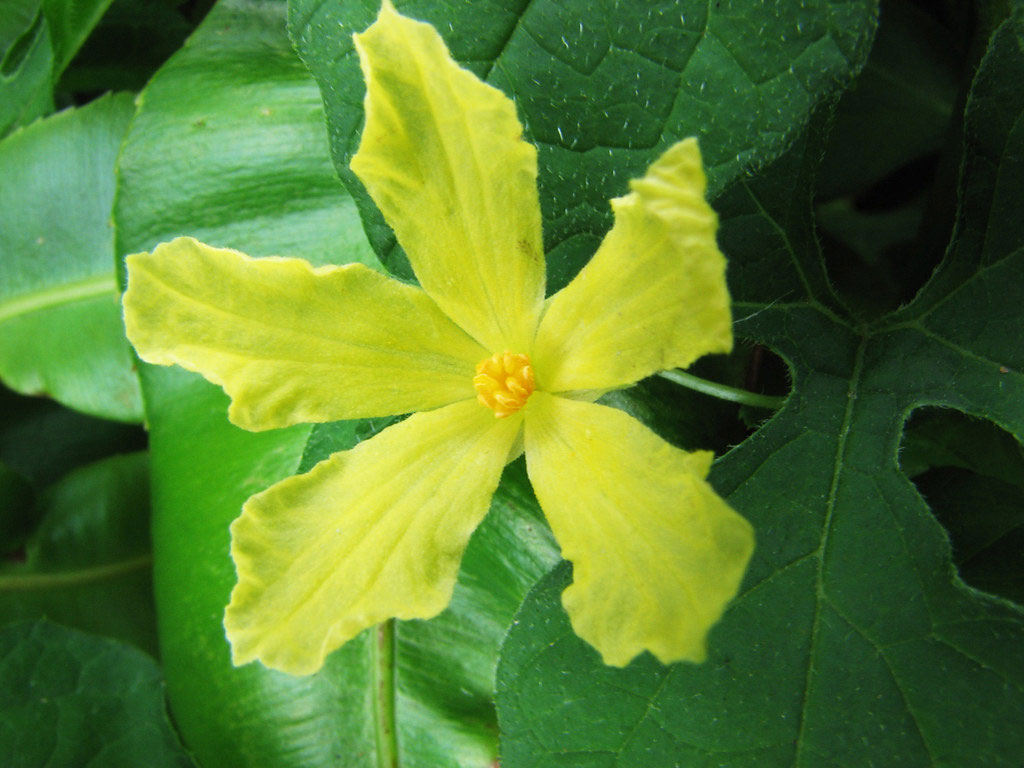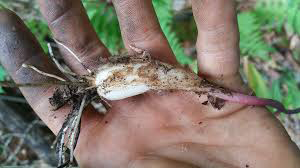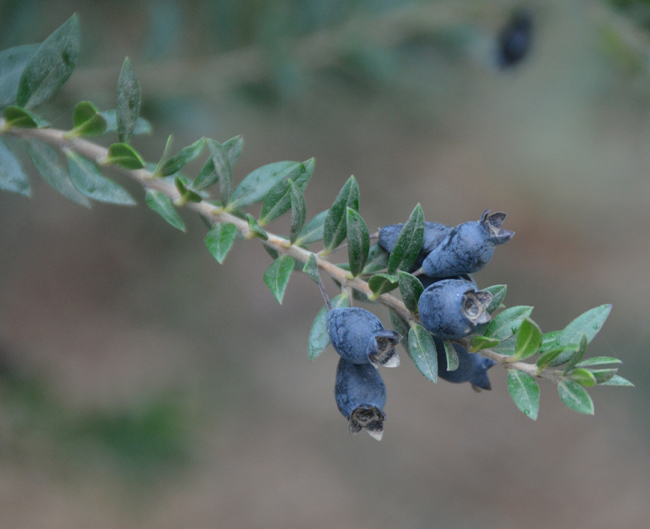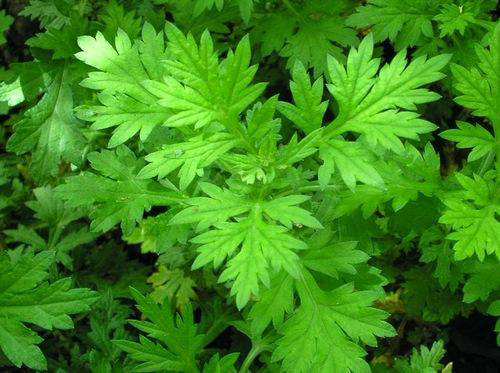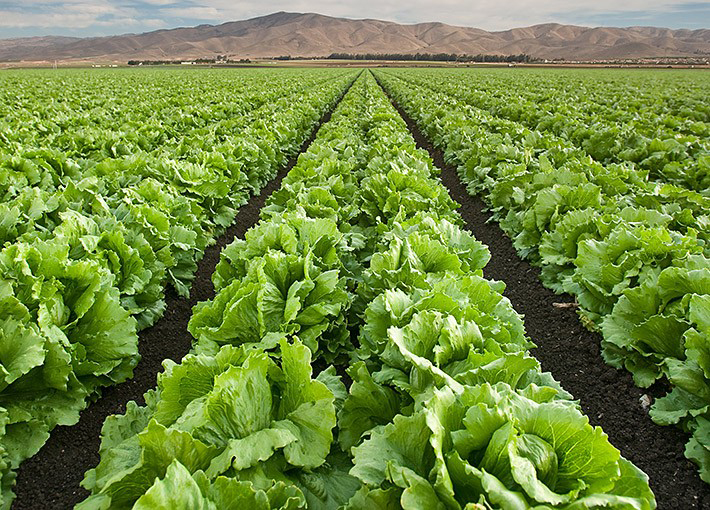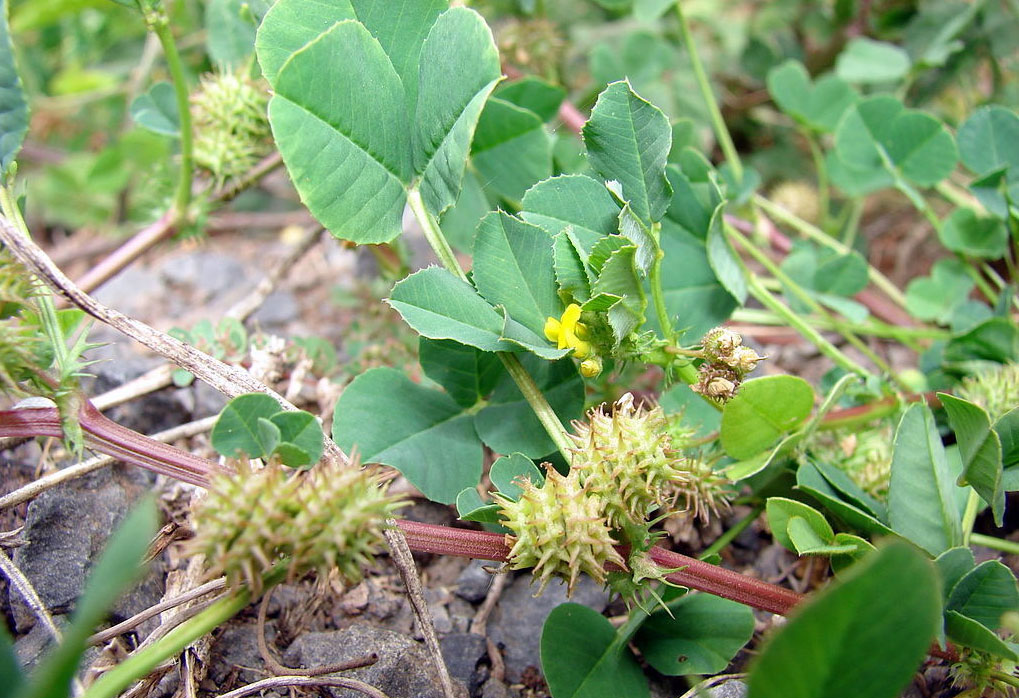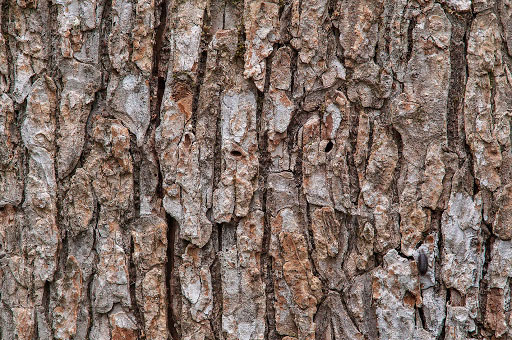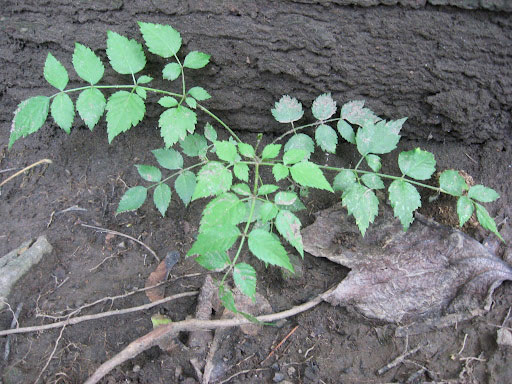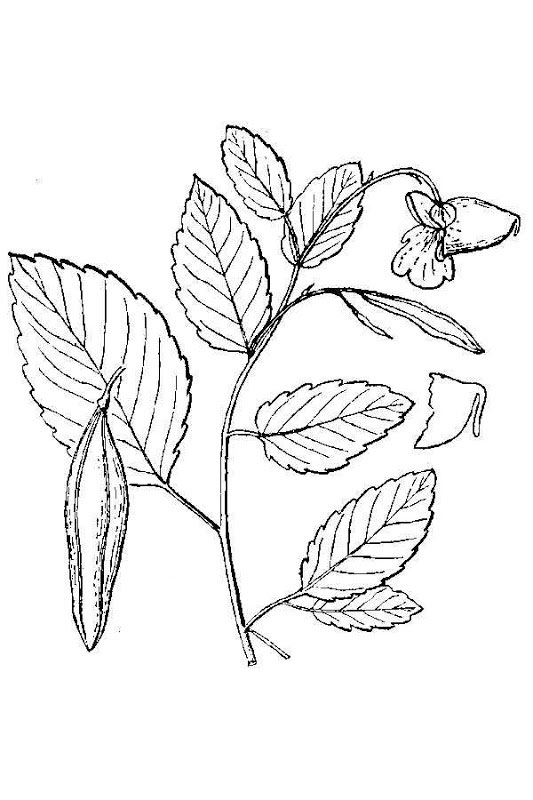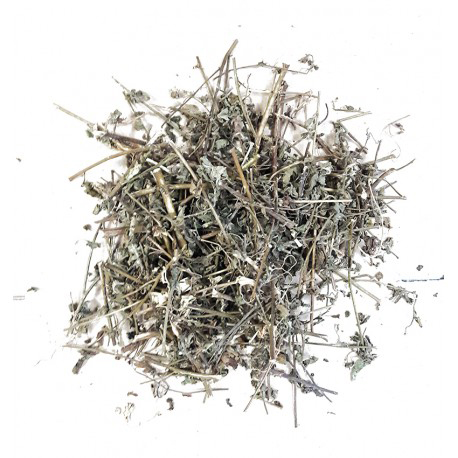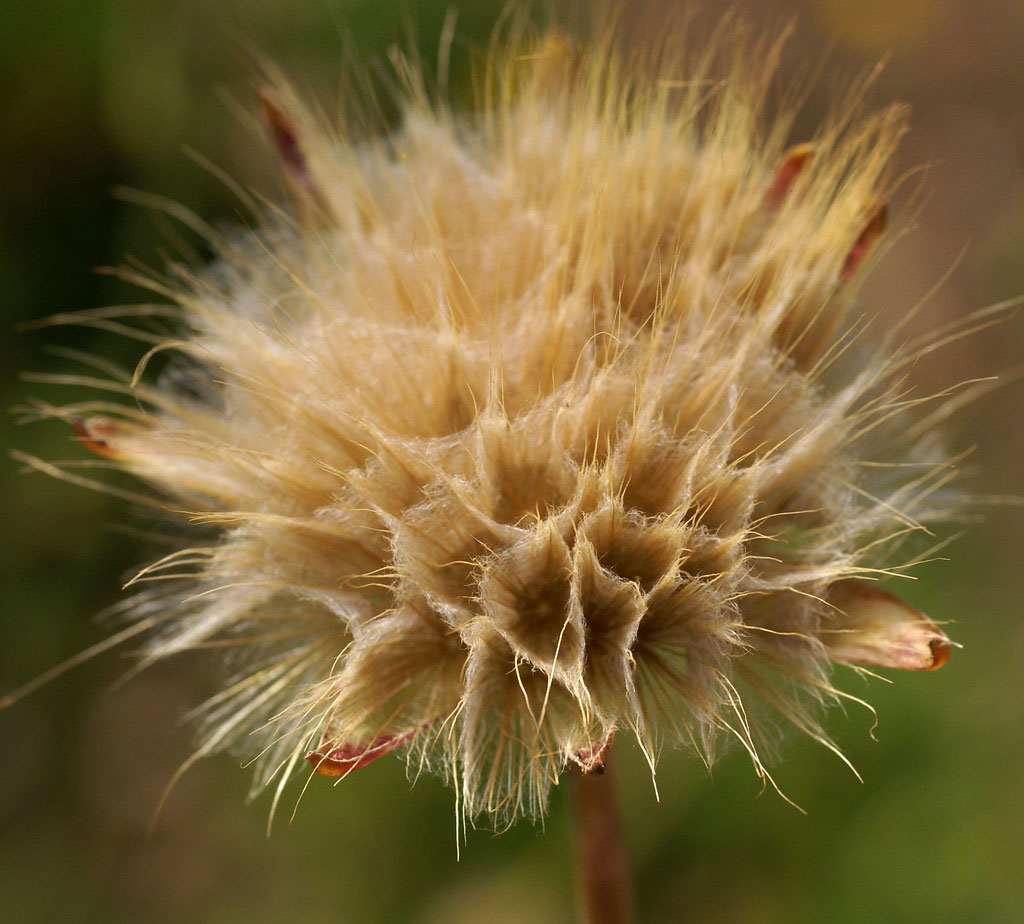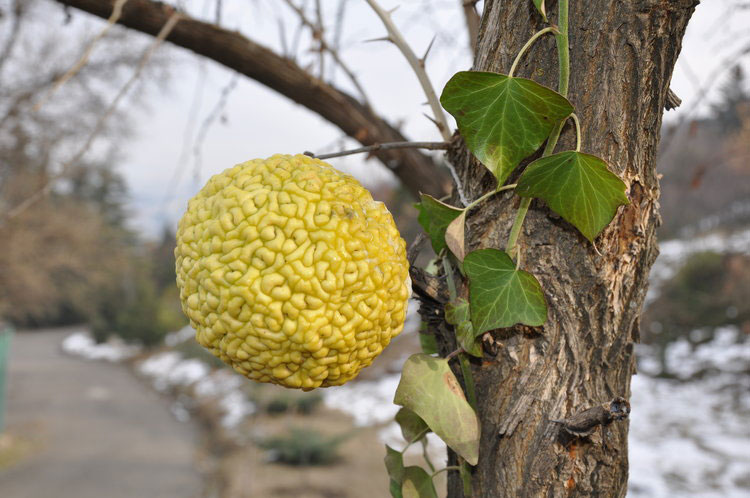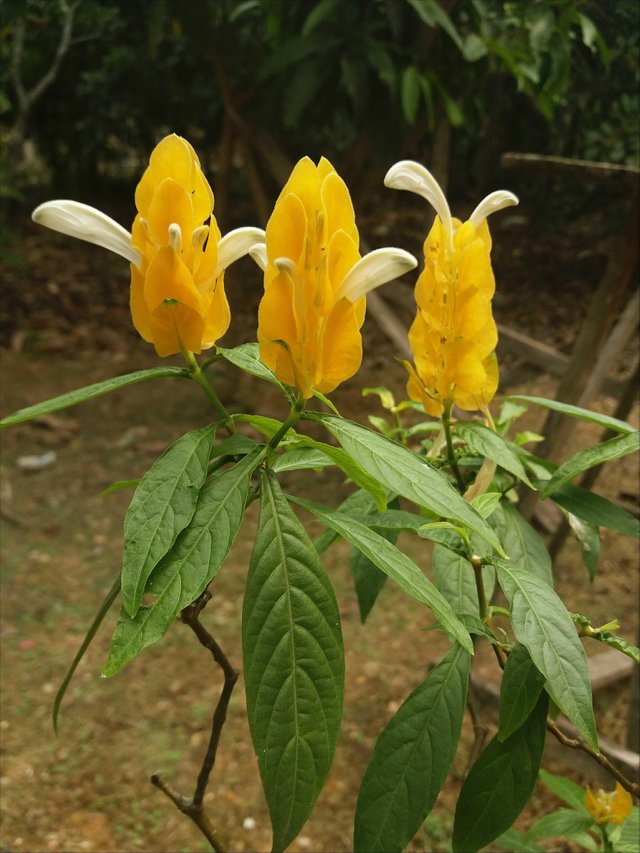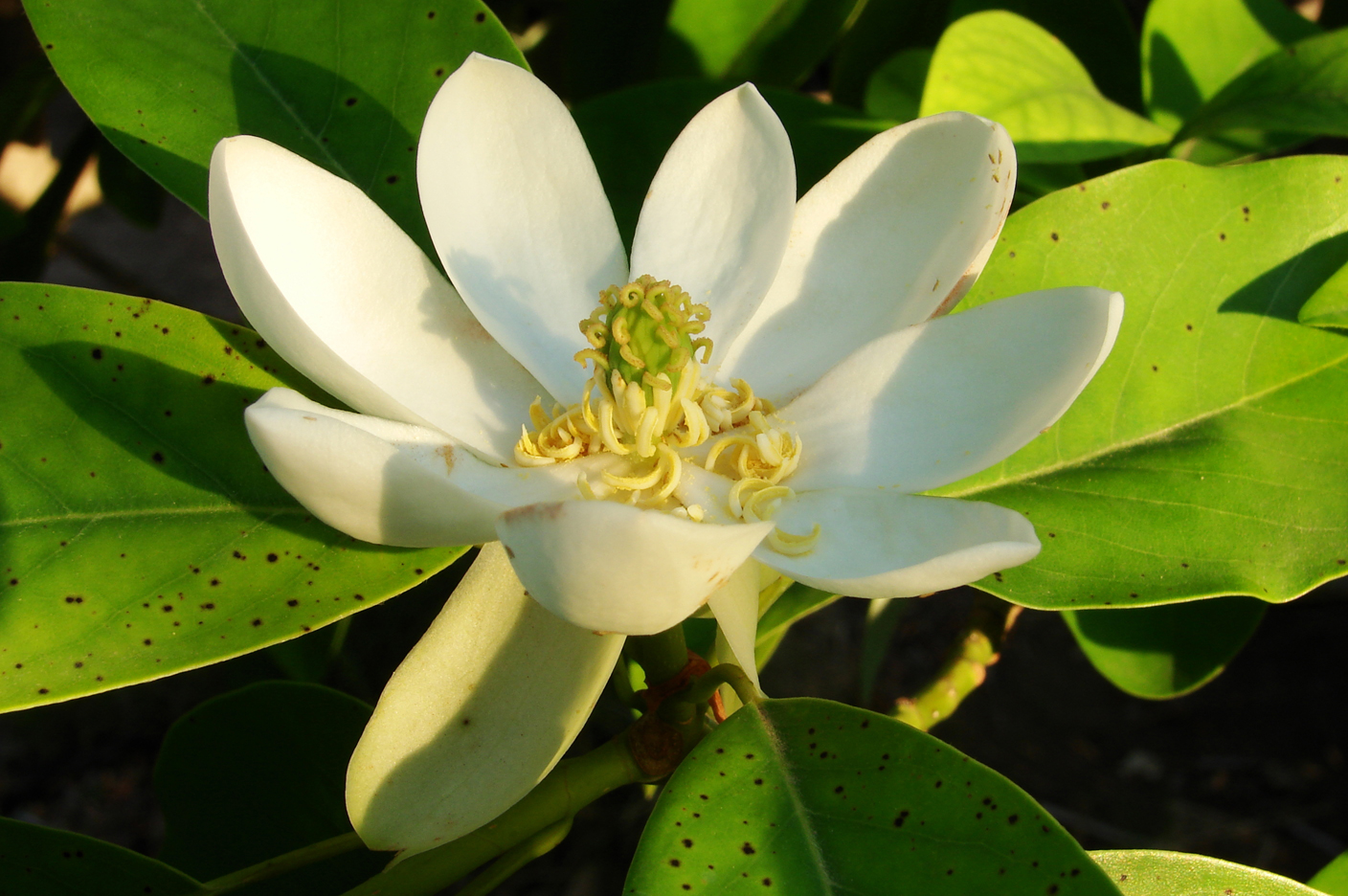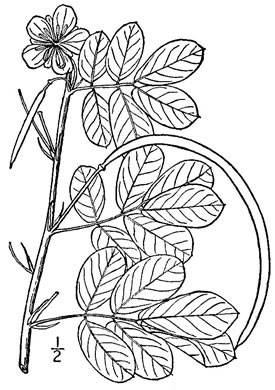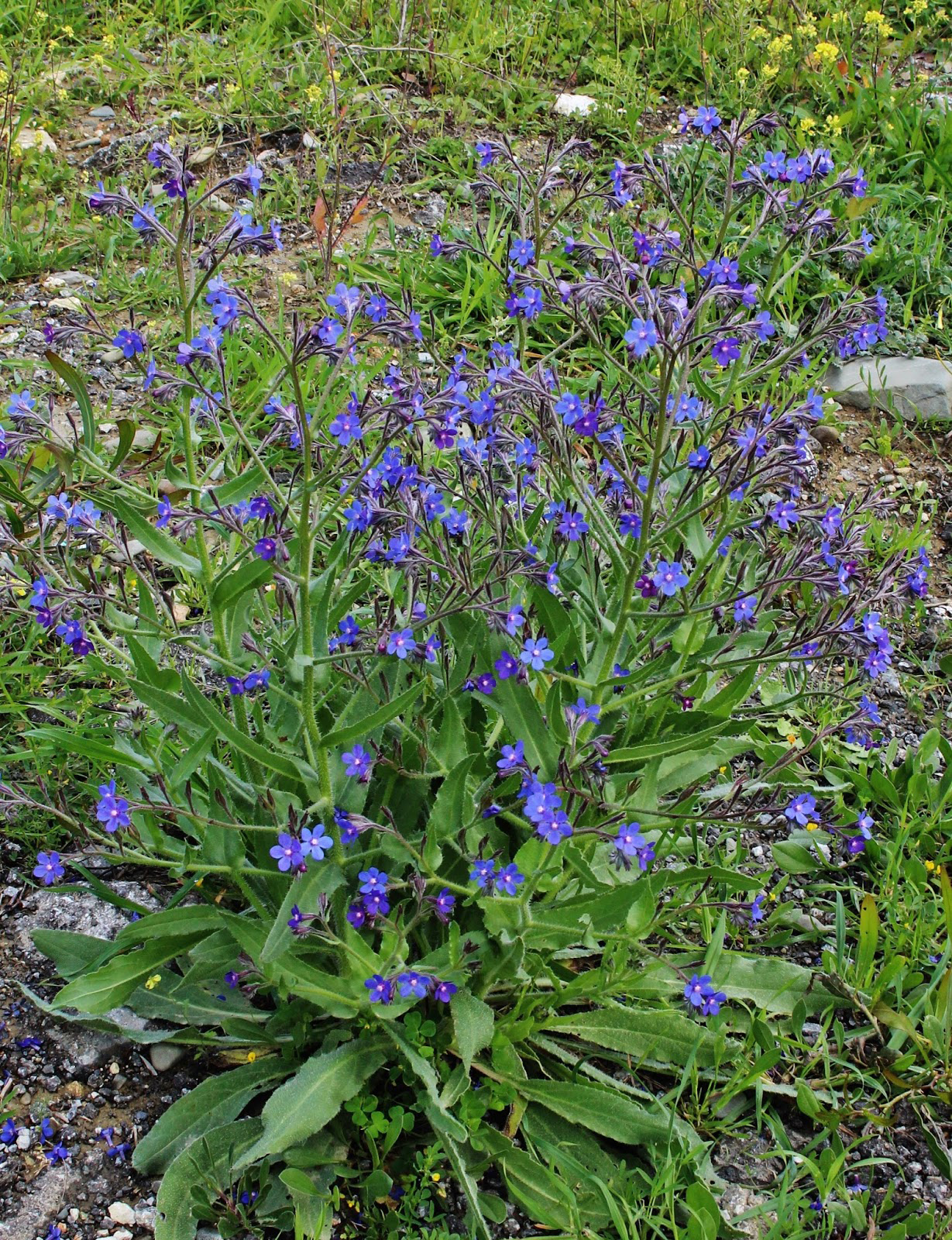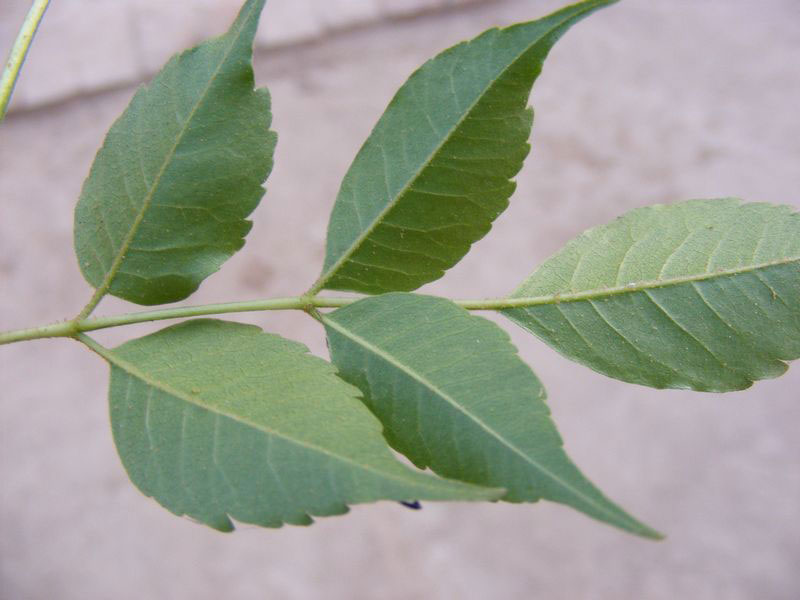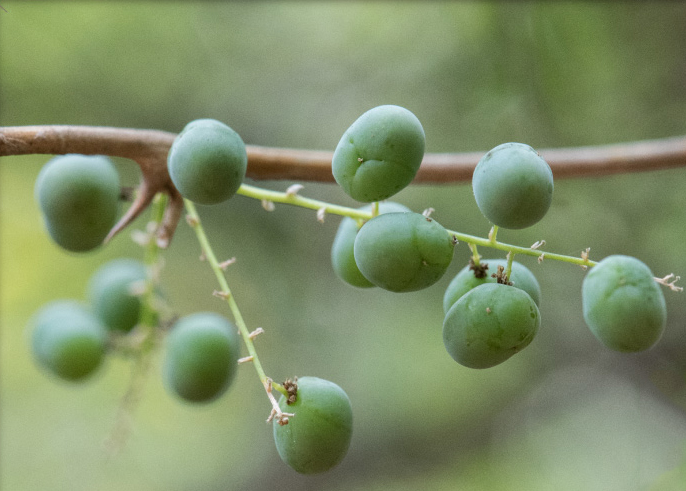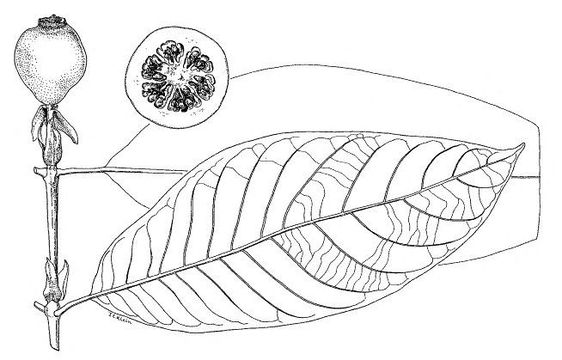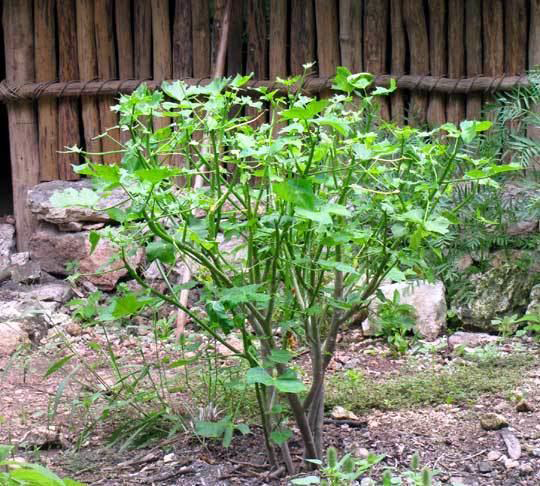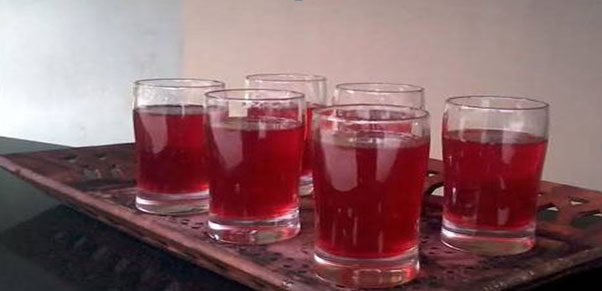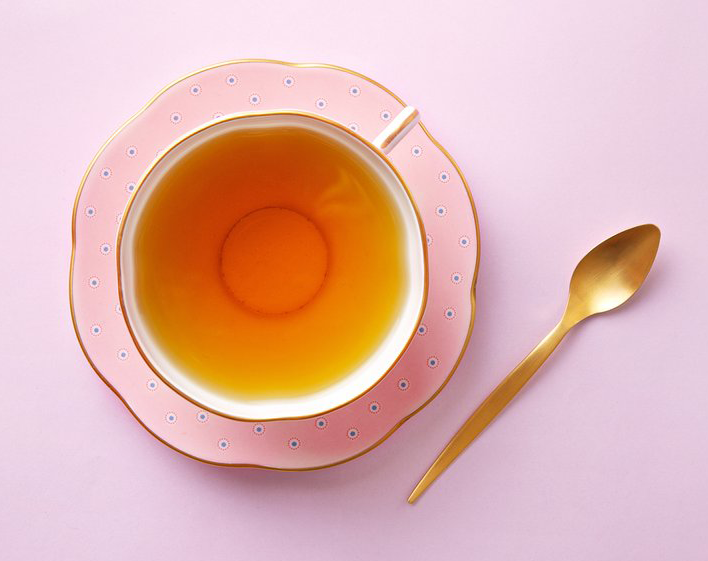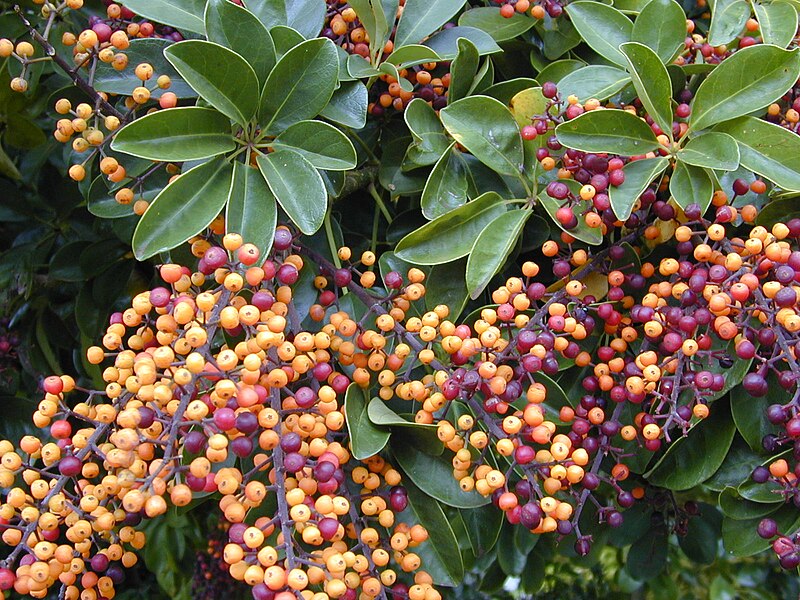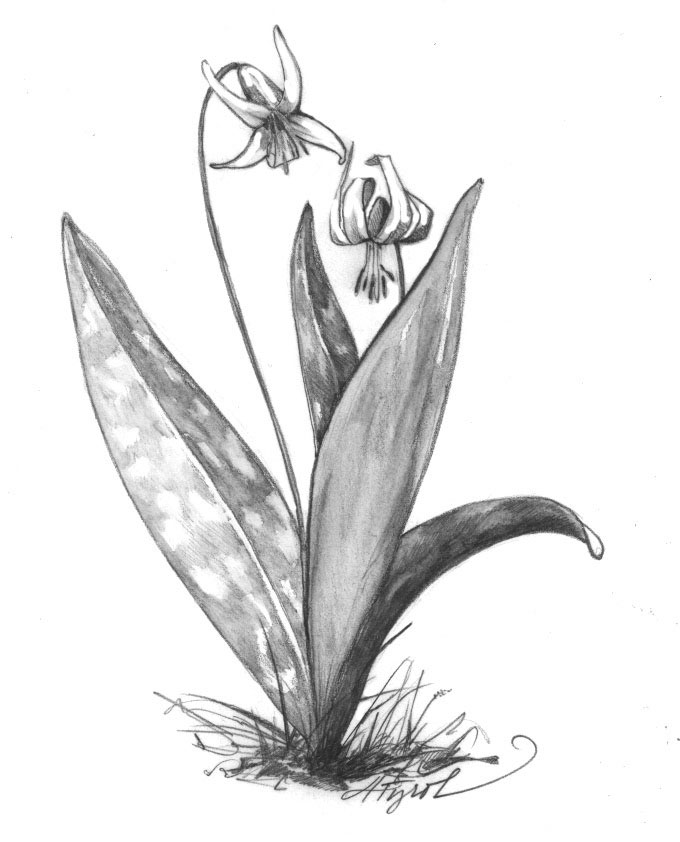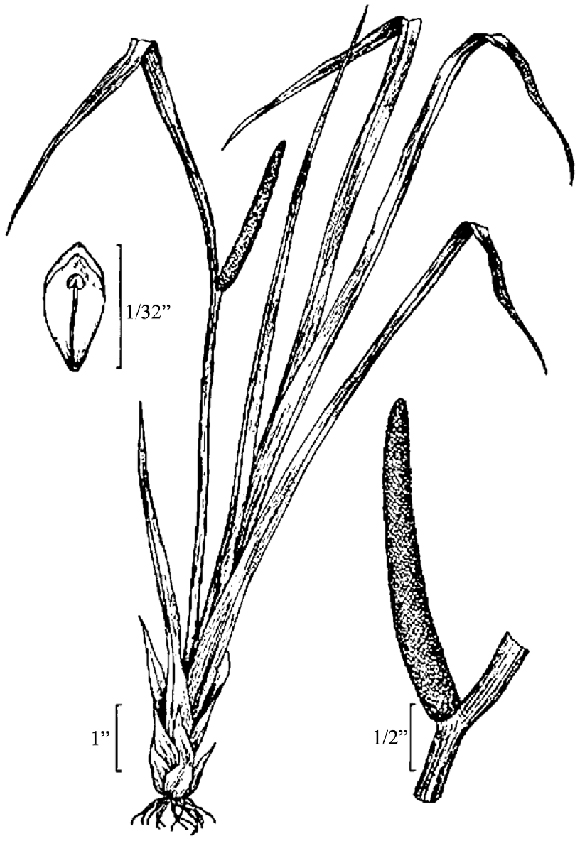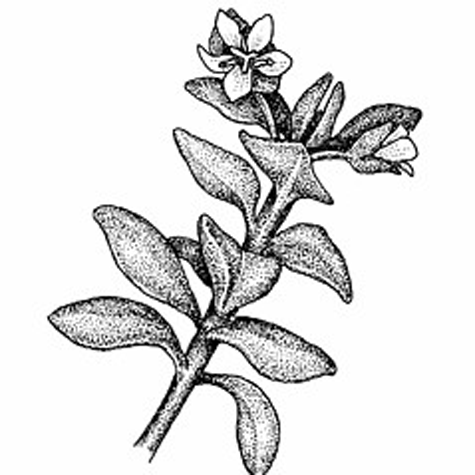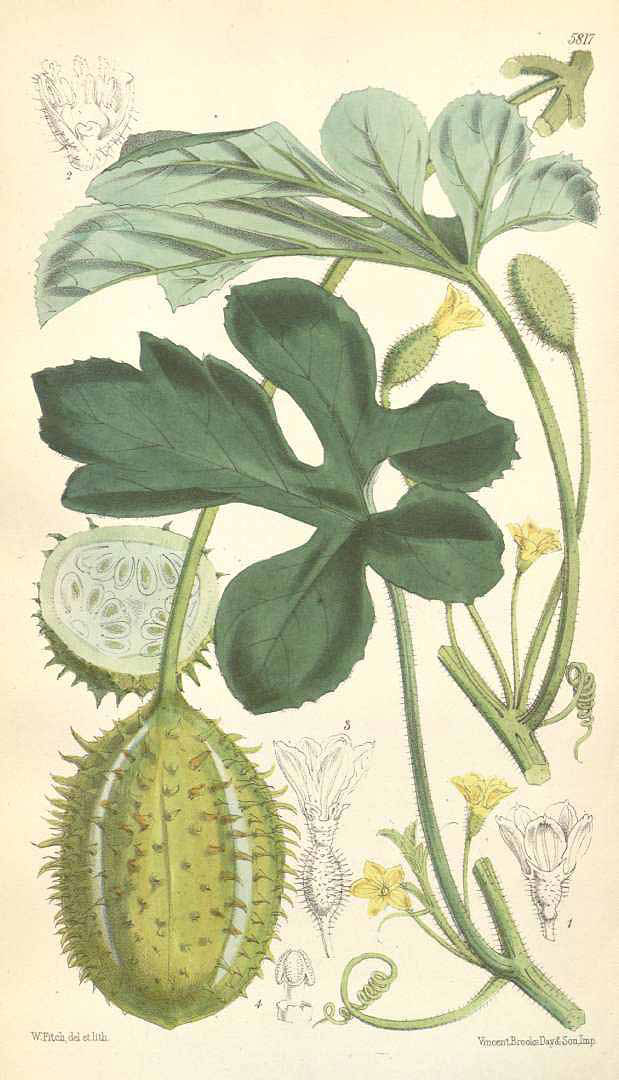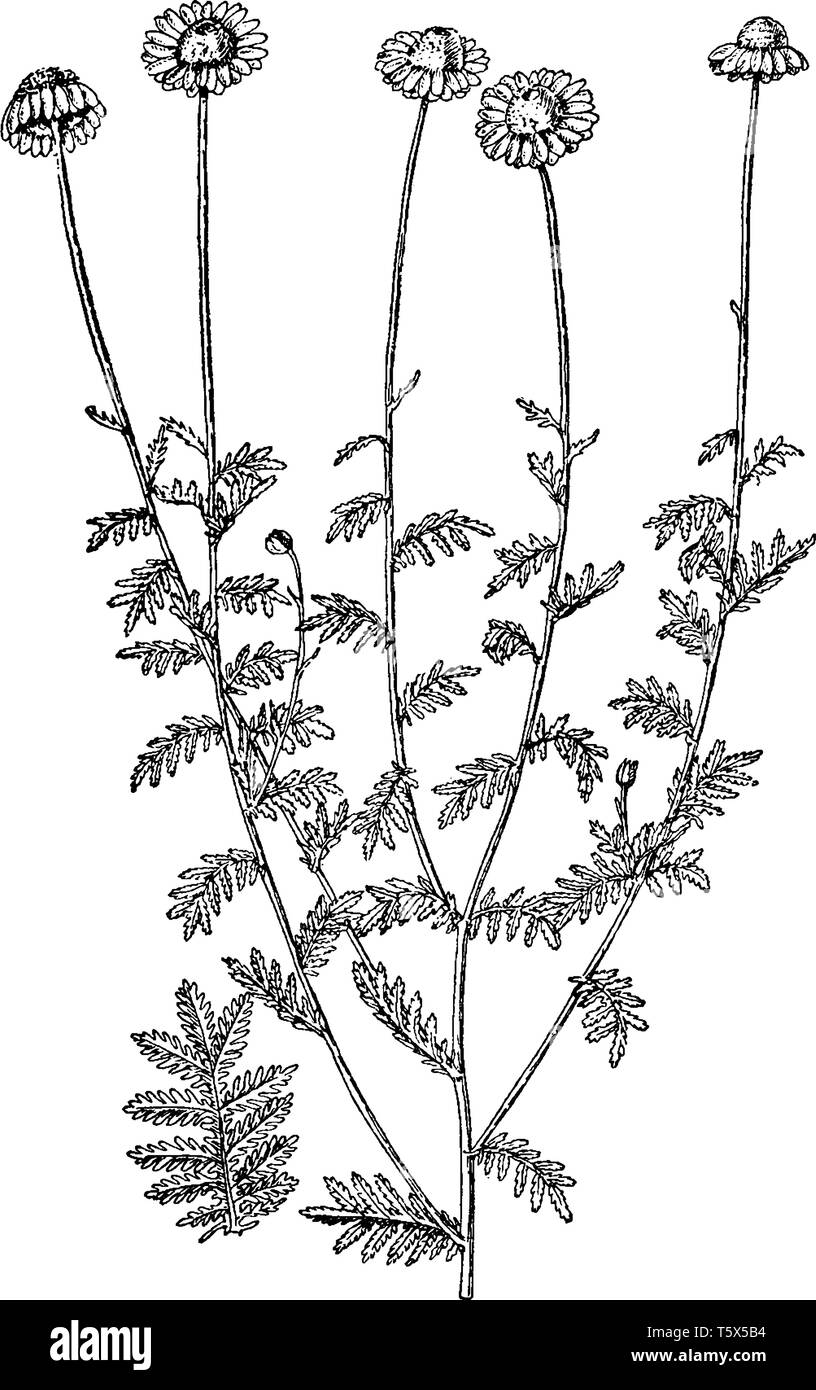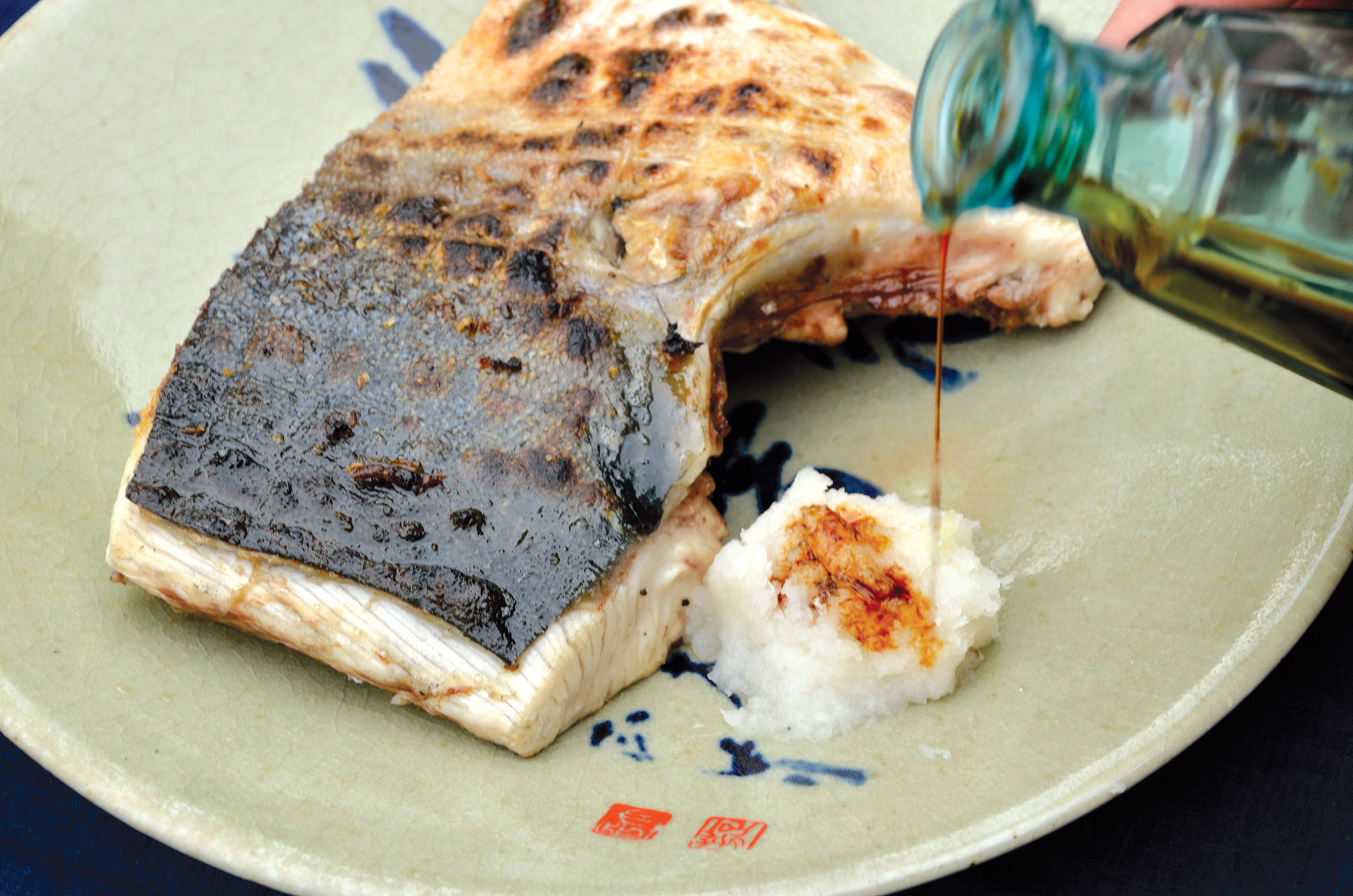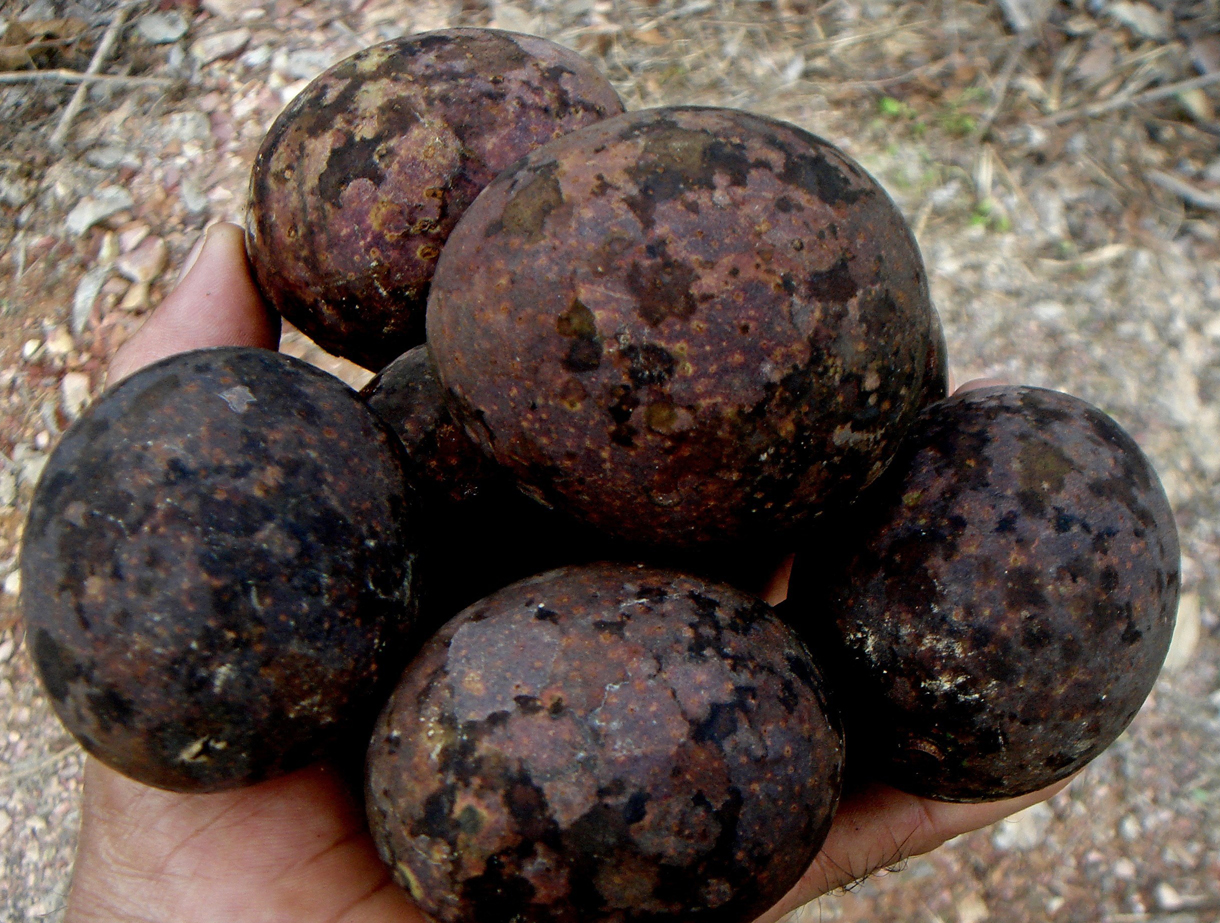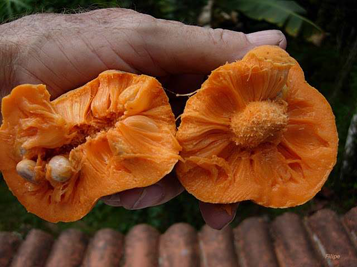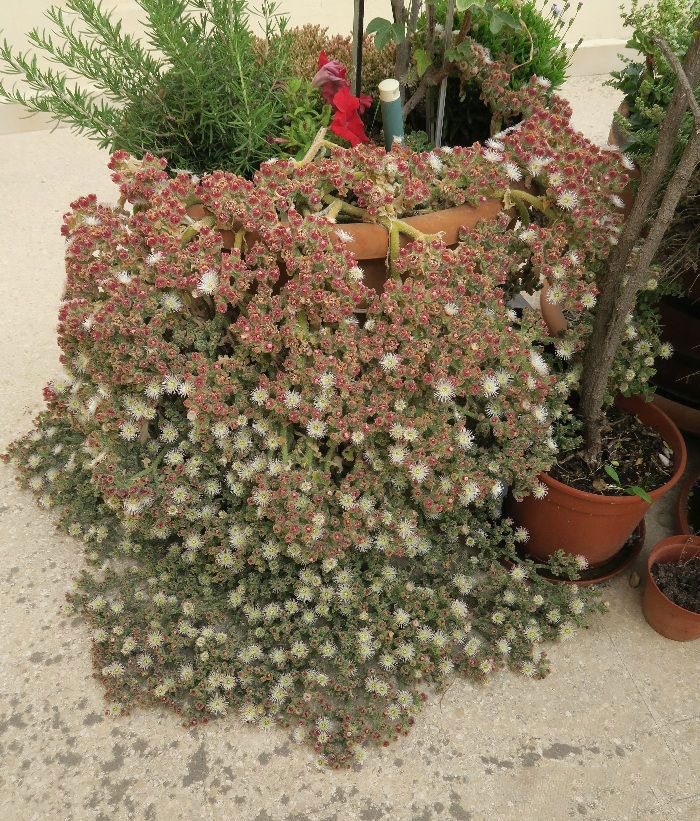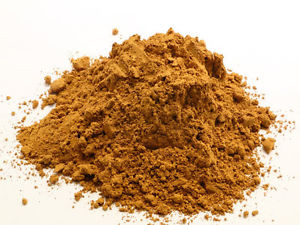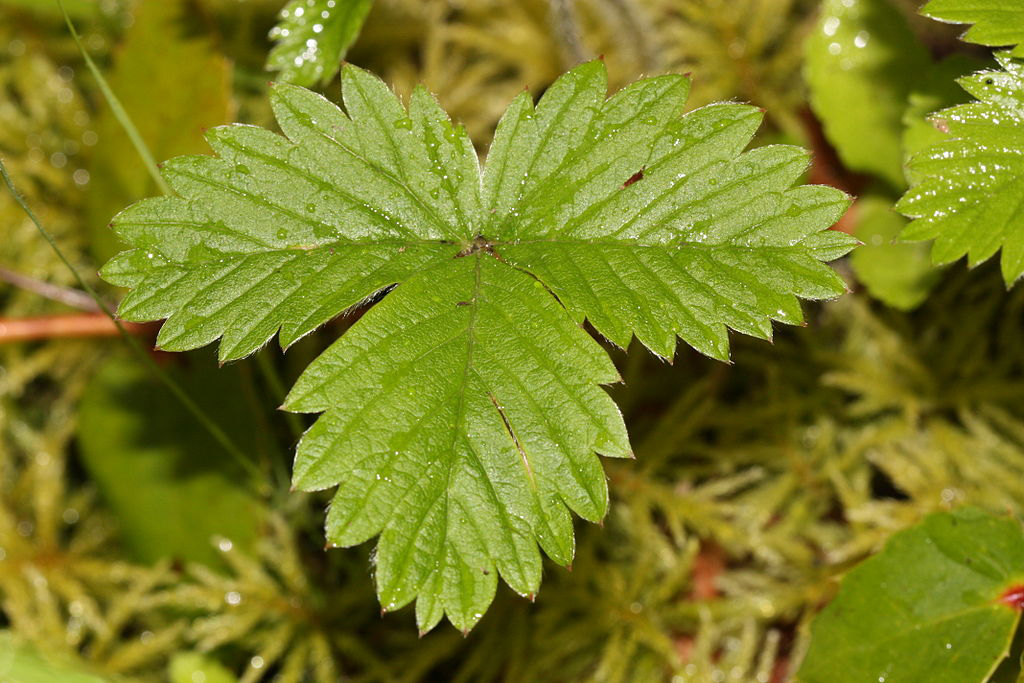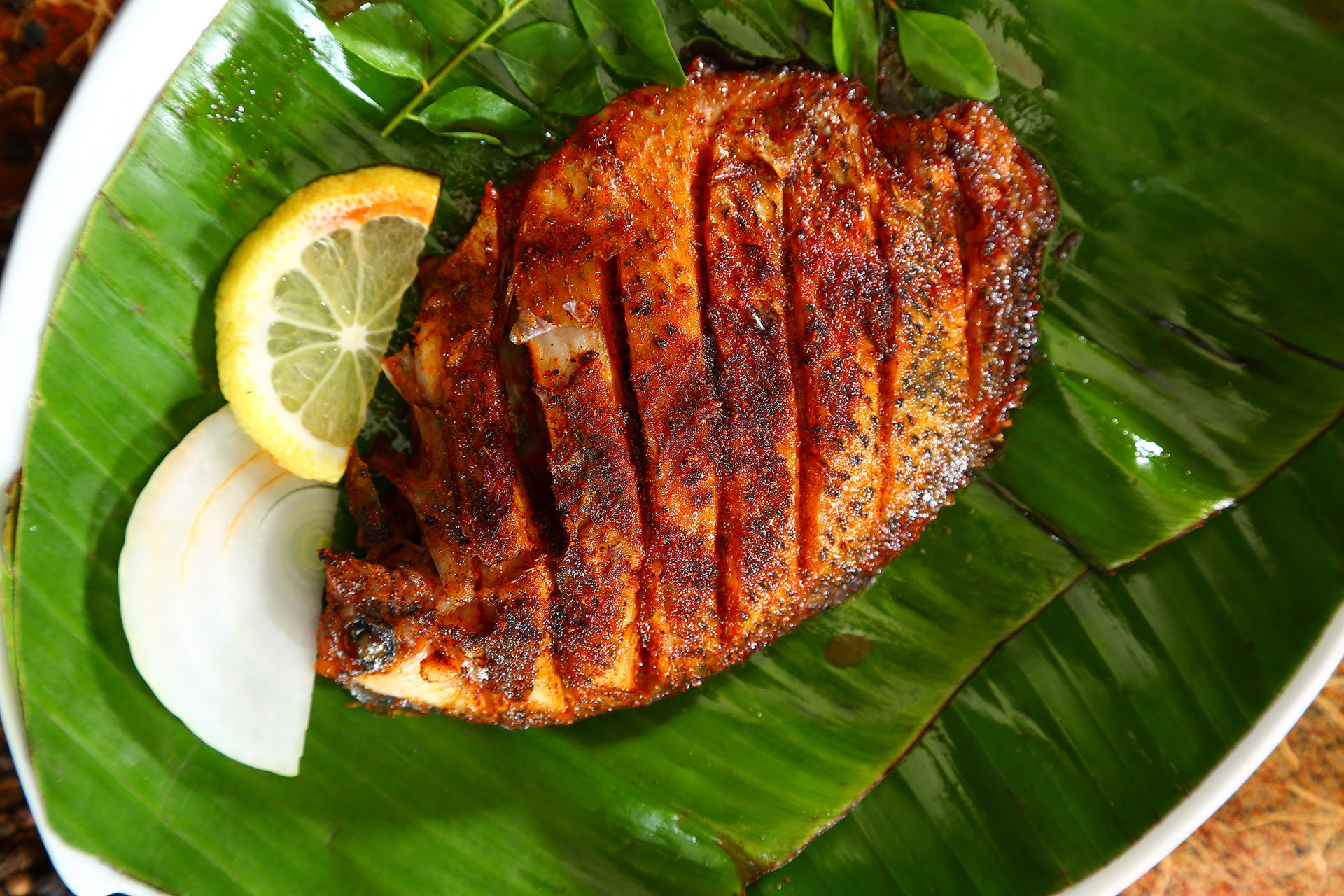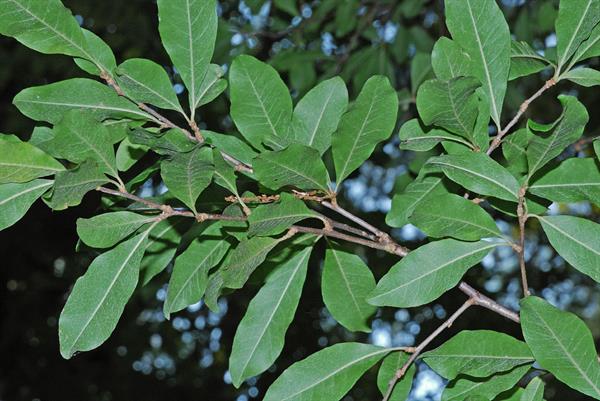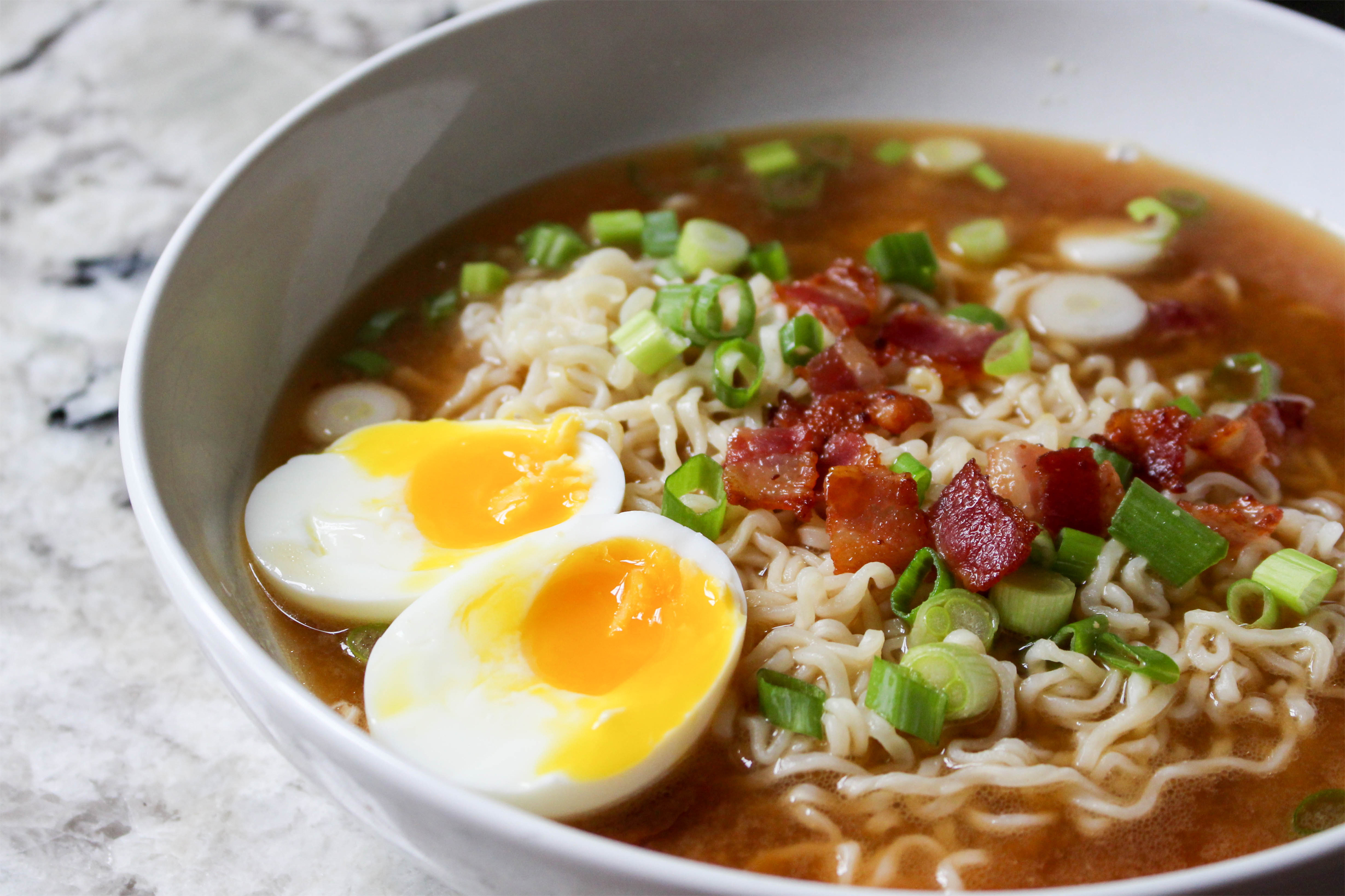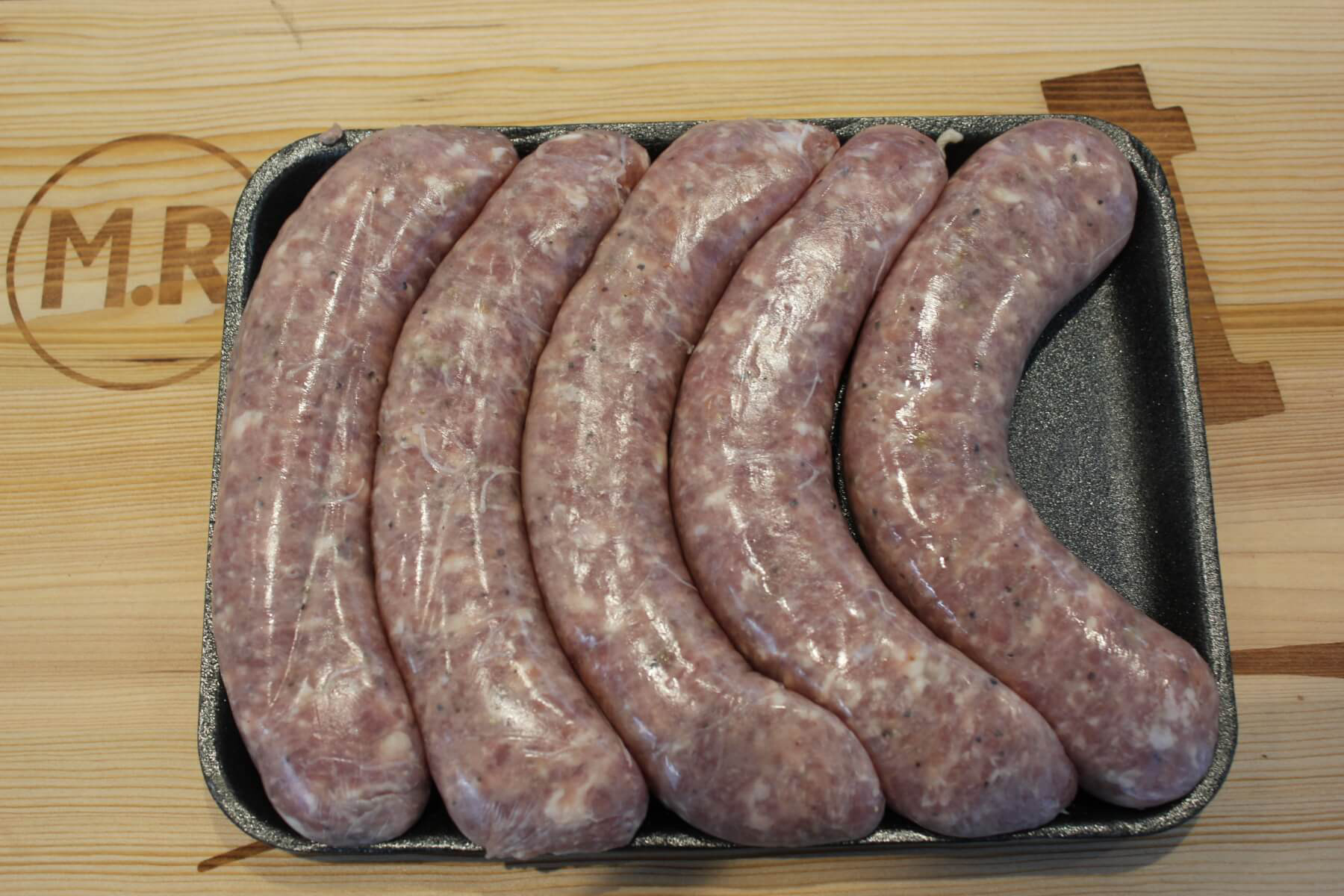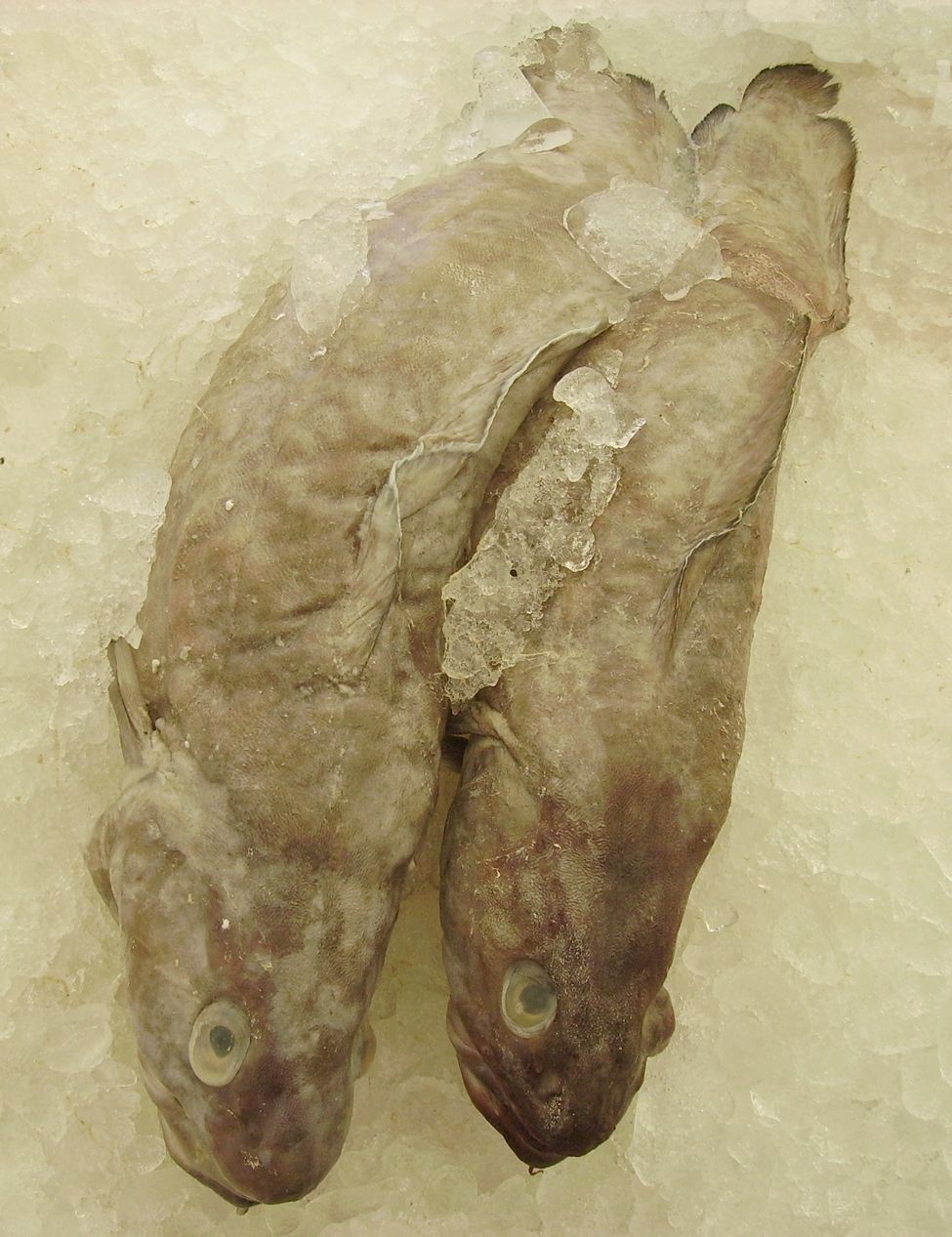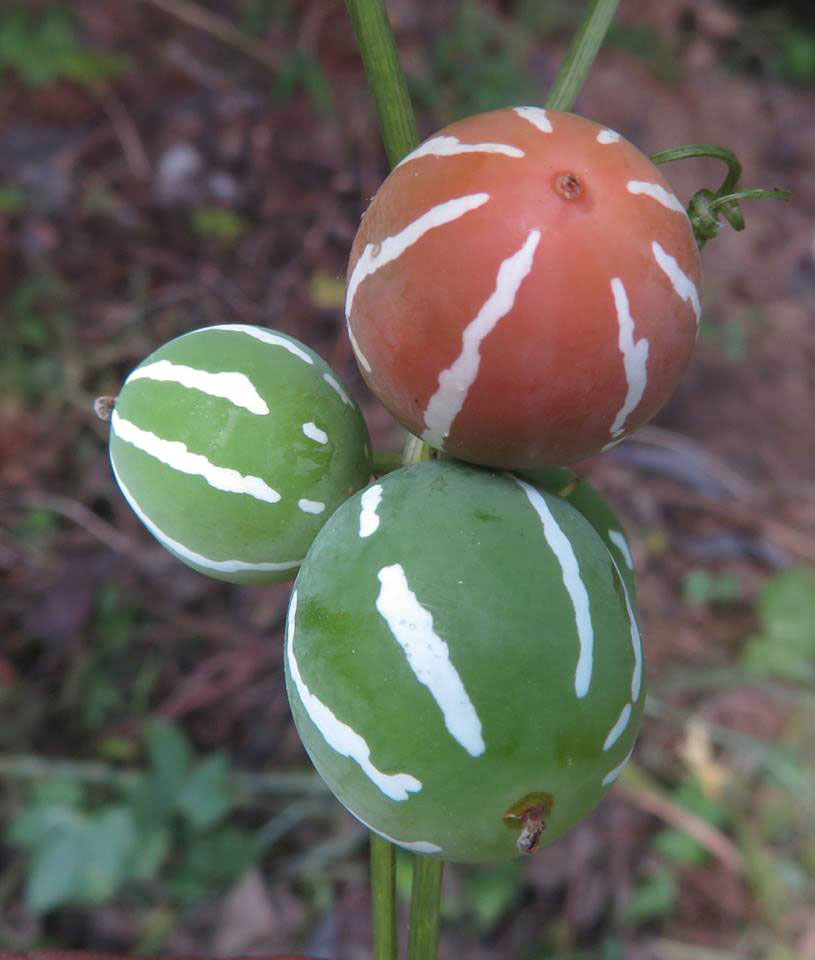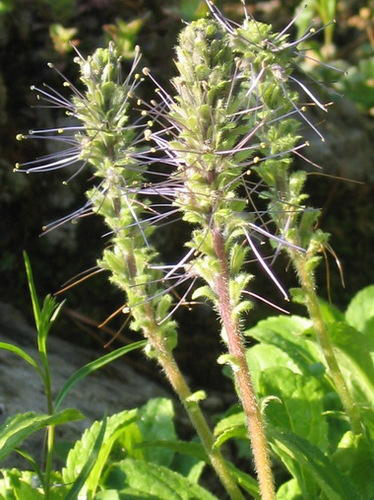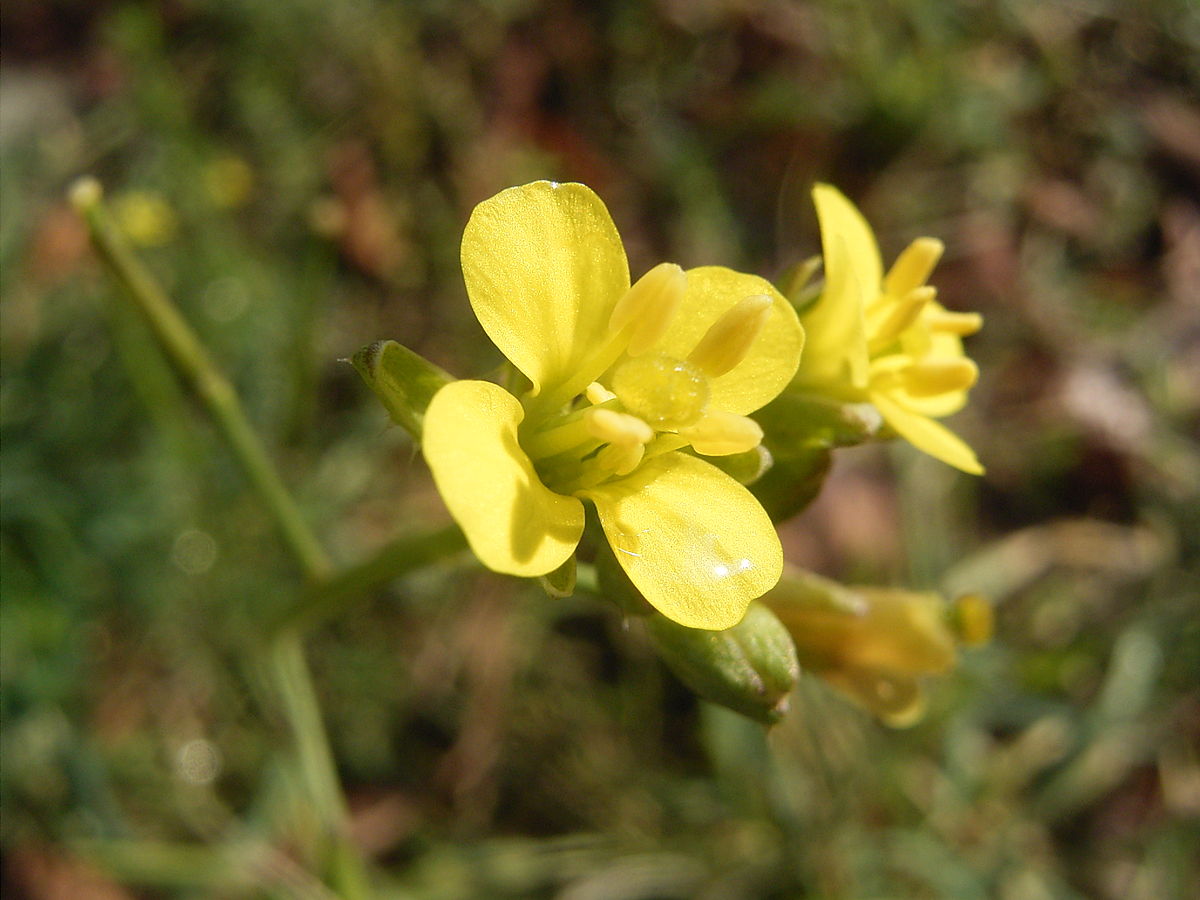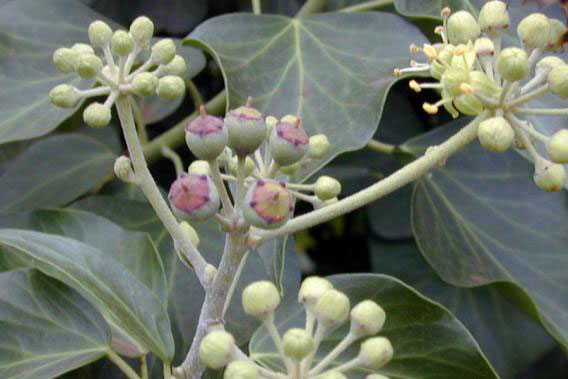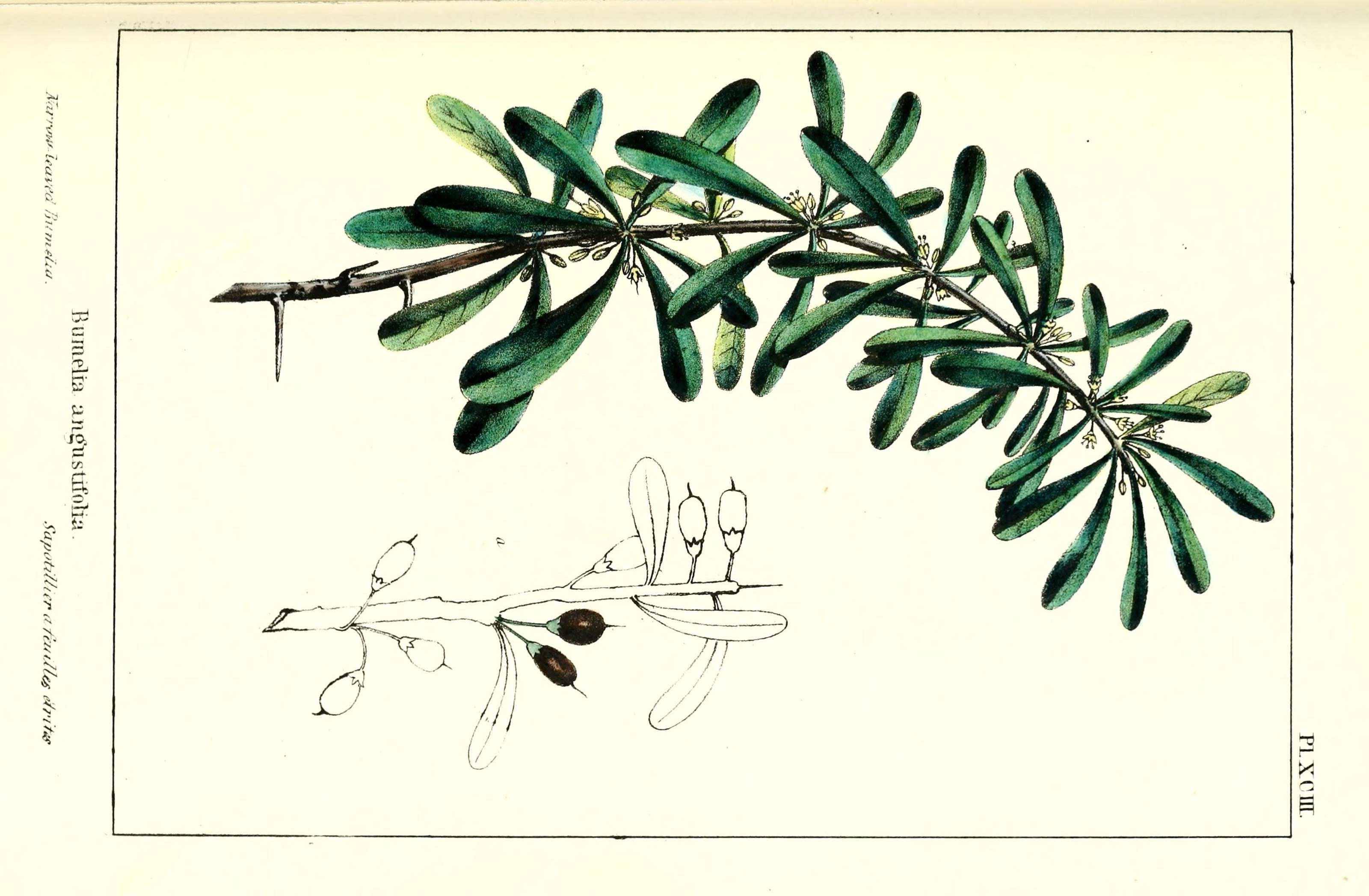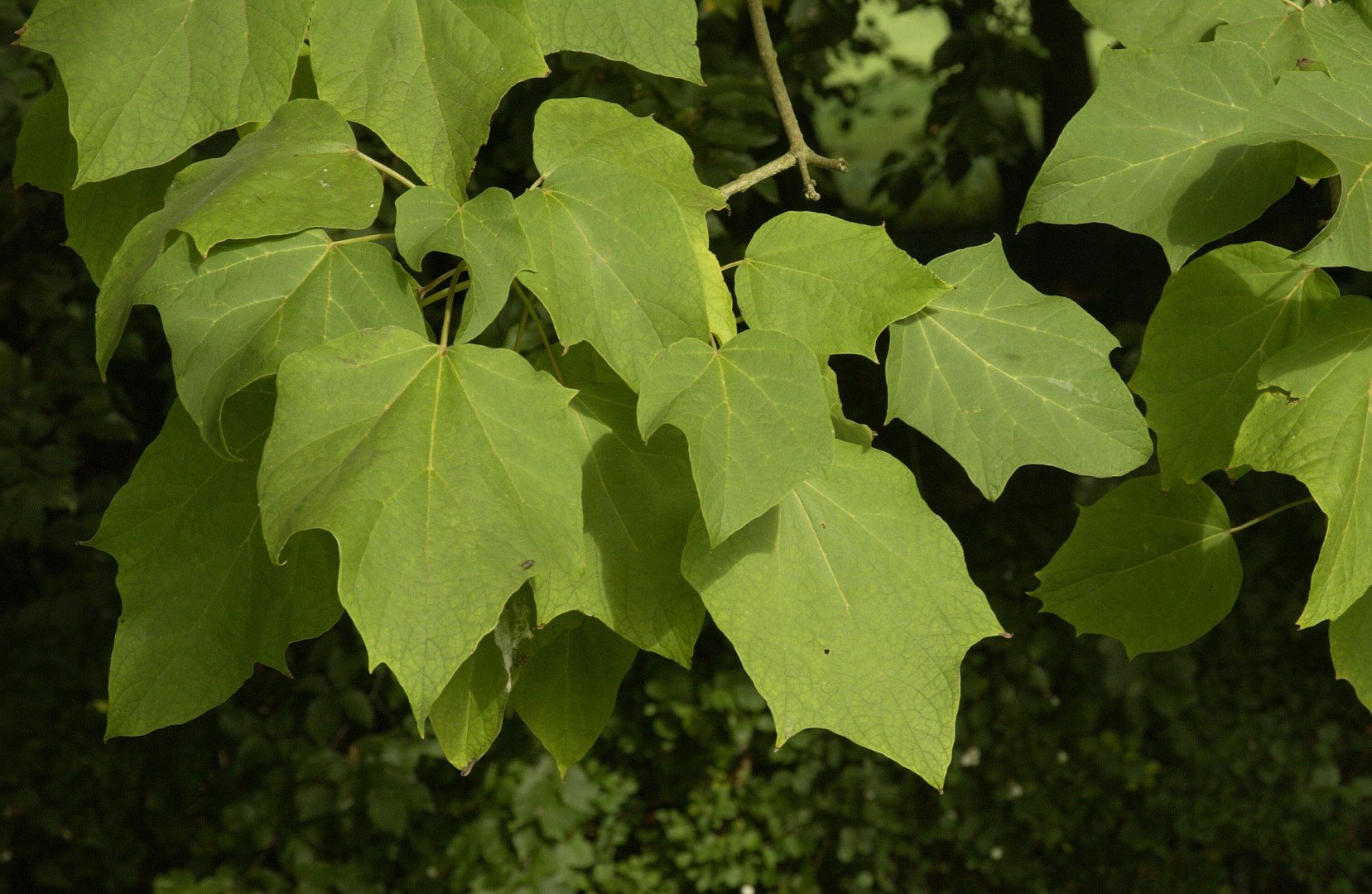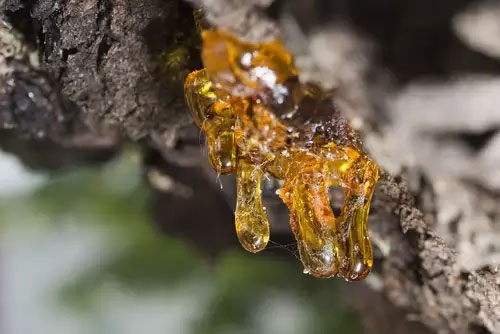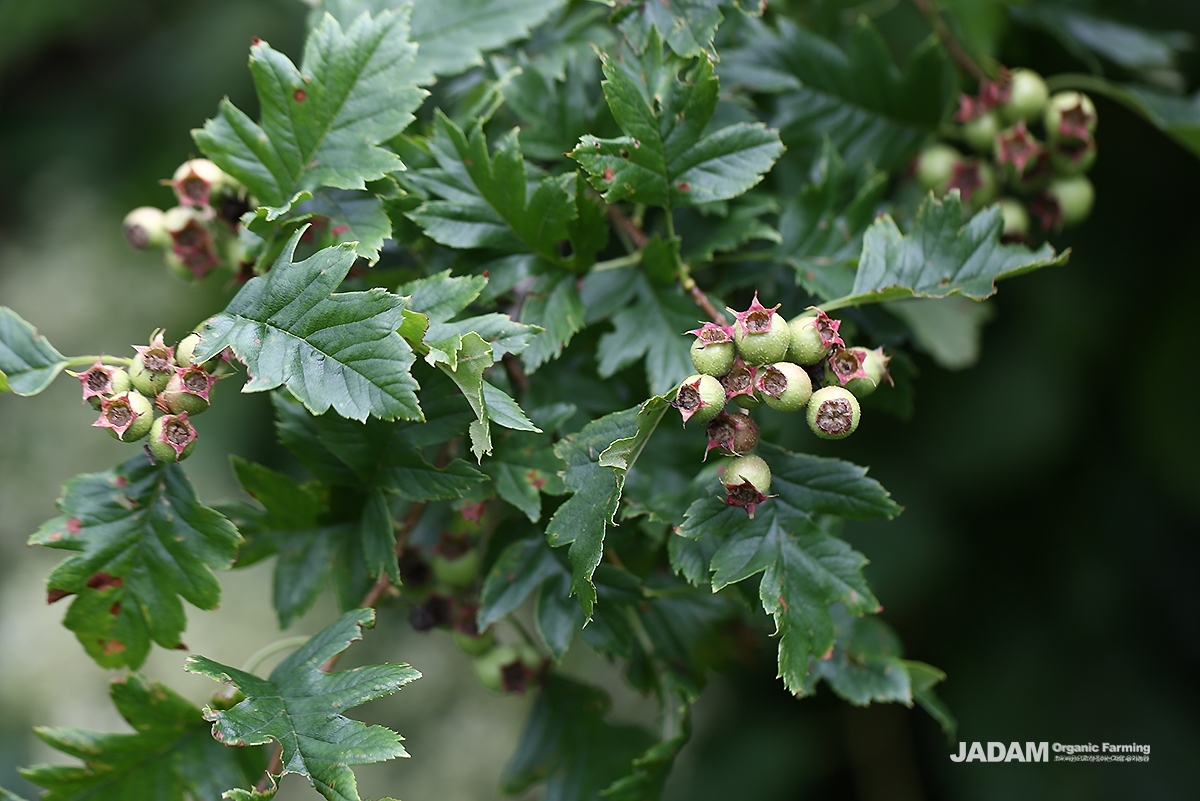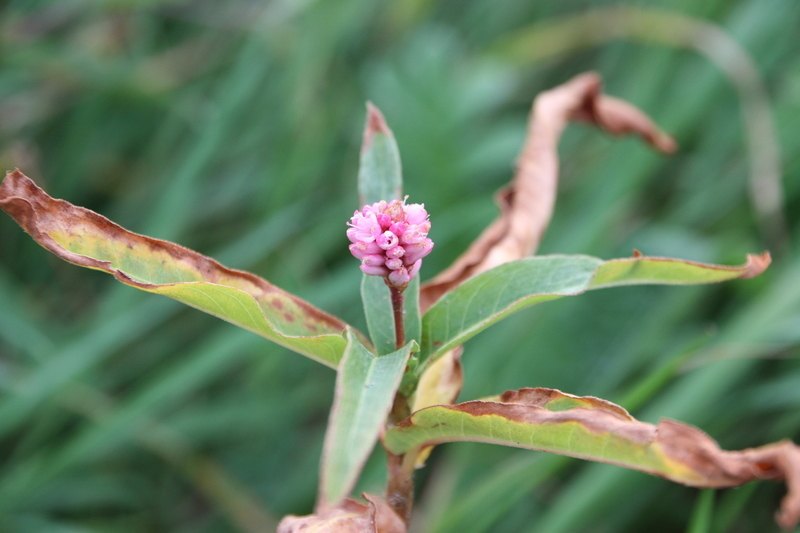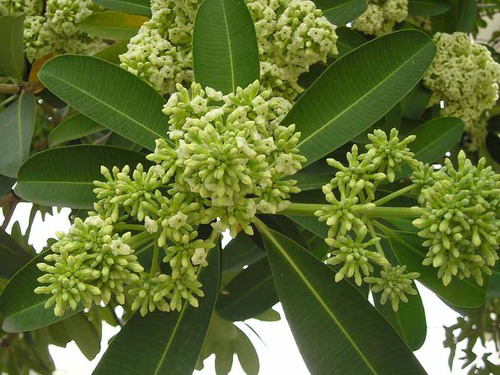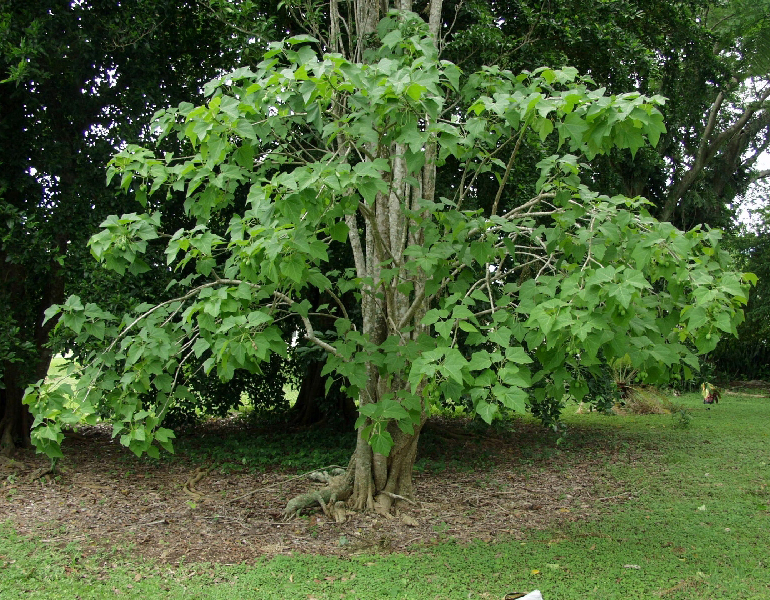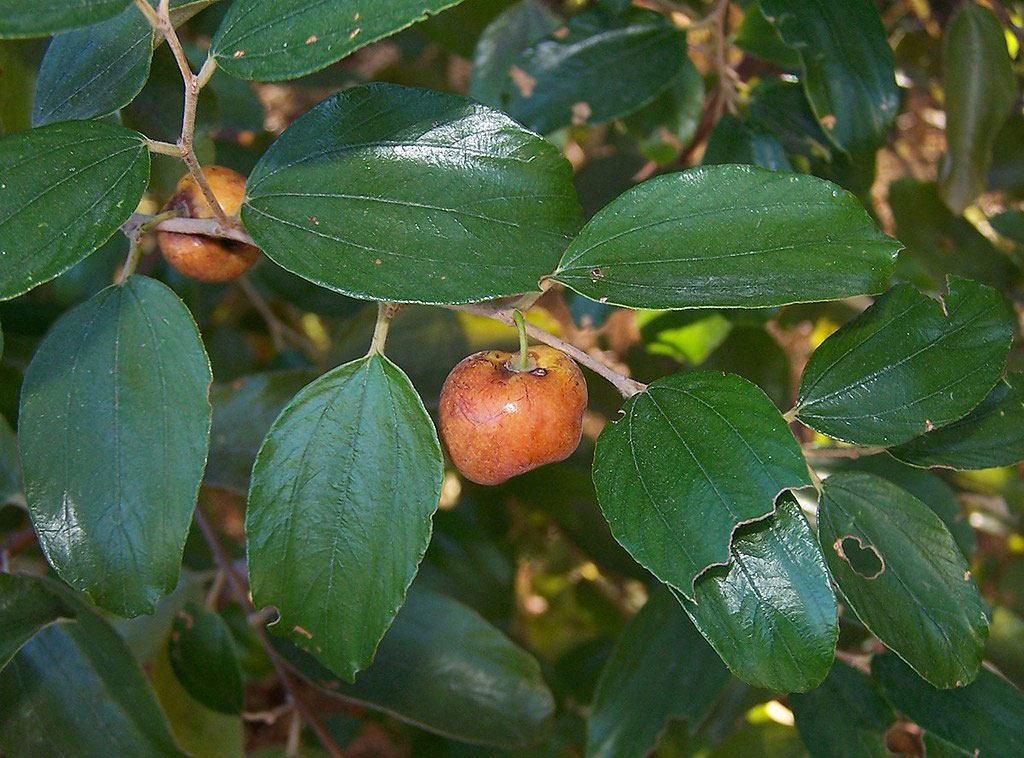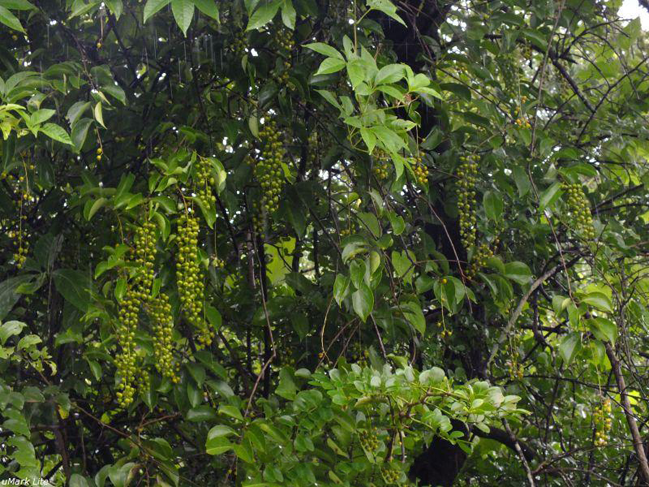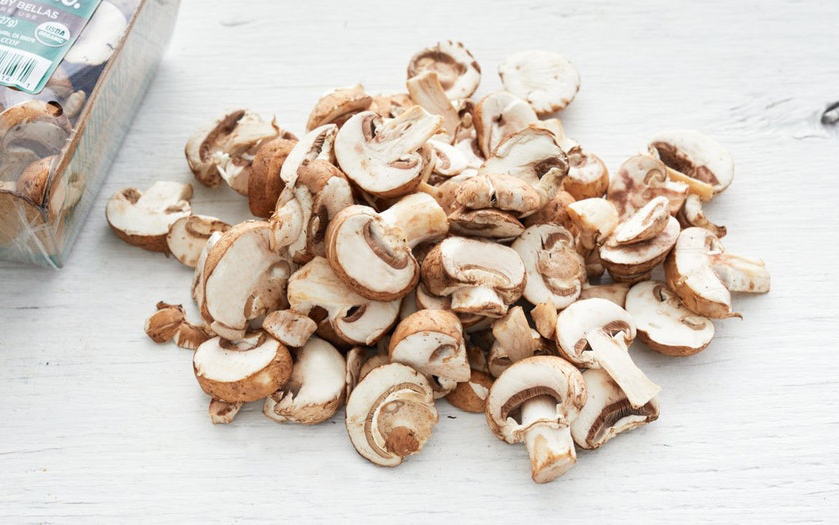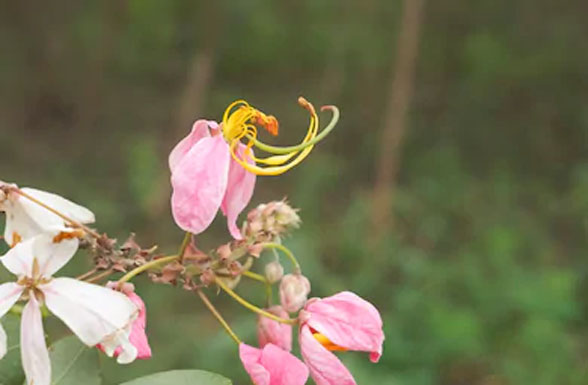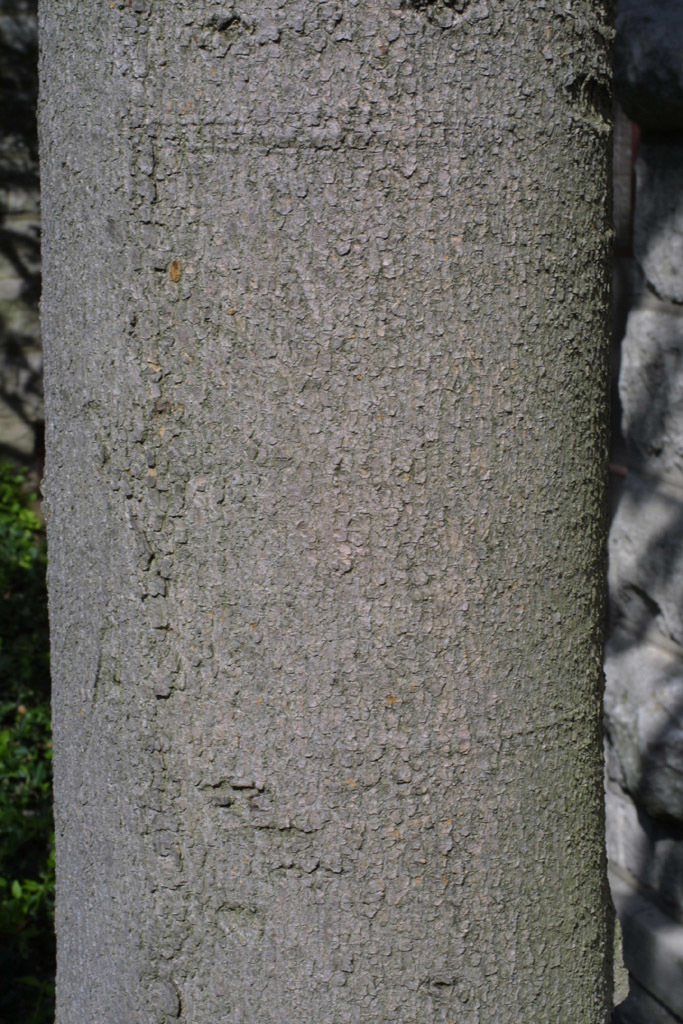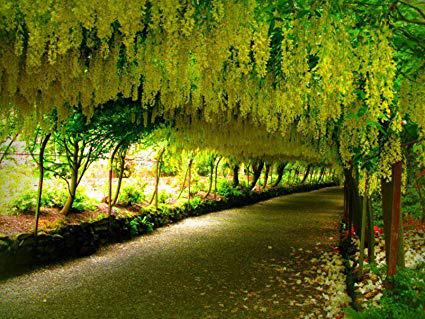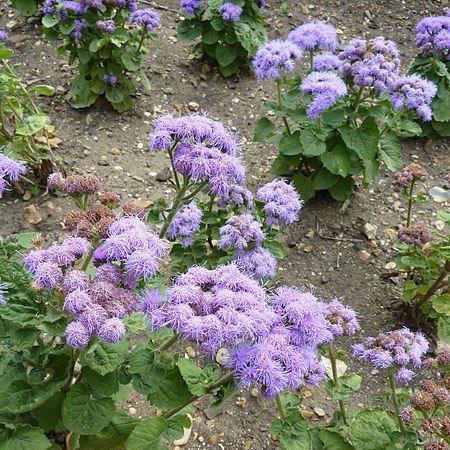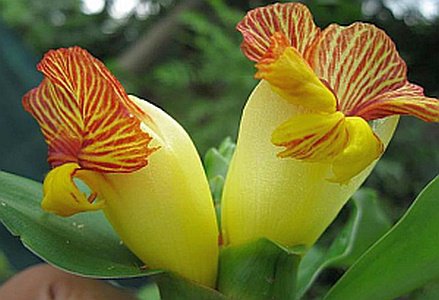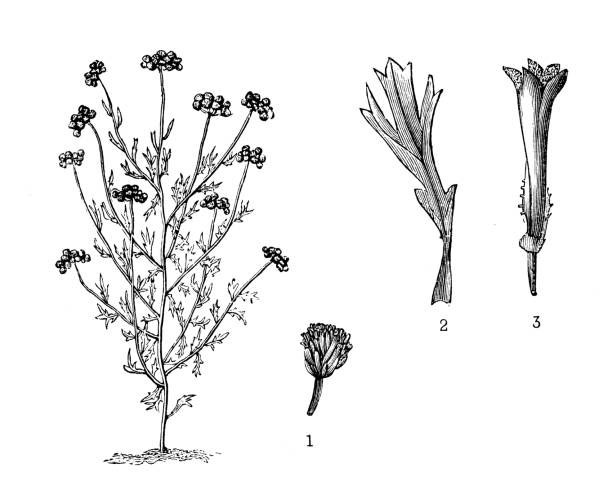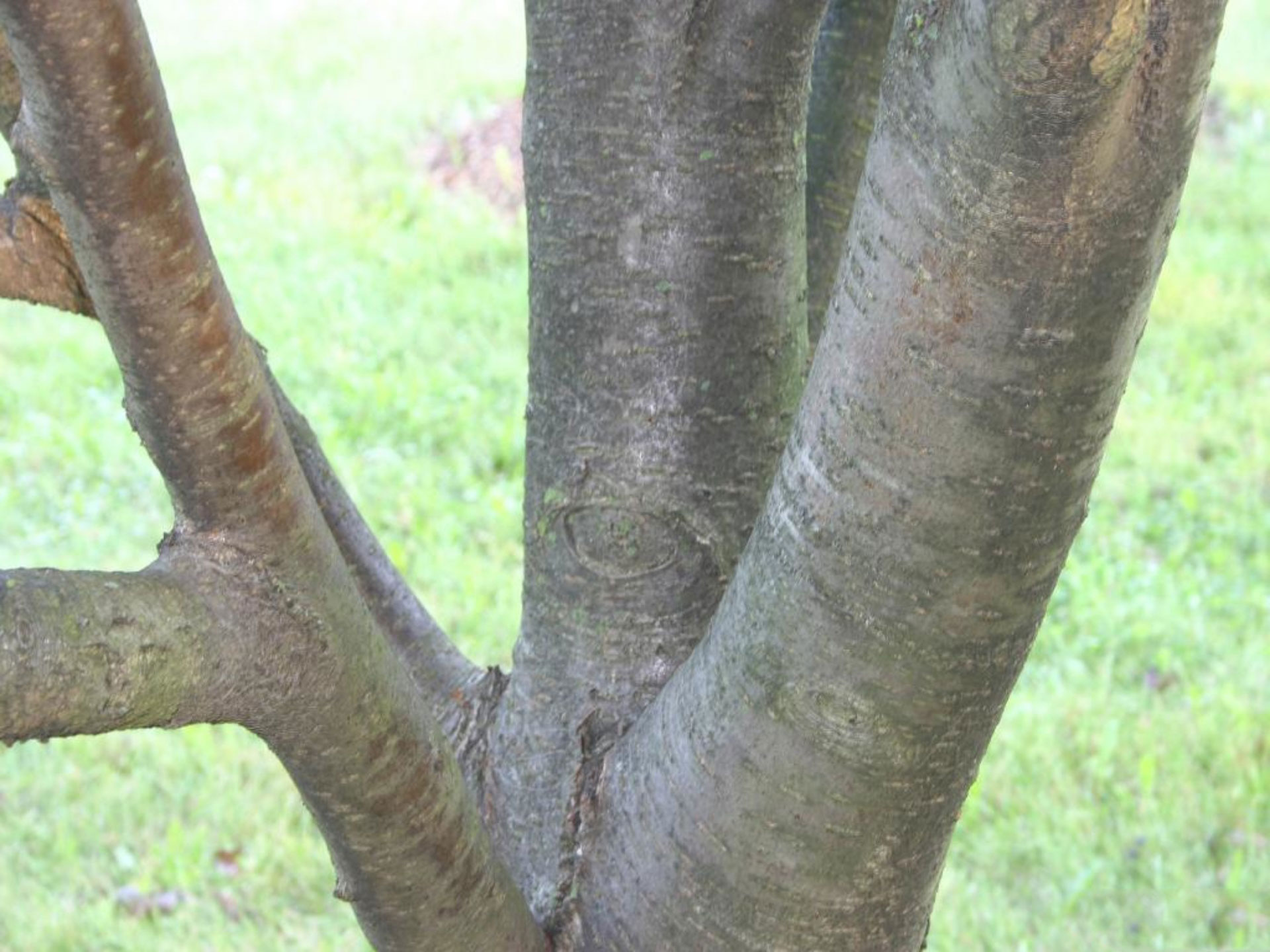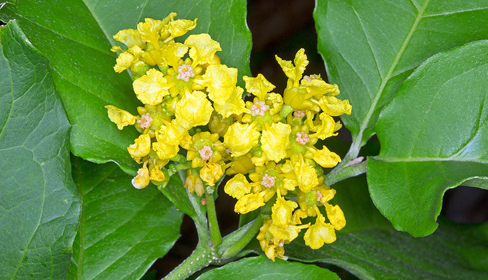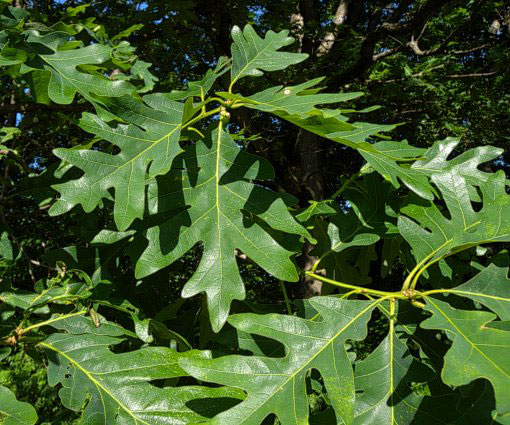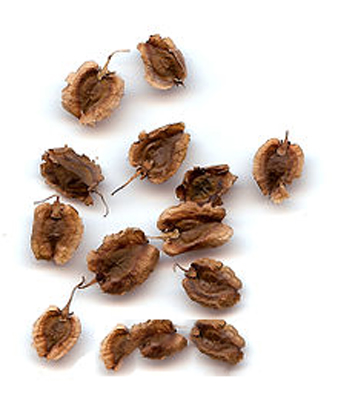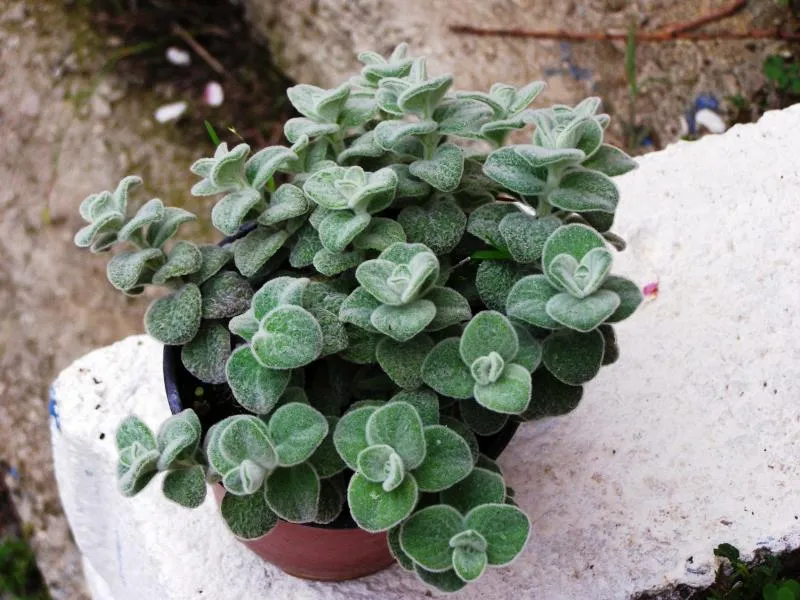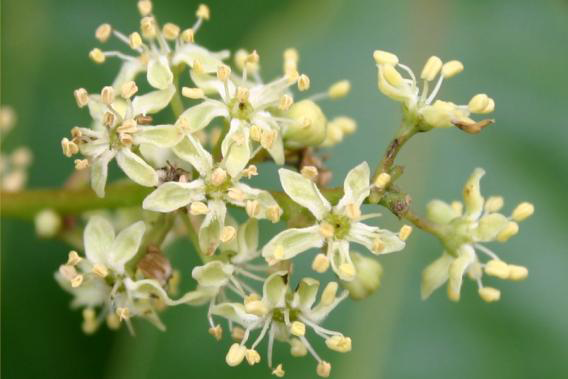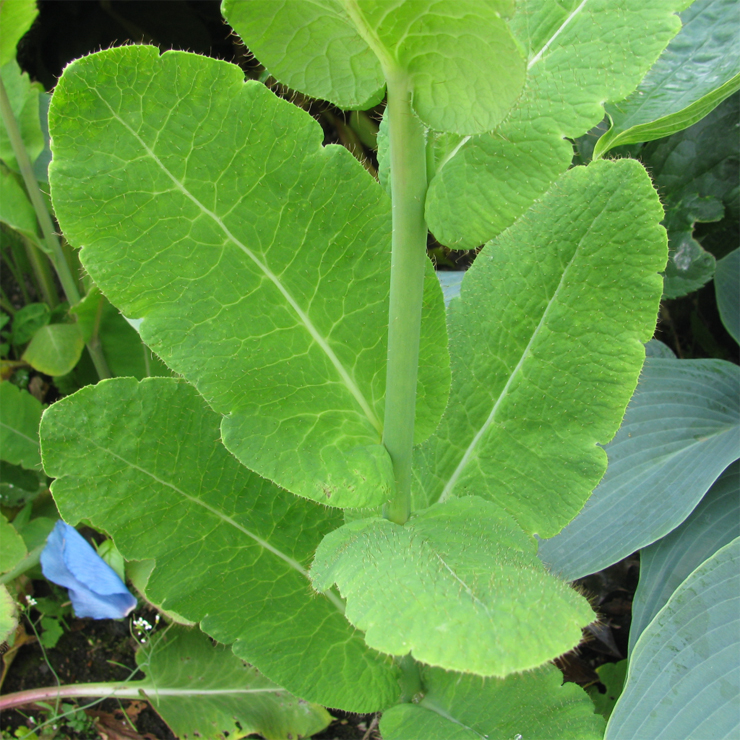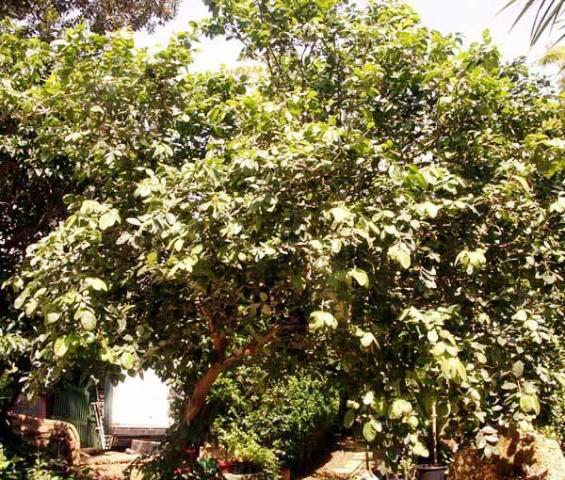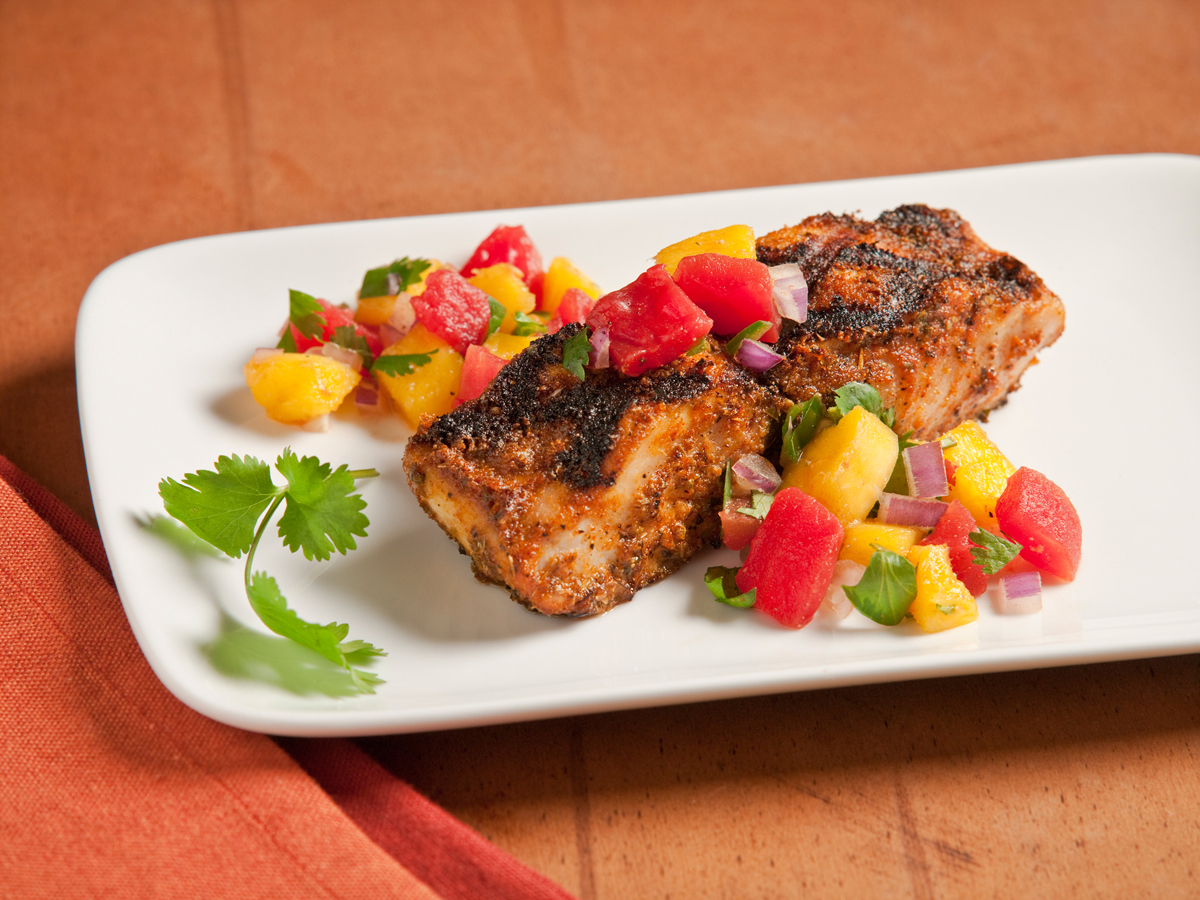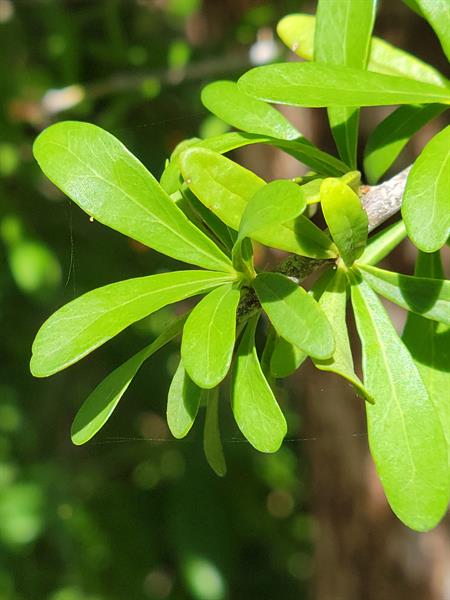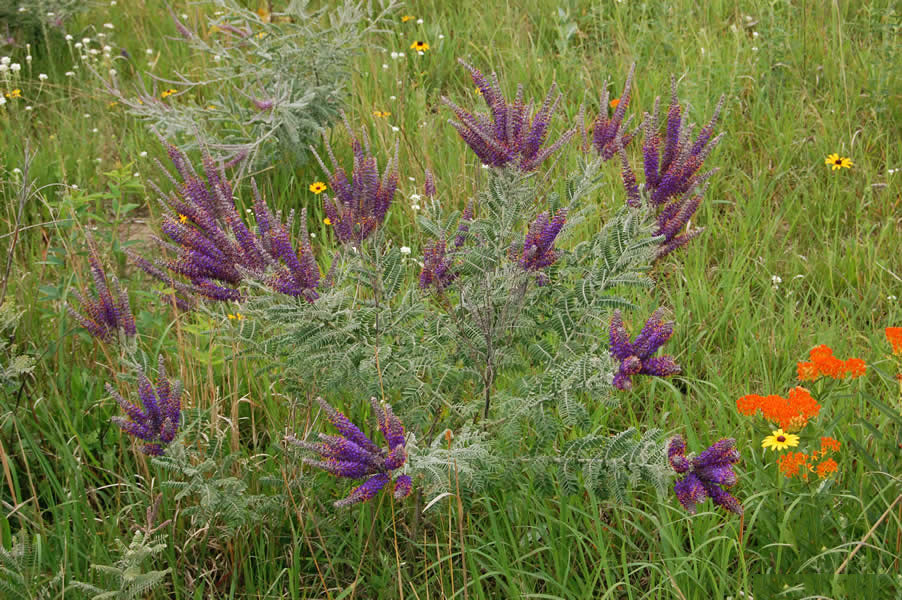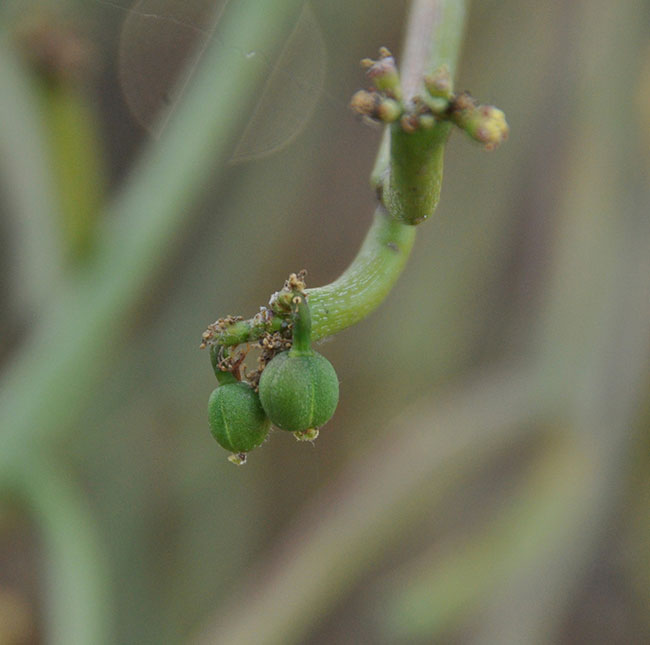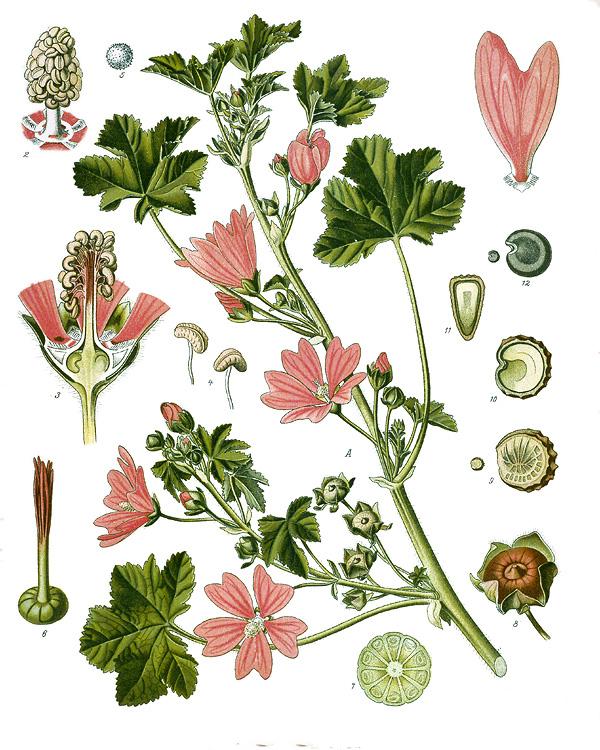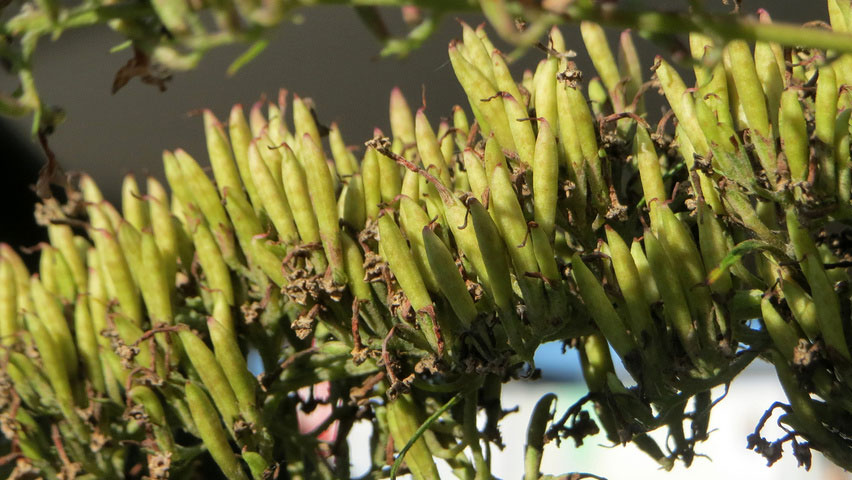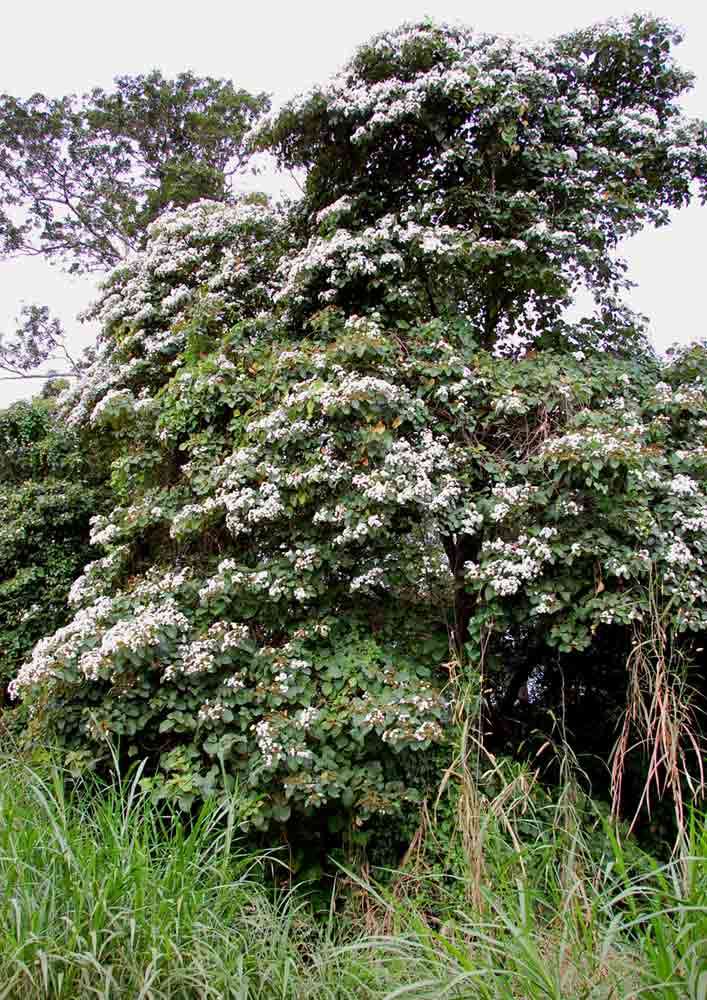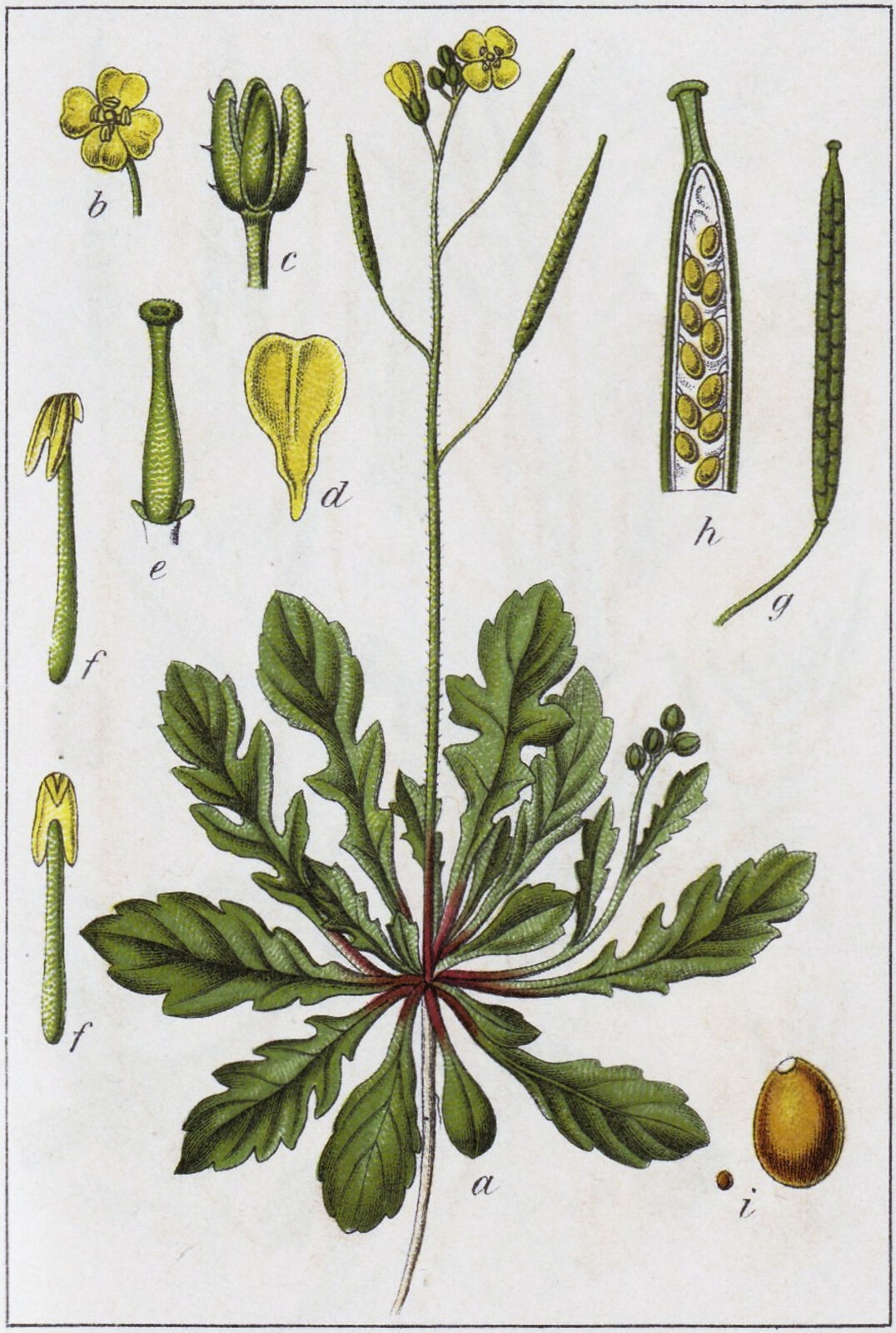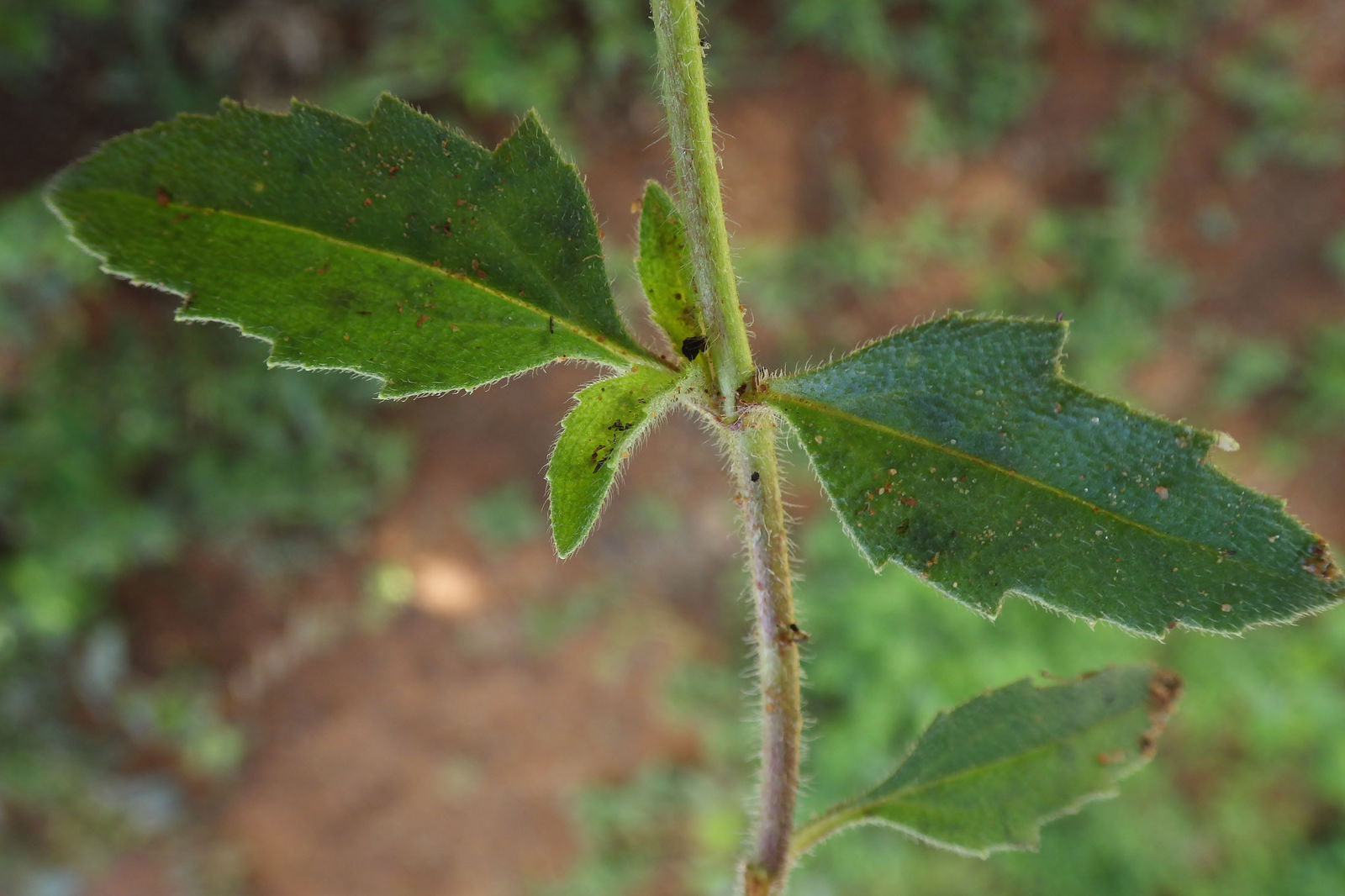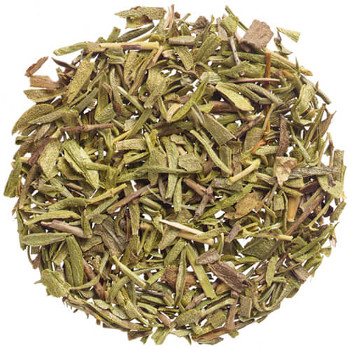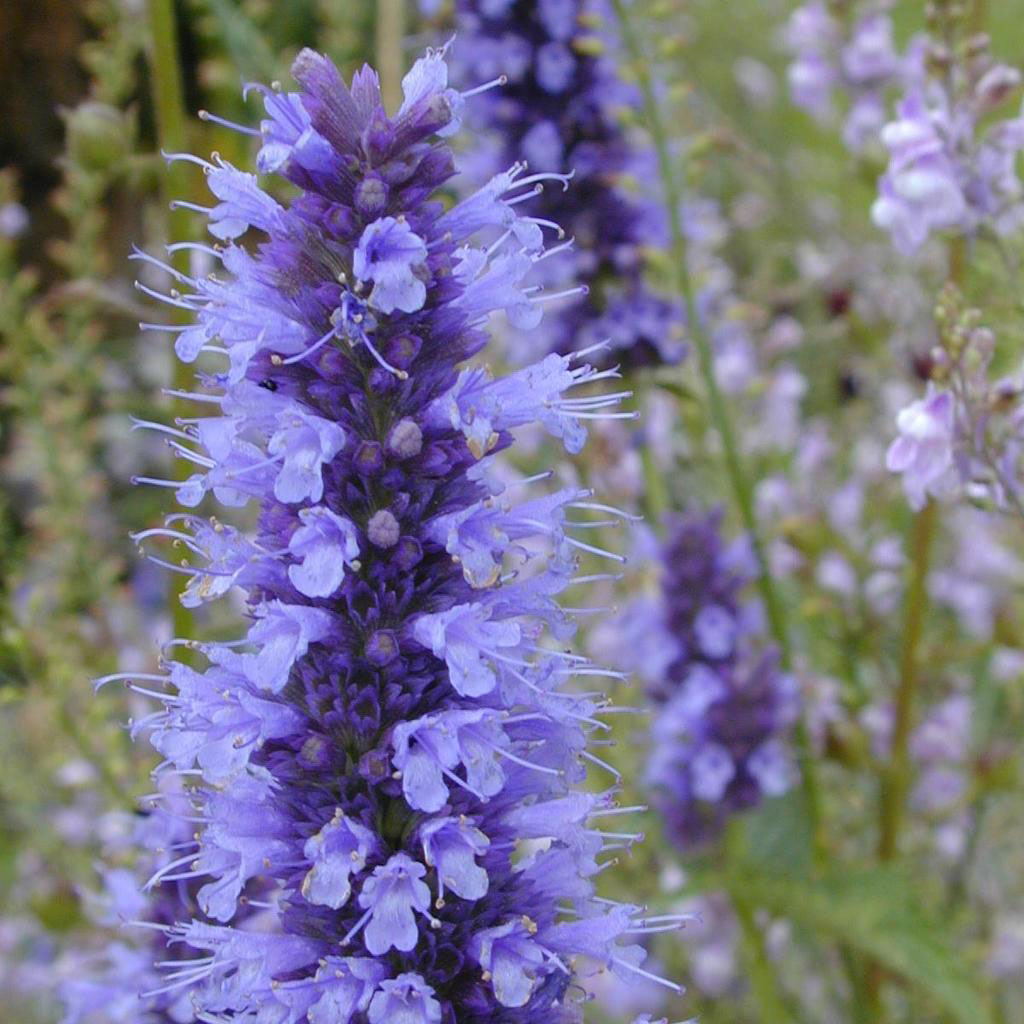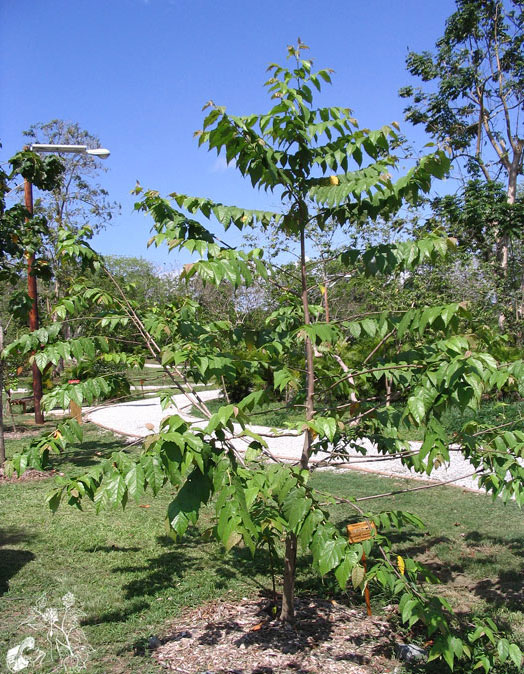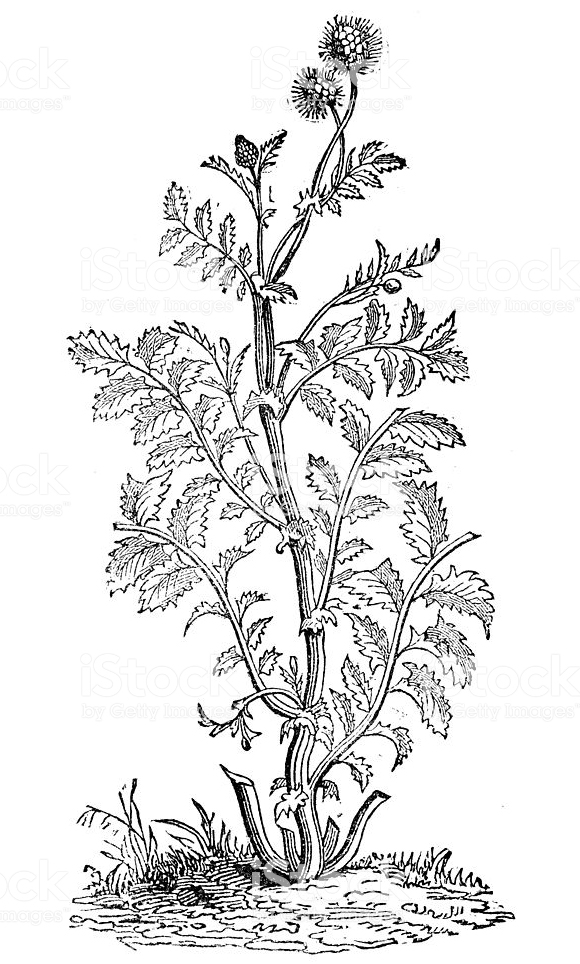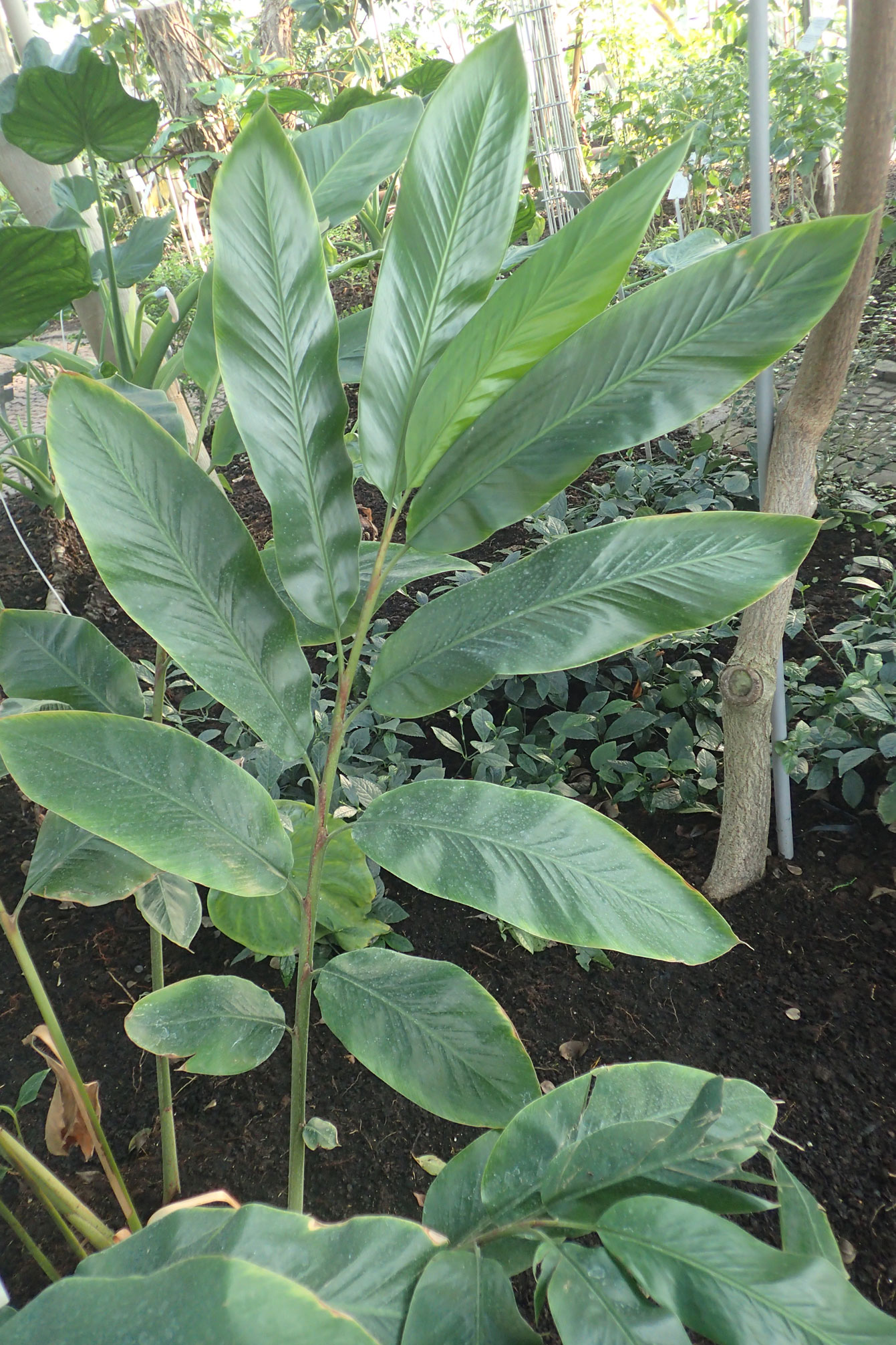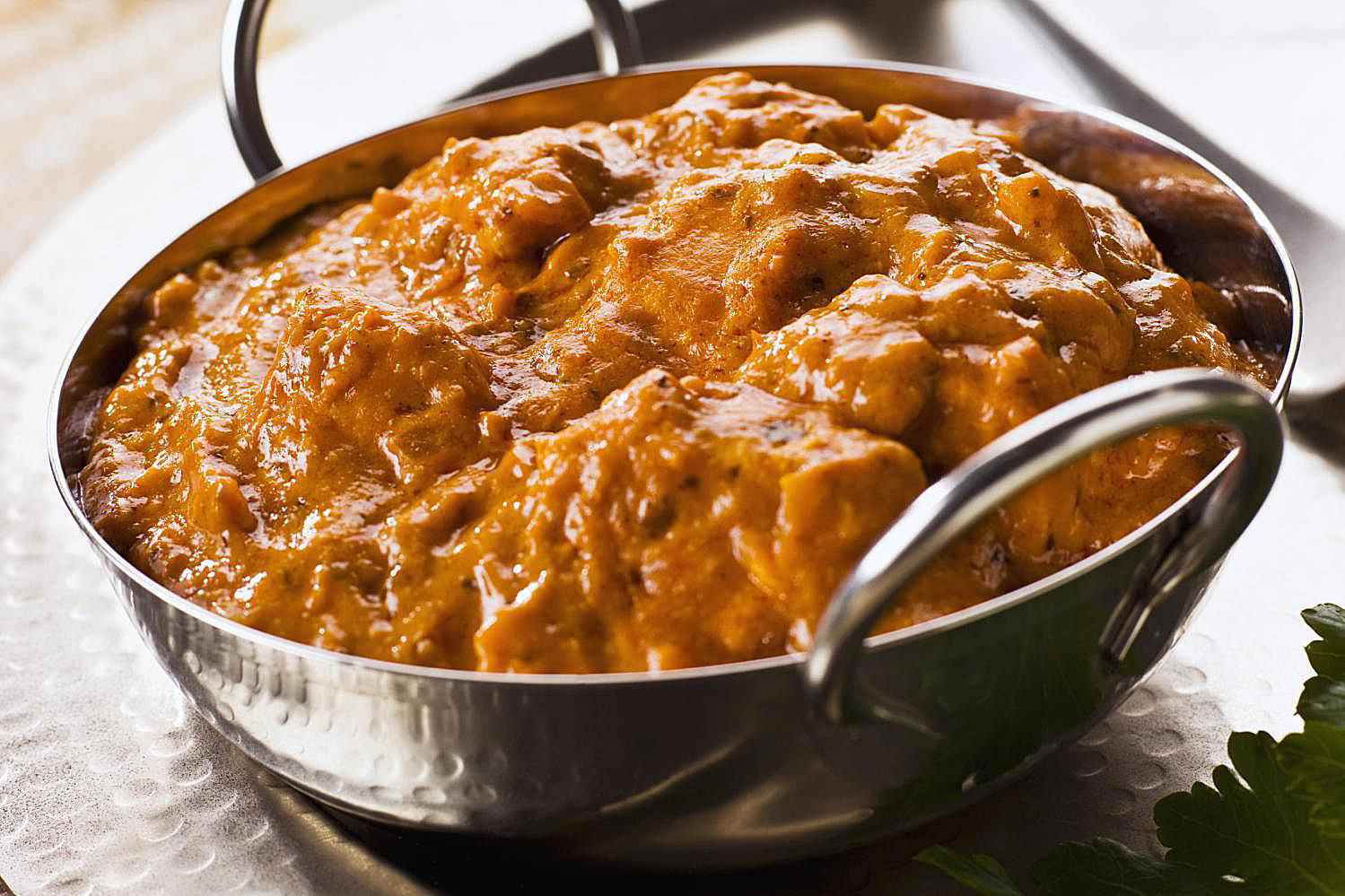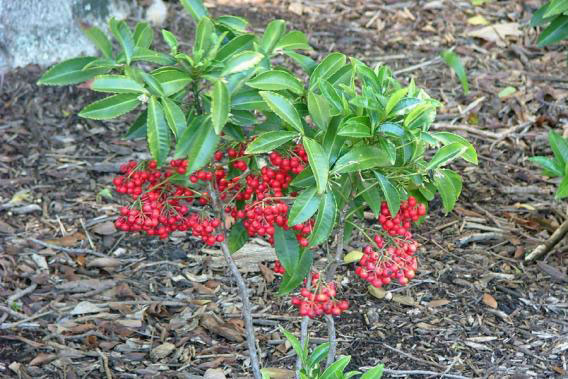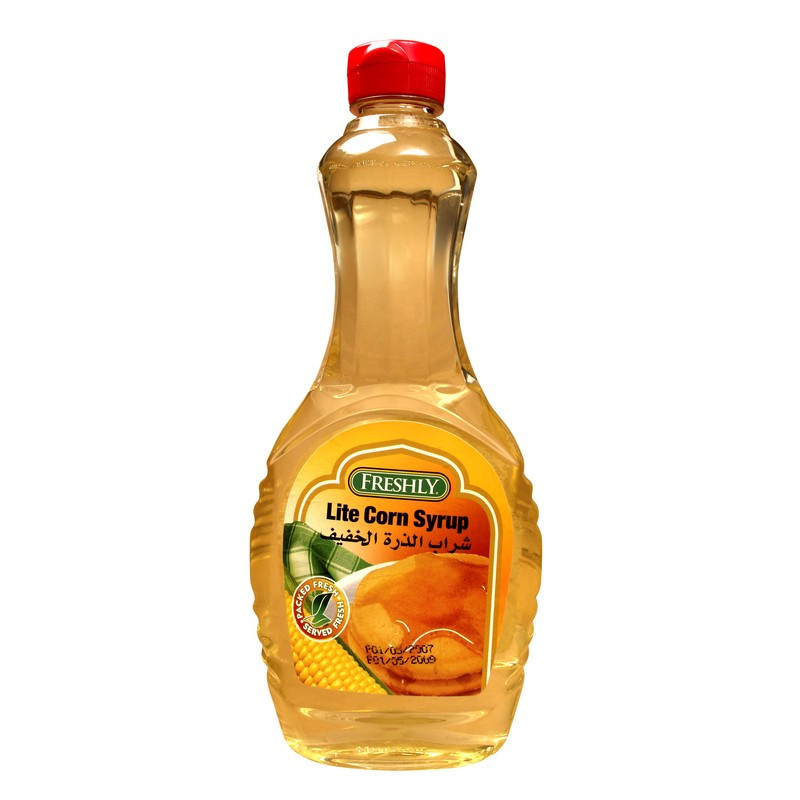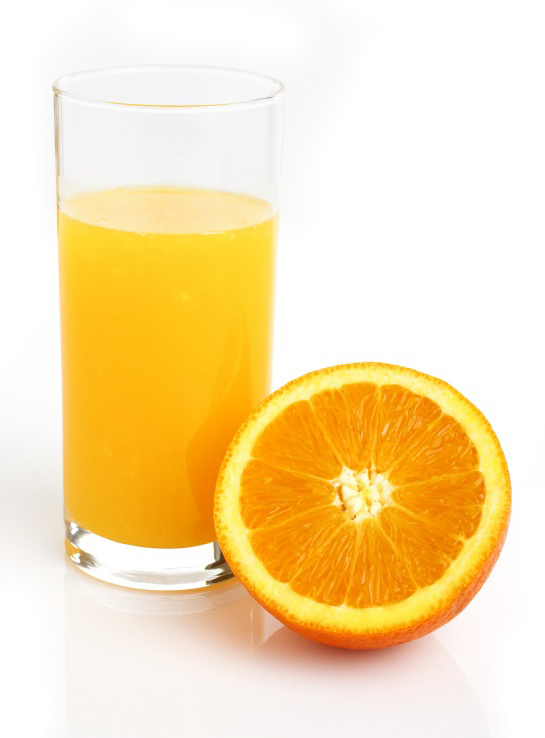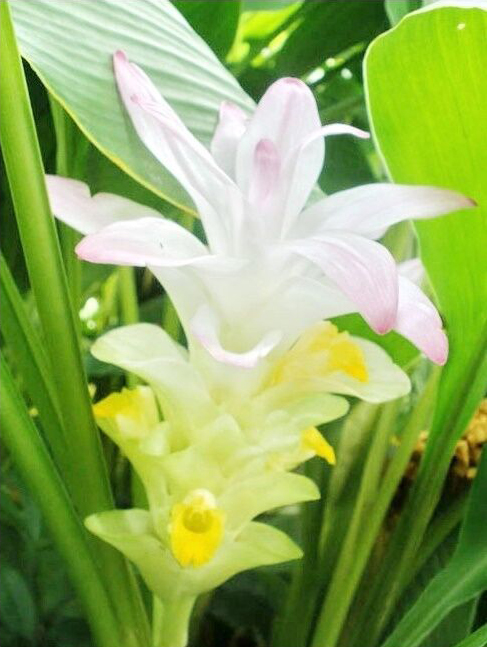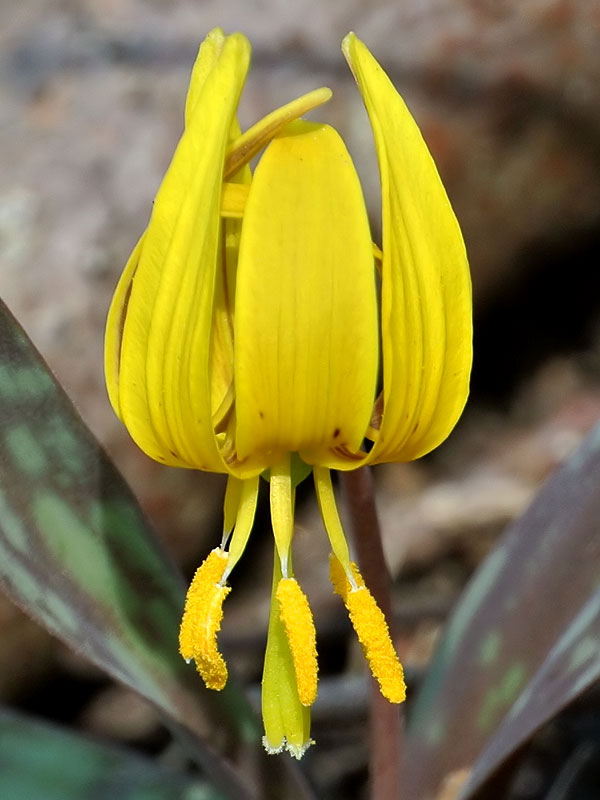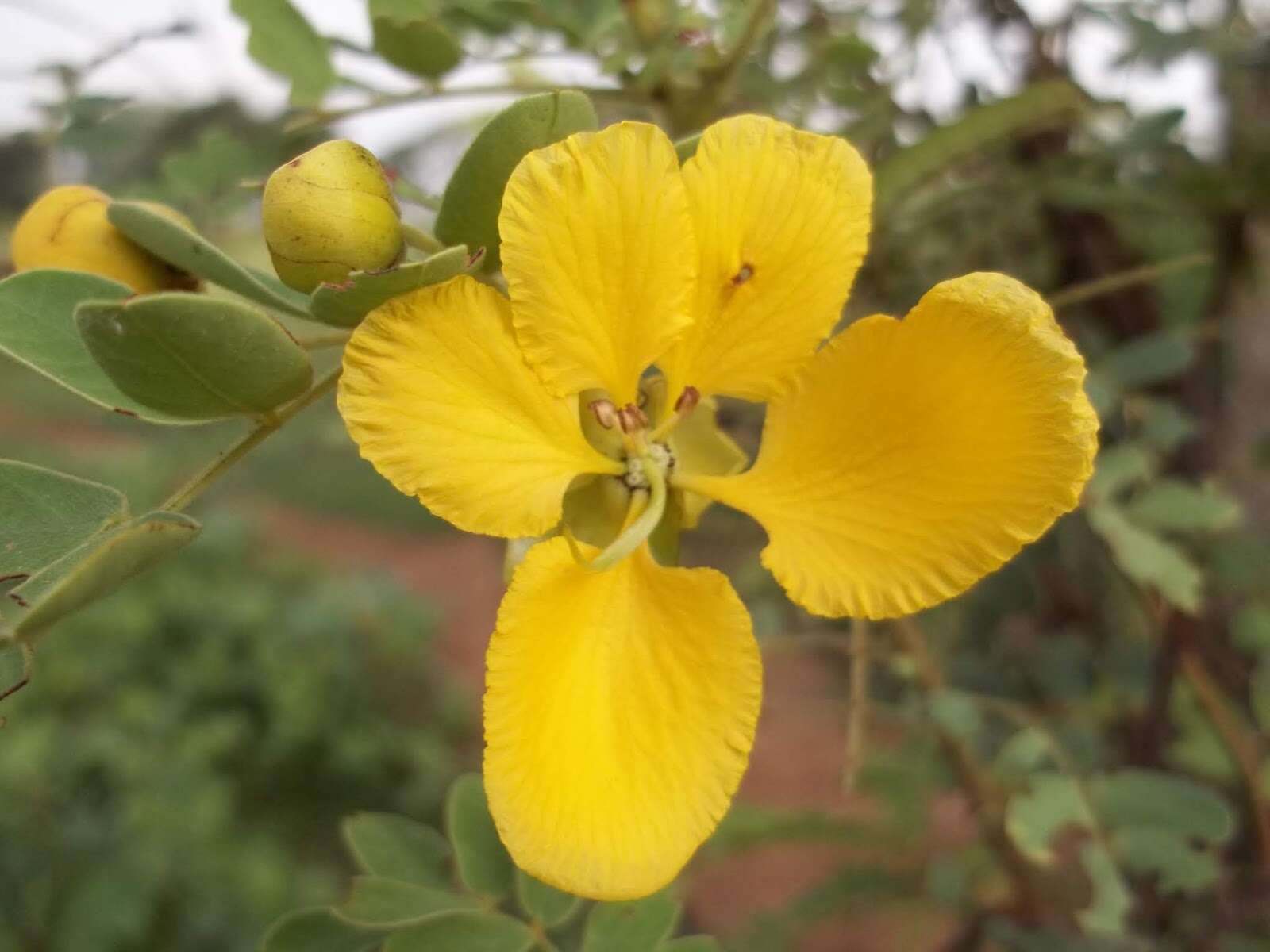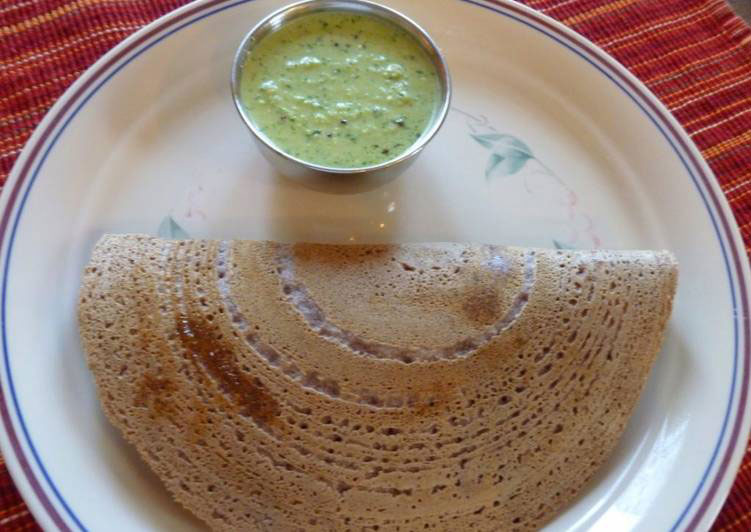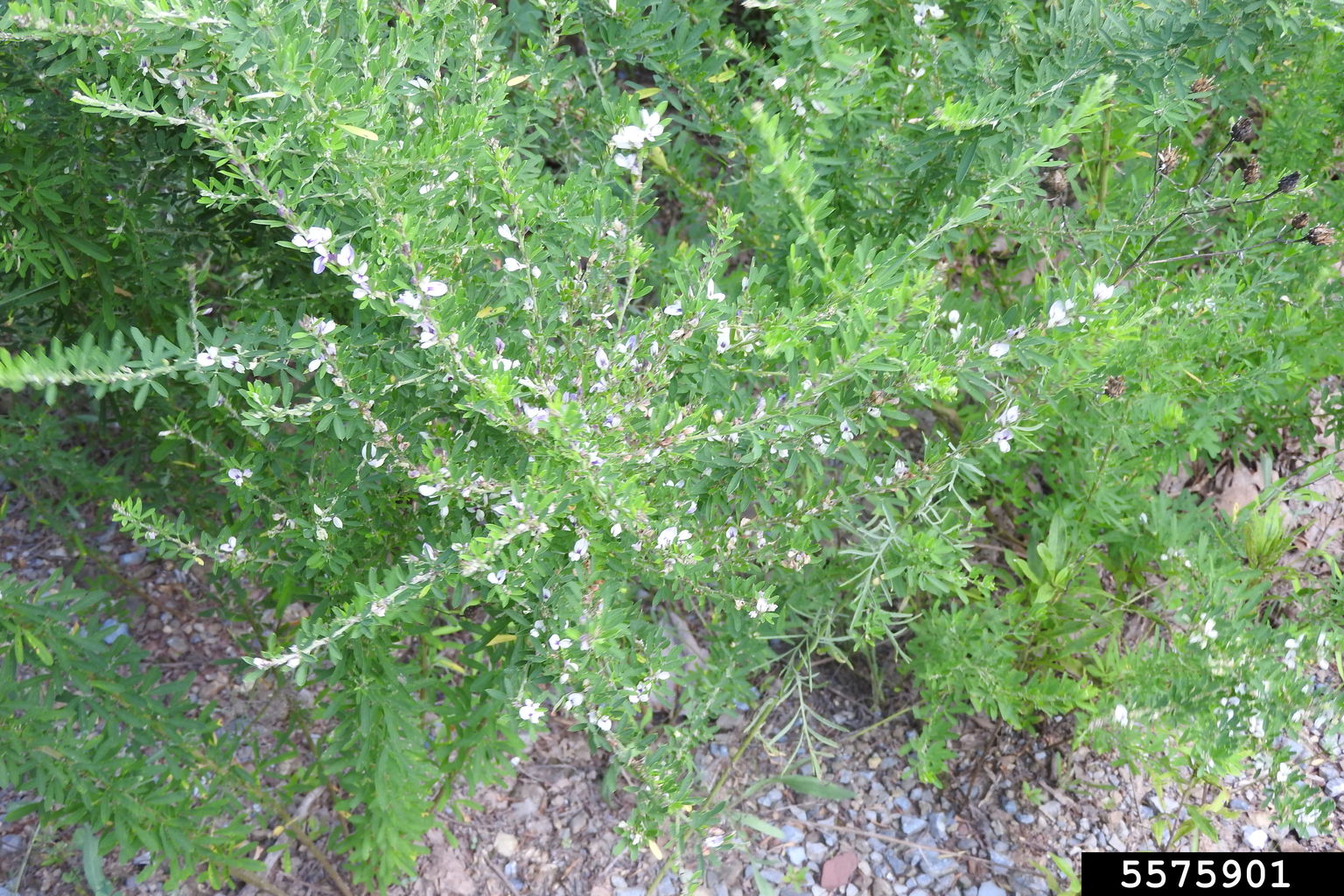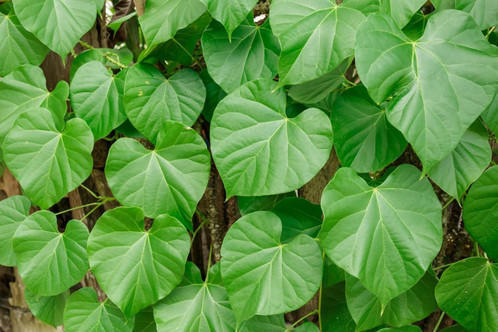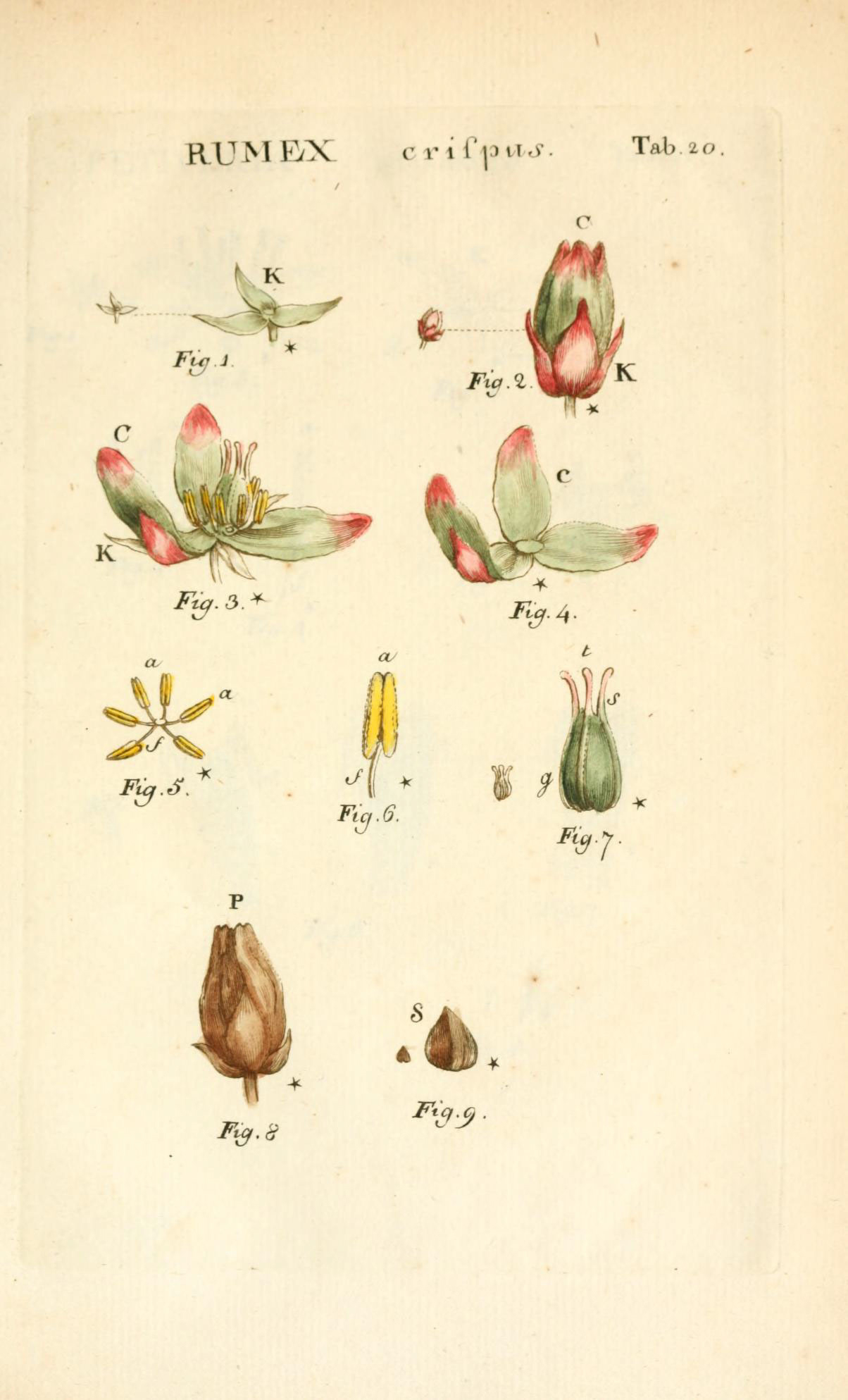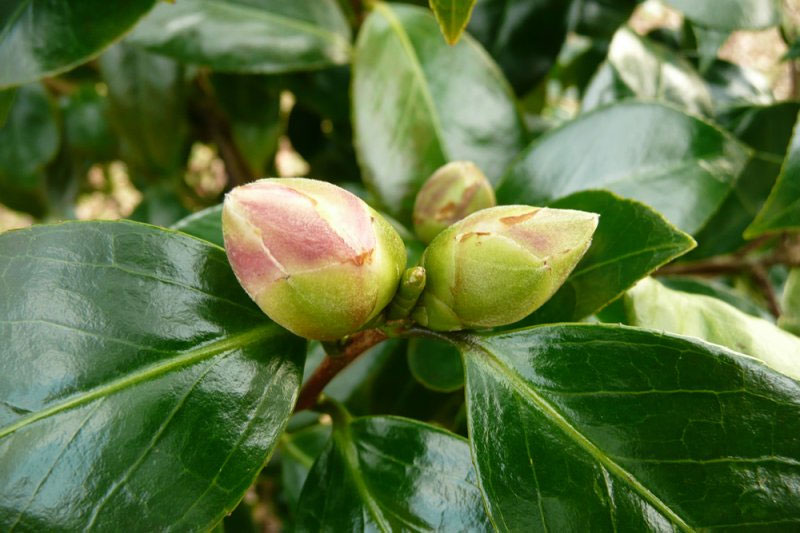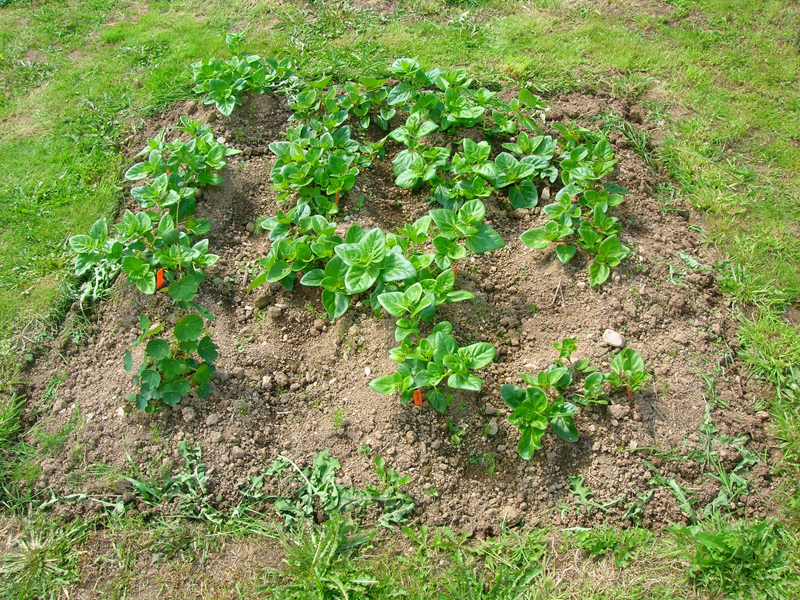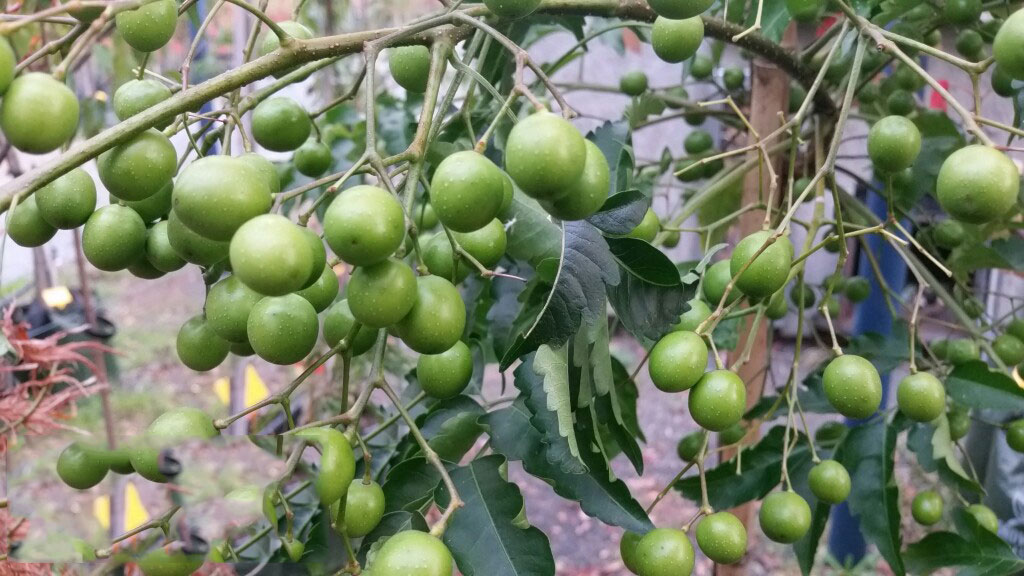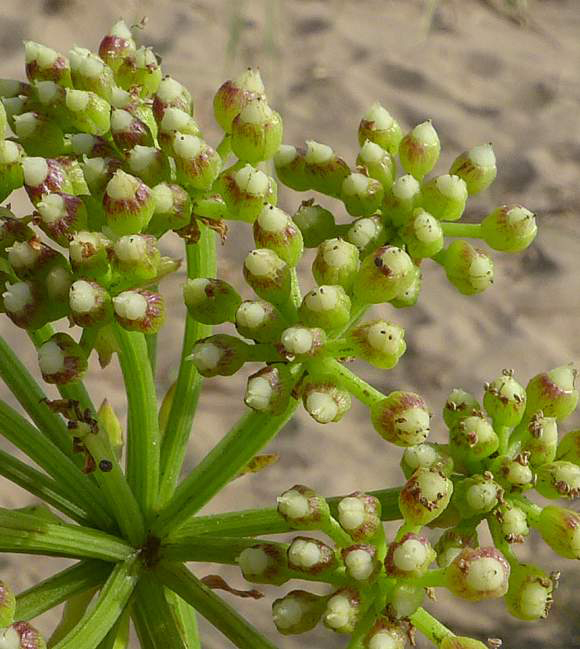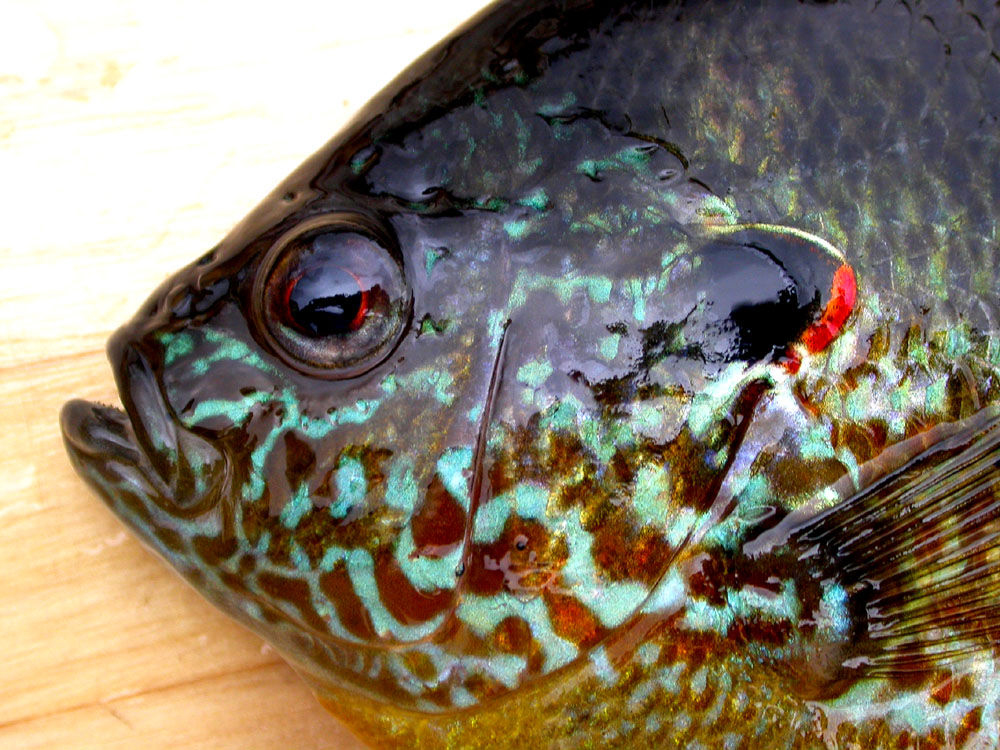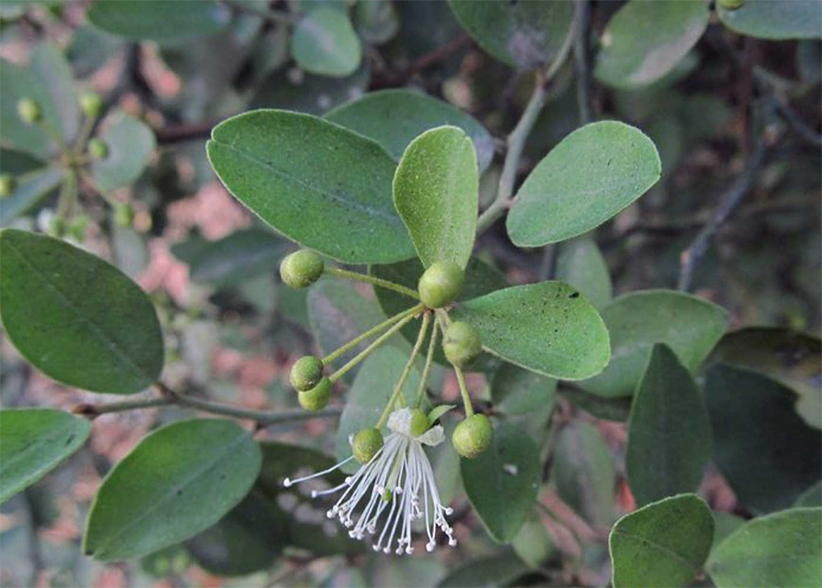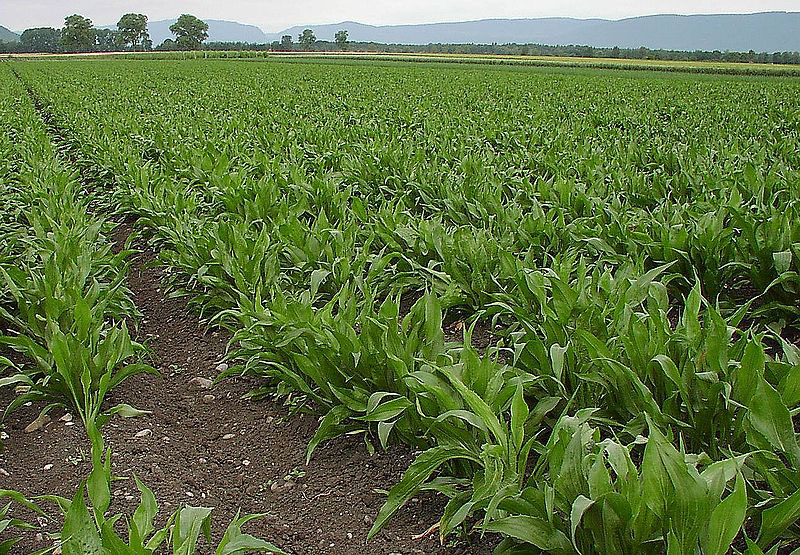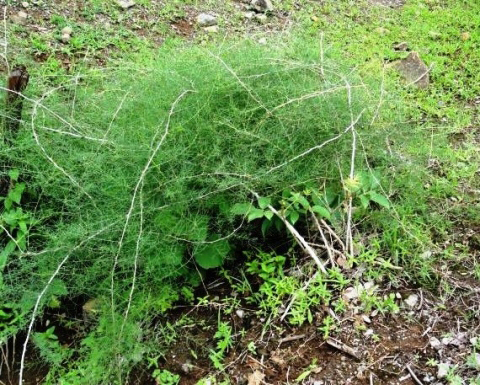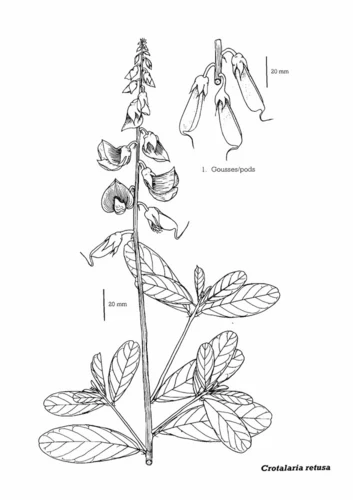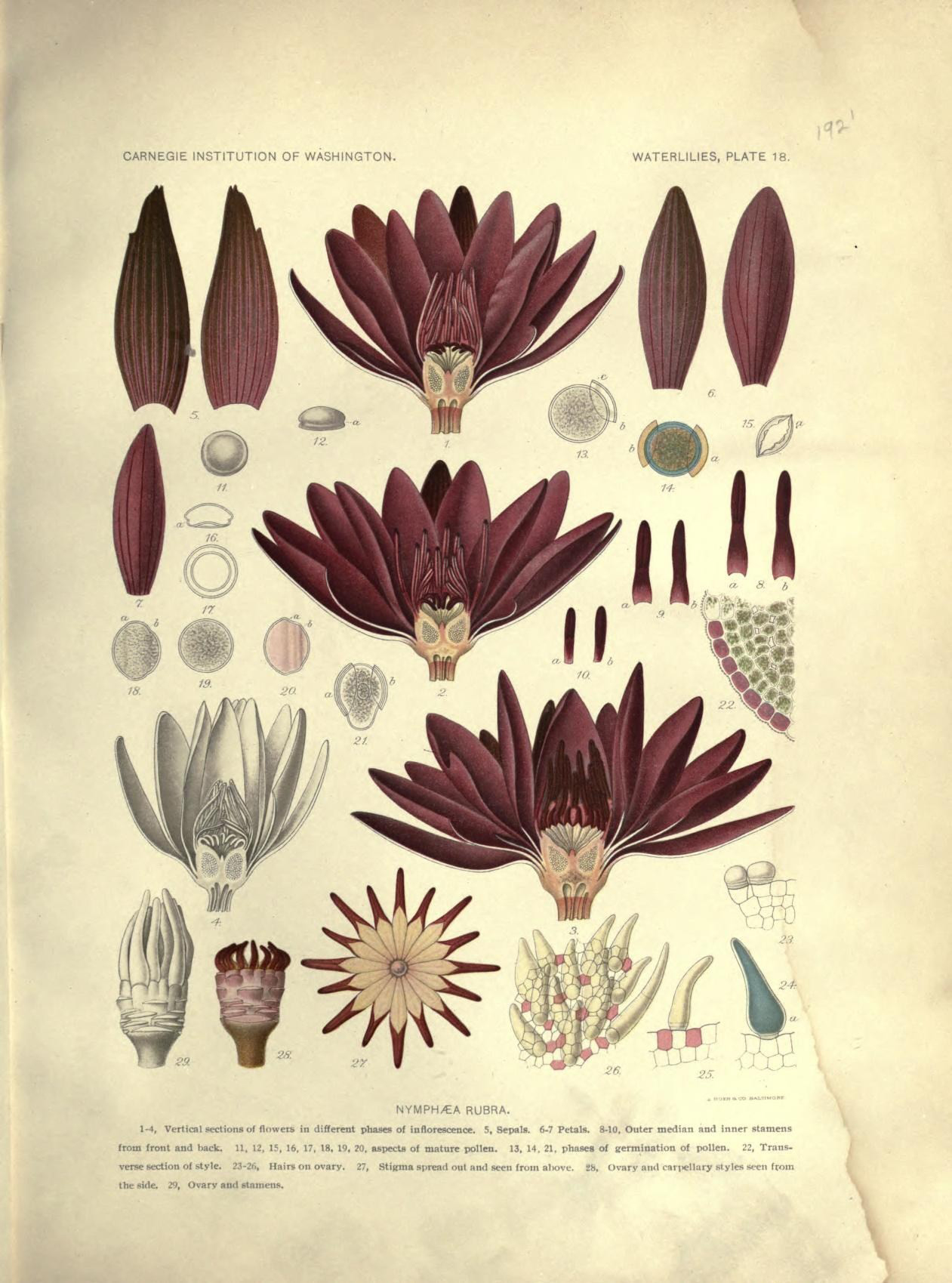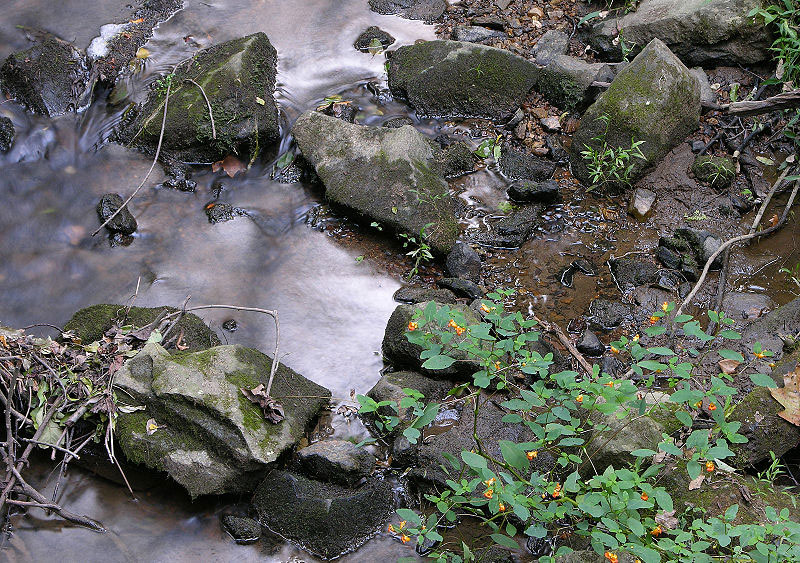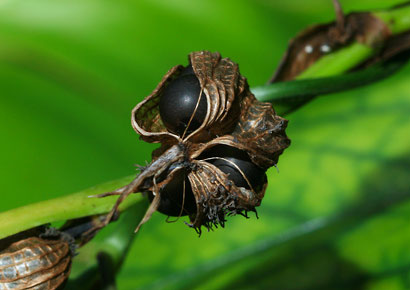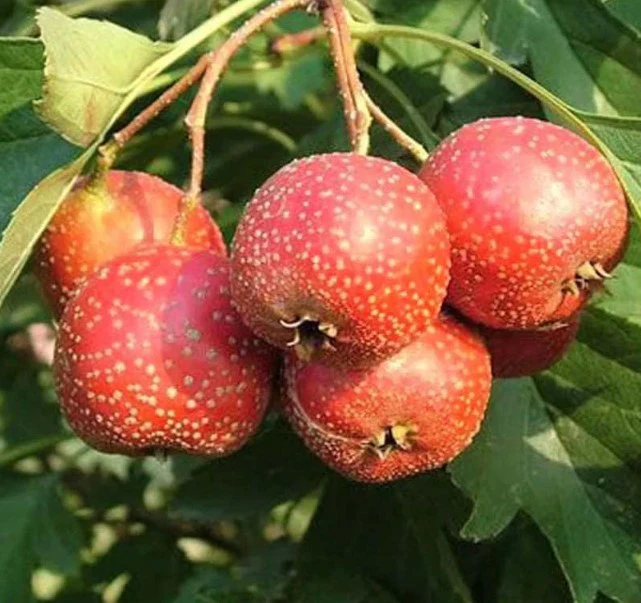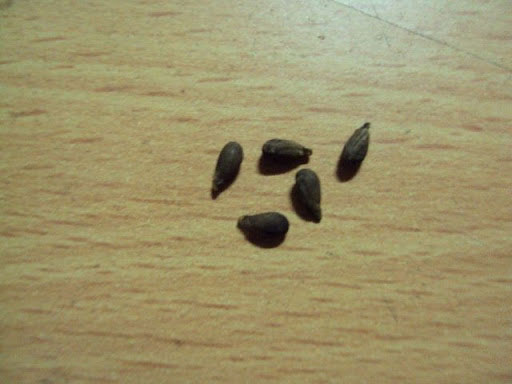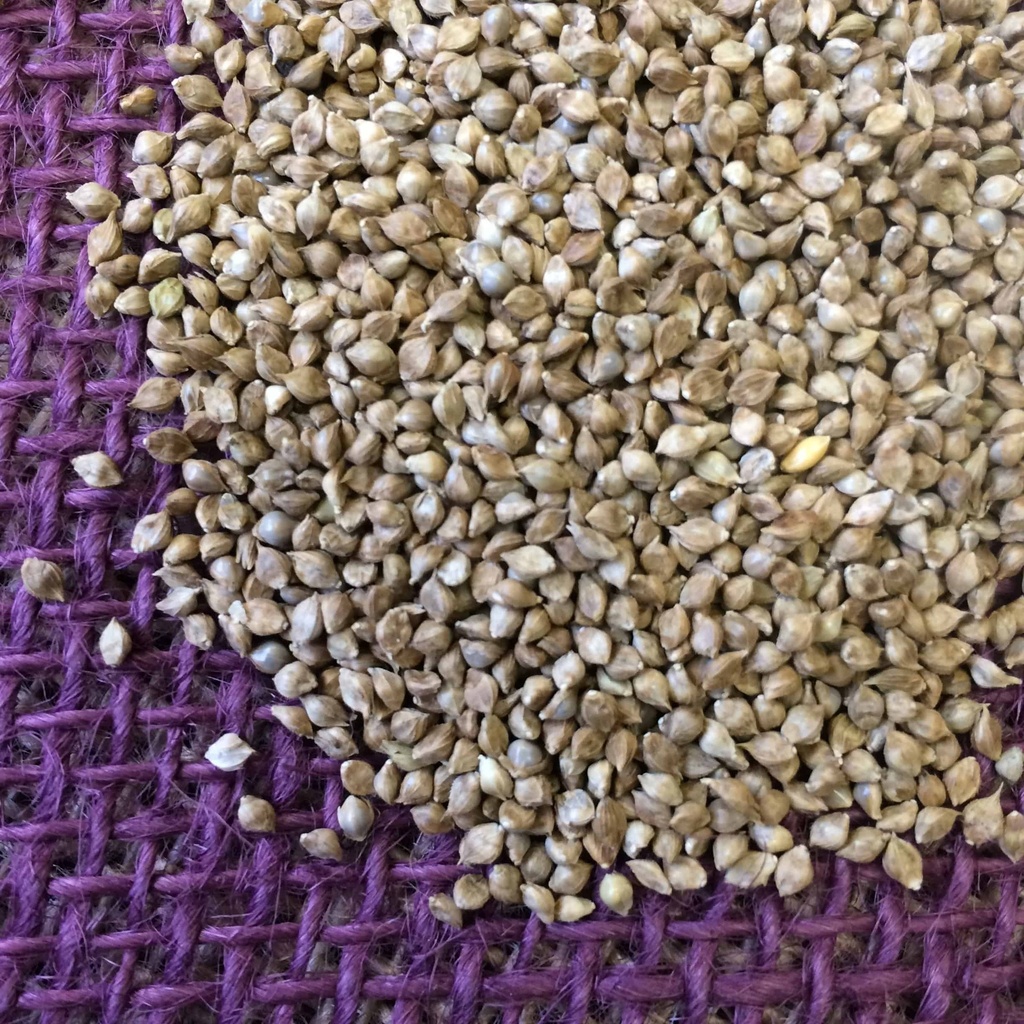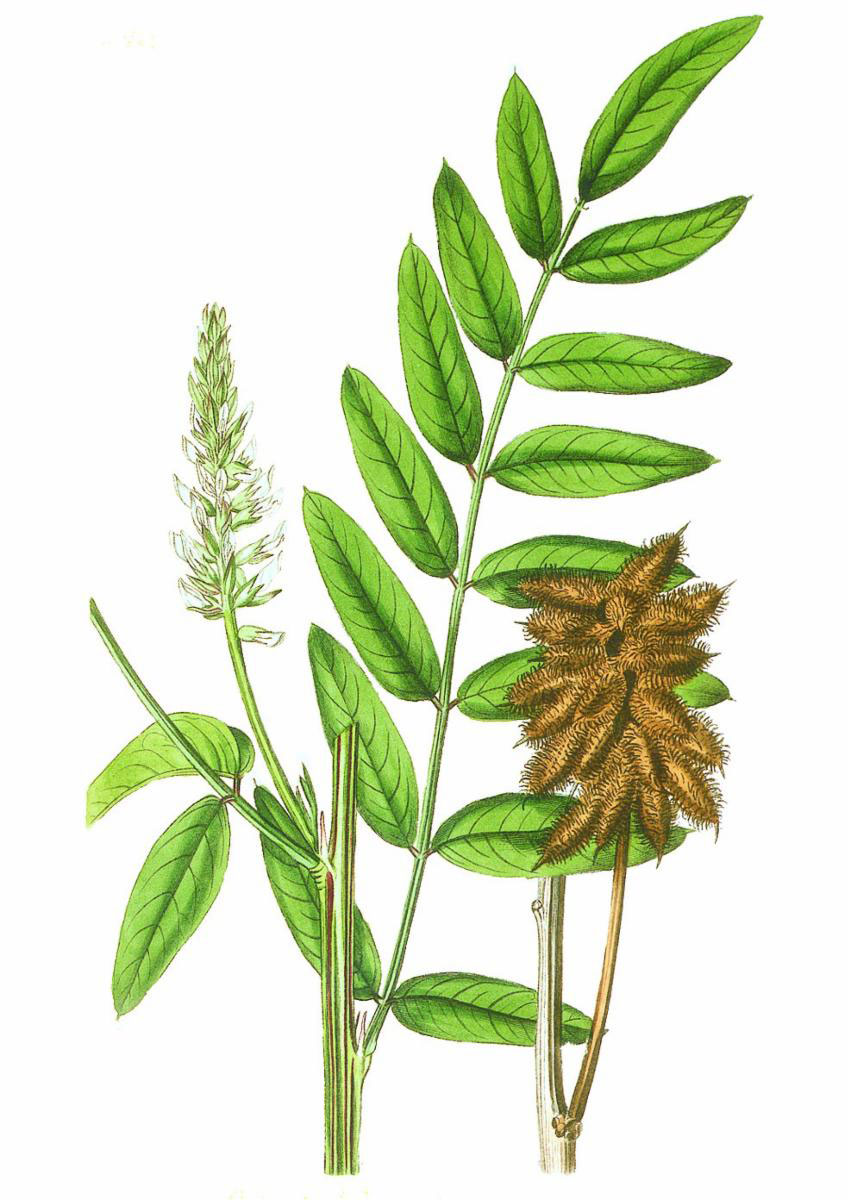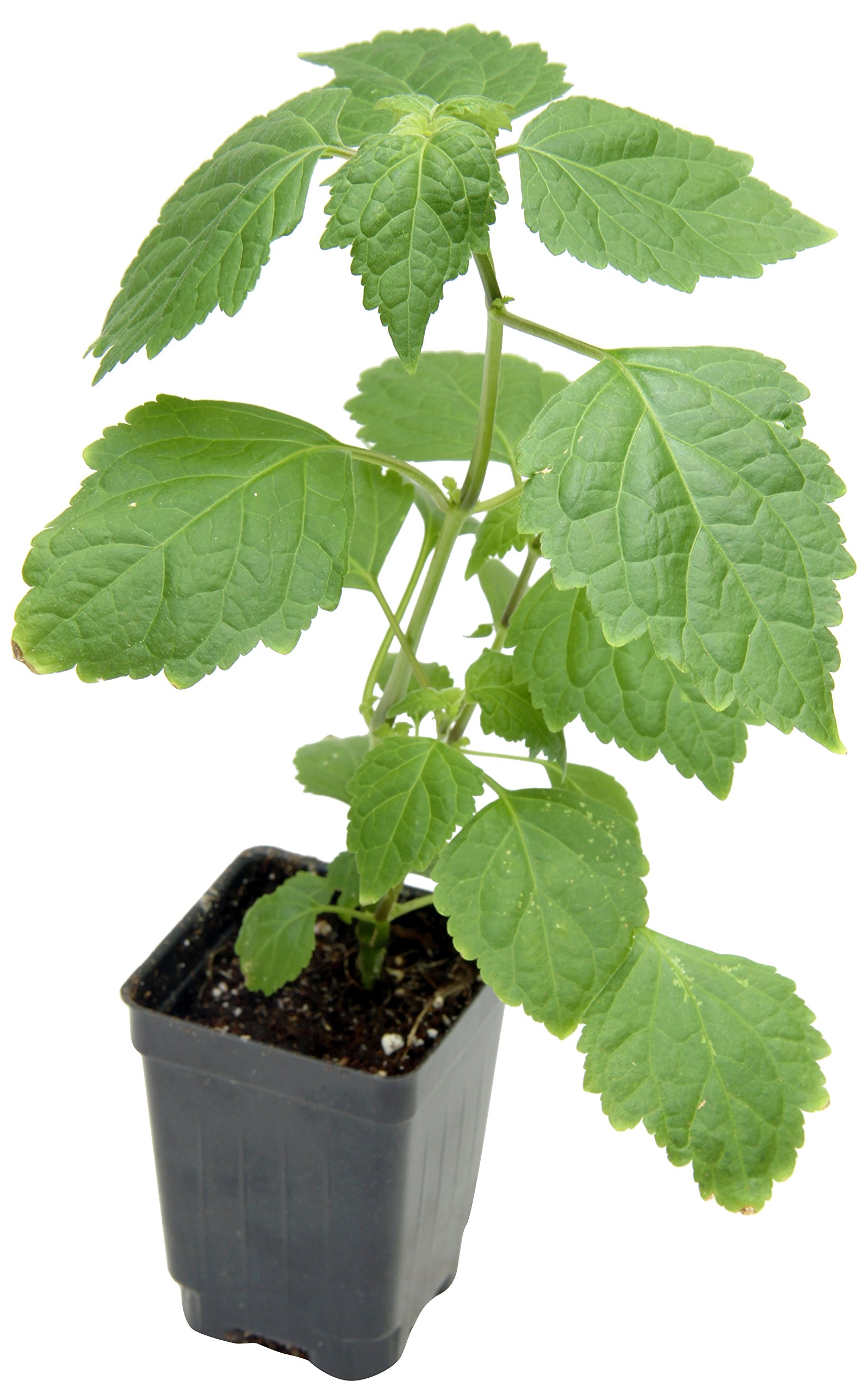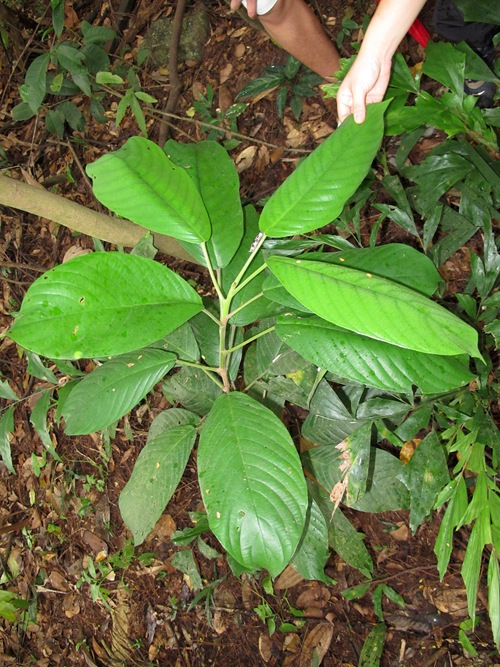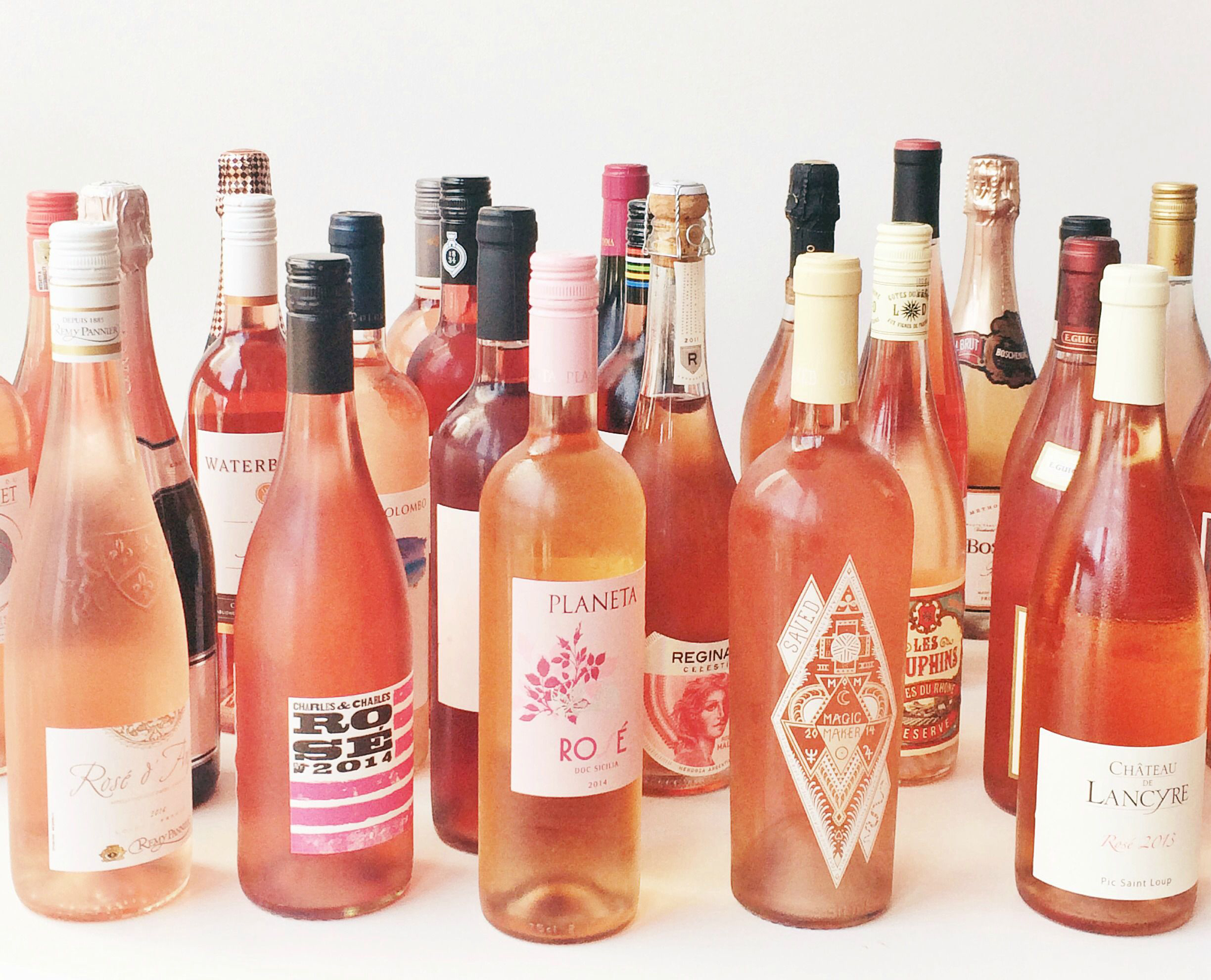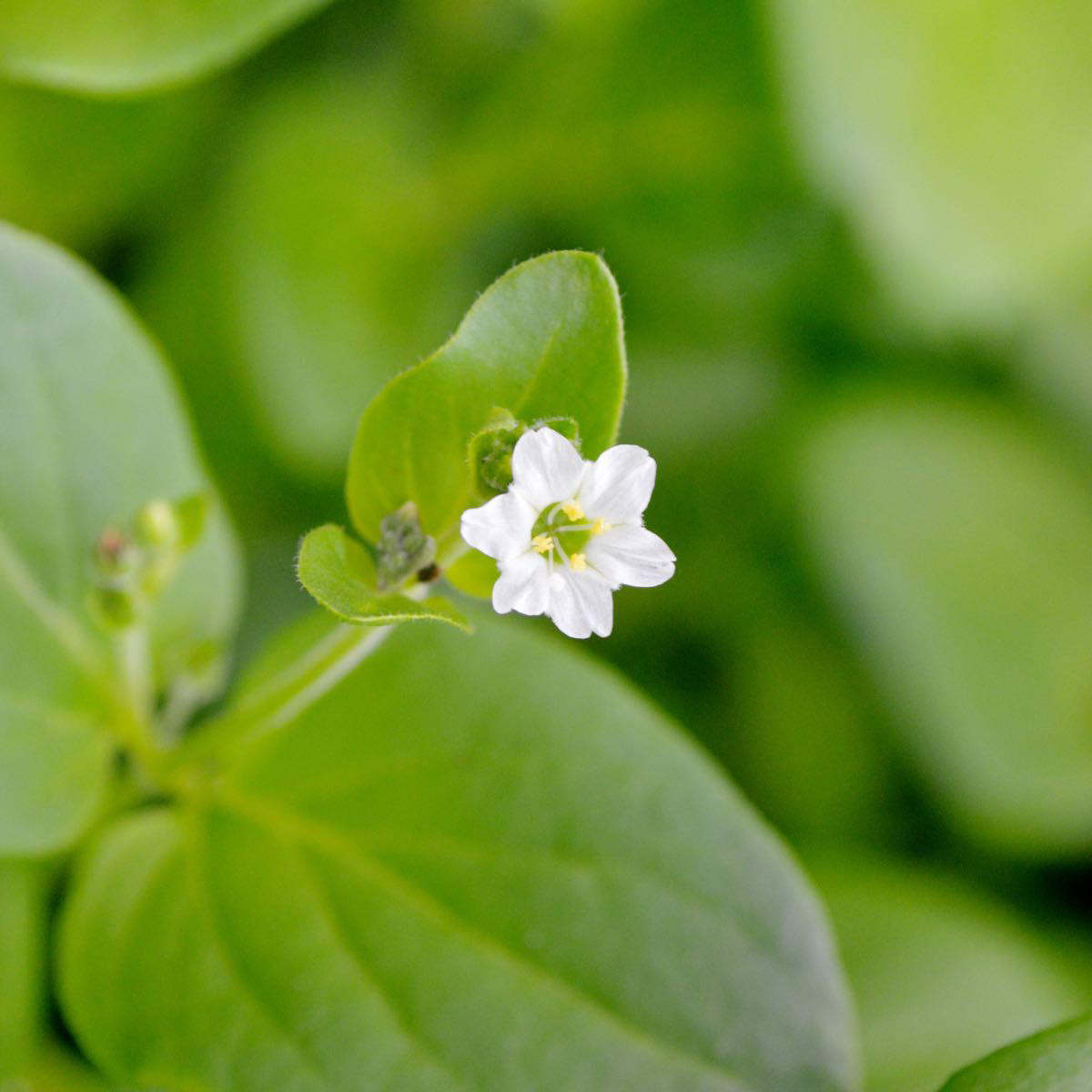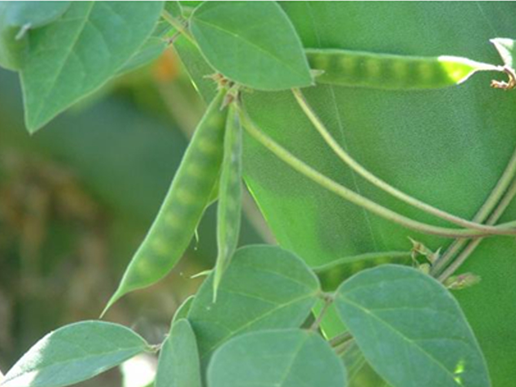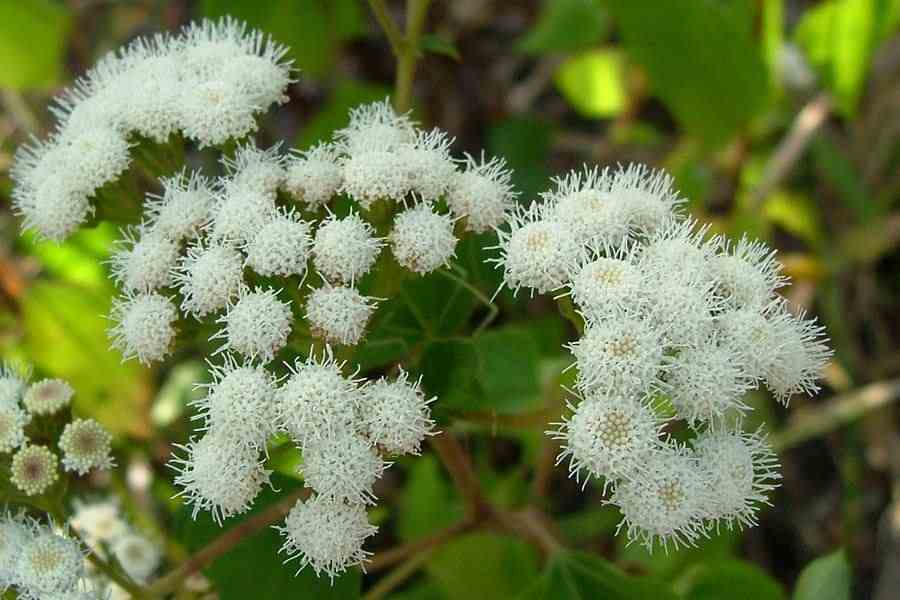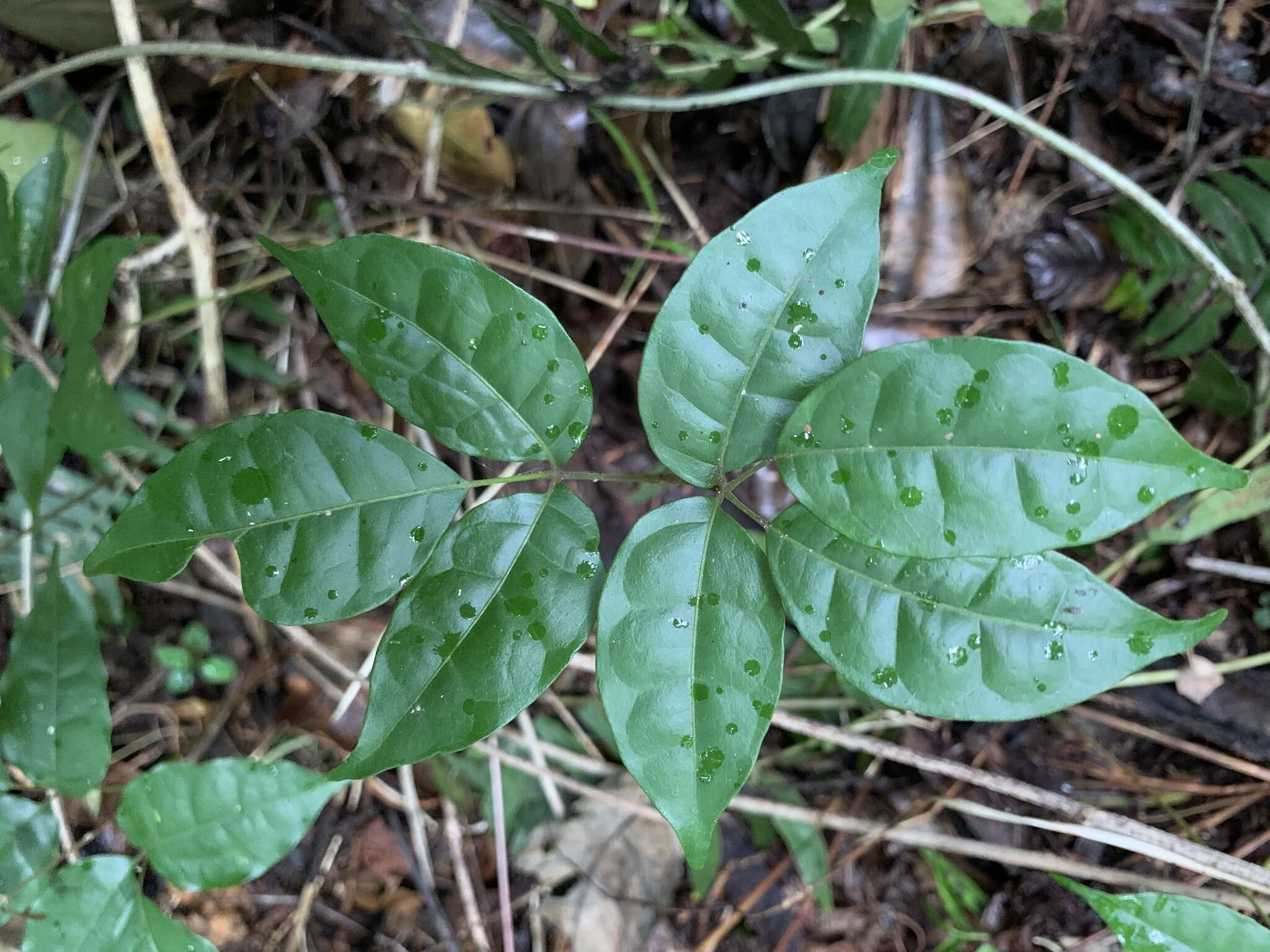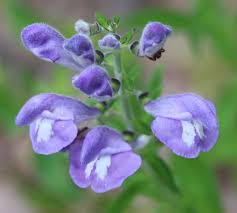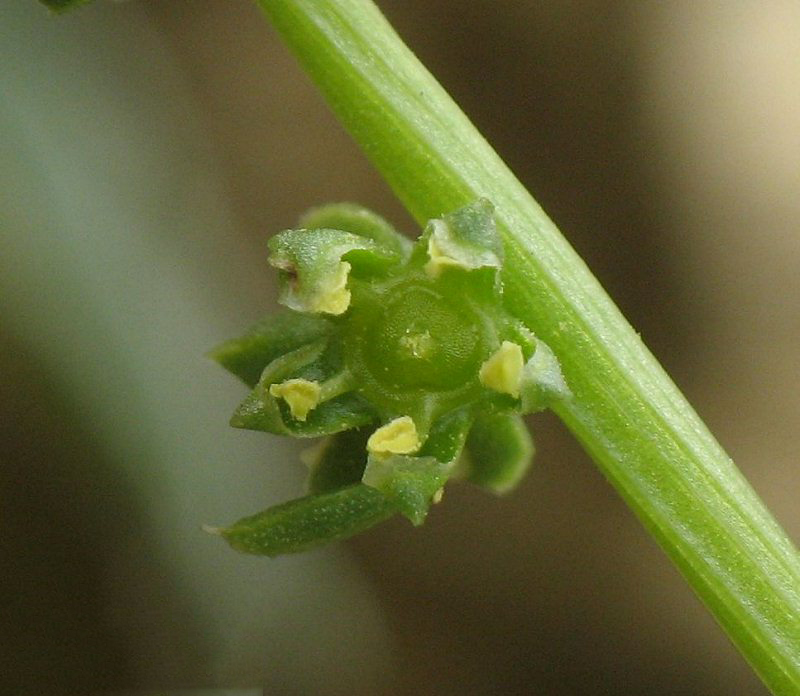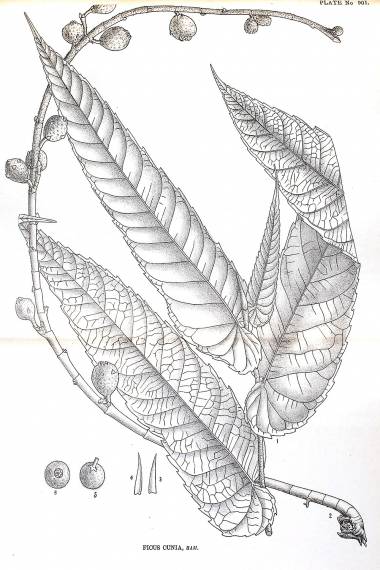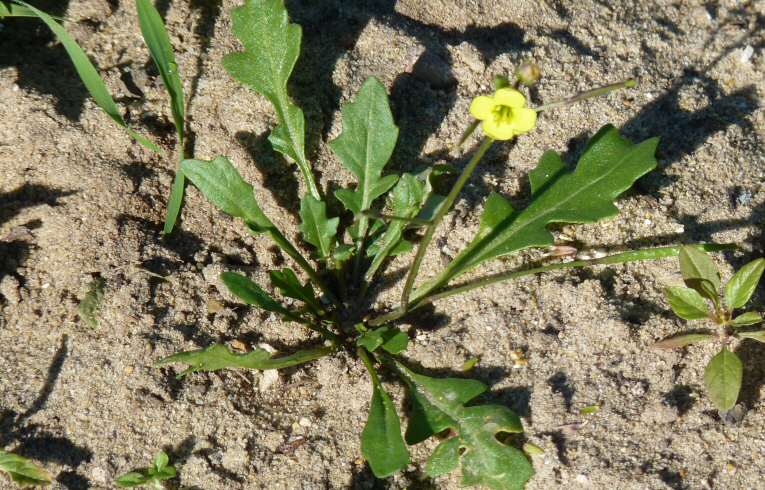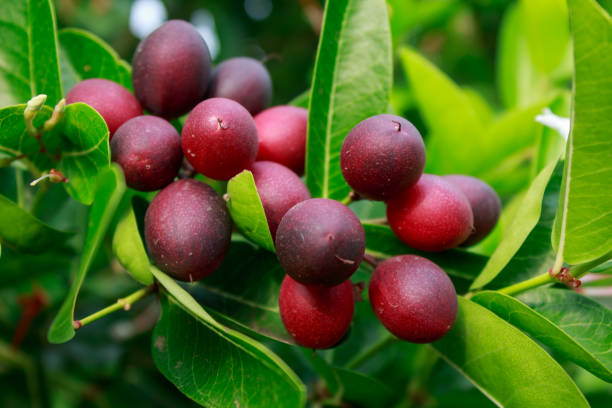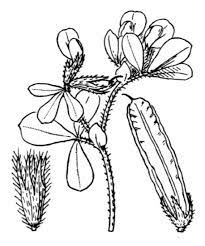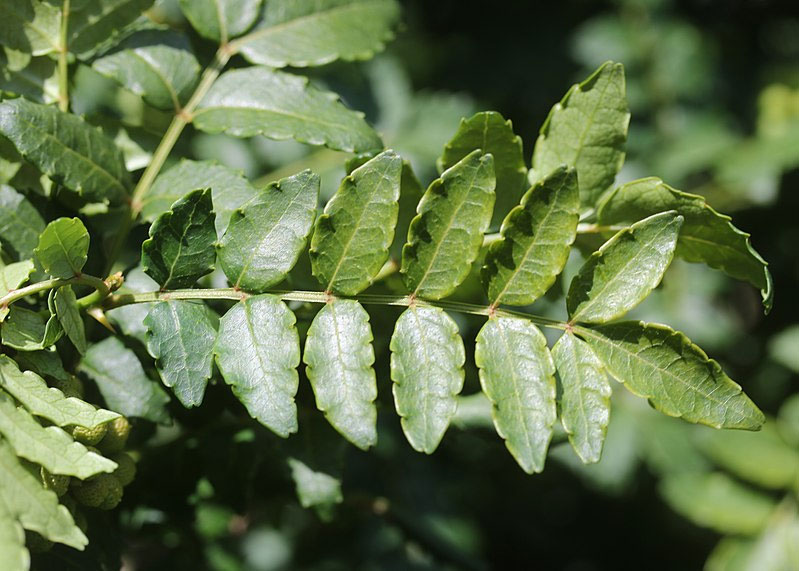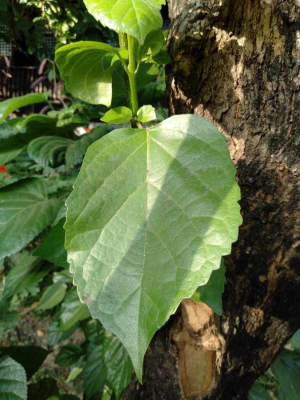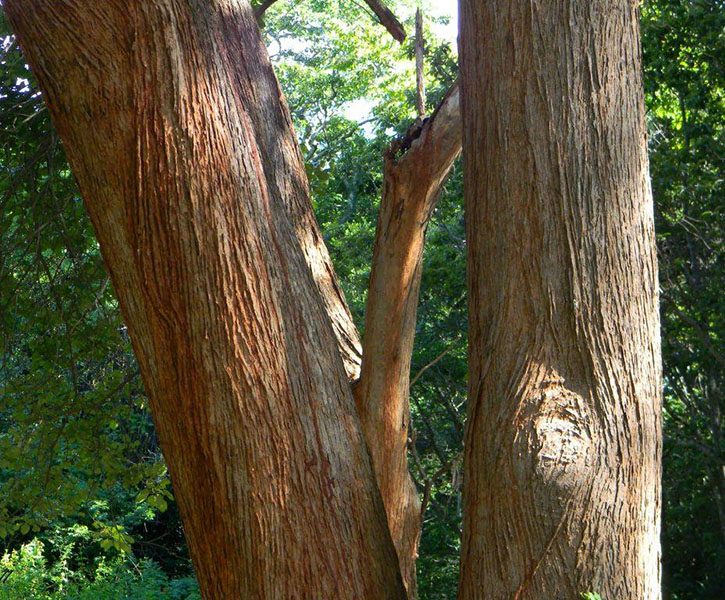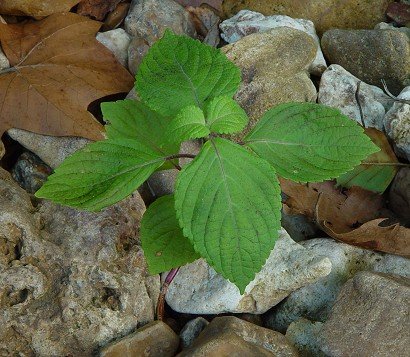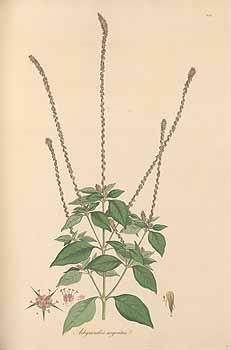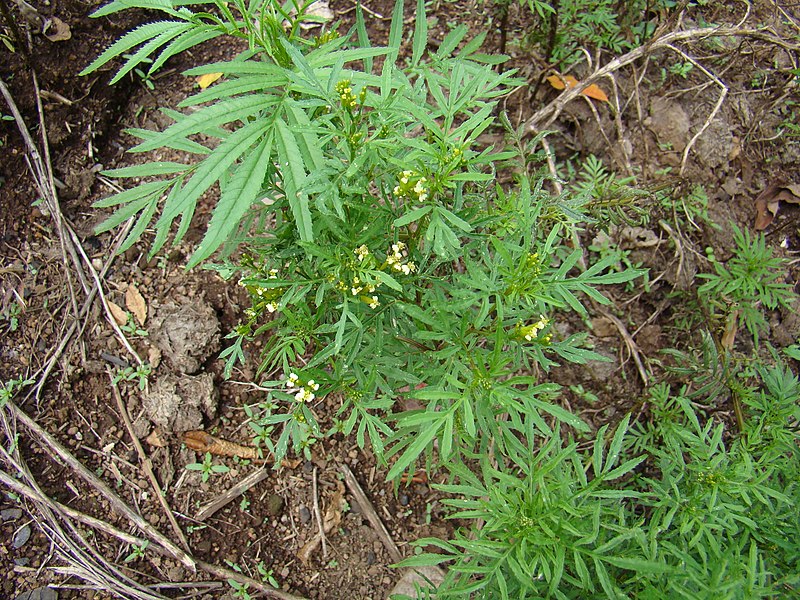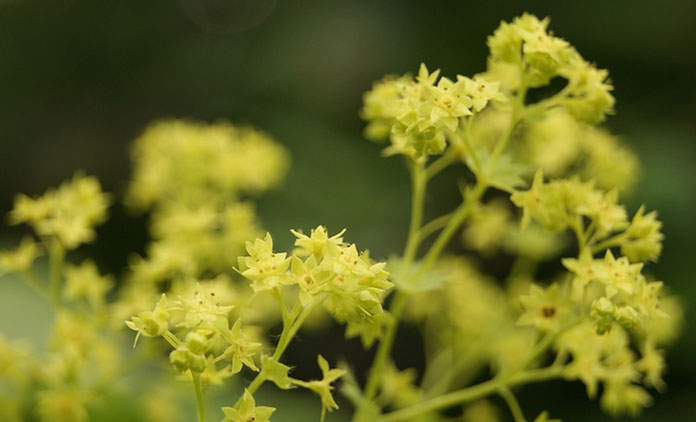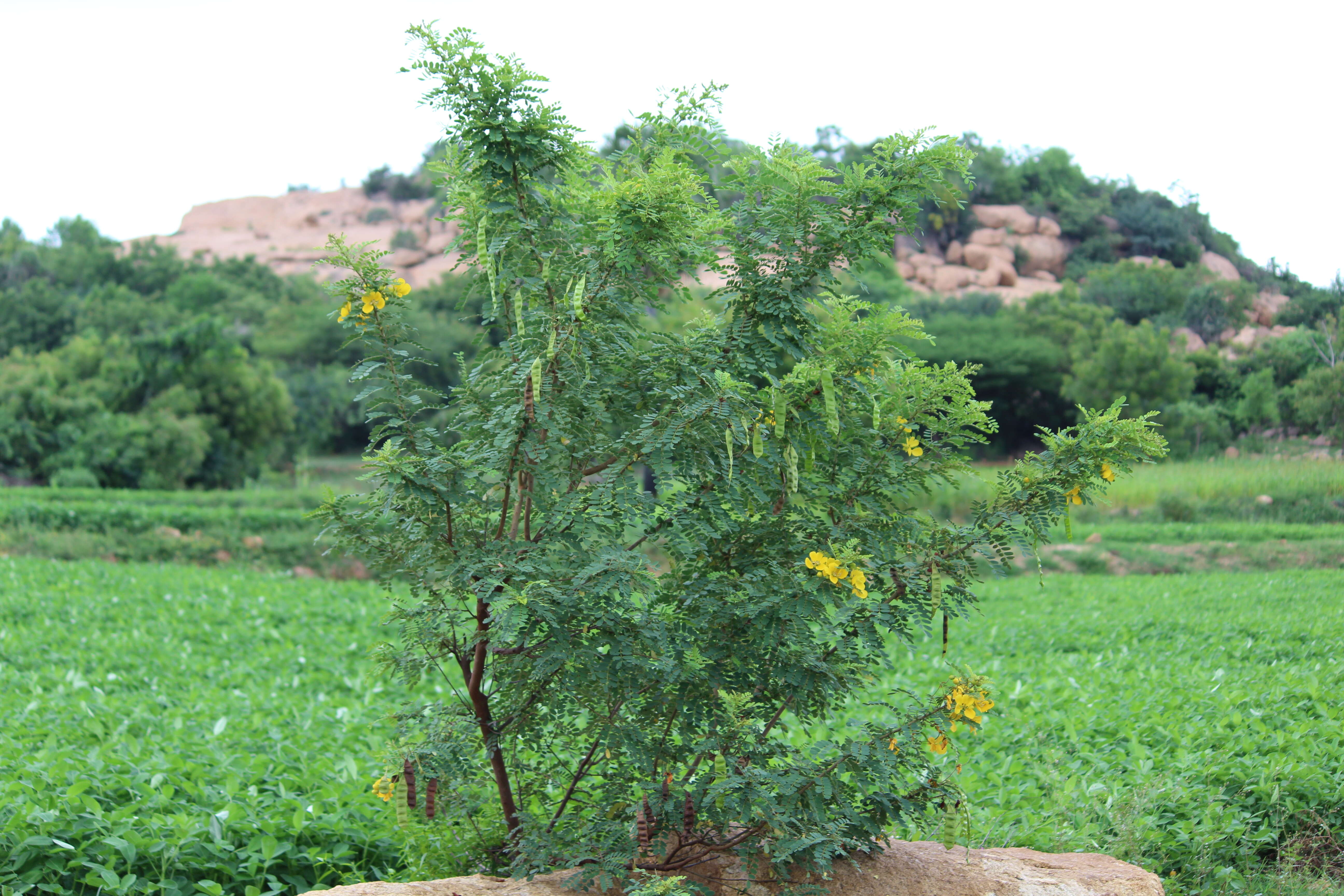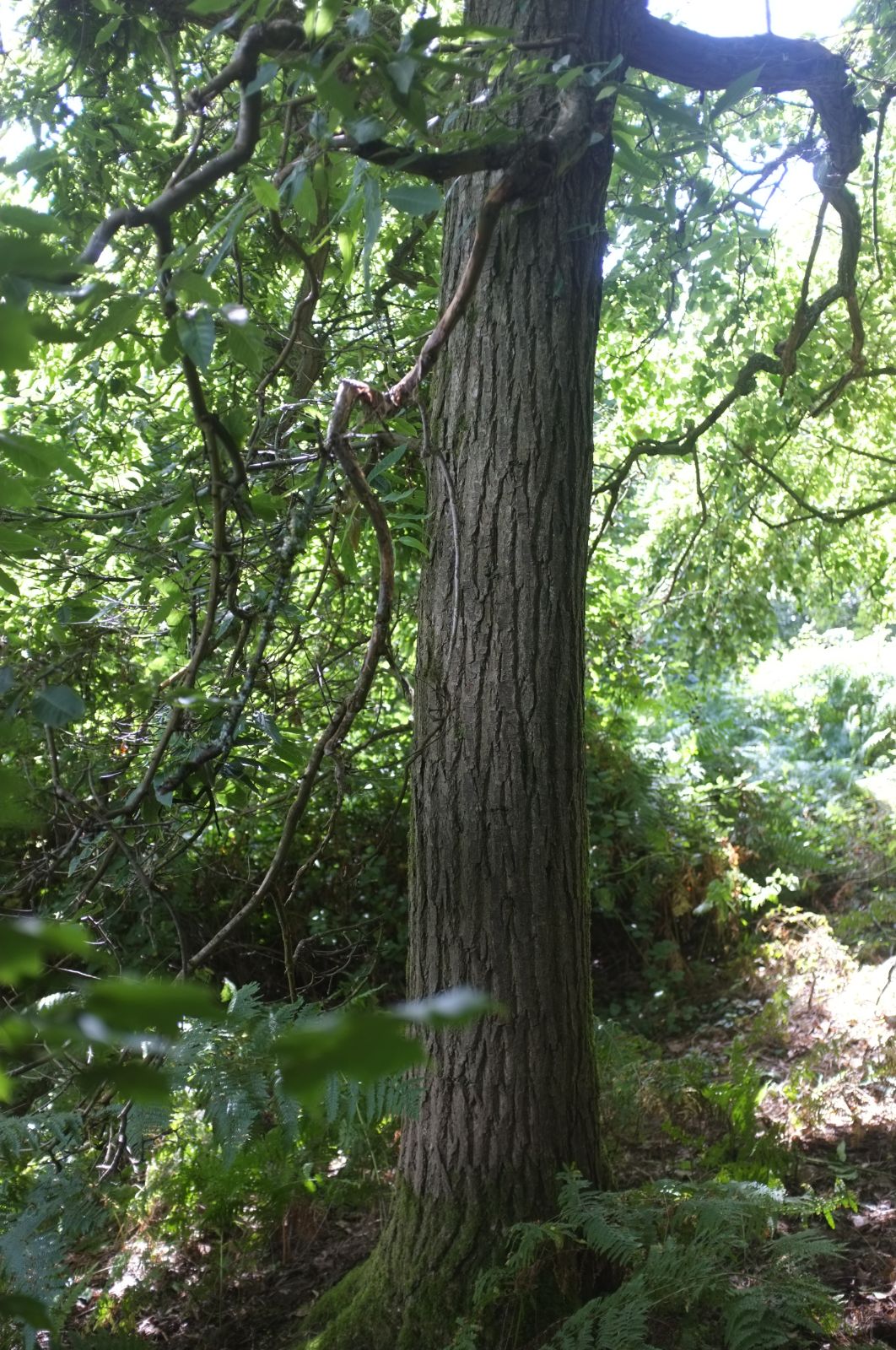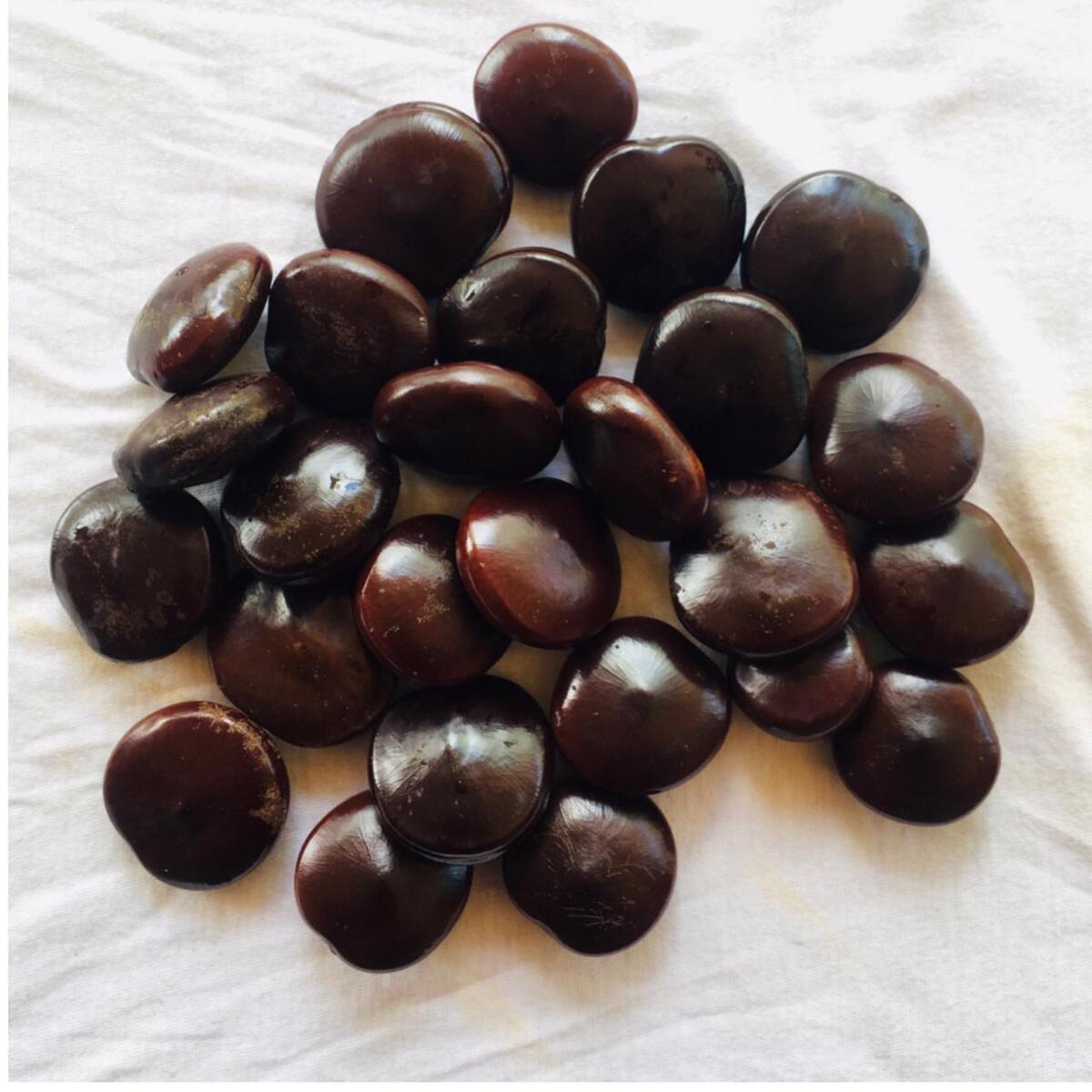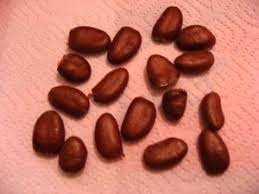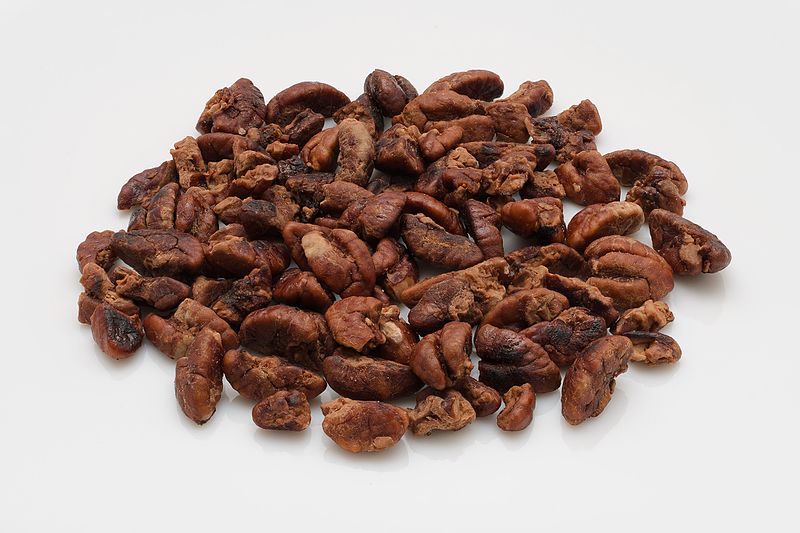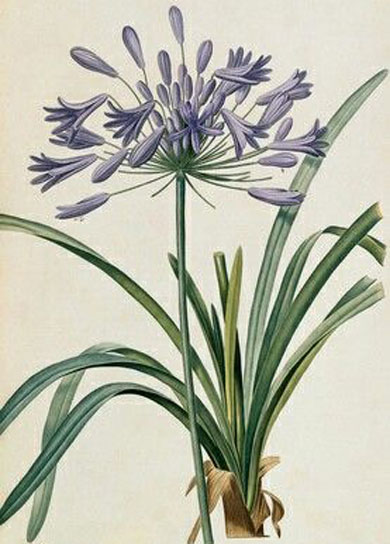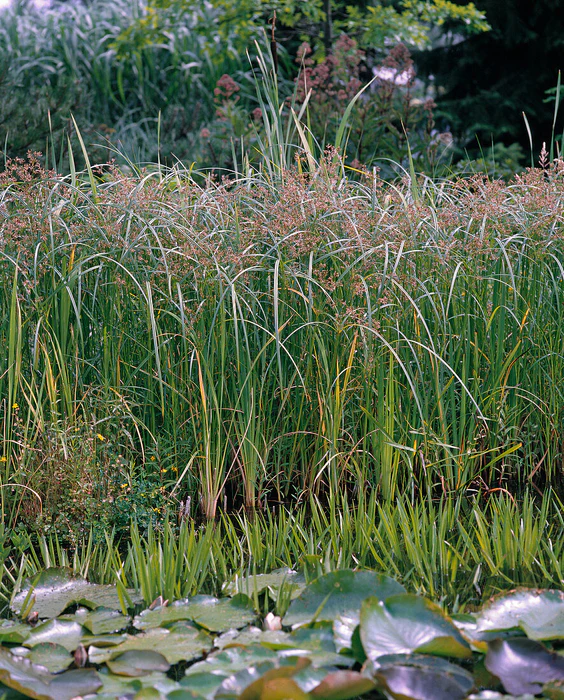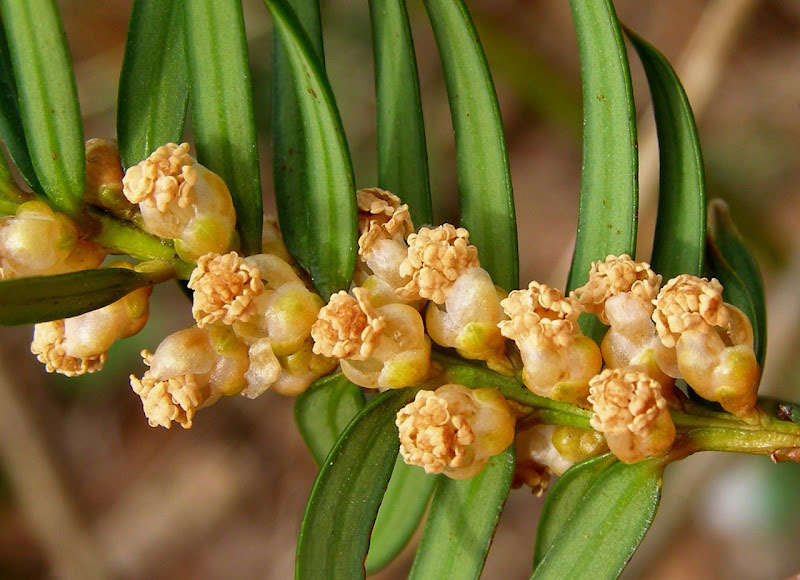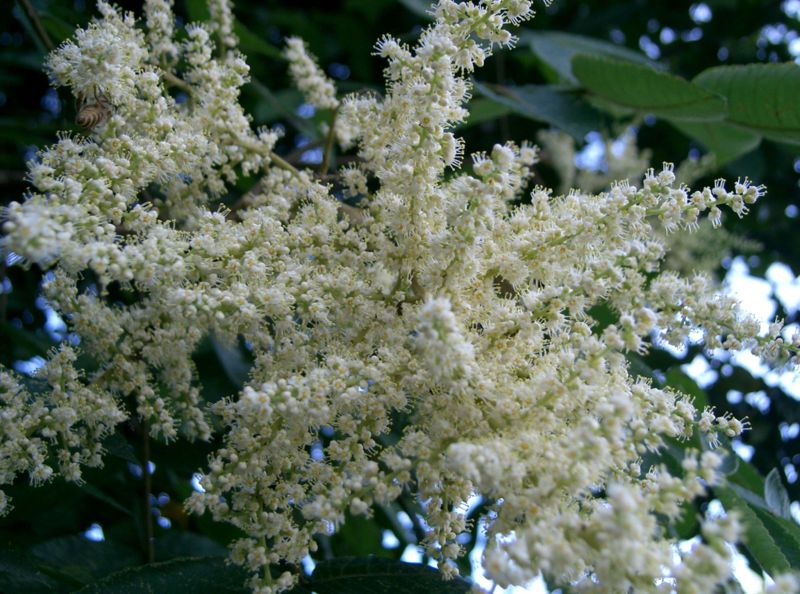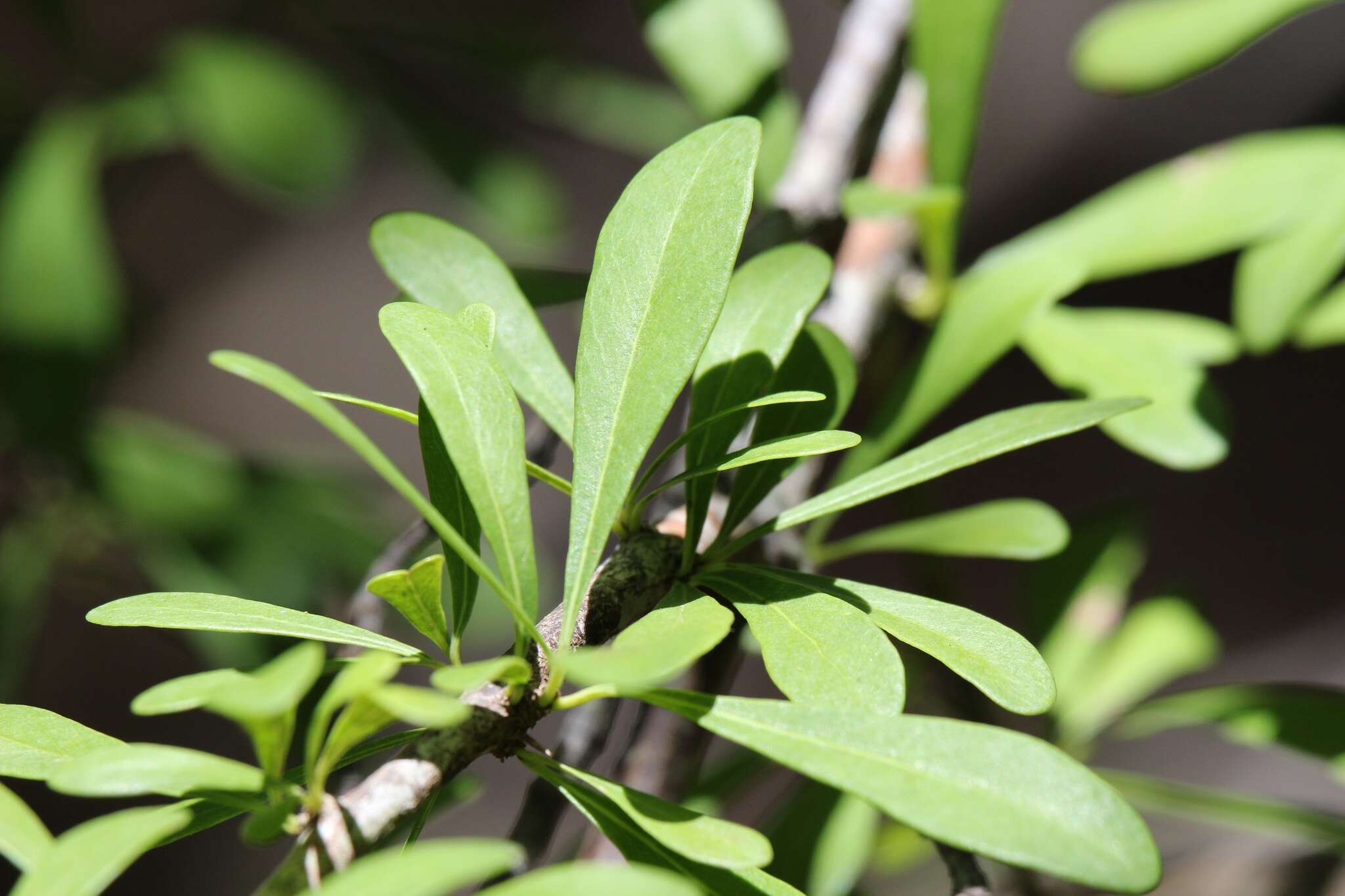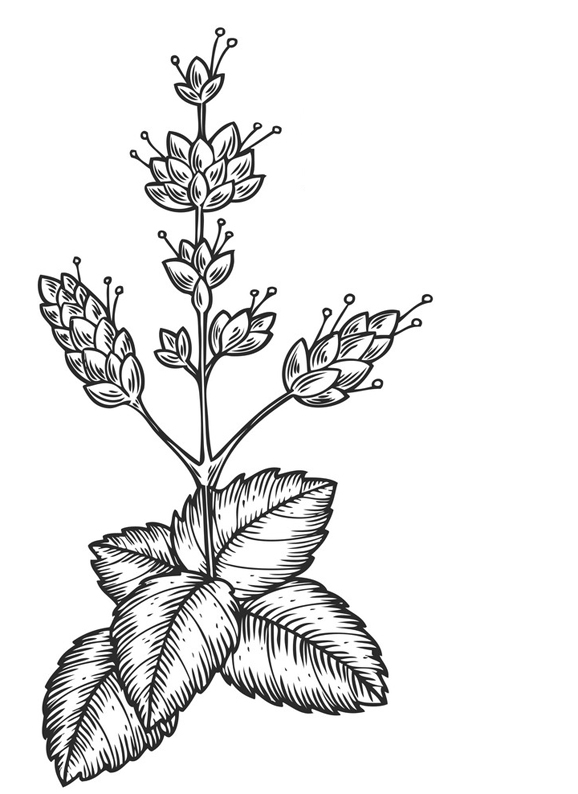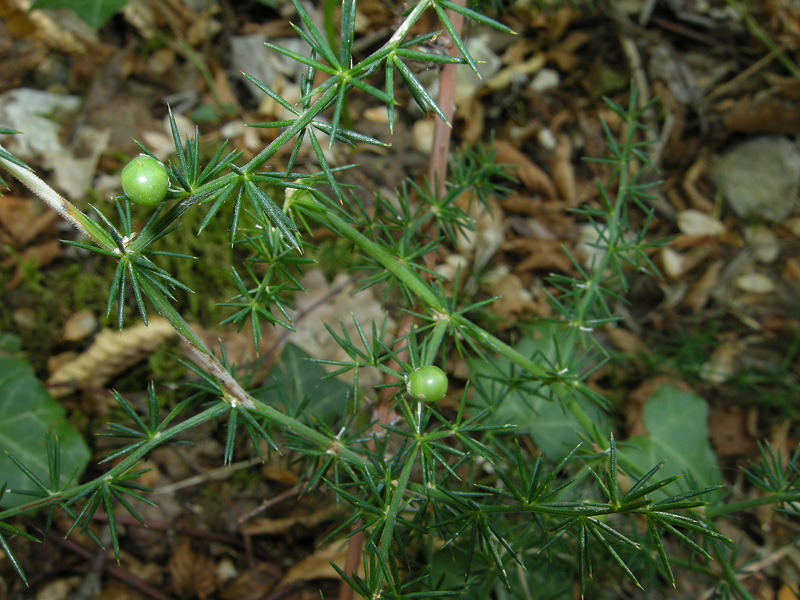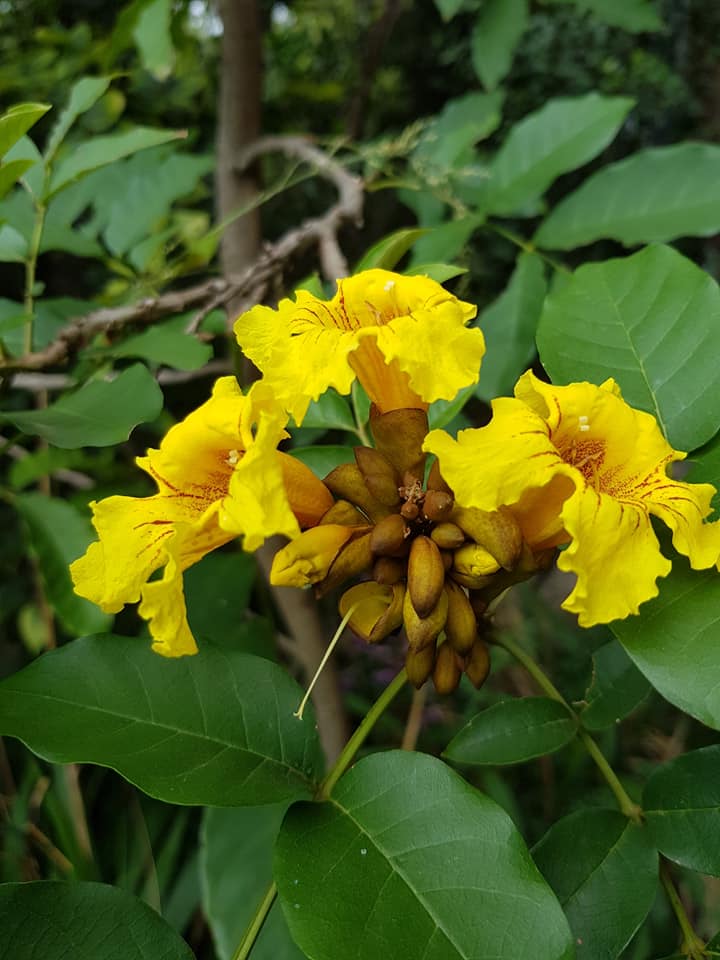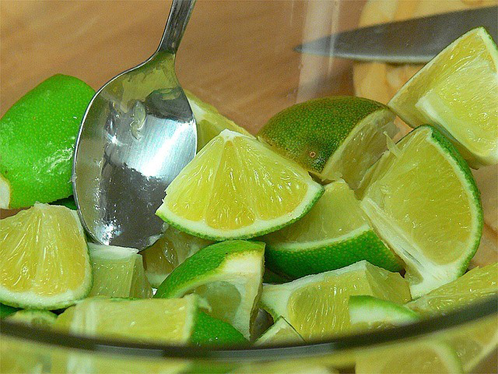This genus name is in honor of Johann Heinrich von Heucher, a German doctor and botanist who lived from 1677 to 1746. Plants are often named after people who have made important contributions to botany or areas related to it. The Latin word “cylindricus,” which means “cylindrical” in English, is where this name comes from. It probably has to do with the shape of the flower spikes or something else about the plant. It is taken from the wild and used as food, medicine, and a source of things by the people who live there. Some people use Roundleaf alumroot leaves to make plant teas or infusions, mostly because they might be good for your health. Its leaves can be made into wreaths, flower arrangements, and works of plant art.
Roundleaf alumroots Facts
| Roundleaf alumroot Quick Facts | |
|---|---|
| Name: | Roundleaf alumroot |
| Scientific Name: | Heuchera cylindrica |
| Origin | North America, and its range extends from western North America, including parts of Canada, to the central and eastern United States |
| Colors | Either green or brown |
| Shapes | Small, inconspicuous fruits that are dry and papery in texture |
| Taste | Bitter and astringent |
| Major nutrients | • Phytonutrients • Fiber • Vitamins • Minerals |
| Health benefits | Wound Healing, Gastrointestinal Health, Respiratory Health, Oral Health , Menstrual Health, Pain Relief, Cardiovascular Health, Urinary Health, Weight Management, Skin Care, Stress Reduction |
| Name | Round leaf alumroot |
|---|---|
| Scientific Name | Heuchera cylindrica |
| Native | North America, and its range extends from western North America, including parts of Canada, to the central and eastern United States |
| Common Names | Roundleaf Heuchera, Cylinder Heuchera, Round-leaved Coral Bells, Roundleaf Coral Bells, Roundleaf Alumroot, Common Alumroot, Coral Bells, Cylindrical Coral Bells, Tube-leaf Coral Bells, Round-leaved Alumroot, Round-leaved Coral Bells, Cylindrical Alumroot, Roundleaf Alumroot Coral Bells, Round-leaved Alumroot Coral Bells, Tube-leaf Coral Bells, Common Roundleaf Coral Bells, Cylinder-leaved Coral Bells |
| Name in Other Languages | Amharic: Edil qilwun aləmirut (እድል ቅልውን አለምሮት) Arabic: Ashbat al-alum al-da’iria (عشبة الألوم الدائرية), hawshariat ‘ustuania (هوشرية أسطوانية) Armenian: Shrjats terterak alumroot (Շրջած թերթերակ alumroot) Assamese: Vrittakari Patar Pitkori (বৃত্তাকারী পাতৰ পিটকৰি) Azerbaijani: Dairəşəkil alumroot Basque: Beren hosto biribildua Bengali: Gol patay aelamrute (গোল পাতায় অ্যালামরুট), Bṛttakāra pātā alumroot (বৃত্তকার পাতা alumroot), Golpata Fitkari (গোলপাতা ফিটকারি) Bulgarian: Krŭglolisten alumrut (Кръглолистен алумрут) Burmese: Puc̆ʹ na: tʰau alumroot (ပုစ်နားသော alumroot) Chinese: Yuán Yè Bèi Mǔ Cǎo (圆叶贝母草), Yuánzhù Yè Bèi Mǔ Cǎo (圆柱叶贝母草), Tǎ dǐng fán gēn (塔顶矾根) Croatian: Kružnolistna alumroot Czech: Heuchera kulatolistá Danish: Rundbladet Alunrod, Trind Alunrod Dutch: Rondbladig Purperklokje English: Mat alumroot, Poker alumroot, Roundleaf alumroot, Round-leaved alumroot, Lava alumroot Esperanto: Rondfolia alumroot Estonian: Ümmarguse lehega alunikerdaja Fijian: Vanua alumroot Filipino: Bilog na dahon alumroot, Bilugang dahon alumroot Finnish: Pyöreälehtialunjuuri, Tähkäkeijunkukka French: Heuchère à Feuilles Rondes, Heuchère à Feuilles Cylindriques, Heuchera cylindrique, Heuchère cylindrique Georgian: Tsr’tsili khelnageli (წრეწილი ხელნაგელი) German: Rundblättriger Purpurglöckchen, Zylinderblättriger Purpurglöckchen, Walzen-Purpurglöckchen Greek: Cheuchéra me kylintriká fýlla (Χευχέρα με κυλινδρικά φύλλα), Gýro fýllo alumroot (Γύρο φύλλο alumroot) Gujarati: Golpatra Alumleaf Flower Hausa: Alumroot tare da lefa, Alumroot mai zuba Hebrew: Gilgalei alum alumit (גלגלי אלום עלומית), עלום אלום עגול (Alum alum agul) Hindi: Gol pattiyo wala ailyumaroot (गोल पत्तियों वाला ऐल्युमरूट), Golpatra Fitkari (गोलपत्र फिटकरी) Hmong: Tej neeg ua alumroot Hungarian: Kereklevelű alungyökér Icelandic: Hringlaga laufaldinrót Igbo: Alumroot nwere ogologo onu Italian: Alunroot a Foglia Rotonda Japanese: Raundorīfu Arumurūto (ラウンドリーフアルムルート), Shirindārīfu Arumurūto (シリンダーリーフアルムルート) Kannada: Golākāra soppu alumroot (ಗೋಲಾಕಾರ ಸೊಪ್ಪು alumroot), Vṛttākāra soppu alumroot (ವೃತ್ತಾಕಾರ ಸೊಪ್ಪು alumroot), Vruttaakara Ele Pottashi (ವೃತ್ತಾಕಾರ ಎಲೆ ಪೊಟ್ಟಾಶಿ) Kazakh: Shengberlik balalary alamroot (Шеңберлік балалары аламроот) Konkani: Vartuna Birdacha Pan (वर्तुन बिरडाचा पान) Korean: Hyukeola sillindeurika (휴케라 실린드리카) Kurdish: Alumroota çemêr Latvian: Apļlapu alūnāma, Apļlapu alumīnija Lithuanian: Apvalialapė heuchera, Apvalialapė alunrotas, Apvalialapė alumroot Maithili: Puraṇa I’ēlama Jaṛa (पुरण इएलम जड़) Malay: Akar alumround daun bulat Malayalam: Valareyuḷḷa ilakkiḷ alumroot (വളരെയുള്ള ഇലക്കിൽ alumroot), Vattathile Ila (വട്ടത്തിലെ ഇല) Manipuri: Golpata Pata Elam Herb (গোলপাতা পাত এলাম হার্ব) Maori: Akepanga alumroot Marathi: Gol bājūñcyā pānāñche alumroot (गोल बाजूंच्या पानांचे alumroot) Mongolian: Toirog tolgoin erven (Тойрог толгойн эрвээн), Toirog nairuulagch (Тойрог найруулагч) Nepali: Gol pātako alumroot (गोल पातको alumroot), (Gol Patra Elam Herb (गोल पत्रा एलम हर्ब) Norwegian: Rundbladet alunrot Odia: Golpatra Alum Bloom Pashto: Da dāyri eelmarut (د دایری ایلمروټ) Persian: Gerd barg alumroot (گرد برگ alumroot) Polish: Heuczera okrągłolistna, Żurawka walcowata Portuguese: Raiz-de-Alúmem de Folha Redonda Punjabi: Gol pati wala eelmarut (گول پتی والا ایلمروٹ), Gol paṭṭē vālā aimlarūṭ (ਗੋਲ ਪੱਤੇ ਵਾਲਾ ਐਲਮਰੂਟ), Golpatra Alum Herb Romanian: Alună rotundă a frunzelor, Alumroot cu frunze rotunde Russian: Korallovye kolokolchiki s krugloy listvoy (Коралловые колокольчики с круглой листвой), Geykhera tsilindricheskaya (Гейхера цилиндрическая) Sanskrit: Vrittapatra Palasha Herb (वृत्तपत्र पलाश हेर्ब) Serbian: Kruglih listova alumroot (Круглих листова алумроот) Sindhi: Gol patiyan waro eelmarut (گول پتیون وارو ایلمروٹ) Slovak: Heuchera valcovitolistá Slovenian: Okroglistolistna heuchera Somali: Alumrootka daaqada ah Sinhala: Golā patwala alumroot (ගොලා පත්වල alumroot), Karawala pāthu alumroot (කරවල පාතු alumroot) Spanish: Raíz de Aluminio de Hoja Redonda, Alumroot de Hoja Cilíndrica Swahili: Mizizi ya alumroot ya duara, Alumroot ya majani ya duara, Mzunguko majani alumroot Swedish: Rundbladig alunrot, Axalunrot Tajik: Gulhoi darakhti alumroot (Гулҳои дарахти alumroot), Gulhoi darakhti alamrut (Гулҳои дарахти аламрут) Tamil: Vaṭṭa ilai alumroot (வட்ட இலை alumroot), Vattam Ilai Pitkari (வட்டம் இலை பிட்கரி) Telugu: Vṛttamaina āku alumroot (వృత్తమైన ఆకు alumroot), Gollamu Aaku Patika (గొల్లము ఆకు పాటిక) Thai: Laem bai klom (แหลมใบกลม), Kạn klom bai rīb alumroot (ก้านกลมใบเรียบ alumroot), Bai klom rang alumroot (ใบกลมราง alumroot) Turkish: Yuvarlak Yapraklı Alumroot Ukrainian: Heykhera tsylindrychna (Гейхера циліндрична) Urdu: Gol patiyon wali aelmarut (گول پتیوں والی ایلمروٹ), Golpatra Alumroot (گولپترا الم روٹ) Uzbek: Yuvarlak barg’li alumroot, Aylana barg’li alumroot, Aylandiruvchi barg’li alumroot Vietnamese: Rễ cây lá tròn, Cây lá tròn alumroot Yoruba: Alumroot ti oloju pupa Zulu: I-almroot yezinkehla ezimbalwa |
| Plant Growth Habit | Hardy, clump forming, herbaceous, very long-lived perennial plant |
| Growing Climates | Woodlands, meadows, rocky slopes, along stream banks, wet rocky places, rocky soils, cliff-side ledges, shaded talus slopes, montane to alpine zone, foothills to the subalpine |
| Soil | Prefers soil rich in humus, that receives plenty of moisture, but is well drained. It can thrive in sunny or partly shady habitats |
| Plant Size | About 12 to 18 inches (30 to 45 centimeters) and 1 to 3 inches (2.5 to 7.5 centimeters) wide |
| Root | Roots are made up of a thick network of thin, thread-like roots. These roots don’t go deep into the ground |
| Stem | Height of the stems can change, but they are usually between 1 and 3 feet (30 to 90 cm) tall. The height of the stems can change based on the cultivar and the conditions of the surroundings. |
| Leaf | Round to heart-shaped leaves with deeply lobed edges. The leaves are typically green but may vary in color and texture among different varieties and cultivars. The dark green leaves are slightly hairy |
| Flowering season | May to June |
| Flower | Small, bell-shaped or tubular flowers that form on slender stems rising above the foliage. Flower colors can range from pink, red, white, to coral, depending on the variety |
| Fruit Shape & Size | Small, inconspicuous fruits that are dry and papery in texture |
| Fruit Color | Either green or brown |
| Seed | Dark brown, 0.6-0.9 mm long, oblong-ellipsoid, longitudinally with slender, straight to curved, conical spines |
| Flavor/Aroma | Mild, slightly sweet scent with herbal undertones |
| Taste | Bitter and astringent |
| Plant Parts Used | Roots, leaves |
| Propagation | By division, seeds, Leaf or Stem Cuttings |
| Lifespan | Around 3 to 5 years, although some well-maintained plants may live longer |
| Season | June to July |
| Major Nutrition |
|
| Varieties |
|
| Available forms |
|
| Health benefits |
|
Plant Description
Roundleaf alumroot is a hardy, clump-forming, herbaceous, very long-lived annual plant that grows about 12 to 18 inches (30 to 45 centimetres) tall and 1 to 3 inches (2.5 to 7.5 centimetres) wide. The plant grows in forests, fields, rocky slopes, along stream banks, wet rocky places, rocky soils, cliff-side ledges, shaded talus slopes, the montane to alpine zone, and the foothills to the subalpine zone. The plant does best in humus-rich soil that has a lot of water but drains well. It does well in place that get some sun or some shade. Because its leaves are so pretty, the plant is mostly growing as a decoration in gardens and parks. Its round leaves and flowering spikes add visual interest to gardens and can be used in different ways to plan landscapes. Because this plant has deep roots, it can be used to stop erosion on hills and banks. Its large root system helps keep the earth stable and stops it from washing away.
Appropriate growing environments for Roundleaf alumroot
Roundleaf alumroot is a versatile plant that can thrive in a range of growing environments. Here are some key considerations for its ideal growing conditions:
- Light: Roundleaf alumroot likes full shade or some shade. In places with hot weather, it might need more shade to keep it from getting too much sun. But some types can handle more sun as long as they get enough water.
- Soil: This plant needs dirt that drains well for its health. It likes dirt that is high in organic matter and has a pH between 5.5 and 6.5. Adding compost to the soil can change its texture and make it grow more plants.
- Water: Roundleaf alumroot likes soil that stays wet but isn’t always soggy. Water the plant often, especially when it’s dry, but makes sure it has good drainage to stop root rot.
- Temperature: Roundleaf alumroot can usually handle freezing weather and can grow in cold places. It can be grown in USDA hardiness zones 3 through 8. In hot places, it might need more shade and water to grow well.
- Spacing: When planting, leave about 12 to 18 inches (30 to 45 centimetres) between each Roundleaf alumroot plant to allow for its growth and tendency to form clumps.
- Mulch: Putting a layer of organic mulch, like shredded bark or sawdust, around the plant’s base can help keep water in the soil, keep the soil at the right temperature, and keep weeds from taking over.
- Fertilization: Most of the time, Roundleaf alumroot doesn’t need a lot of fertilizer. In the spring, you can give your plants the nutrients they need by using a balanced, slow-release fertilizer.
- Pruning: Remove any dead or broken leaves as needed to keep the plant looking good and help it grow well. You can cut the whole plant back in late winter or early spring to make it grow again.
- Pests and Diseases: Keep an eye out for bugs, slugs, and common fungal diseases. Take care of any problems right away with the right treatments or precautions.
- Companion Plants: Roundleaf alumroot is a great plant for woods gardens, shade gardens, or as a border plant. It goes well with plants and ferns that like to grow in the shade.
Roots
Roots of the Roundleaf alumroot are fibrous, which means they are made up of a thick network of thin, thread-like roots. These roots don’t go deep into the ground. Instead, they spread out in a horizontal pattern. This kind of root system works well for plants that grow in soils that are hard or not very deep. Along with its fibrous roots, Roundleaf alumroot often grows small underground stems called rhizomes. Rhizomes are horizontal underground stems that act as storage cells and can send out new shoots and roots. They help the plant spread and grow into groups. Like the roots of most plants, its roots pull water and important nutrients from the dirt. The plant then moves these nutrients up to the rest of its body to help it grow and do other things.
Stem
Roundleaf alumroot is an herbaceous plant, which means that its branches are usually green and bendy and are not made of wood. These roots grow out of the ground and hold up the parts of the plant that are above ground, such as the leaves and flowers. The height of the stems can change, but they are usually between 1 and 3 feet (30 to 90 cm) tall. The height of the stems can change based on the cultivar and the conditions of the surroundings. Most of the time, the roots are smooth and don’t have the rough bark of woody plants. They are soft and have a grassy feel to them. Its flexible, non-woody roots help it survive in its natural environment, which is often rocky or has good drainage. The plant’s leafy growth lets it do well in places that are hard to grow in.
Bark
Roundleaf alumroot is not a woody plant, so it does not have bark, cambium layers, or a woody core in the middle like trees and woody plants. The stems above the ground are usually soft, bendable, and green. They are mostly made of non-woody tissues, which make them herbaceous. It doesn’t have a cambium layer like woody plants do, which is a layer of rapidly dividing cells that helps trees and woody shrubs grow new parts. Because of this, the plant does not make leaves. Since there is no woody bark, the roots are less stiff and more flexible. They don’t protect or hold things together like the bark of woody plants does.
Leaves
The leaf blade is the part that stands out the most. Most of these leaves are basal, which means they form a circle at the base of the plant. Because the leaf blade is heart-shaped or almost round, the plant is often called “Roundleaf alumroot.” Most of the time, the leaves are 2 to 5 inches across and have a unique texture with shallow lobes and clear veins. They can be green, reddish, or even purple, based on the type of plant and the conditions where it grows. Petioles can also have a reddish or purple color, which adds to the beauty of the plant. The edges or borders of leaves are often cut or toothed, which makes them look nice and gives them texture. These curved edges are not sharp, but they make the plant look more interesting as a whole.
The lines in leaves stand out and are easy to see. These channels help water, nutrients, and sugars get to all parts of the leaf, which makes photosynthesis possible. Fine hairs, called trichomes, cover the surface of the leaf. The density of these hairs can change, and they help give the leaf a fuzzy or slightly hairy feel. They can also protect the plant from animals and help the plant lose less water through evaporation. Leaves can be different colors. The most common color is green, but some types are reddish, bronze, or purple. The color can also change depending on the season and the surroundings. The leaves are in a basal rosette, which means they are grouped together at the base of the plant in a circle.
Flowers
Most of the time, the flowers grow on thin stalks called peduncles. These stems grow from the bunch of round, lobed leaves at the plant’s base. They lift the flowers so that pollinators can see them better. The plant makes tiny, delicate flowers that are made up of different parts – Depending on the variety; the sepals are usually green or have a hint of red or purple. They cover and guard the parts of the flower bud that will become the flower before it opens. Most of the time, there are five leaves. They are often made like tubes or bells and can be different colors, like pink, red, white, or even coral.
Pollinators like bees and butterflies are drawn to the flower by its leaves, which make it look pretty. Most flowers have ten stamens, each of which is made up of a thin thread and an anther at the end. Pollen is made by the anthers, and it moves to the stigma of the flower to fertilize it. The stigma, style, and ovary are the three main parts of the pistil, which is the female reproductive system. The sticky surface where pollen sticks and germinates is called a stigma. The style is a thin tube that joins the stigma to the ovary, which holds the ovules (potential seeds).
Fruits
Most fruits are dry shells that have opened up. Depending on the state of maturity, the capsules are usually small and can be either green or brown. They aren’t usually very showy, and it could be easy to miss them among the leaves. Roundleaf alumroot makes a lot of tiny seeds inside the pods. Depending on the type, these seeds are usually small and can range in color from light brown to dark brown. There can be more than one seed in each shell.
Seeds
The seeds of Roundleaf alumroot are small and not too heavy. Most of the time, these seeds are dark brown to black. They are very small and might look like dust.
Different varieties of Roundleaf alumroot
Roundleaf alumroot is a plant species found in North America, and it has several varieties and cultivars with distinct characteristics. Here are some different varieties and cultivars of Roundleaf alumroot:
- Heuchera cylindrica var. glabella: This is the most common type found in the wild. It comes from different parts of North America. It has round, toothed leaves and small, delicate flowers that grow on thin stems. Most of the time, it is green.
- Heuchera cylindrica var. alpina: This type is known for being able to grow in both mountain and subalpine areas. It has changed so that it can live in colder, hilly areas. It may now grow more compactly and have smaller leaves.
- Heuchera cylindrica ‘Greenfinch’: The variety “Greenfinch” is known for its green leaves and its ability to grow in both sun and shade. It grows quickly and has green flowers most of the time.
- Heuchera cylindrica ‘Beringensis’: This variety does well in northern climates and can handle cold temps. It usually has pretty silvery-green leaves, and it can make pink or white flowers.
- Heuchera cylindrica ‘Leaves and Petals’: This variety is highly valued for its unique leaves, which are green with strong red veins. It can have pink or white flowers, which make a nice contrast.
- Heuchera cylindrica ‘Firefly’: A cultivar called “Firefly” is known for its bright red leaves. It gives yard beds a splash of color and can make flowers that are pink to red.
- Heuchera cylindrica ‘Rosedale Ruby’: People like this variety because its leaves are a deep burgundy color and its flowers are pink to red. It gives garden settings a touch of class and drama.
- Heuchera cylindrica ‘Garnet’: Another cultivar with beautiful leaves is “Garnet,” which has deep purple-red leaves. It can have pink or white flowers, which look great against the dark leaves.
- Heuchera cylindrica ‘Green Spice’: This variety has green leaves that are streaked with silver and have maroon undersides. It looks delicate because of its small, white flowers.
- Heuchera cylindrica ‘Ruby Bells’: “Ruby Bells” has leaves that are a deep ruby red and flowers that are pink to red. It stands out in parks because of how brightly coloured it is.
- Heuchera cylindrica ‘Green Finch’: This variety is known for its green leaves with lobes and its small flowers that are greenish-white. It is valued for how well it grows in different circumstances and how nice its leaves look.
- Heuchera cylindrica ‘Lilliputians’: “Lilliputians” is a small, round-leafed variety with pink to white flowers. Because it is small, it can be grown in rock gardens or in pots.
- Heuchera cylindrica ‘Dolce Key Lime Pie’: The lime-green leaves with dark veins on this variety are very popular. Its leaves are a bright green color, and it grows flowers that are white to pale pink.
- Heuchera cylindrica ‘Prairie Frost’: “Prairie Frost” is known for its leaves that are silvery green and have purple lines. It stands out in gardens and adds a unique and striking difference. It often has small pink to white flowers on it.
- Heuchera cylindrica ‘Chocolate Ruffles’: This variety has chocolate-colored leaves with deep lobes. Its leaves look like ruffled edges, which gives yard designs texture and depth. It has flowers that are white or sort of pink.
- Heuchera cylindrica ‘Blackout’: “Blackout” is known for its deeply cut, almost black leaves. It makes a beautiful focal point in a yard, and its flowers are white to pale pink.
- Heuchera cylindrica ‘Coral Forest’: The bright coral-colored leaves in “Coral Forest” have dark lines. It has bright green leaves that stand out in fields, and it usually has pale pink flowers.
- Heuchera cylindrica ‘Pewter Moon’: This variety has leaves that are silvery grey with darker veins. It looks cool and elegant in yard beds, and its pink or white flowers make it look even better.
- Heuchera cylindrica ‘Autumn Bride’: “Autumn Bride” is known for its green leaves and flowers that bloom late in the season. Its flowers are white to pale yellow and bloom in late summer and early fall, giving bees a late-season source of nectar.
- Heuchera cylindrica ‘Silver Scrolls’: The leaves in “Silver Scrolls” are silvery green and have complex silver veins. Its unique leaves give gardens a bit of elegance, and its flowers are usually white or pale pink.
Health benefits of Roundleaf alumroot
Roundleaf alumroot is a perennial herbaceous plant native to North America. While it is not as well-known as some other medicinal herbs, it does have a variety of potential health benefits. Here are some potential health benefits of Roundleaf alumroot:
1. Wound Healing
Roundleaf alumroot has been used as a poultice or salve to help wounds heal for a long time. When put on small cuts, scrapes, or bruises, its astringent qualities may help stop bleeding and reduce swelling.
2. Anti-Inflammatory
Roundleaf alumroot has chemicals in it that help reduce inflammation. When applied to the skin or taken in small amounts as part of herbal remedies, these substances may help reduce inflammation.
3. Gastrointestinal Health
Some herbalists think that Roundleaf alumroot could help with digestive problems. If you drink it as a tea or infusion, its astringent qualities might help stop diarrhea and calm an upset stomach. But more study is needed to prove that it works for these goals.
4. Respiratory Health
Roundleaf alumroot has also been used to treat breathing problems like coughs and sore throats in traditional medicine. The qualities that make it astringent may help soothe the throat and stop itching.
5. Potential Immune Support
Some herbalists think that the antioxidant qualities of Roundleaf alumroot may help the immune system. It could help the body fight off infections and stay healthy in general.
6. Oral Health
Roundleaf alumroot may be good for your mouth health because it is astringent. Alumroot is used in some plant toothpastes and mouthwashes because it may help keep gums healthy and reduce inflammation in the mouth.
7. Menstrual Health
There are unconfirmed reports that drinking an herbal tea made from Roundleaf alumroot may help ease menstrual pain and heavy bleeding. But scientists need to do more study to confirm these effects.
8. Pain Relief
Roundleaf alumroot has been used in traditional plant medicine to treat pain, such as headaches and muscle aches. The plant may be able to relieve pain because it has anti-inflammatory qualities.
9. Cardiovascular Health
Some herbs, like Roundleaf alumroot, have been used for a long time to help keep the heart healthy. Even though the exact mechanisms are not well known, there are some compounds that may help keep the heart healthy.
10. Anti-Aging Properties
Roundleaf alumroot has antioxidants that can help fight oxidative stress, which is tied to aging and diseases that come with it. By reducing the damage done by free radicals, antioxidants may help your skin stay healthy and help you live longer.
11. Urinary Health
Roundleaf alumroot’s astringent features may also help keep your urinary tract healthy by reducing inflammation and pain caused by urinary tract infections or irritation.
12. Weight Management
Some people who believe in herbal medicine say that Roundleaf alumroot may help you lose weight by changing your metabolism or hunger. But more study is needed to prove that these effects are real.
13. Skin Care
Extracts of Roundleaf alumroot are sometimes used in skin care items because they can help improve the texture and tone of the skin. The plant may help close pores and reduce the look of fine lines and wrinkles because it is astringent.
14. Stress Reduction
Roundleaf alumroot has been used traditionally in rituals and events to help people relax and feel less stressed. Even though it hasn’t been proven scientifically, this plant has been said to calm and ground people.
Culinary Uses of Roundleaf alumroot
Roundleaf alumroot is not a widely recognized culinary herb, and its culinary uses are quite limited. While it’s not a common ingredient in the kitchen, some experimental culinary enthusiasts have found creative ways to incorporate it into dishes. Here’s a list of potential culinary uses for Roundleaf alumroot:
- Edible Leaves as Garnish: Roundleaf alumroot has small, tender leaves that can be used as a garnish for salads or other foods. They can give your food a special, slightly bitter or sour taste.
- Infused Vinegar: By soaking the leaves or roots of Roundleaf alumroot in vinegar, you can make herbal vinegar. This infused vinegar can be used to make salad sauces or to add flavor to other dishes. It has a unique astringent taste.
- Tea Infusion: Dry and steep Roundleaf alumroot leaves to make a mild plant tea. The tea that comes out of this has a bitter taste and may be good for your health.
- Experimental Seasoning: Roundleaf alumroot leaves that have been dried and ground could possibly be used in very small amounts as an experimental seasoning or flavoring in some recipes. Be careful when you use it because its taste can be too strong.
- Wild Food Exploration: Foragers and people who like to eat wild foods may try Roundleaf alumroot in their dishes sometimes as part of their study of edible plants. When gathering wild plants, make sure to identify them correctly and be careful.
- Pickling: Use the leaves or stems of Roundleaf alumroot as a pickling element to try something new. The slightly bitter and acidic taste goes well with pickled vegetables or fruits for a unique twist.
- Floral Arrangements: Even though Roundleaf alumroot doesn’t have a direct use in cooking, its pretty leaves can be used as an interesting and unusual garnish in flower arrangements for special events.
- Flavoring for Specialty Beverages: Roundleaf alumroot can be used as a flavoring agent in specialty drinks like craft cocktails, mock tails, and herbal tonics to give them a unique taste.
- Infused Oils: By soaking Roundleaf alumroot in neutral oil, like olive or grape seed oil, you can make oils that taste like herbs. The flavored oils that come out of this can be drizzled over salads or used to dip bread in.
Different Uses of Roundleaf alumroot
Roundleaf alumroot has a range of uses beyond its potential culinary and medicinal applications. Here’s a list of different uses for Roundleaf alumroot:
- Ornamental Plant: Because its leaves are so pretty, Roundleaf alumroot is mostly grown as an ornamental plant in parks and other outdoor spaces. Its round leaves and flowering spikes add visual interest to gardens and can be used in different ways to plan landscapes.
- Erosion Control: Because this plant has deep roots, it can be used to stop erosion on hills and banks. Its large root system helps keep the earth stable and stops it from washing away.
- Native Plant Restoration: Native to North America, Roundleaf alumroot is often used in ecological restoration projects to bring back native plant groups and help local wildlife.
- Wildlife Habitat: Roundleaf alumroot is a good plant for wildlife gardening because its flowers bring in pollinators like bees and butterflies. Birds might also hide there.
- Herbal Teas: Some people use Roundleaf alumroot leaves to make plant teas or infusions, mostly because they might be good for your health.
- Ornamental Dye: The plant may be used for dyeing purposes, with its leaves yielding various shades of green and yellow when used as a natural dye.
- Crafts and Floral Arrangements: Roundleaf alumroot foliage can be used in crafts, including wreaths, floral arrangements, and botanical art.
- Educational and Research: Botanists, ecologists, and experts who study native plants, biodiversity, and restoring ecosystems are interested in the Roundleaf alumroot.
- Astringent in Cosmetics: Roundleaf alumroot has astringent properties that could be used to make natural cosmetics and skin care items.
- Horticultural Research: Horticulturists and botanists can study Roundleaf alumroot to learn how to breed and grow it so that its aesthetic qualities are better.
- Herbal Potpourri: Roundleaf alumroot leaves can be dried and used to make homemade potpourri that smells natural and earthy.
- Traditional Crafts: Indigenous people and artists can still make traditional products with Roundleaf alumroot, like basketry or weaving.
- Aromatic Smudging: Some people may use the fragrant qualities of dried Roundleaf alumroot leaves in smudging rites or ceremonies.
Side effects of Roundleaf alumroot
Roundleaf alumroot is generally considered safe when used in moderate amounts for its intended purposes, such as ornamental landscaping or traditional medicinal uses. However, like many plants, it can have side effects or potential risks when used improperly or excessively. Here are some side effects and precautions to consider:
- Gastrointestinal Distress: Roundleaf alumroot has been used to treat stomach problems in traditional medicine. But if you eat too much of it, it can cause gut problems like nausea, vomiting, diarrhea, or stomach cramps.
- Allergic Reactions: Some people may be allergic to or sensitive to Roundleaf alumroot or other plants in the genus Heuchera. Some signs of an allergic response are rashes, itching, swelling, or trouble breathing. If you think you might have a reaction, stop using it and see a doctor.
- Skin Irritation: Taking care of some people may experience skin discomfort from Roundleaf alumroot. When working with the plant, it’s best to wear gloves to avoid getting your skin dirty.
- Photo-toxicity: There isn’t a lot of information about how Roundleaf alumroot might respond when exposed to light. Still, as a safety measure, you should avoid putting skin that has been handled with Roundleaf alumroot products directly in the sun, since some plants can make the skin more sensitive to UV rays.
- Drug Interactions: Before using Roundleaf alumroot for medical reasons, you should talk to a doctor or nurse if you are taking medications or have health problems. Some medications may interact with Roundleaf alumroot.
- Pregnancy and Breastfeeding: When thinking about using Roundleaf alumroot as a medicine, pregnant and nursing women should be careful. Its safety during these times has not been studied in depth, so it’s best to talk to a doctor before using it.
- Safety of Other Plant Parts: The leaves and roots of Roundleaf alumroot have been used for many things in the past, but it is less clear if other parts of the plant, like the flowers, are safe to eat. Most of the time, it’s best to stick to the parts that have been used for medicine for a long time.
- Overuse: As with any herbal remedy, it’s important to use it in proportion. If you use too much Roundleaf alumroot preparation, you may be more likely to have bad results. Always take the right amount, and if you need help, talk to a medical expert.
References:
https://www.itis.gov/servlet/SingleRpt/SingleRpt?search_topic=TSN&search_value=24347#null
https://pfaf.org/user/Plant.aspx?LatinName=Heuchera+cylindrica
https://en.wikipedia.org/wiki/Heuchera_cylindrica
https://plants.usda.gov/home/plantProfile?symbol=HECY2
https://temperate.theferns.info/plant/Heuchera+cylindrica
https://inaturalist.ca/taxa/77403-Heuchera-cylindrica


